September, NC
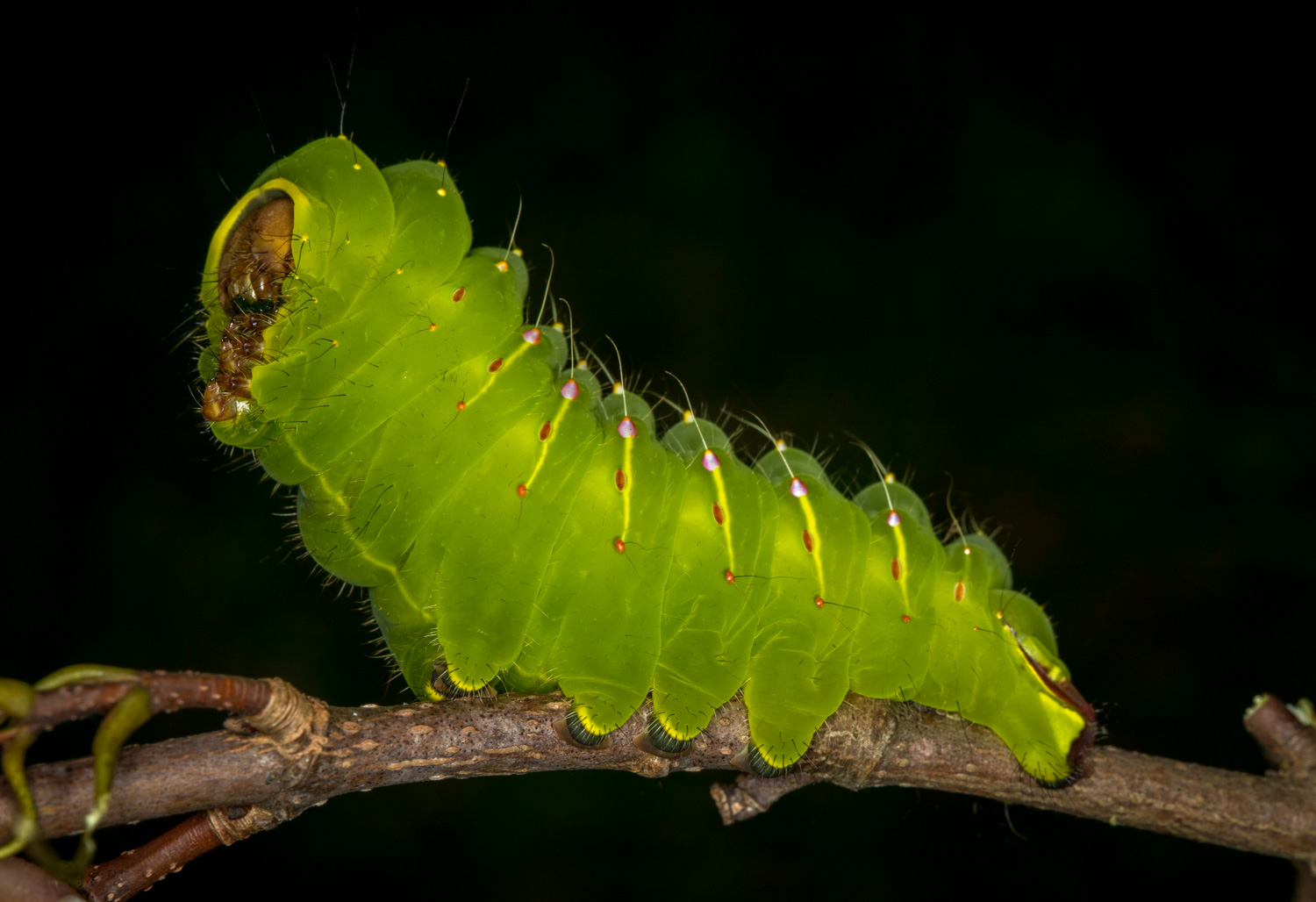
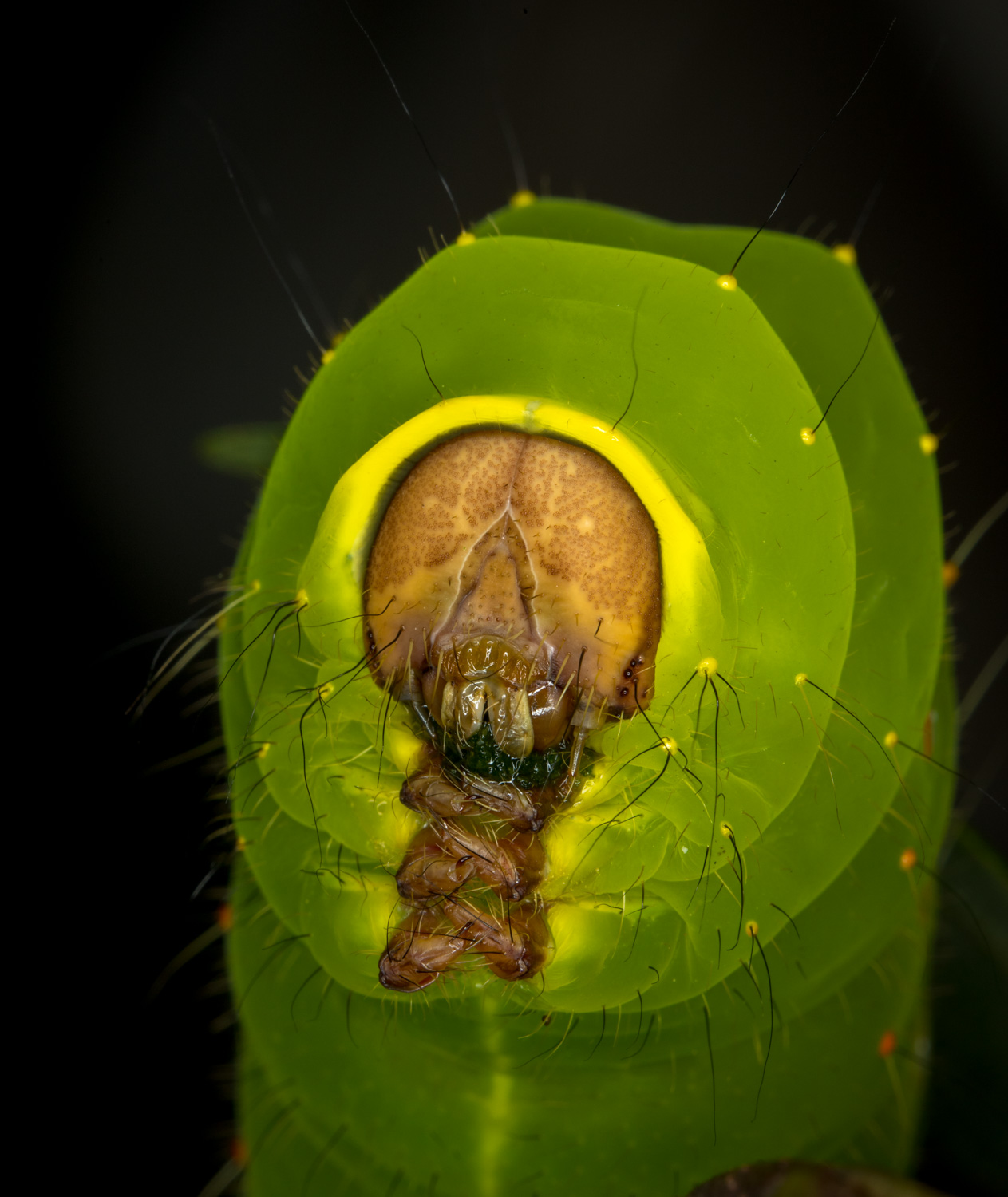

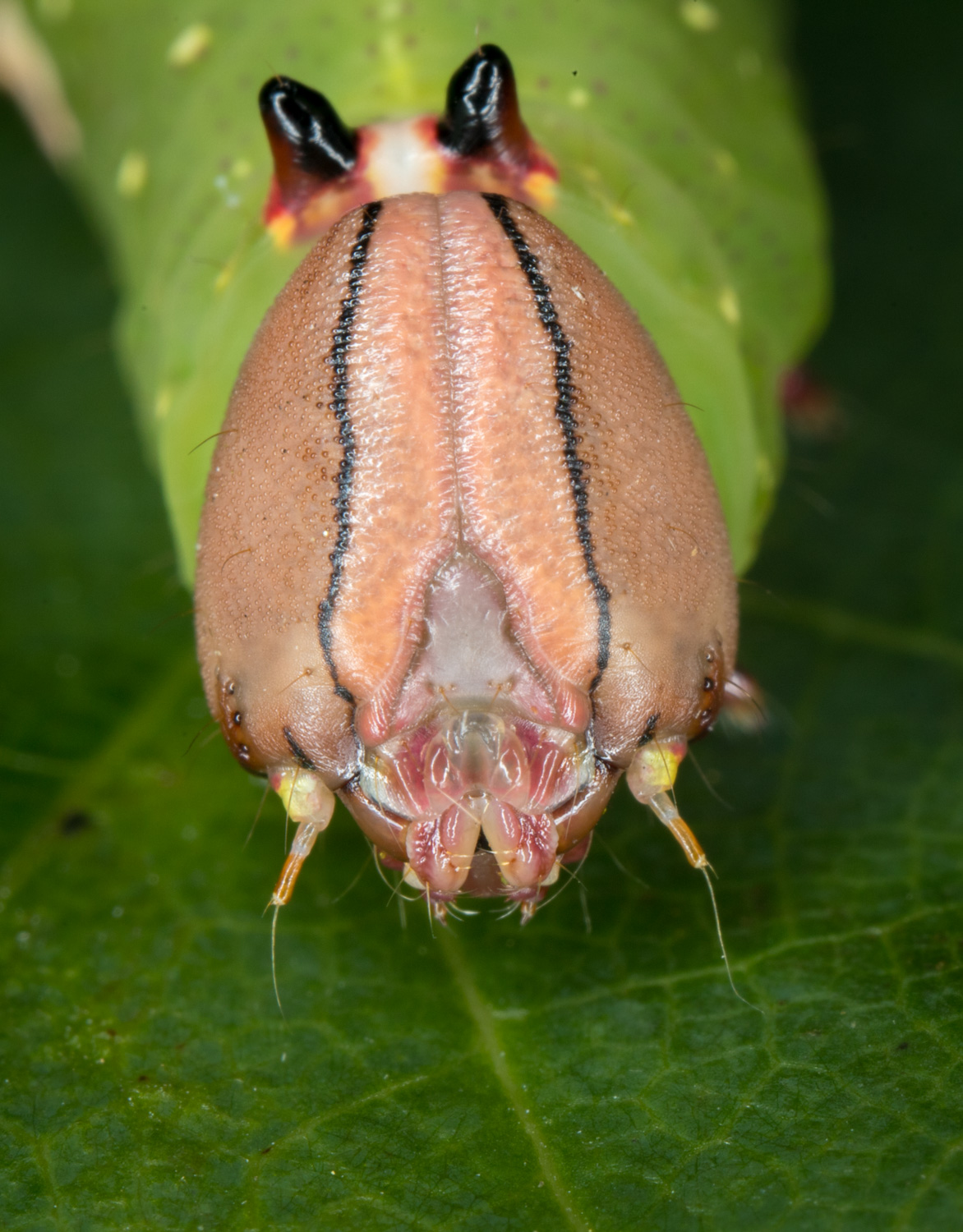
Insects of note, 2025 EditionIn 2024, I began using this html format to record images that represent my ongoing taxonomic work, as well as a range of biological subjects that capture my attention. The 2024 Edition is mainly populated with focus-stacked images of bees, with an occasional detour to caterpillars or parasitic wasps. Or the Galapagos. Update 3Sep 25. Click any image for a larger magnification. |
Taxonomy projects |
September, NC
Polyphemus
|

Polyphemus
|

White-blotched prominent
|

White-blotched prominent
|
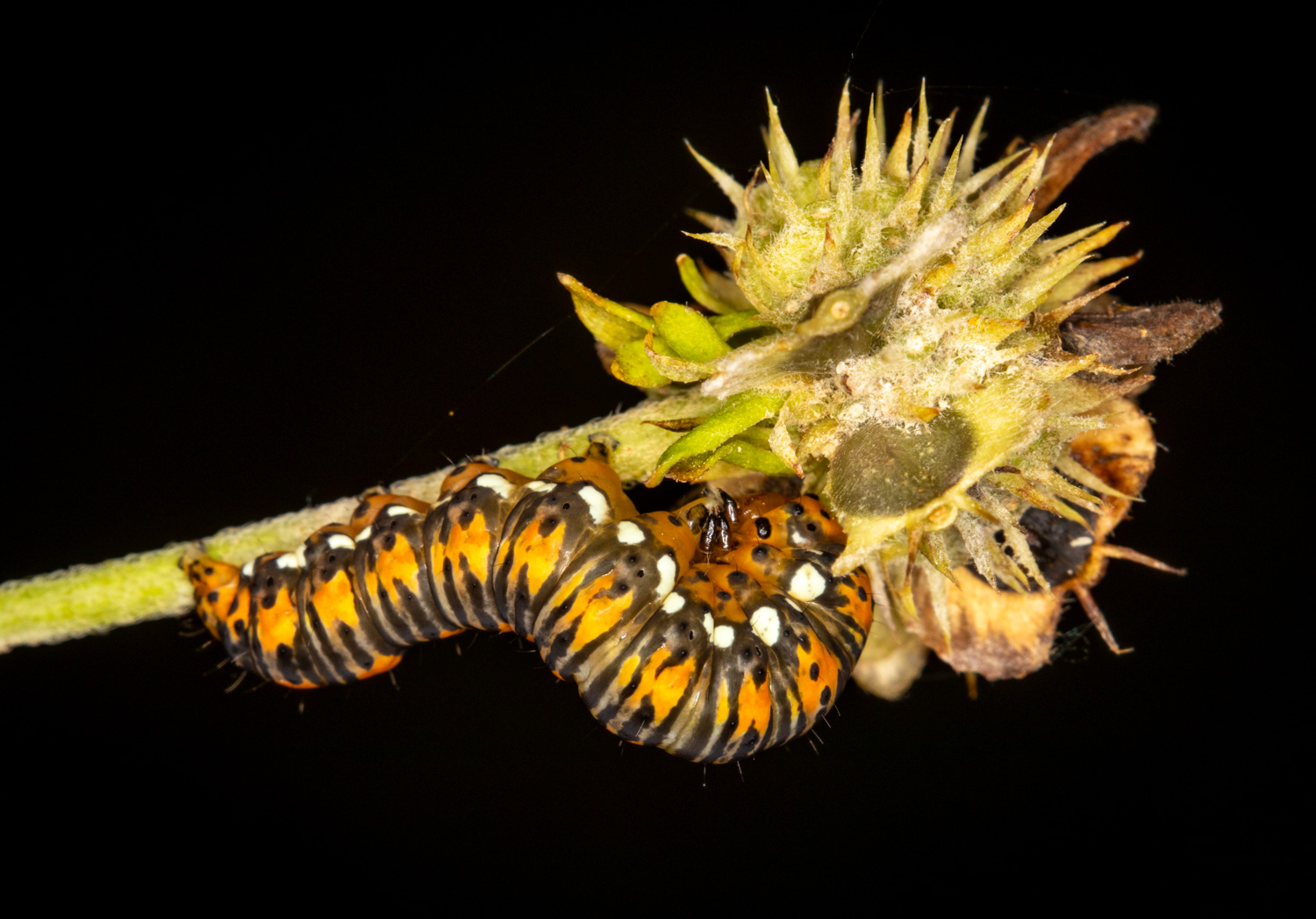
Gold moth
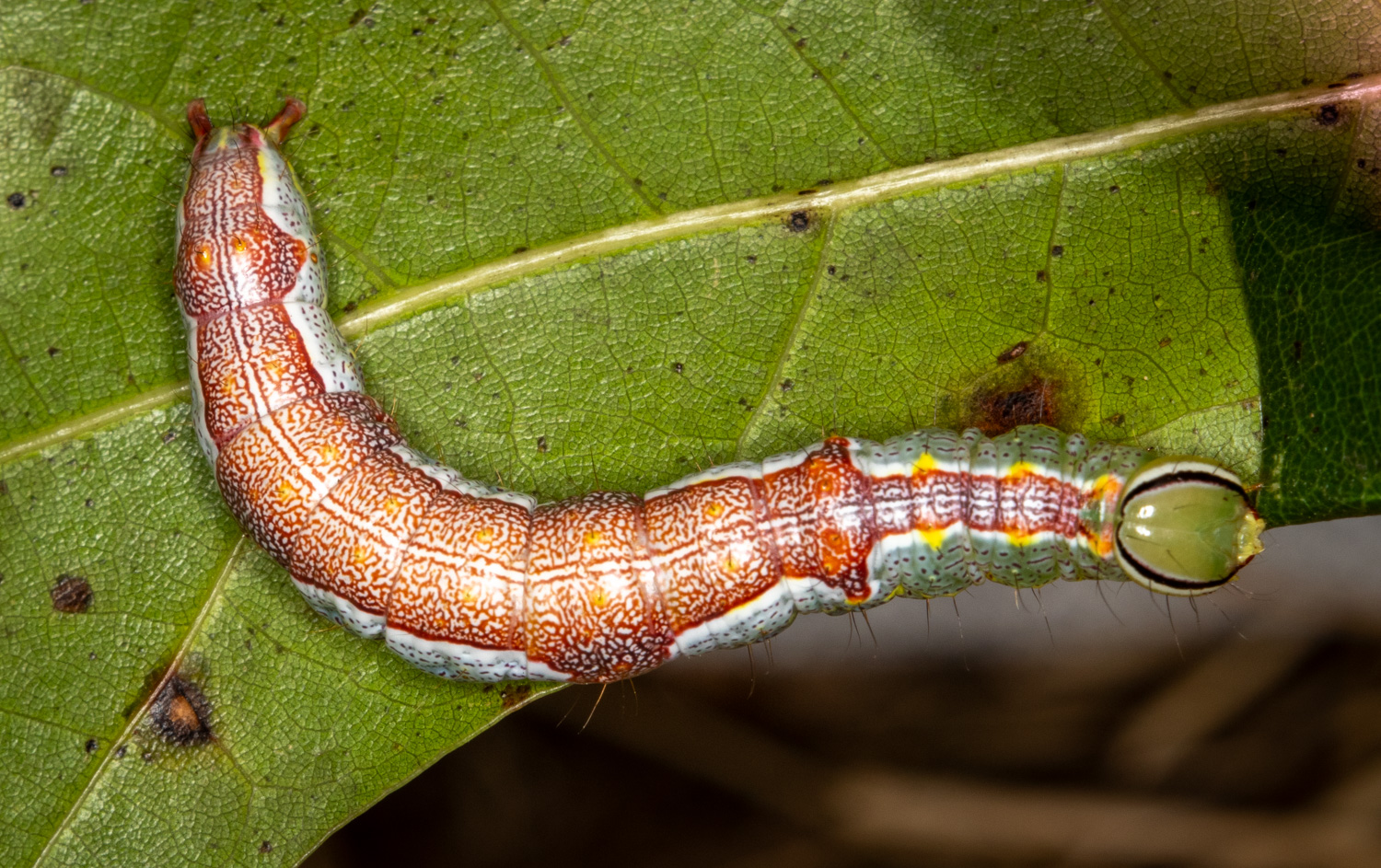
Variable oakleaf catgerpillar
|

Nason's slug
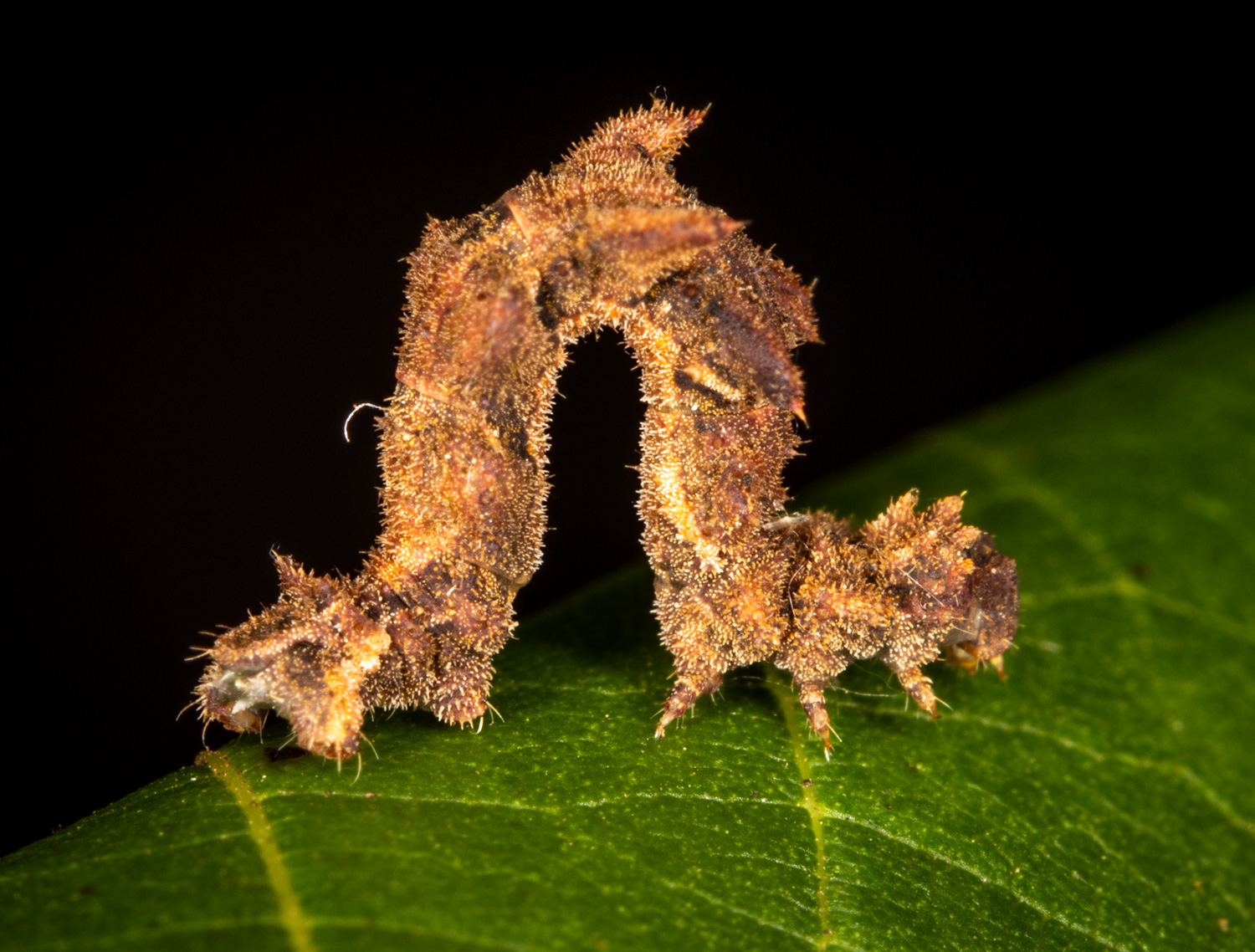
White-barred emerald
|

Spotted apatelodes
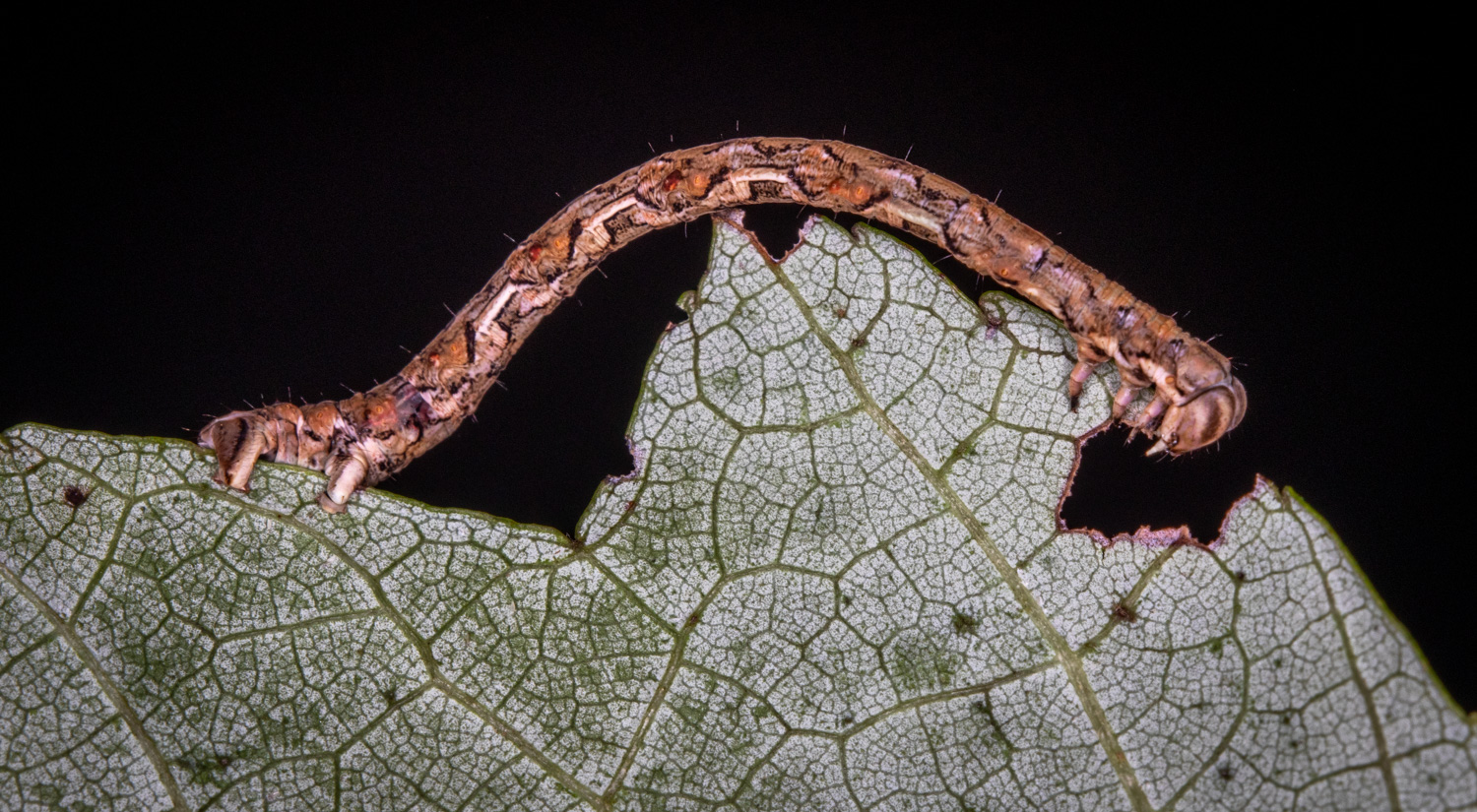
Juniper geometer
|
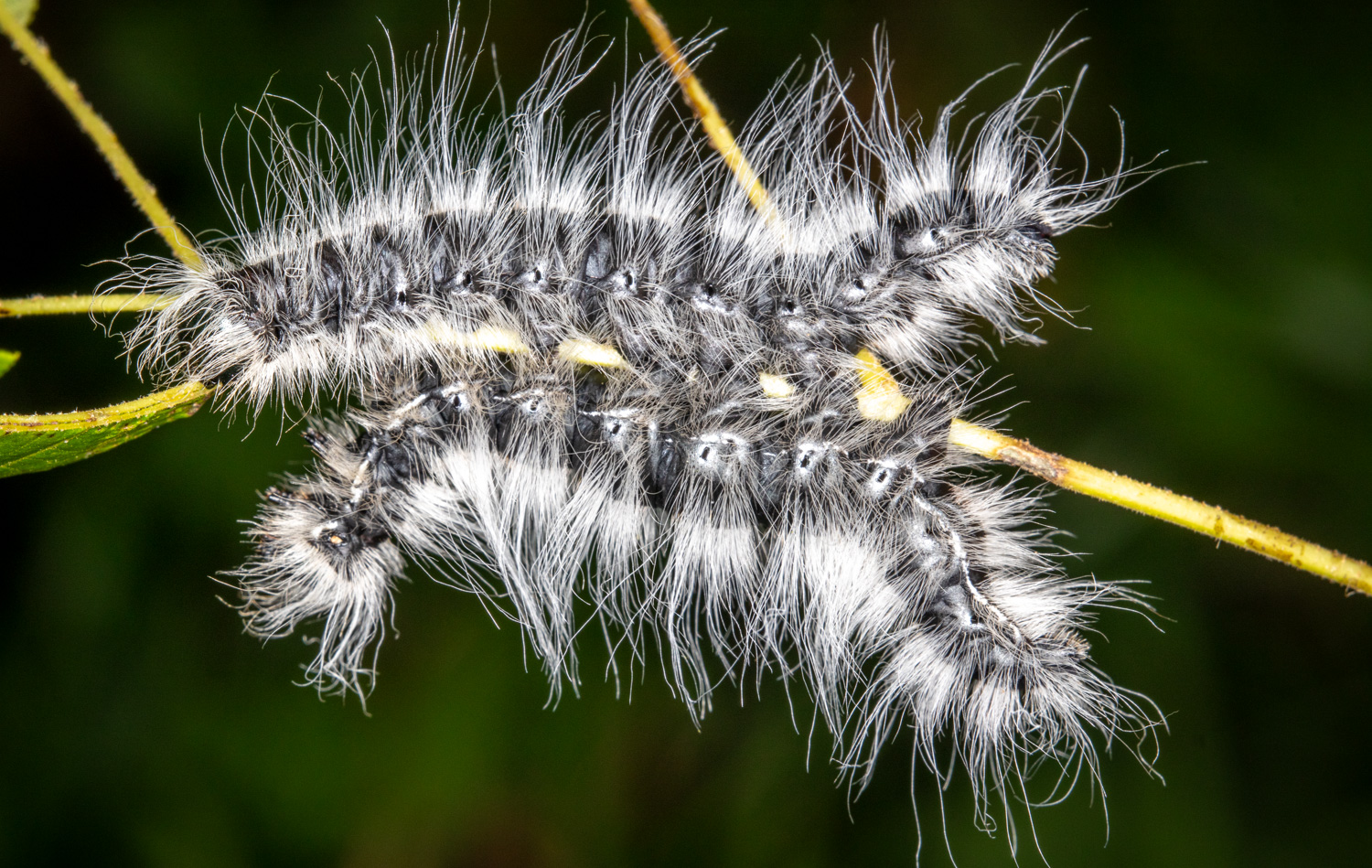
Walnut caterpillar

White-marked tussock moth
|
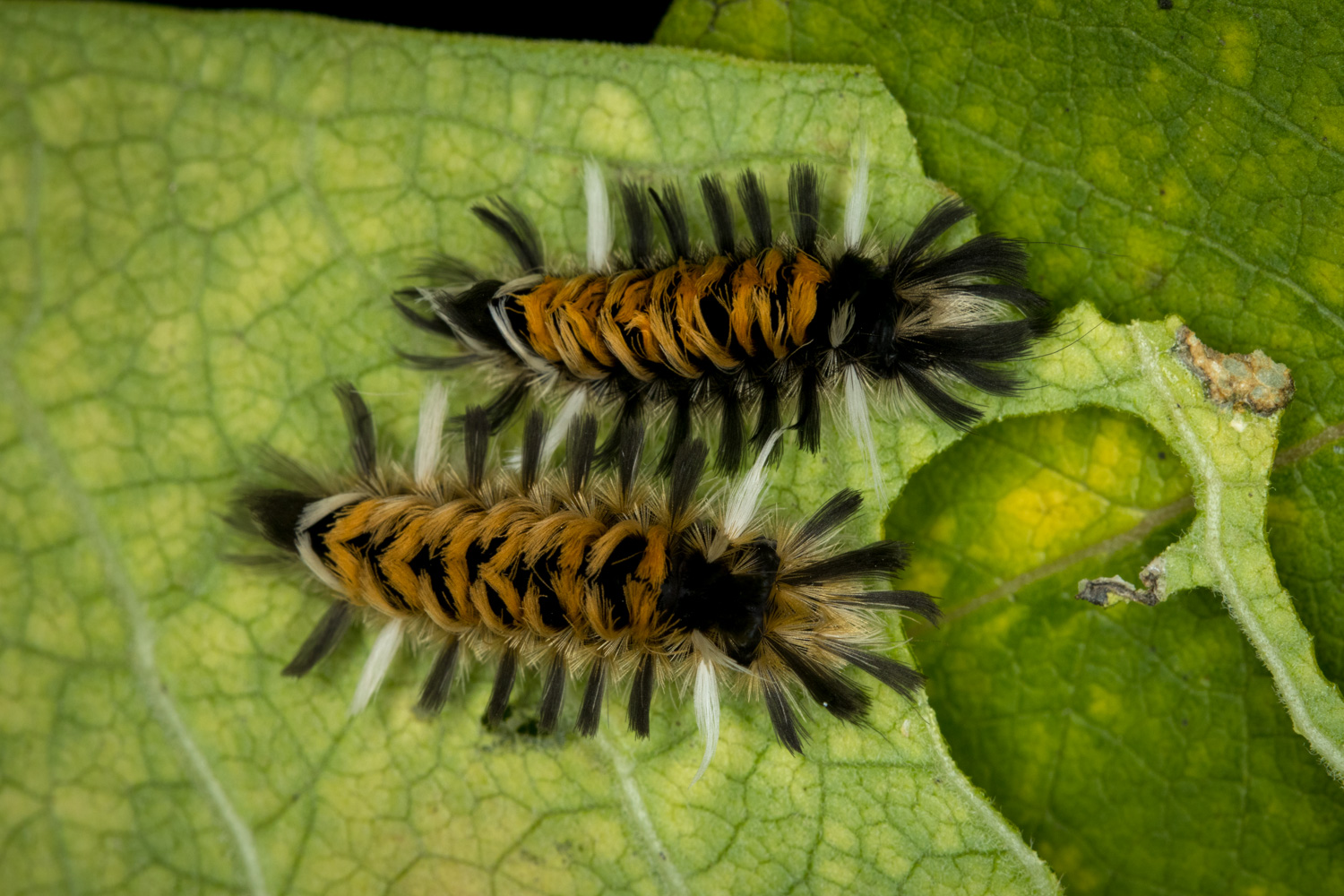
Milkweed tussock moth
|
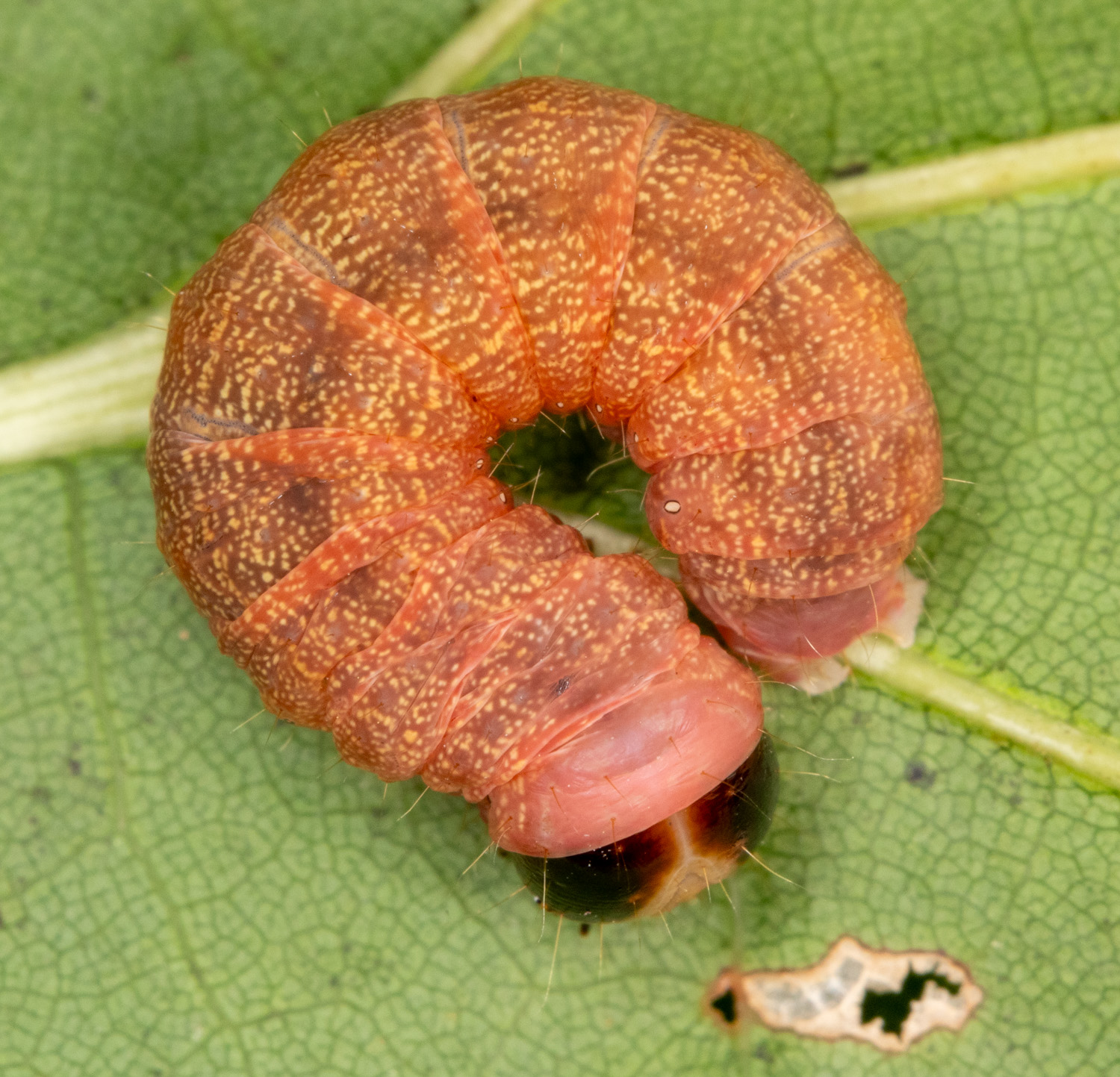
Morrisonia sp.
|
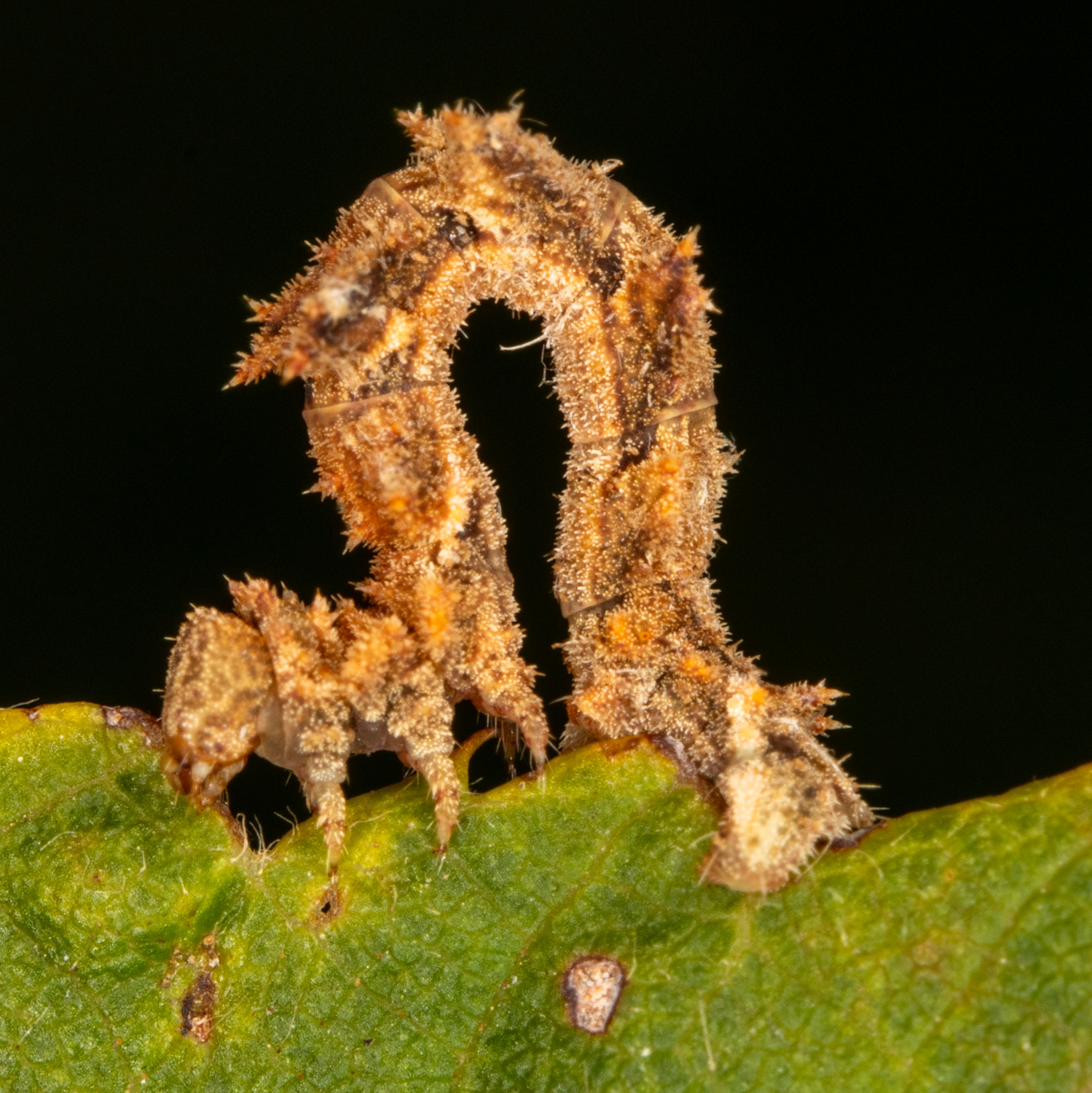
Geometer
|
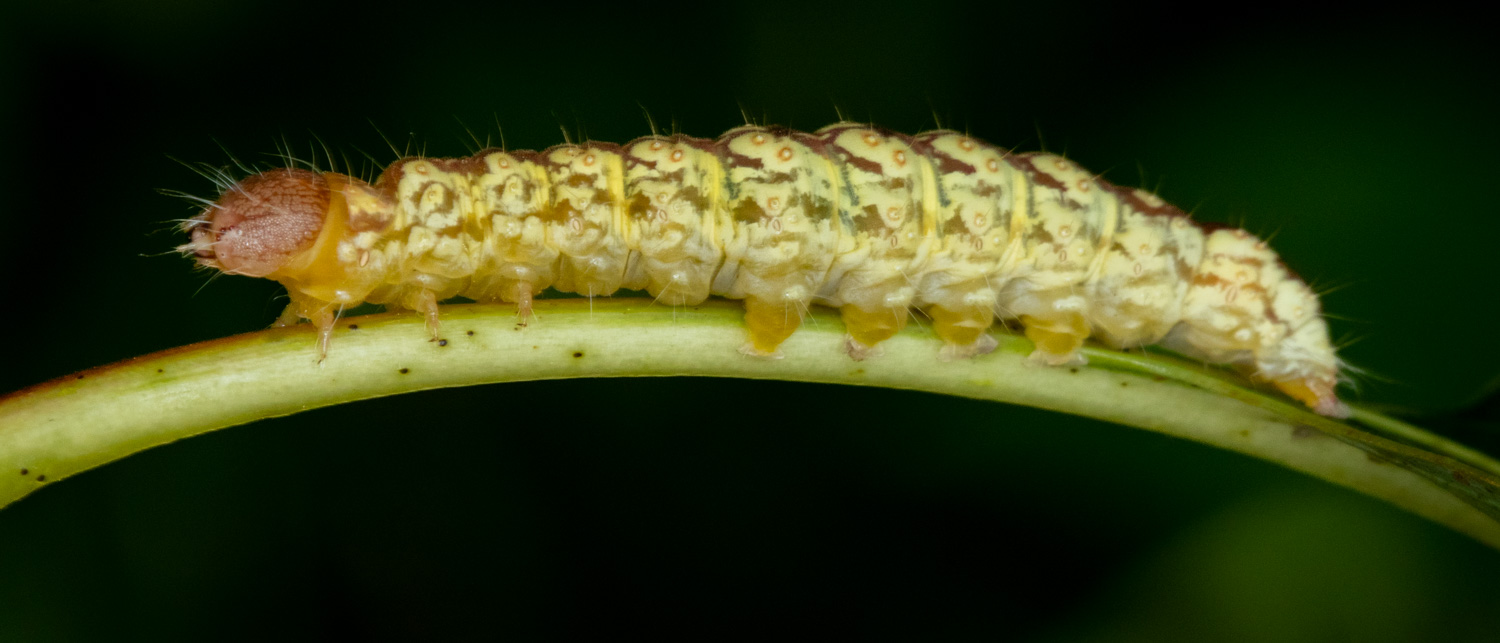
Epauleted Oak Dagger

Showy emerald
|

Orange-tipped_oakworm
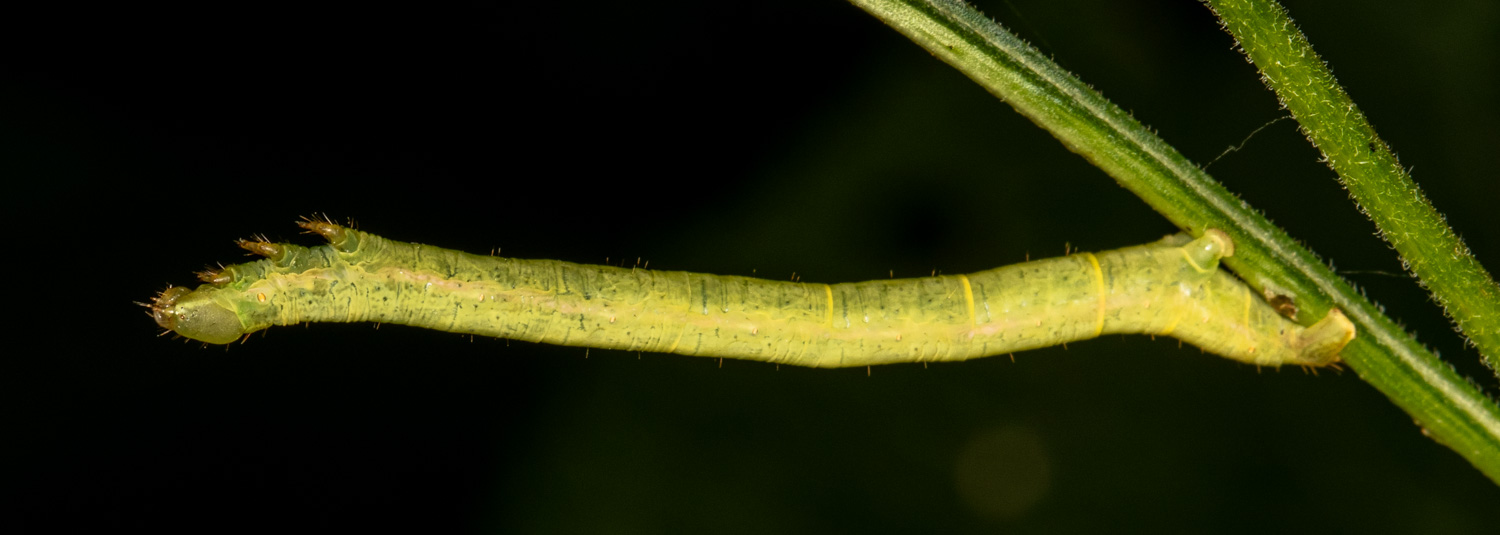
Canadian Melanolophila
|
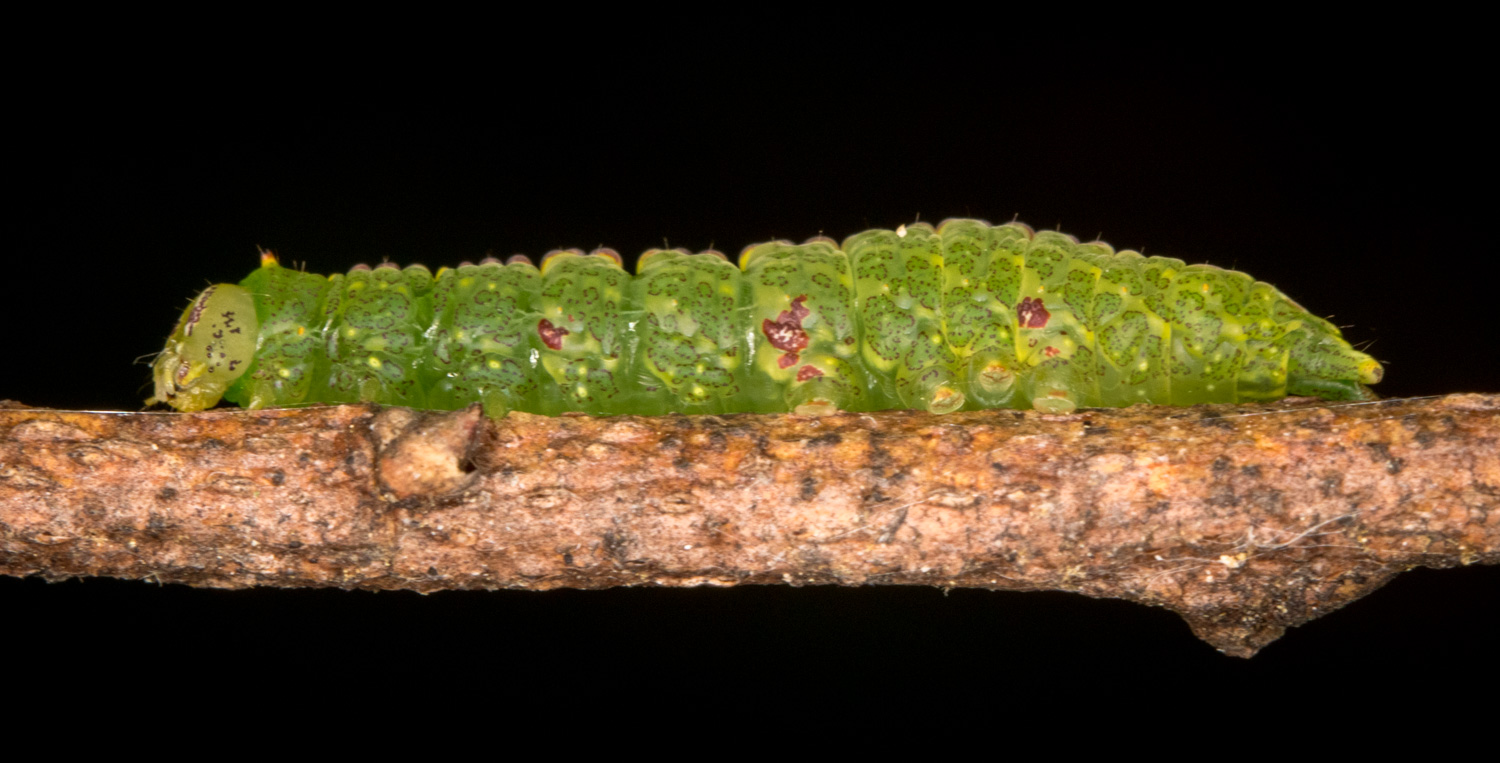
Small prominent
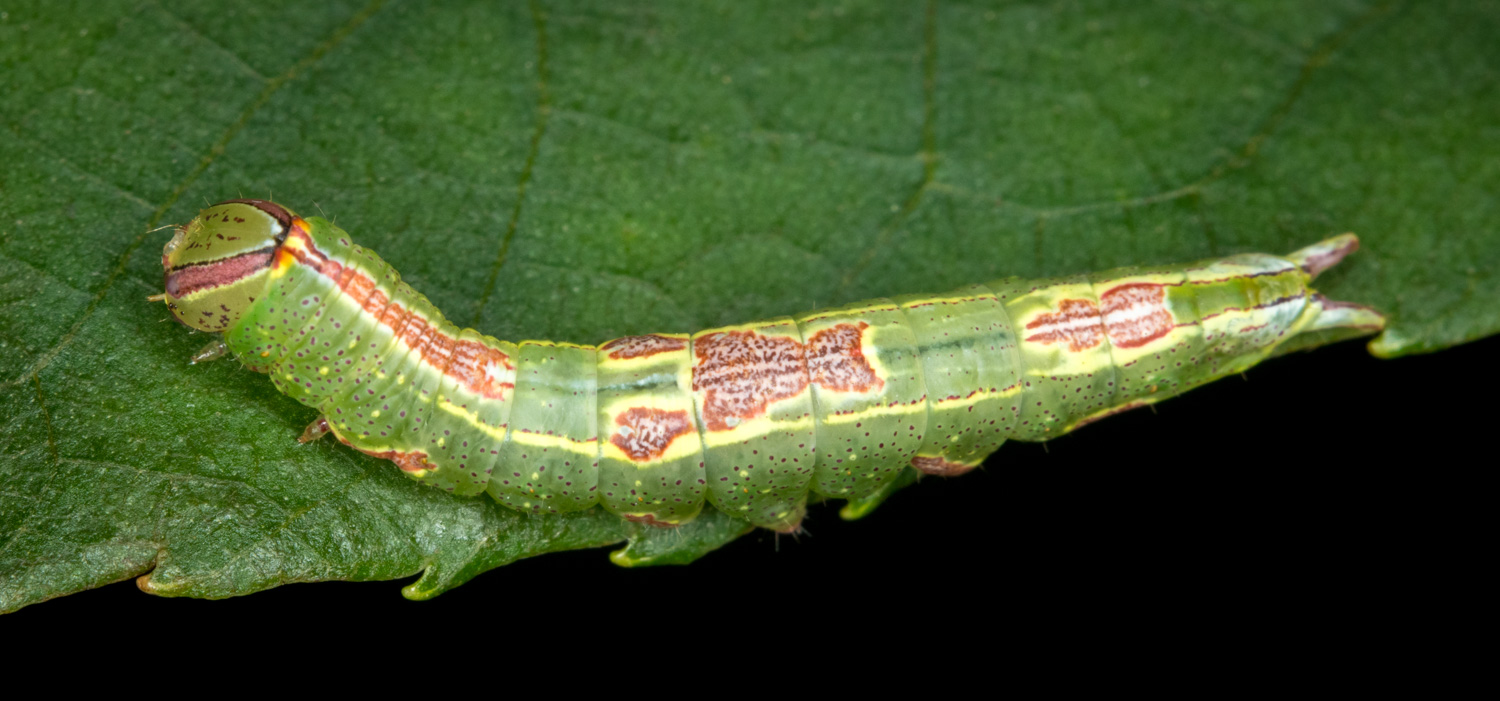
Saddled prominent
|
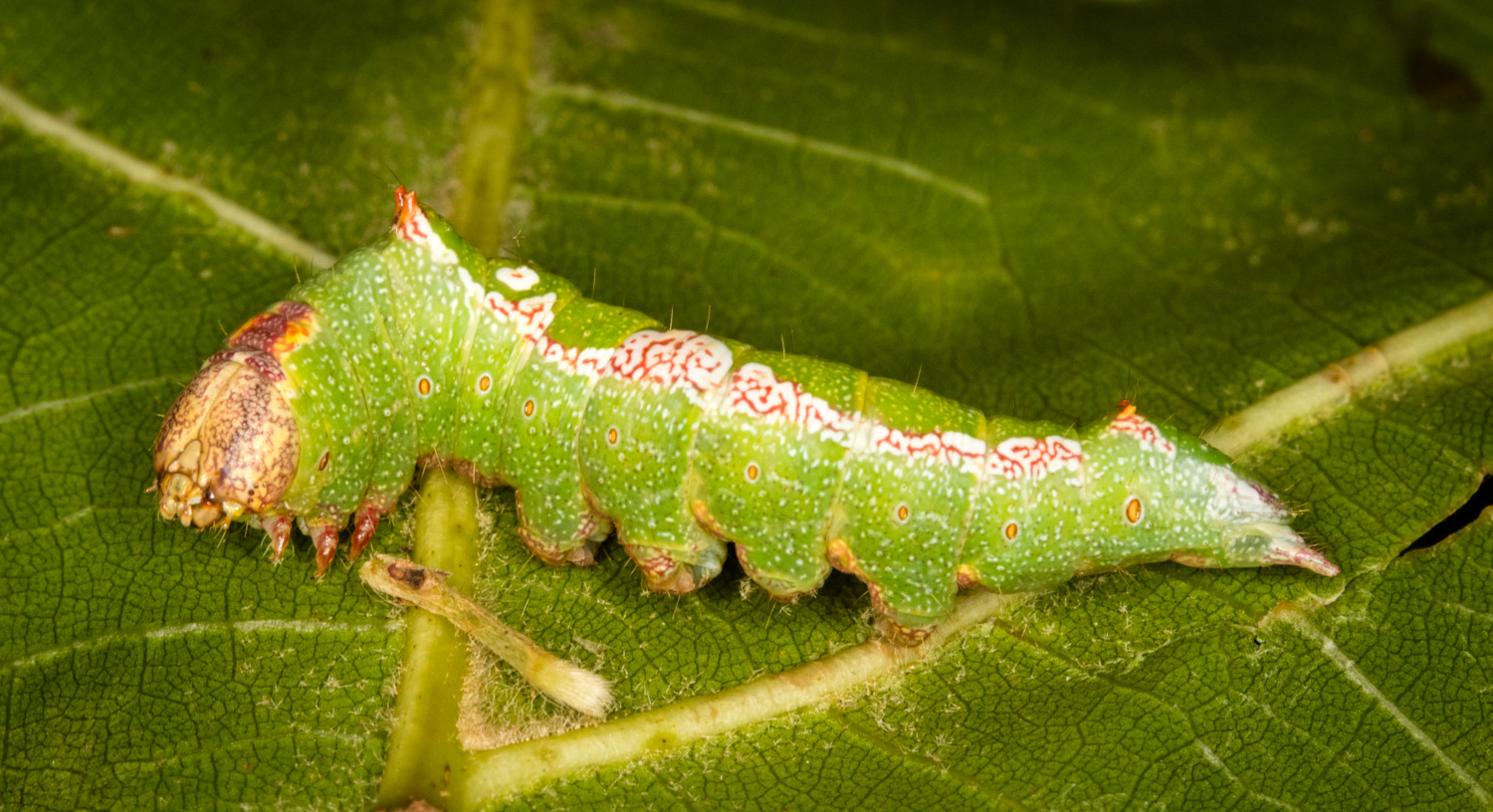
Eastern white-blotched prominent
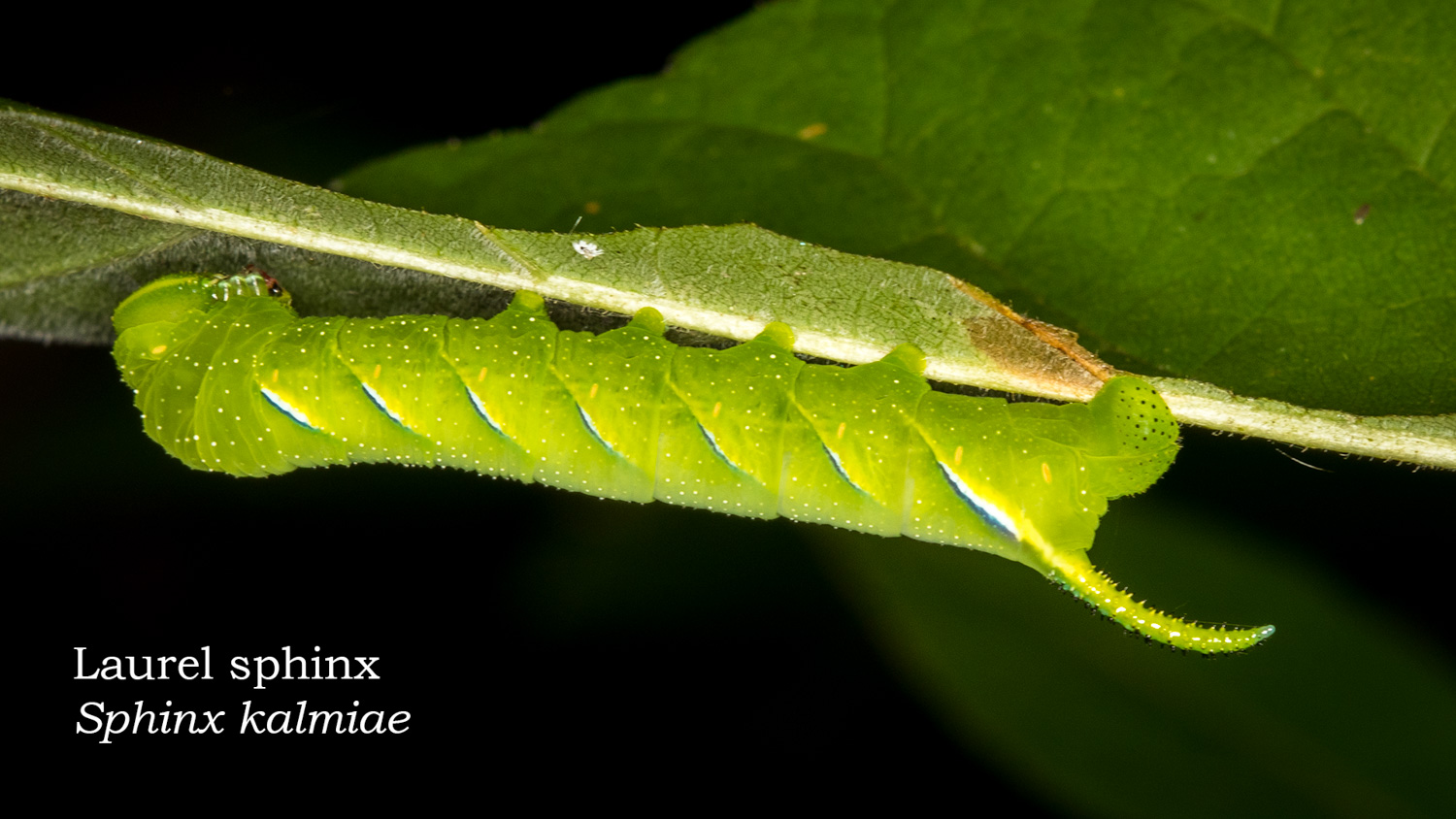
Laurel sphinx
|
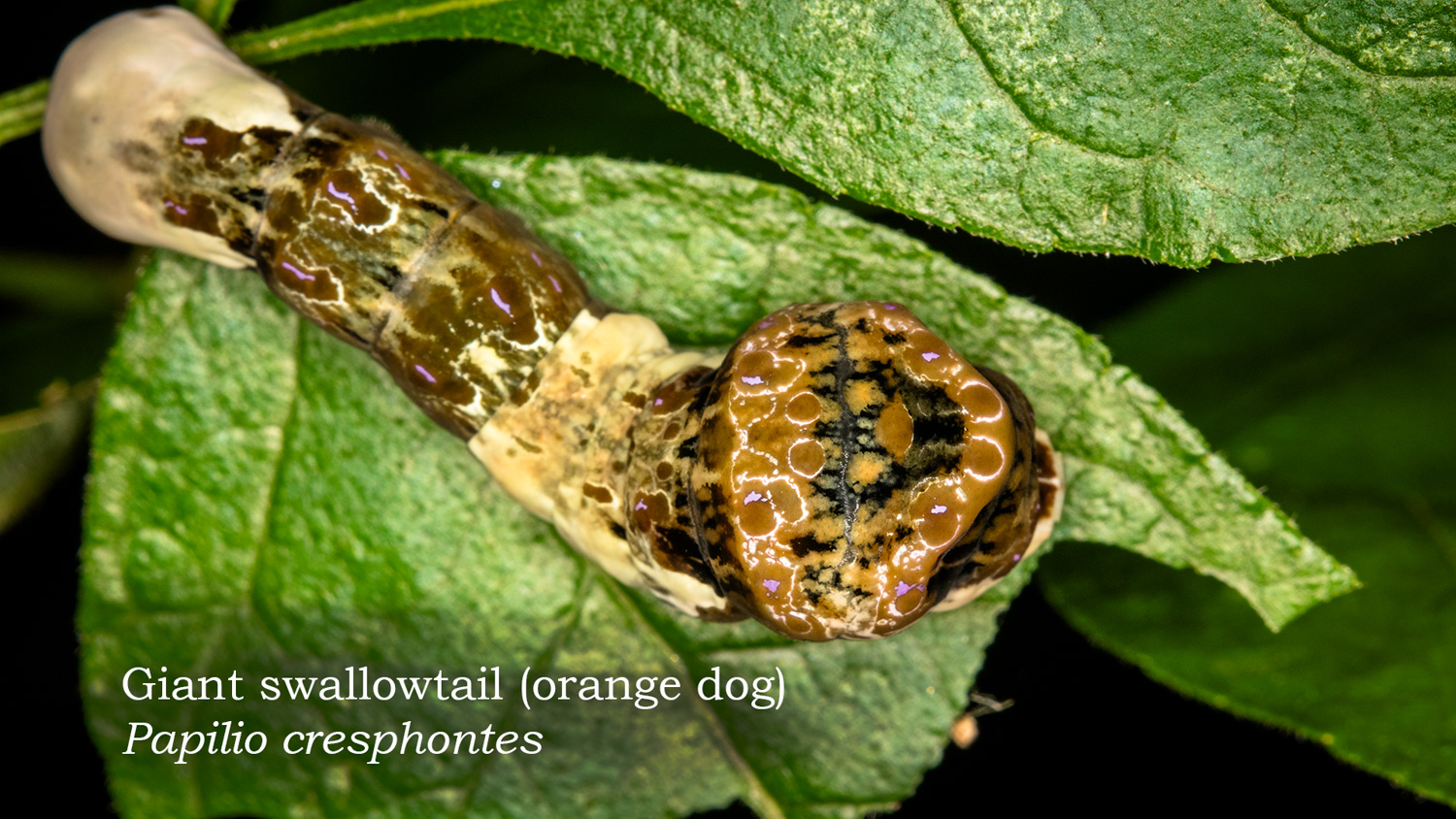
Eastern giant swallowtail

Viceroy
|
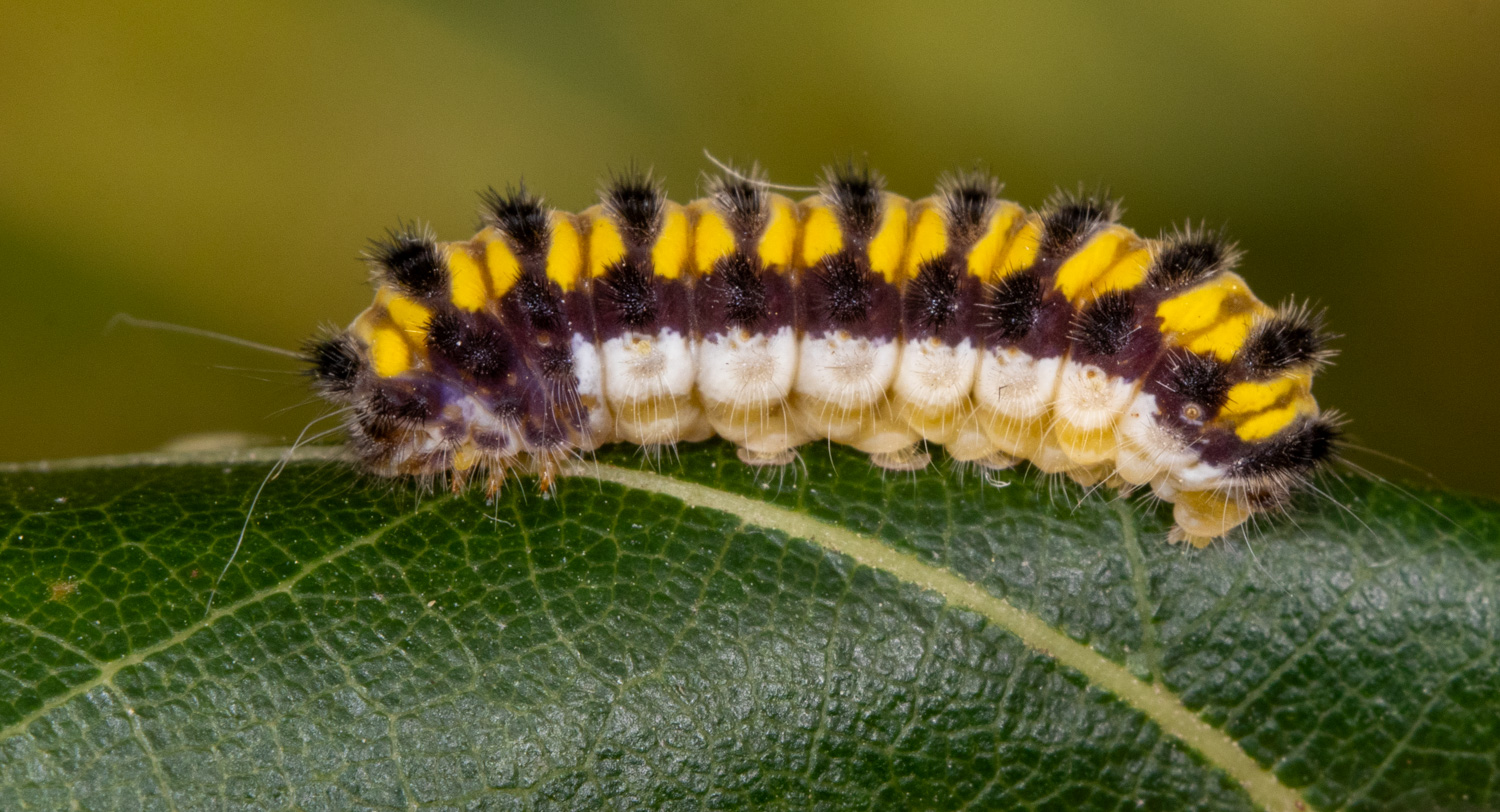
Grapeleaf skeletonizer
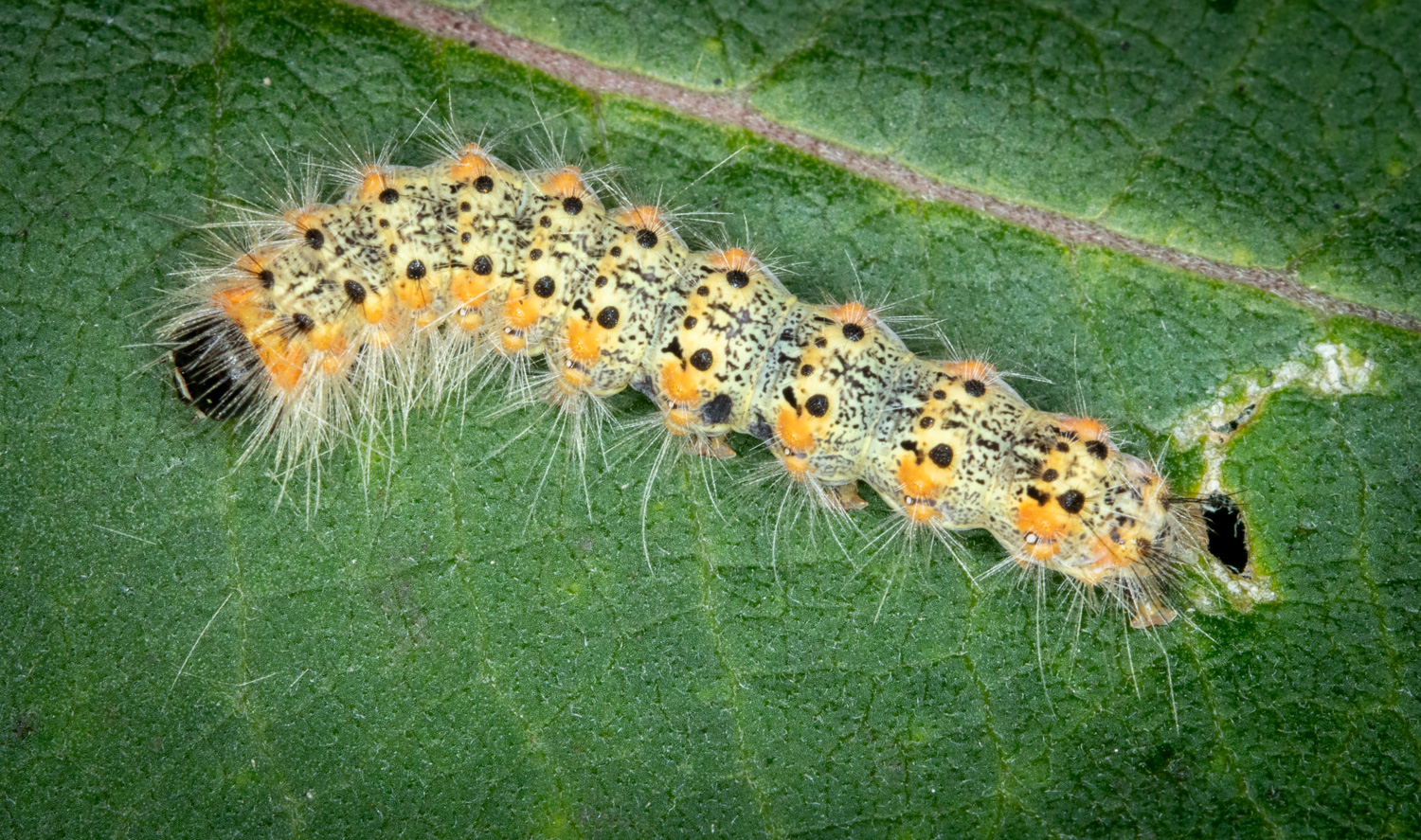
Fall webworm
|
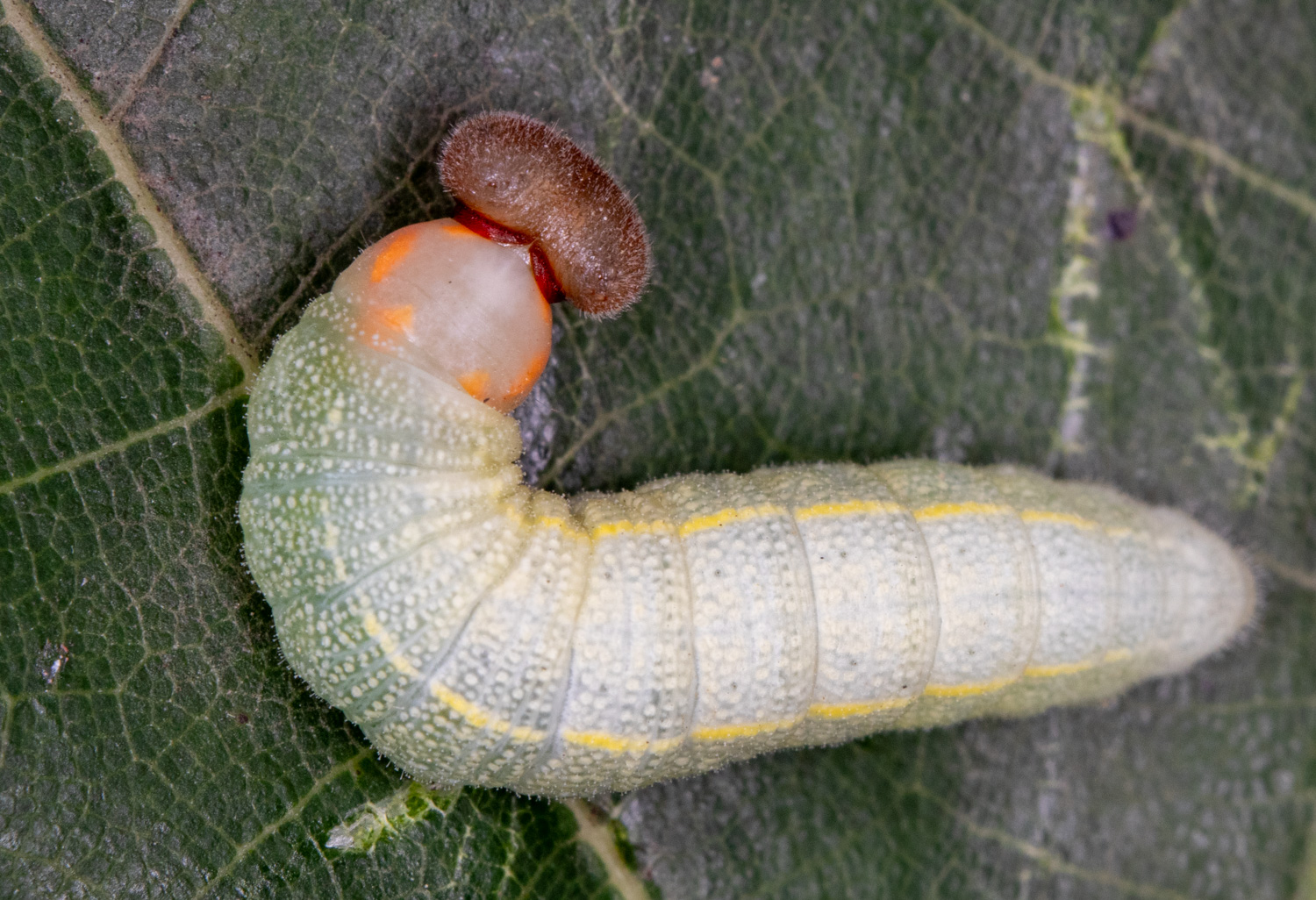
Juvenal's duskywing
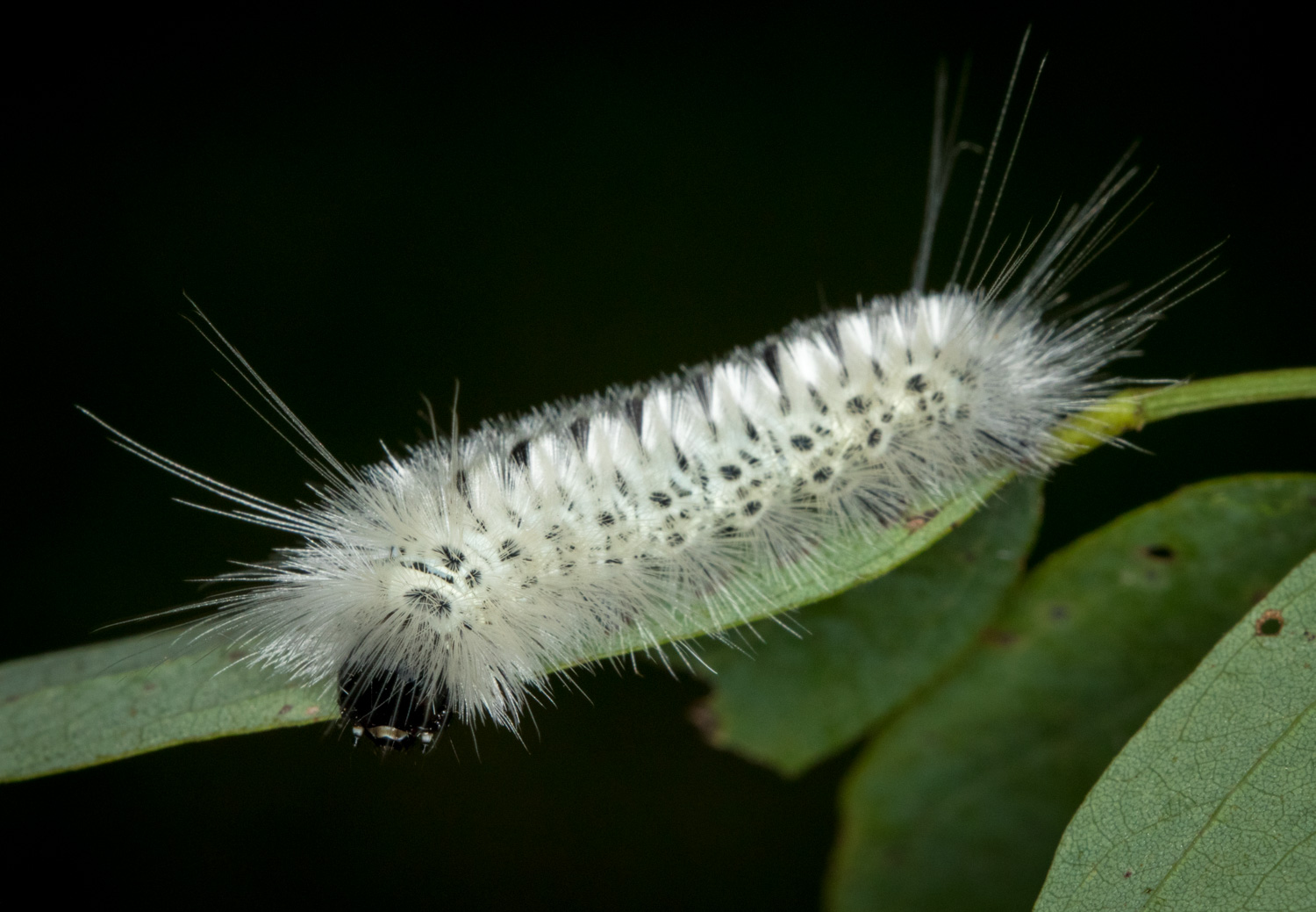
Hickory_tussock
|
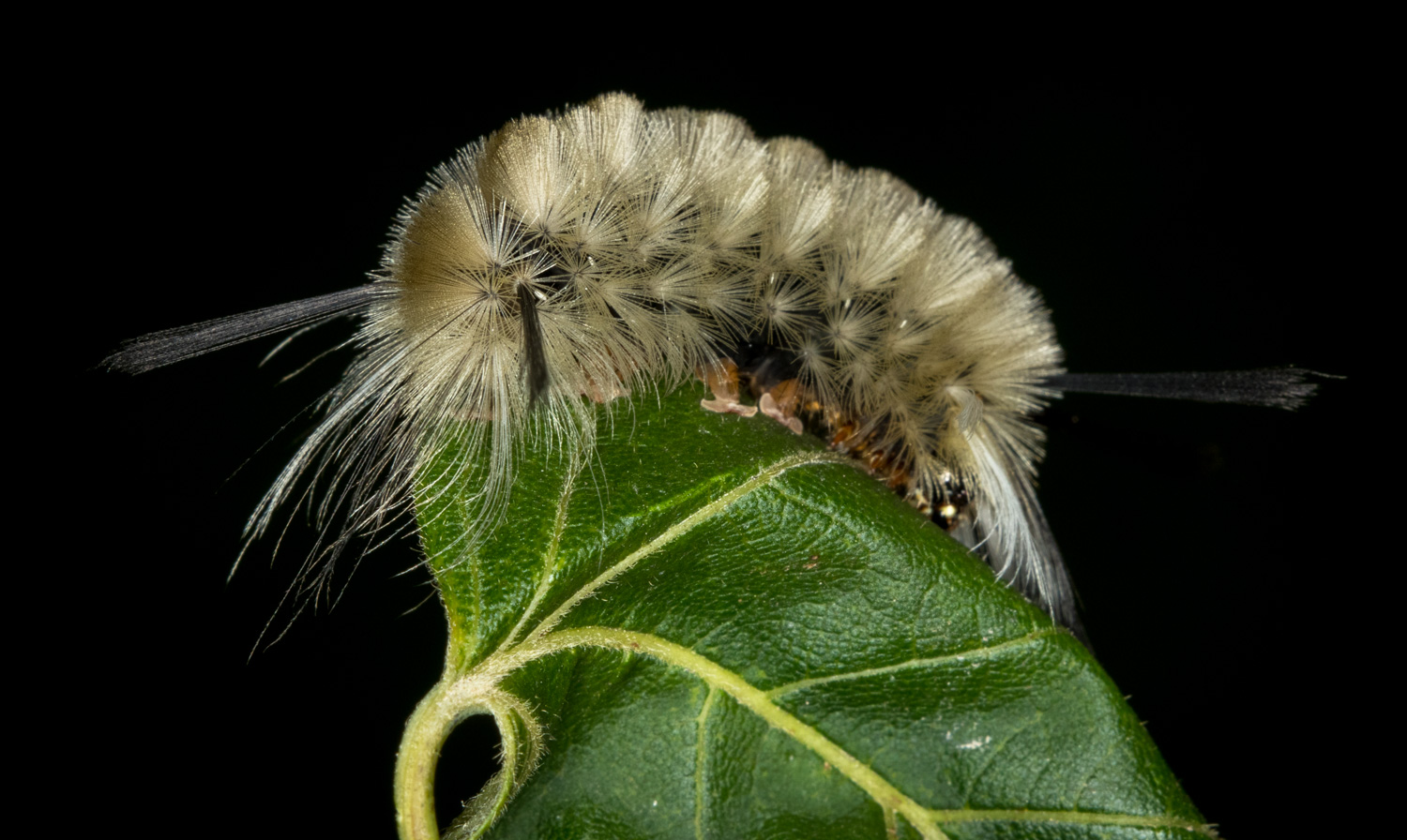
Banded_tussock

White-dotted.prominent
|
Pigeon River, early Aug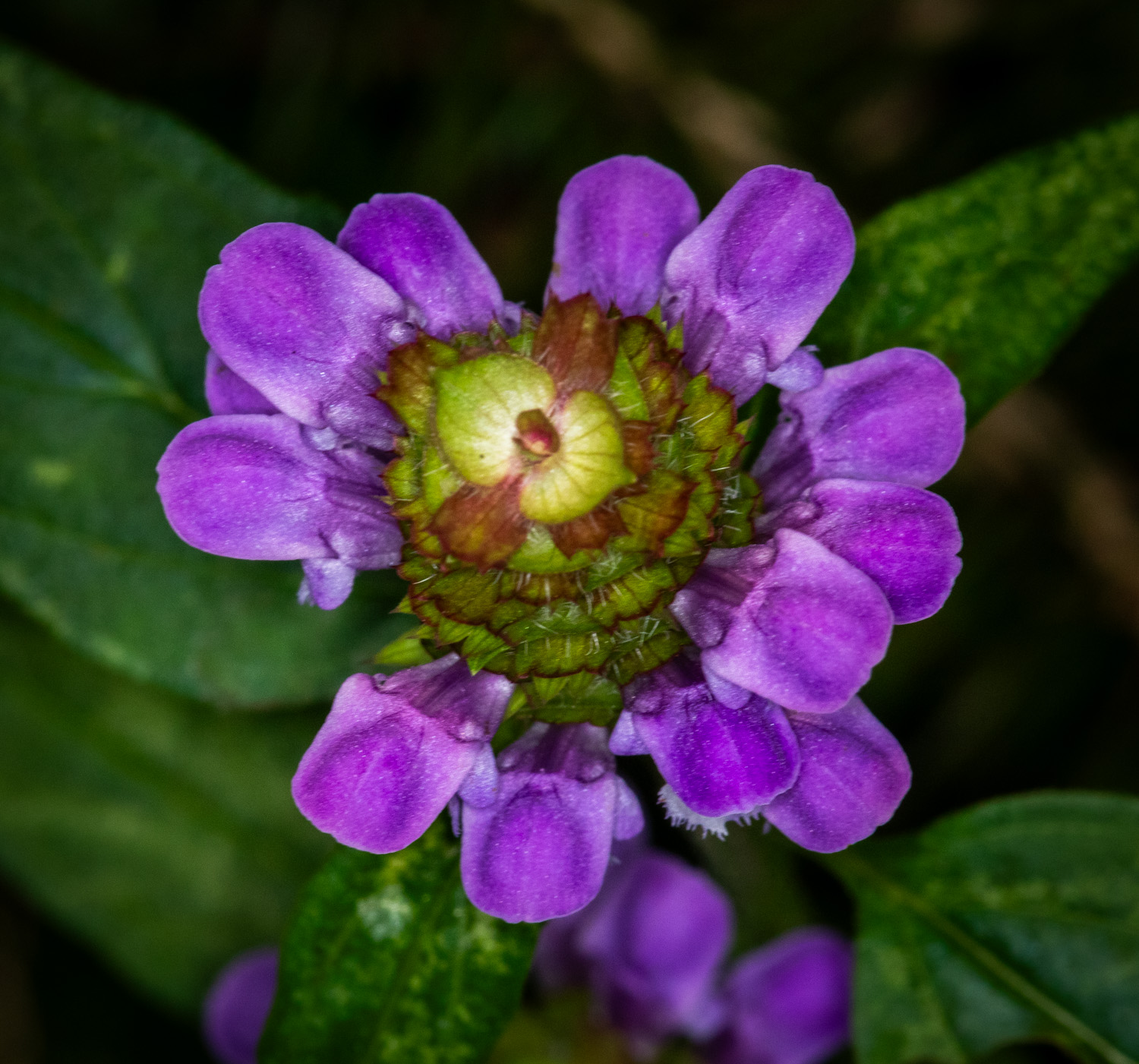
Common selfheal
|
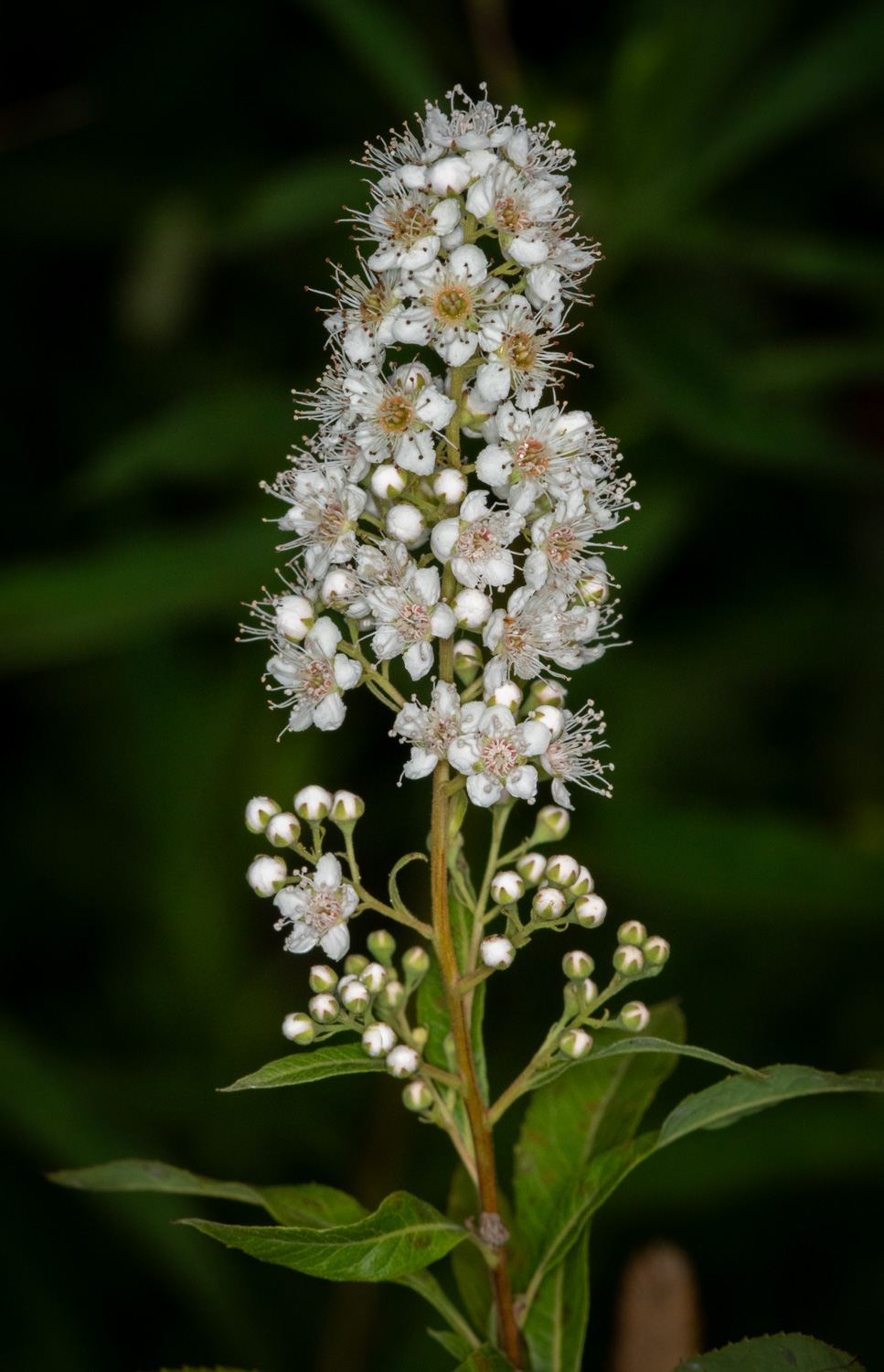
Meadowsweet
|
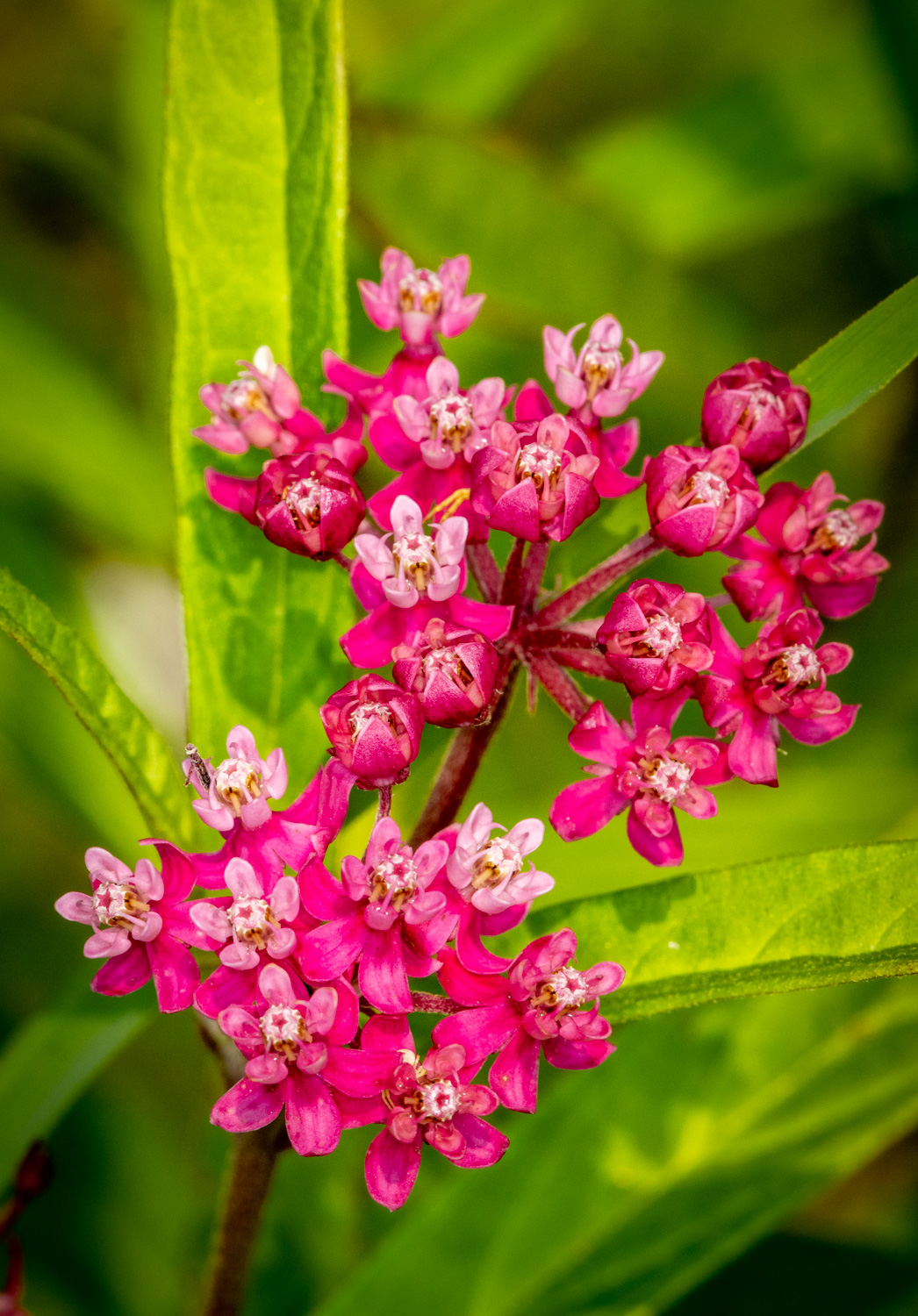
Swamp milkweed
|
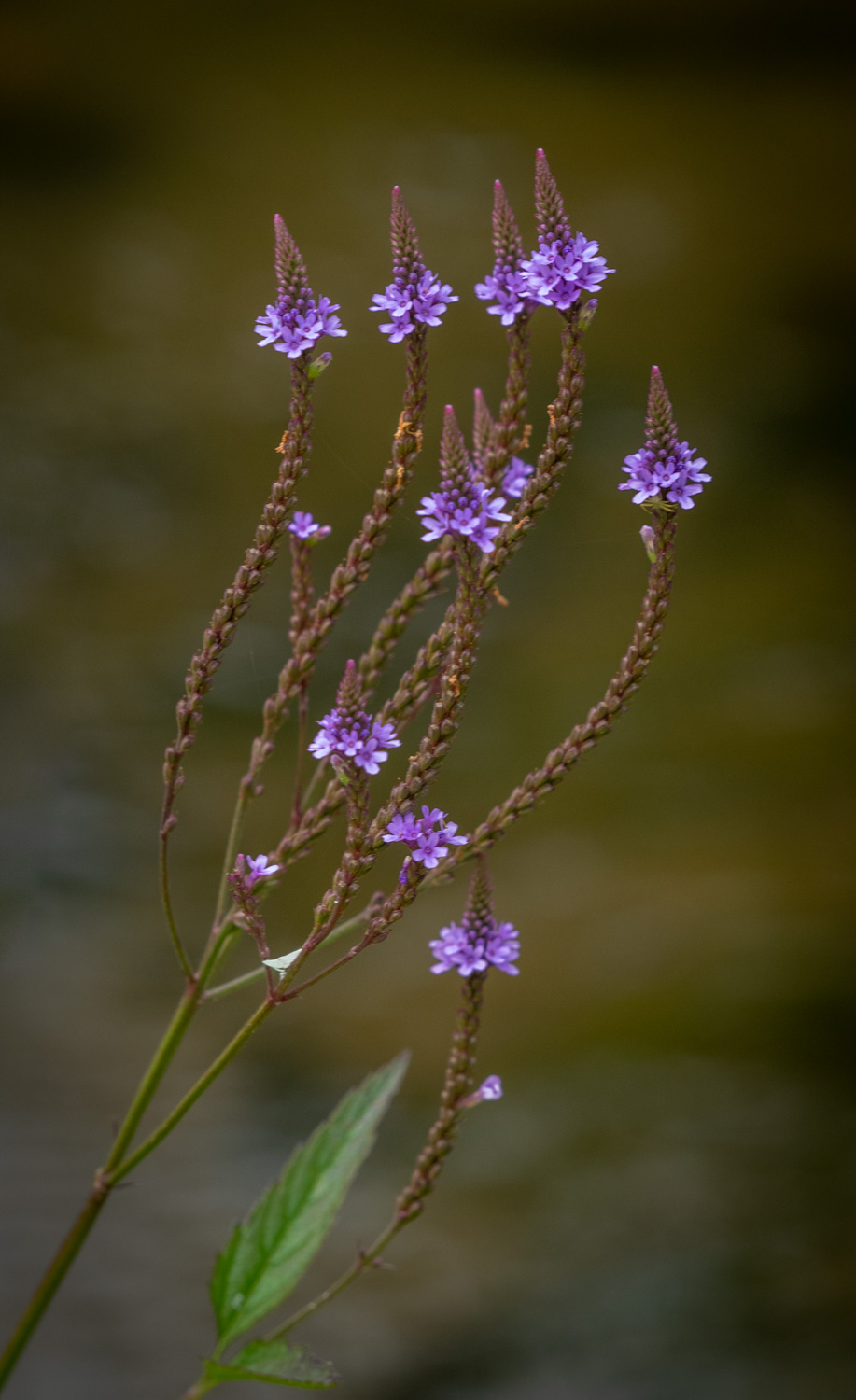
Blue vervain
|

Great mullein
|

Mayfly
|
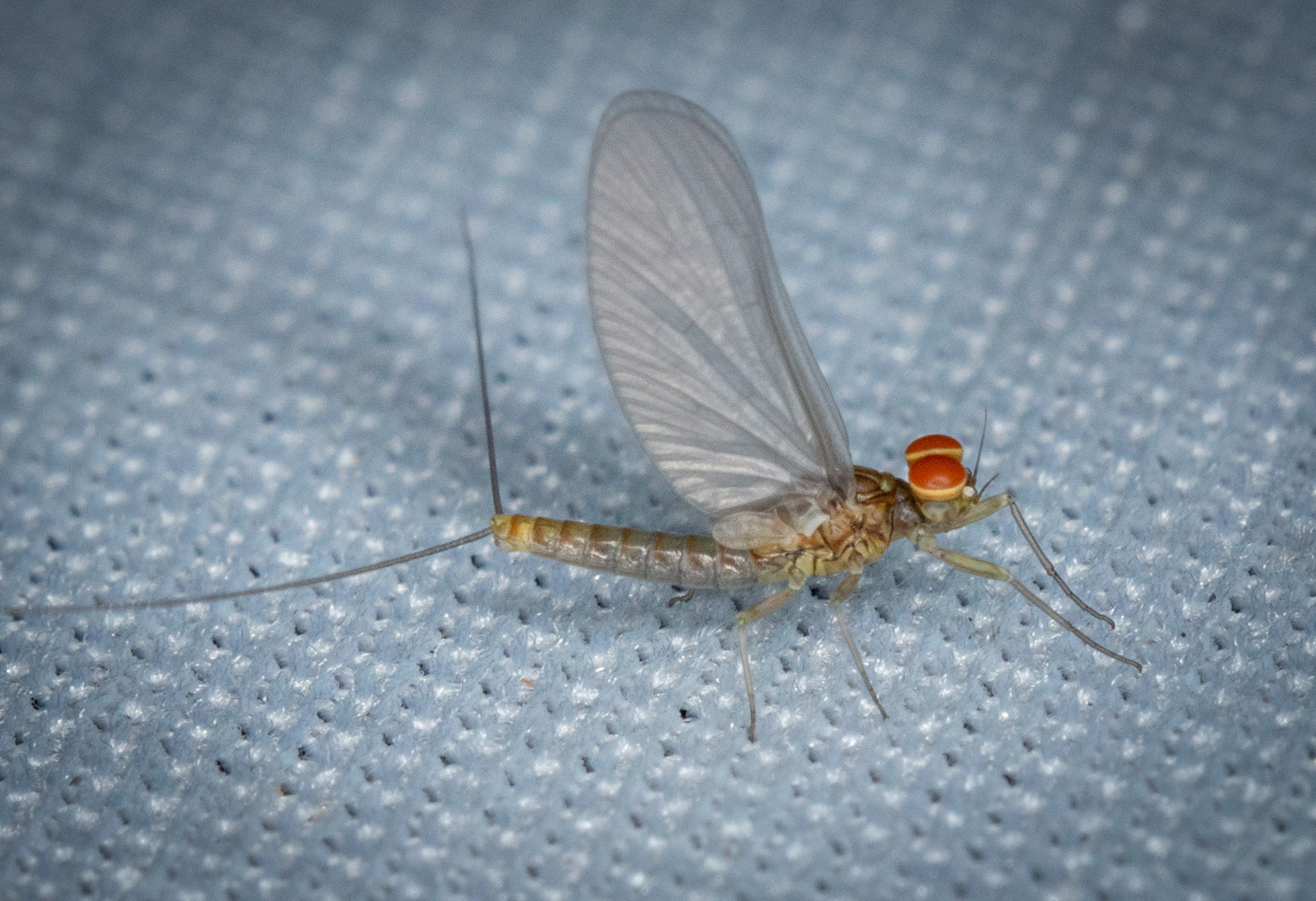
Red-speckled dun
|
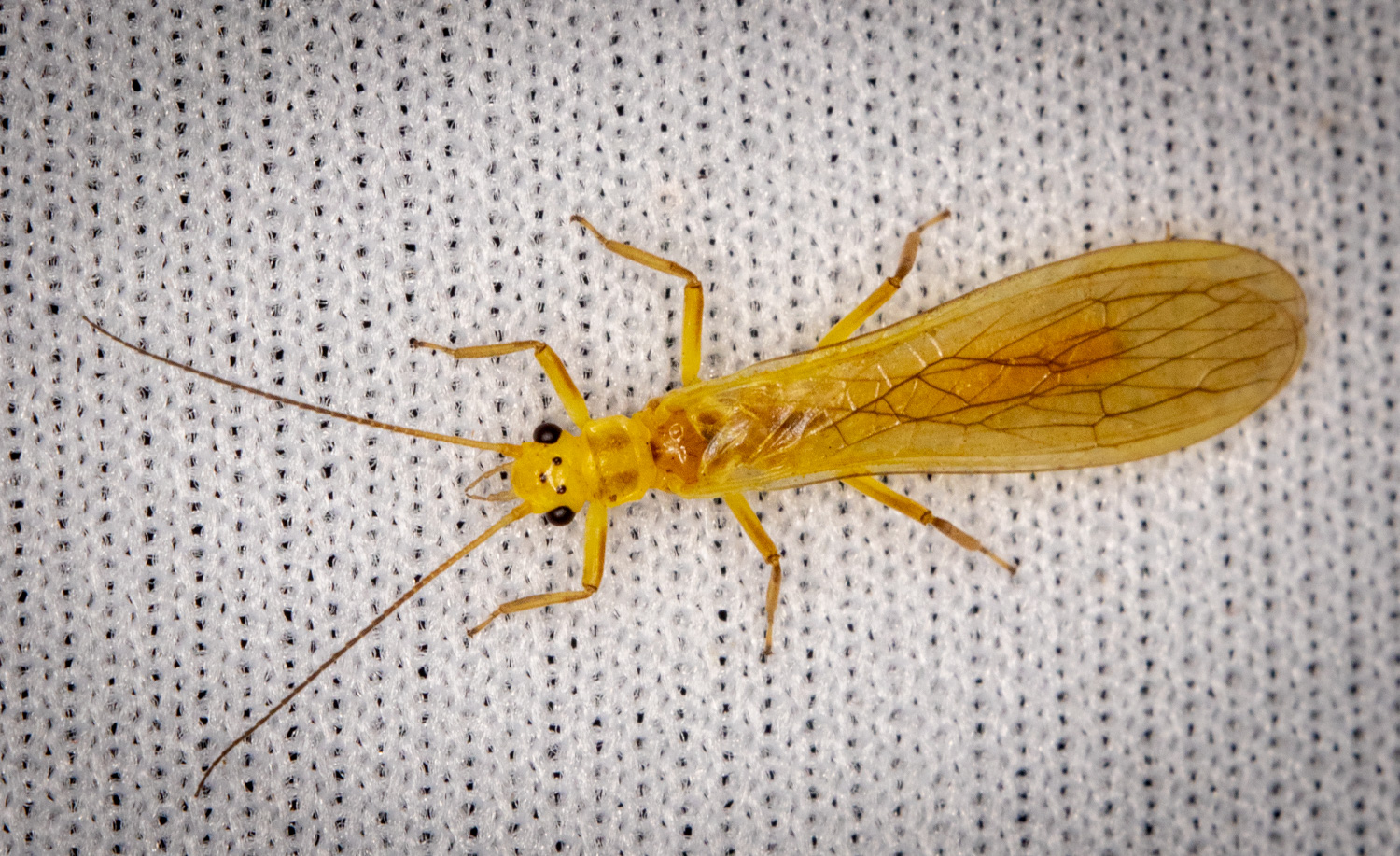
Stonefly
|

Ornate caddisfly
|
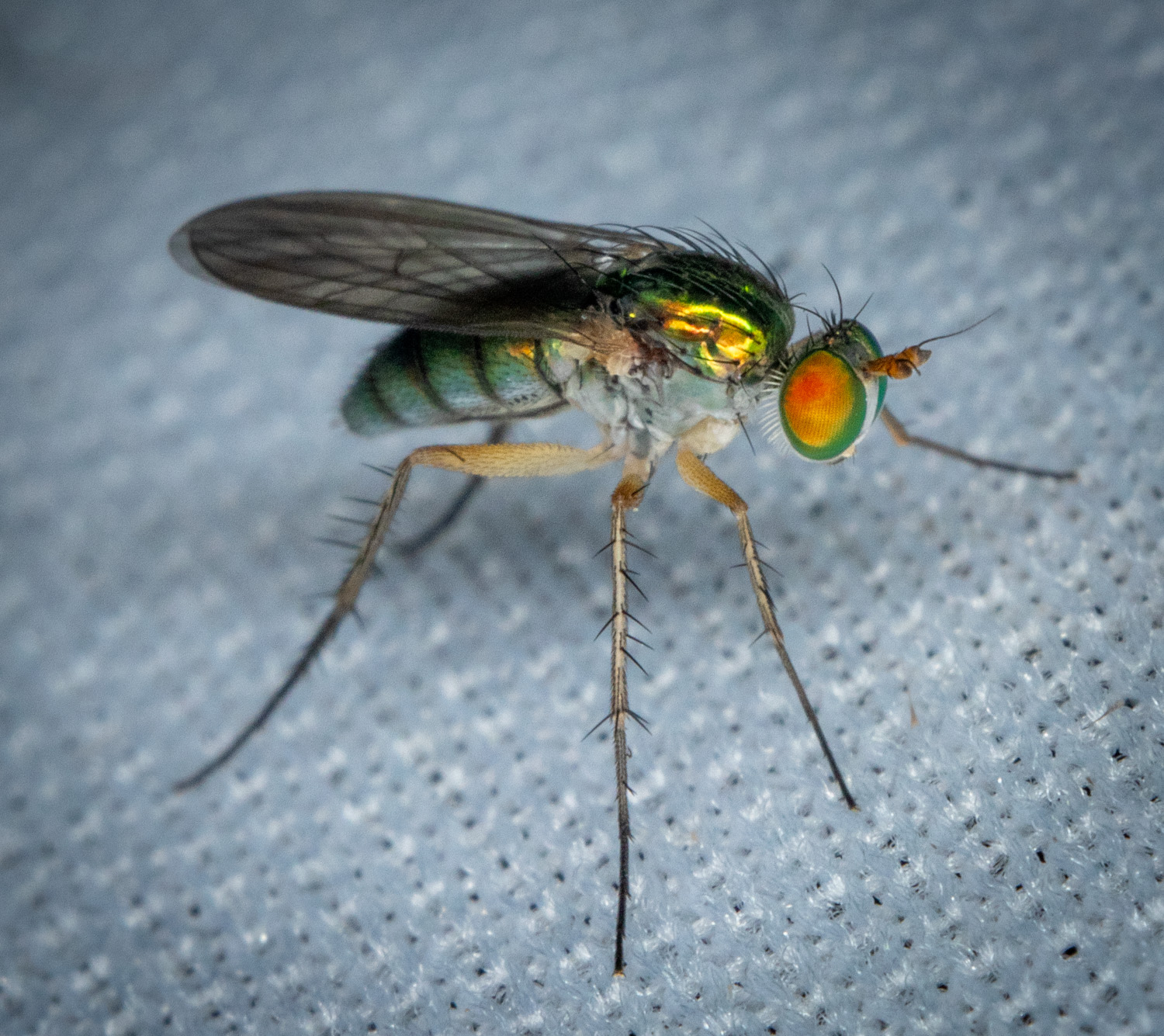
Long-legged fly
|
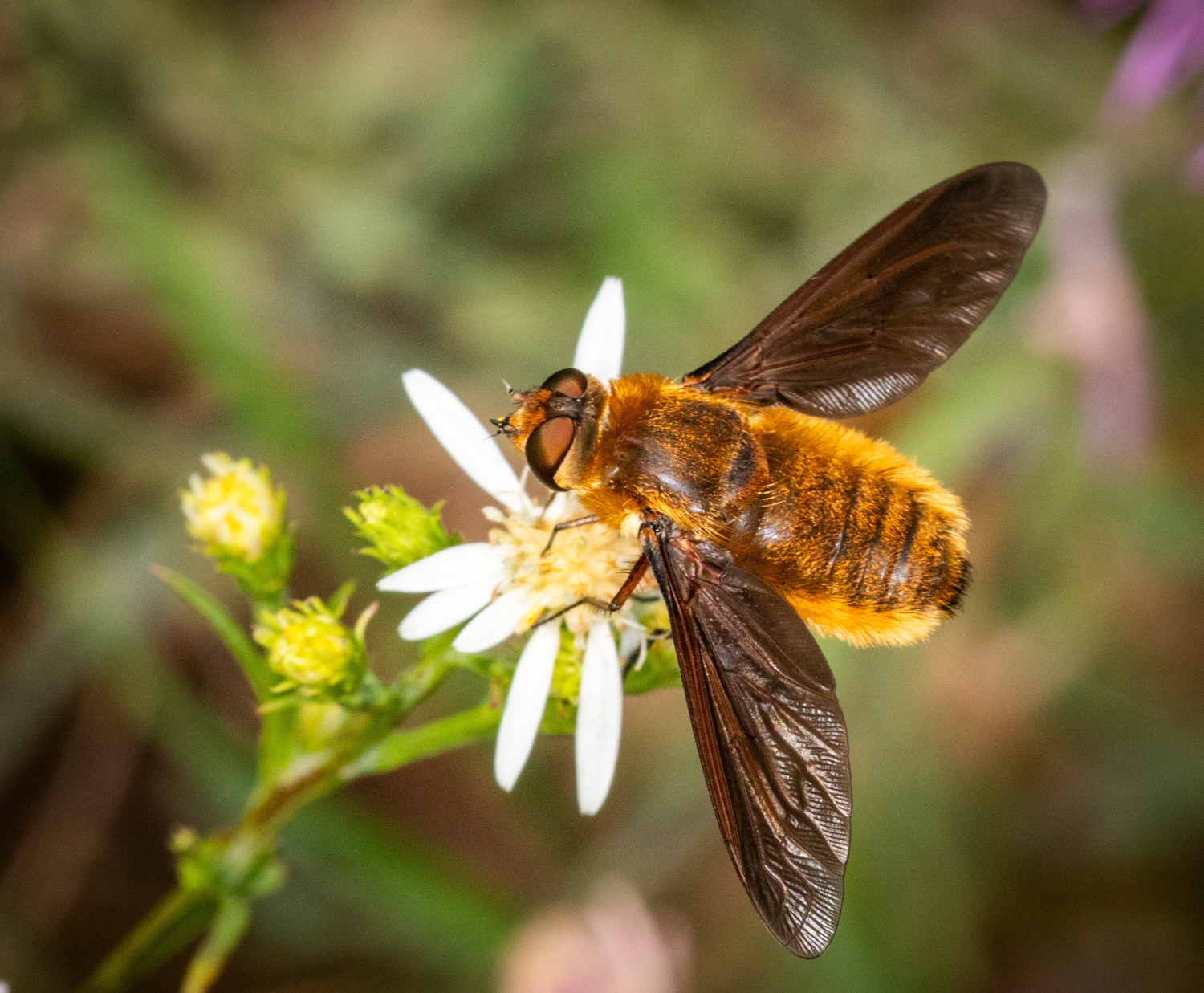
Beefly
|
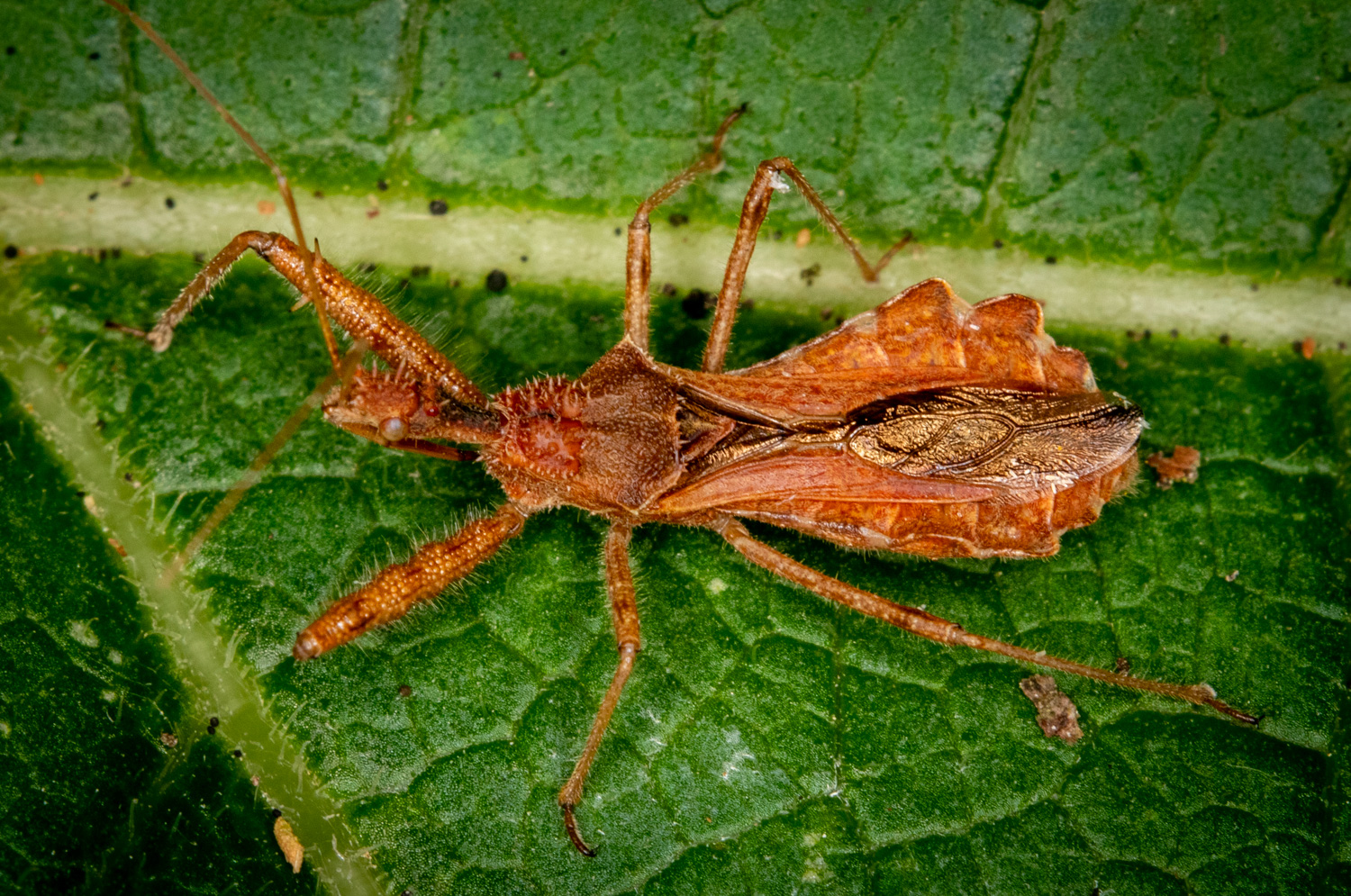
Assasin bug
|
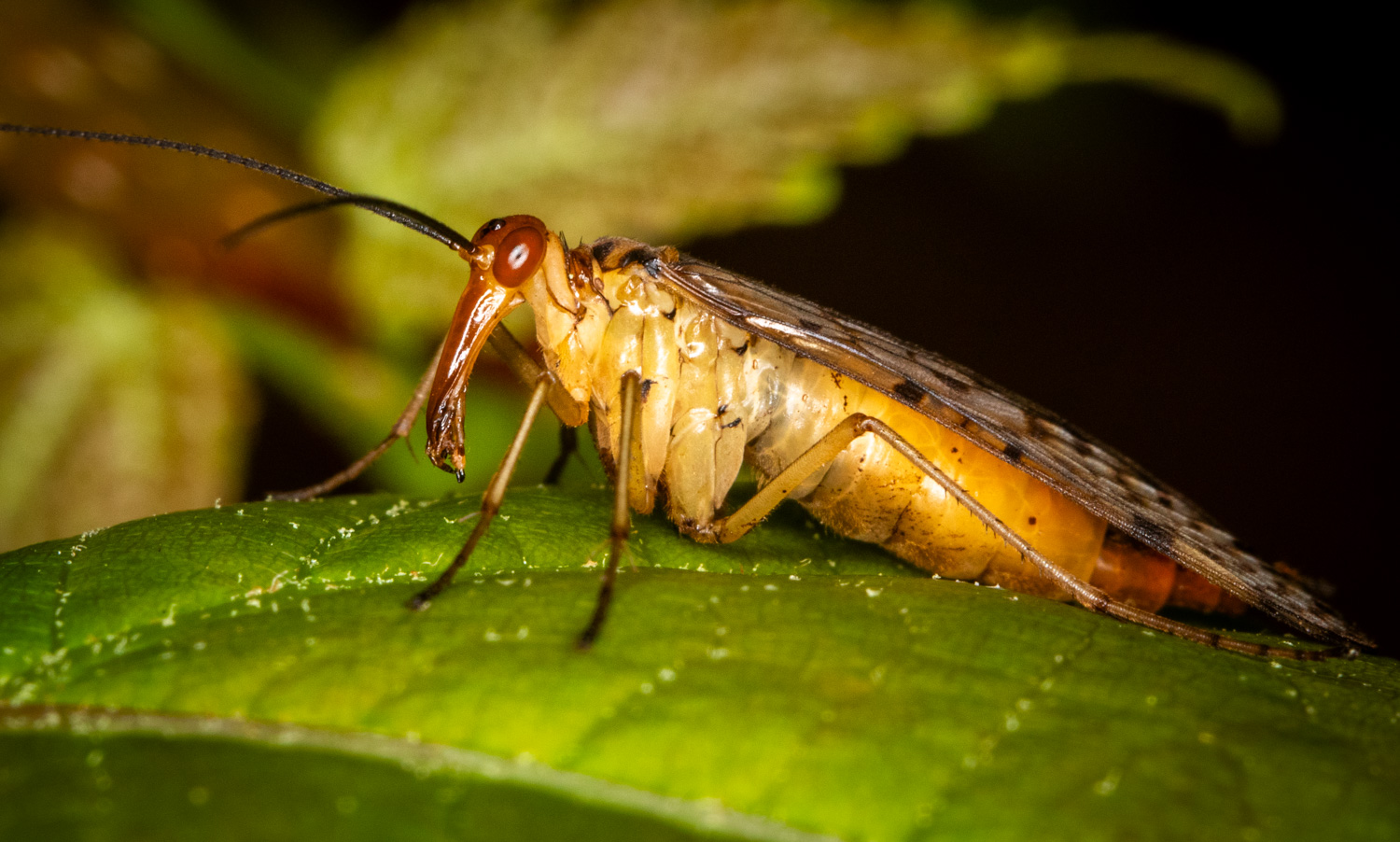
Scorpionfly
|

Jewel wasp
|
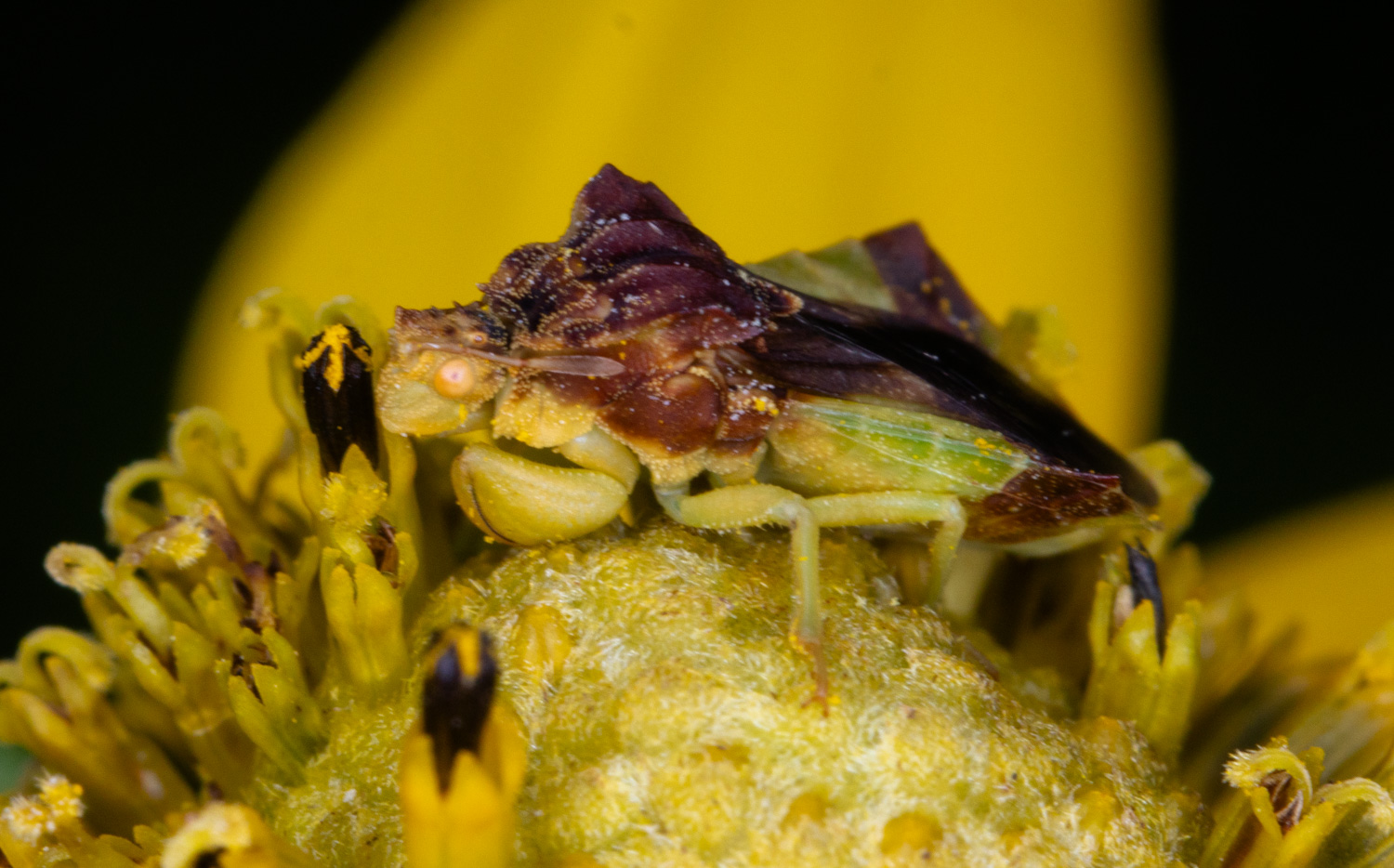
Ambush bug
|
Nocturnal insects, July.On light sheets or nearby, Ann Arbor area. 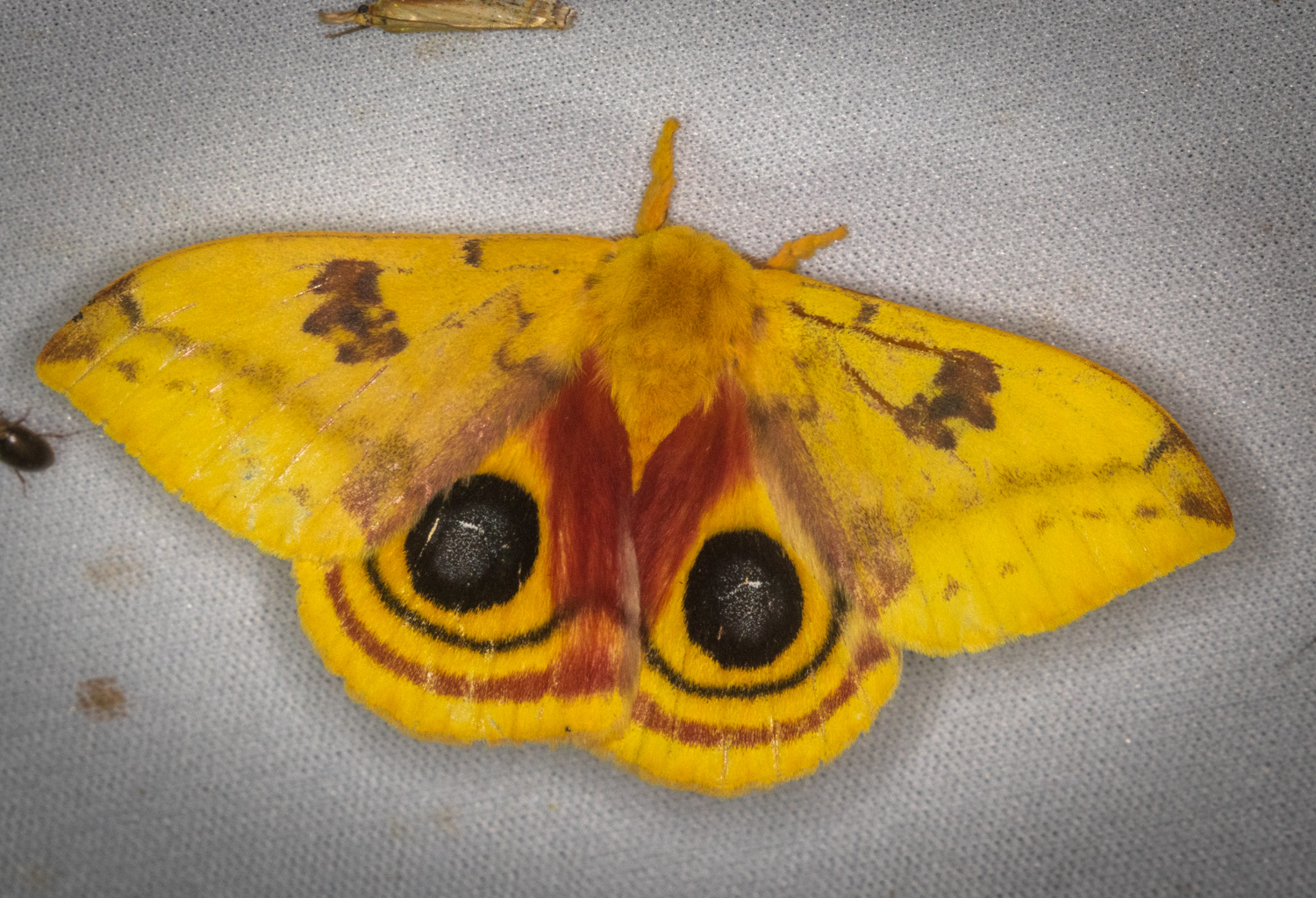
Io moth |
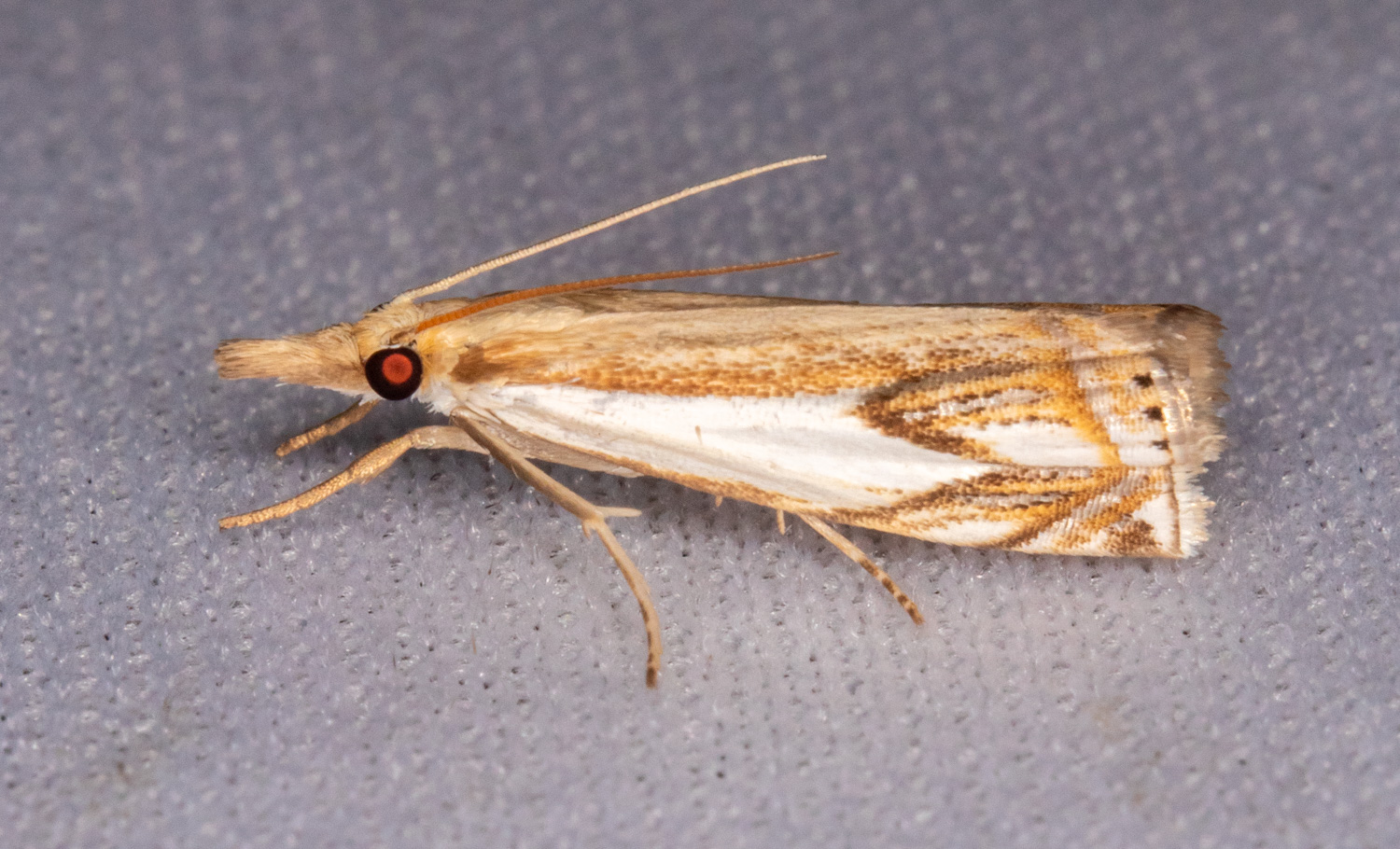
Double banded veneer
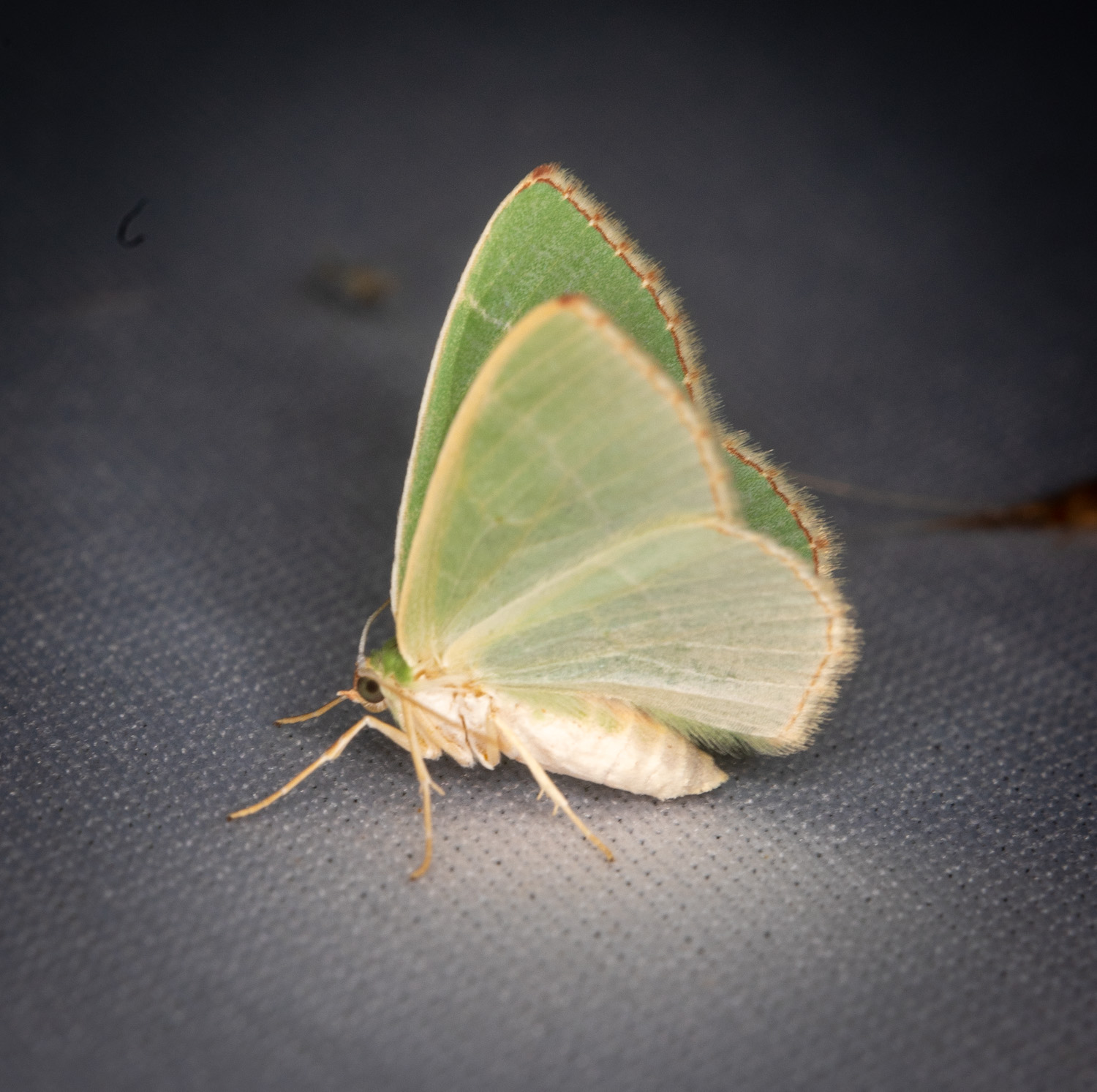
Red-fringed emerald
|

Spiny oak slug moth

Banded tussock moth
|
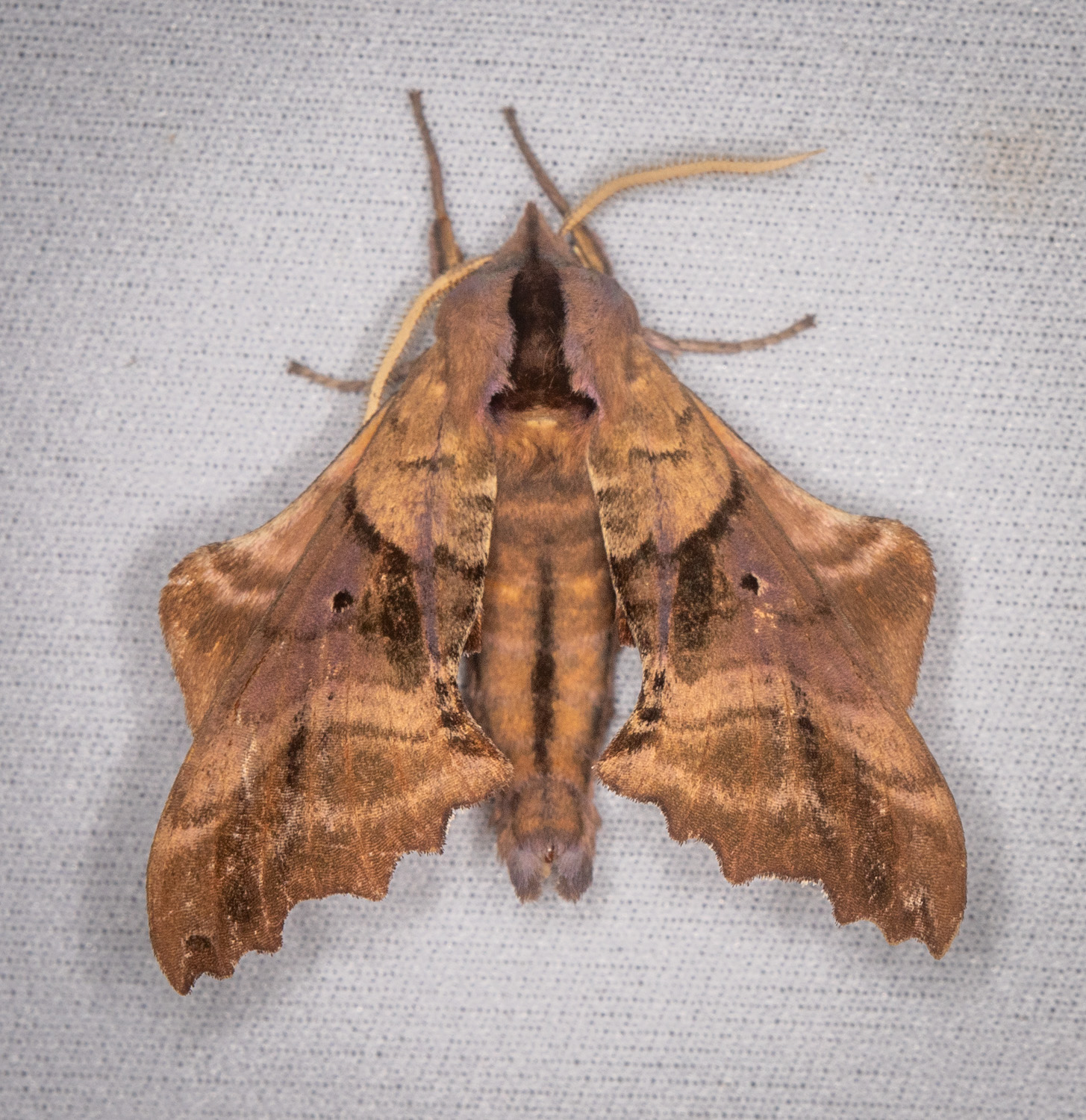
Blinded sphinx
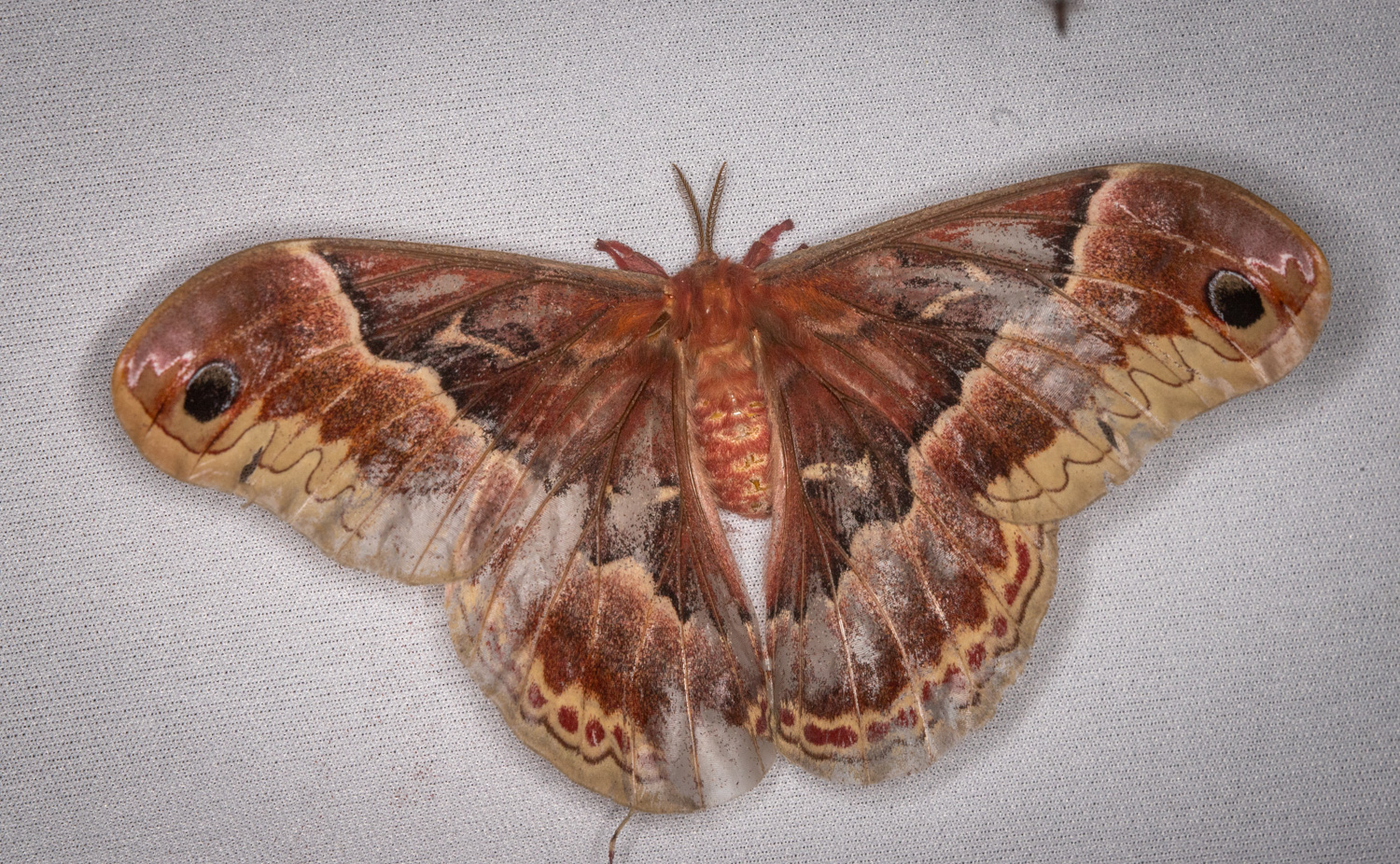
Polyphemus moth
|
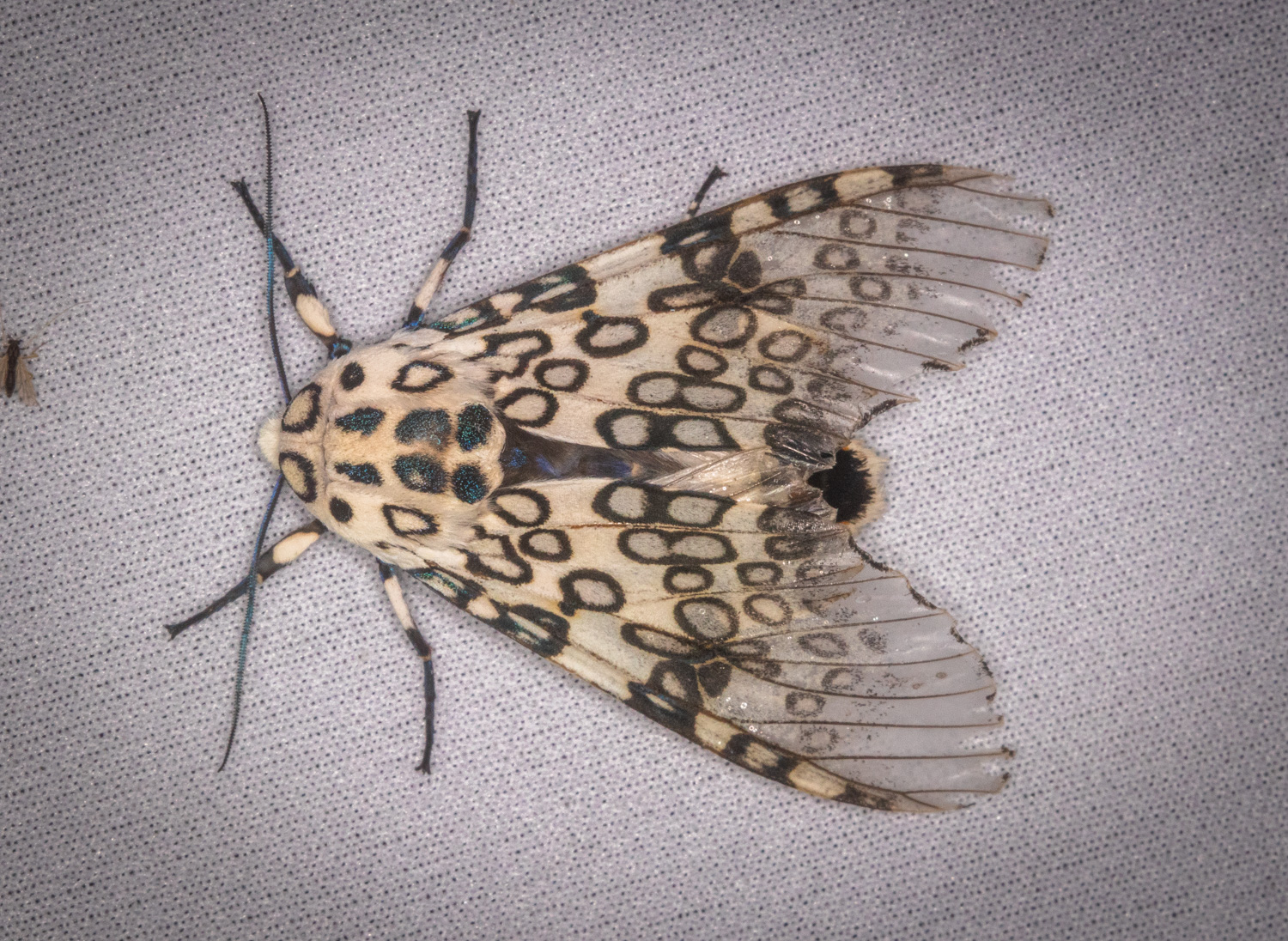
Giant leopard moth
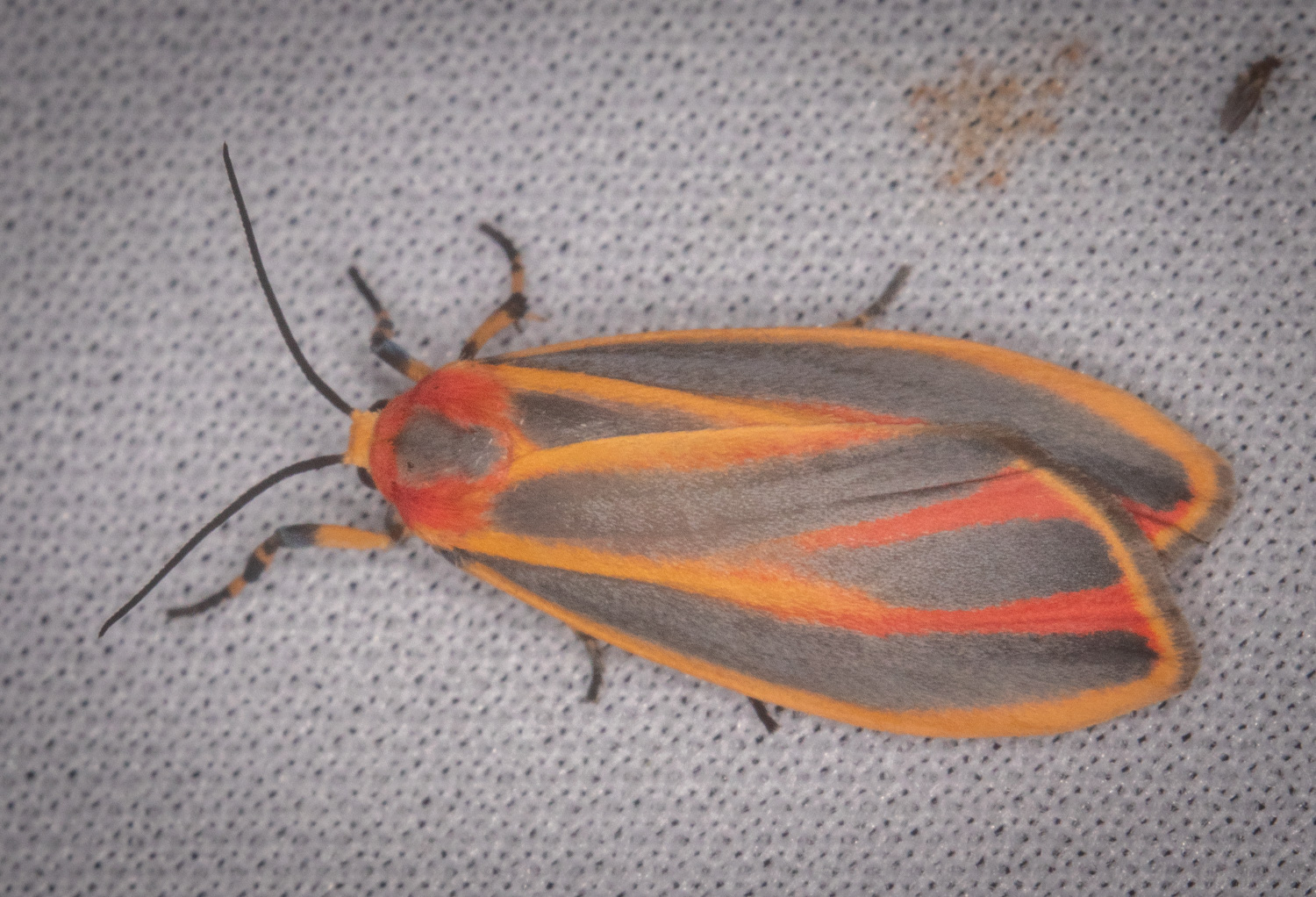
Lichen moth
|

|
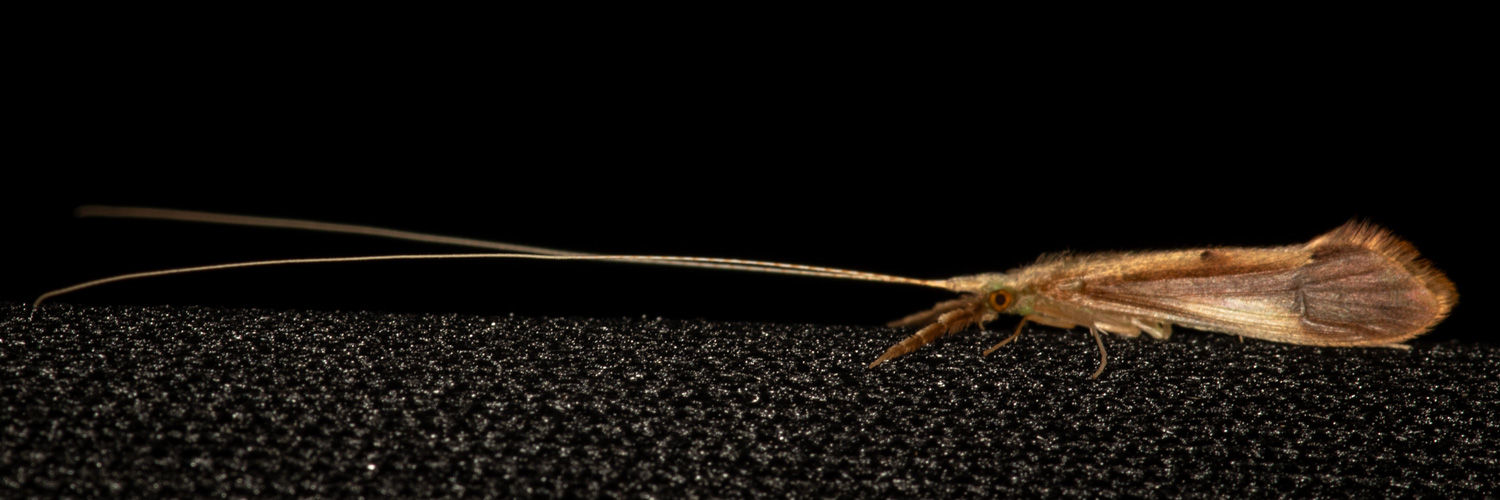
|
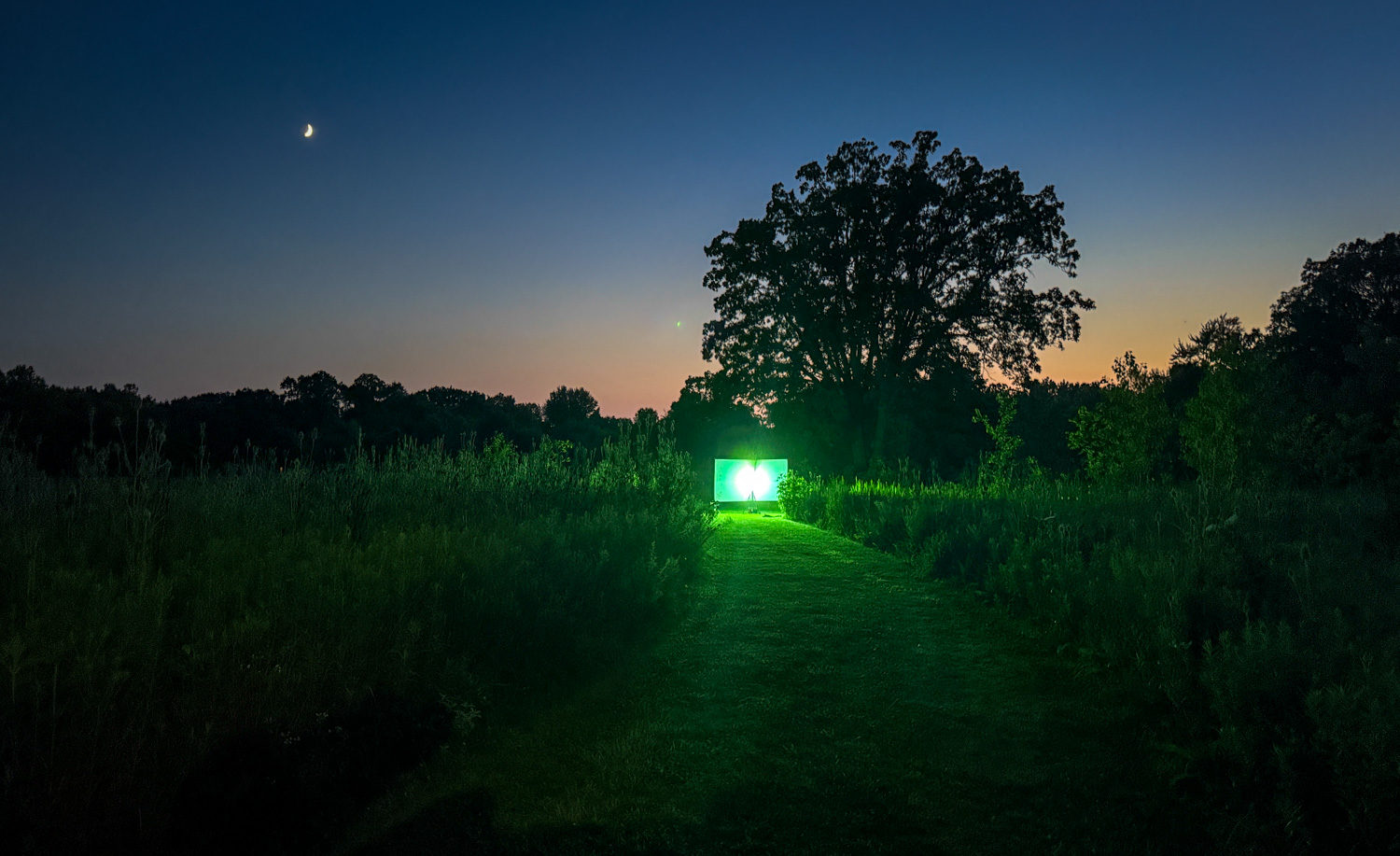
Moonseed moth
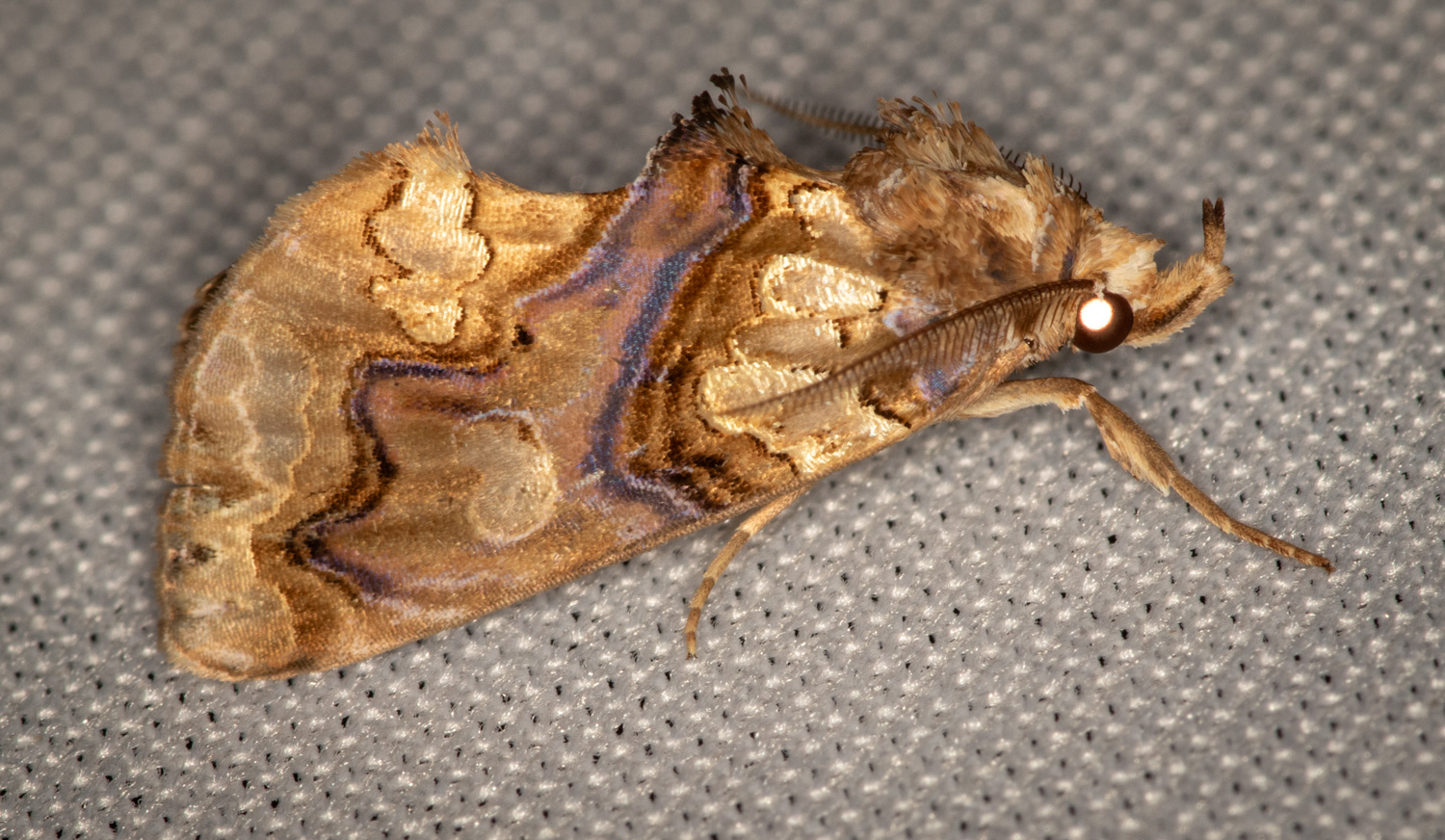
|
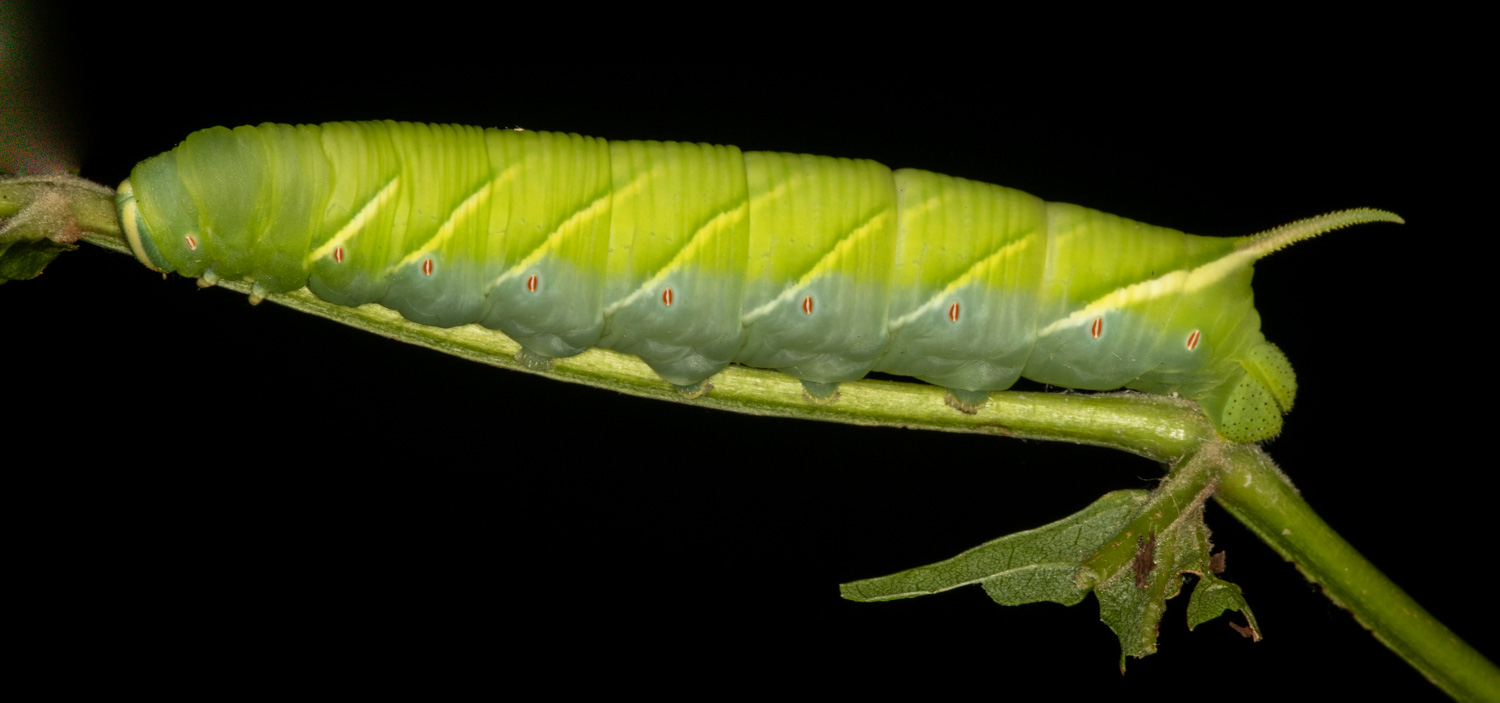
Wavy sphinx
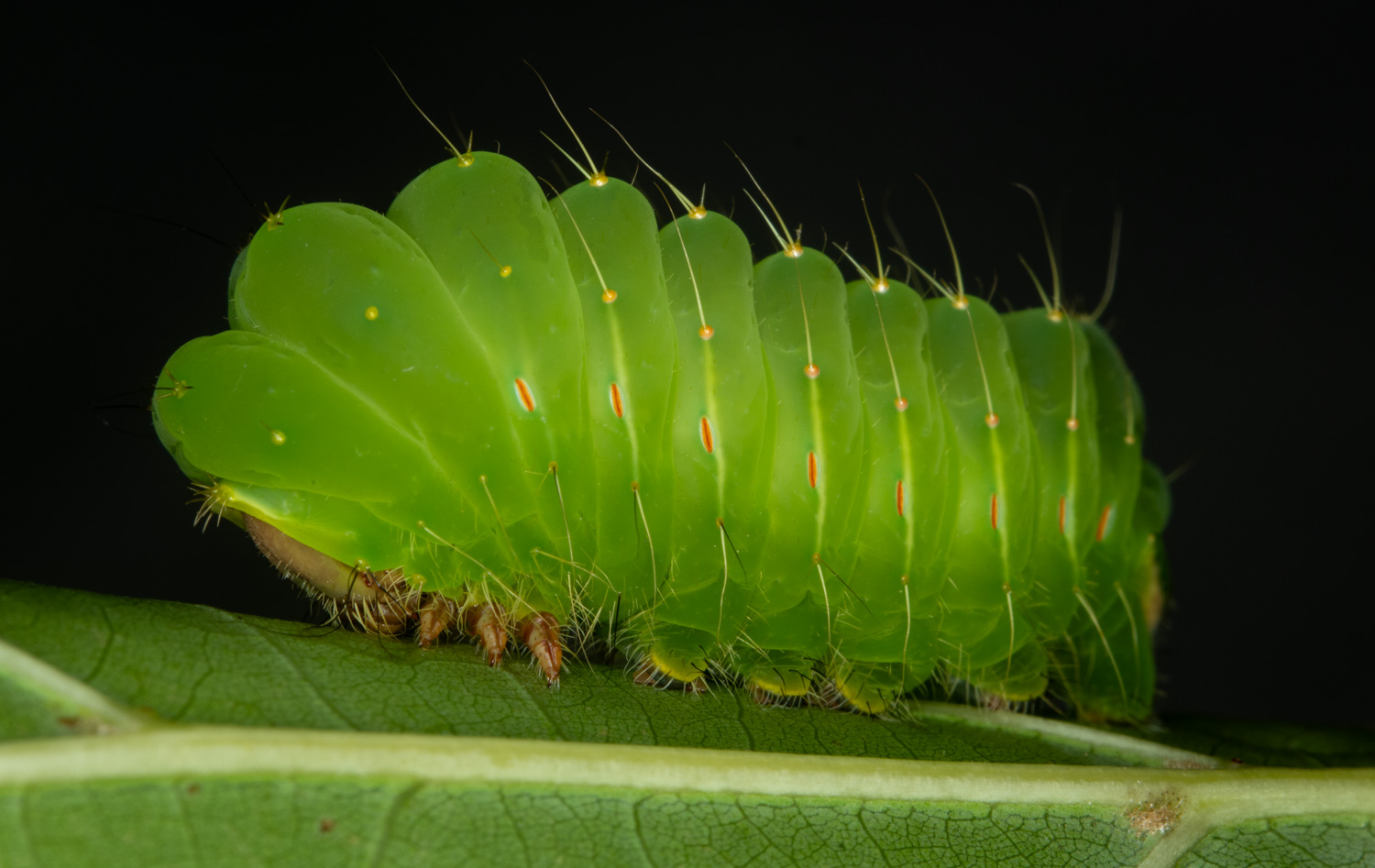
Polyphemus
|
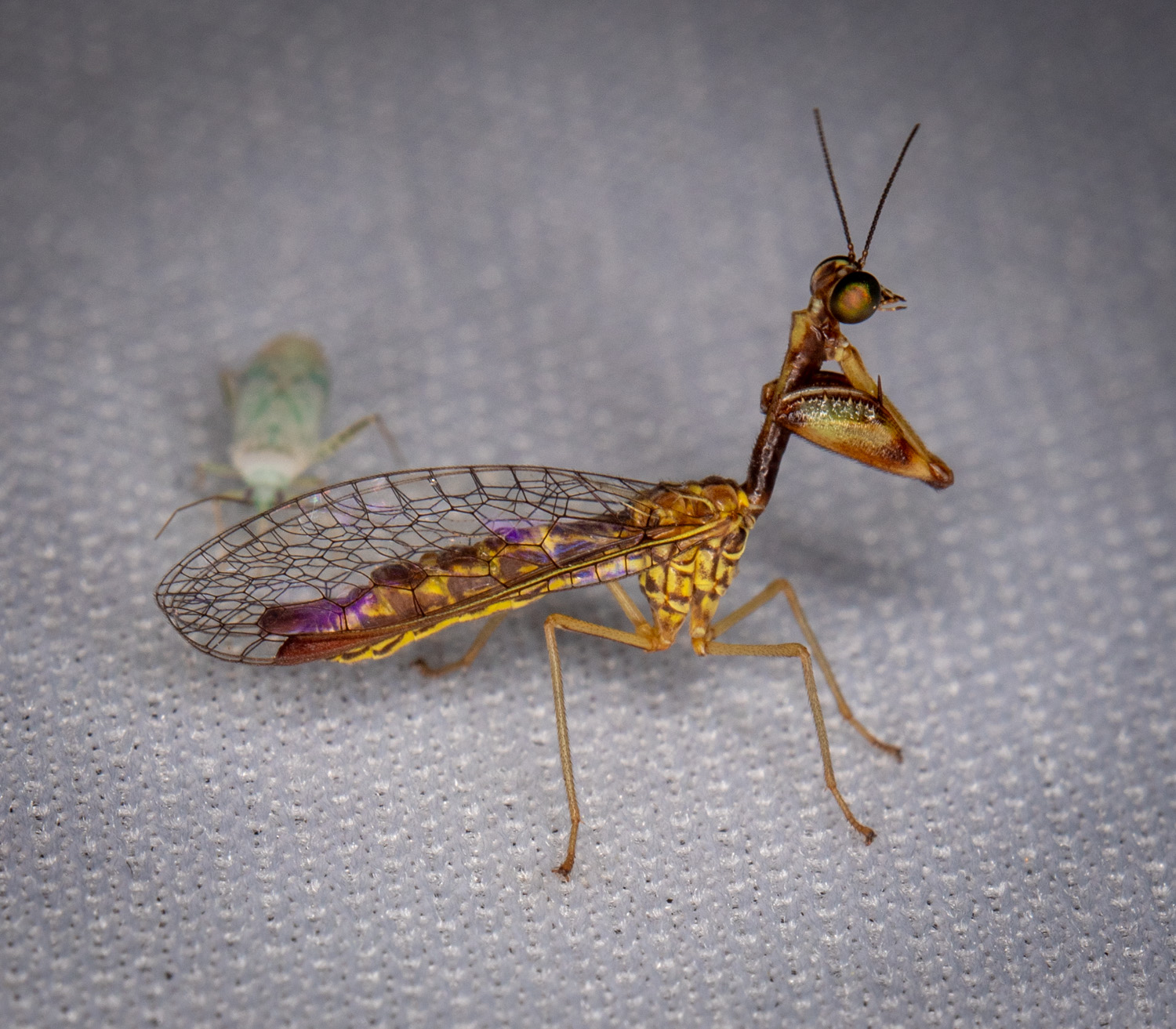
Beautiful mantidfly
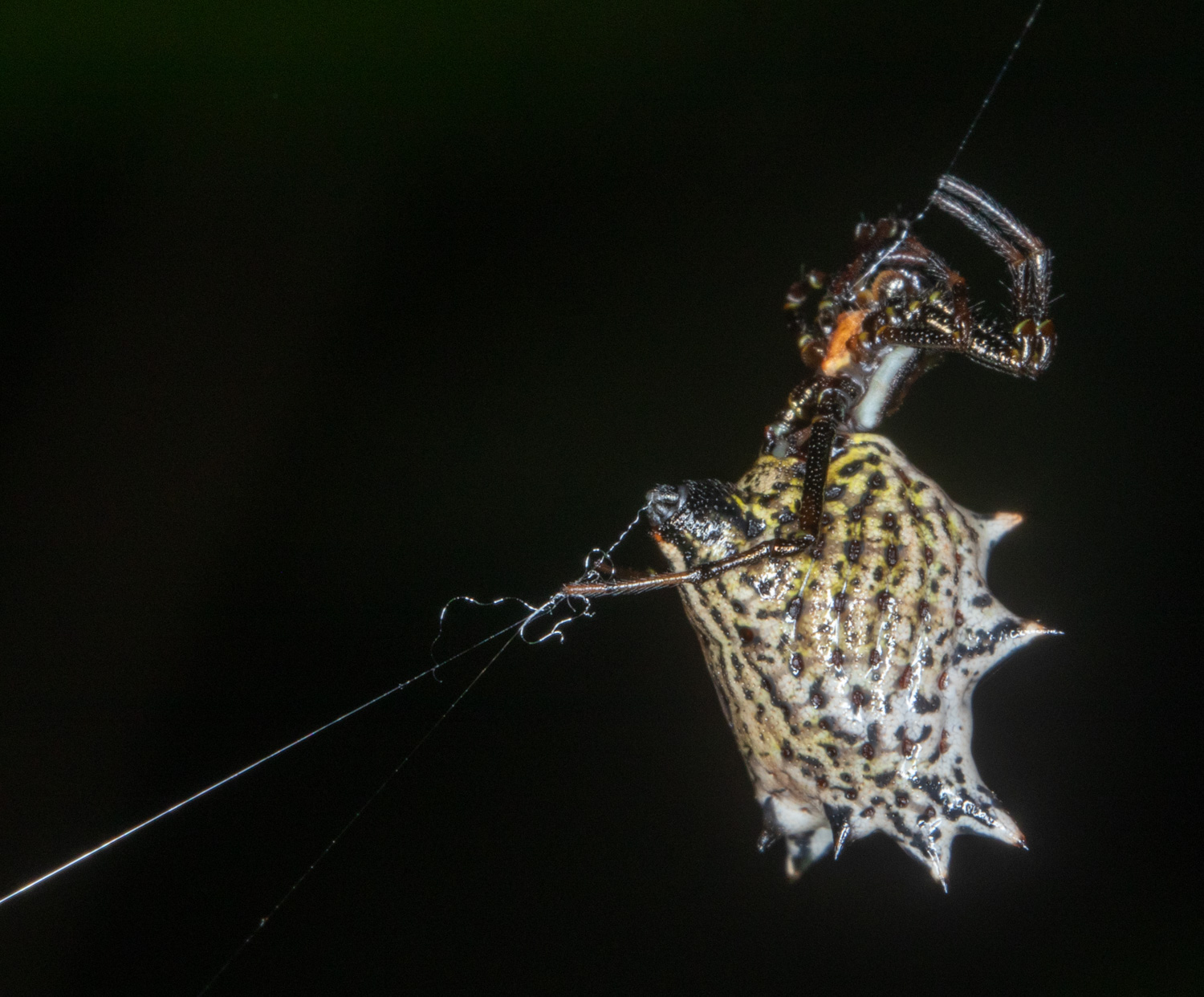
Spined micrathena
|
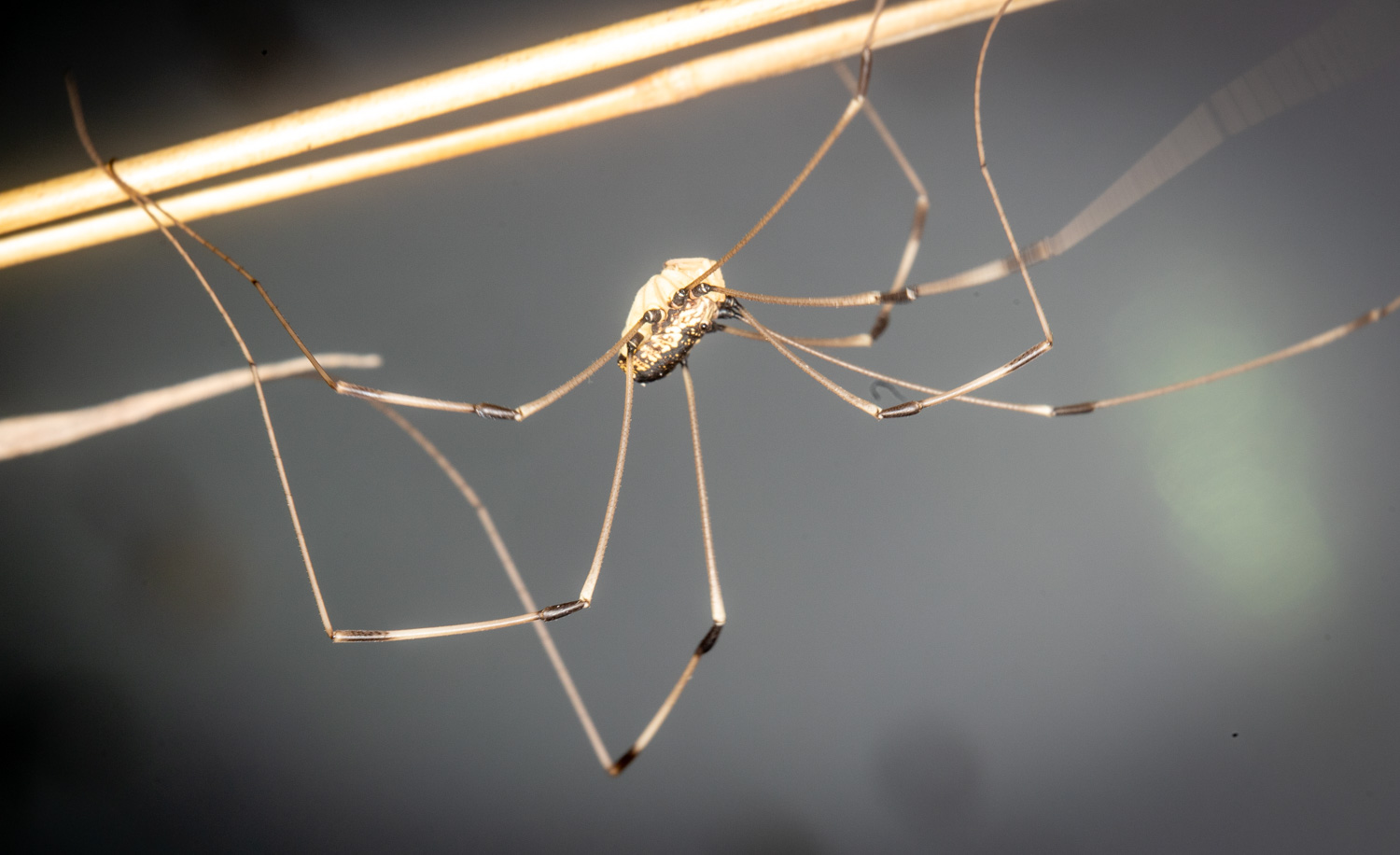

|
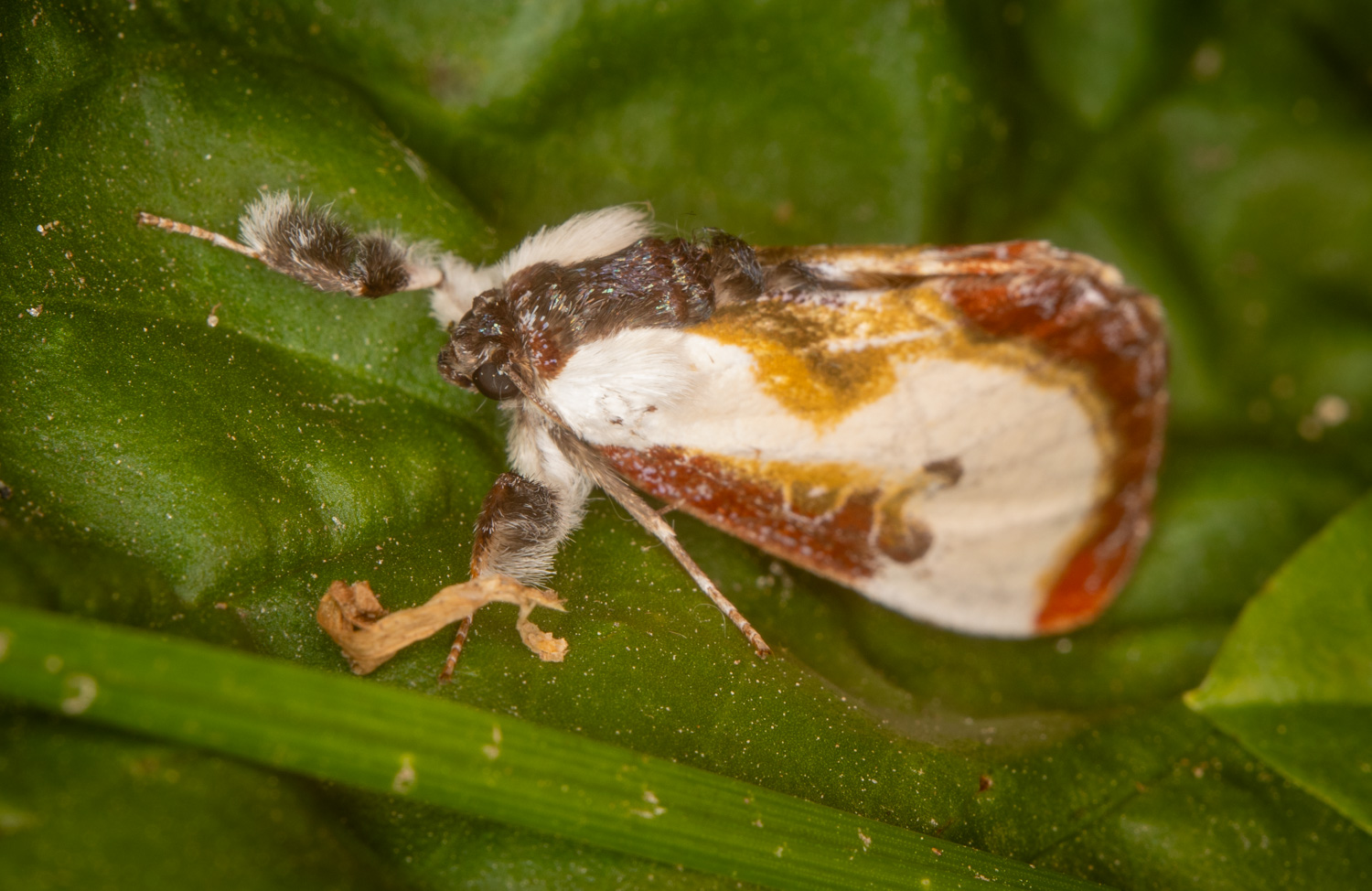
Beautiful wood-nymph

Bog lygropia
|
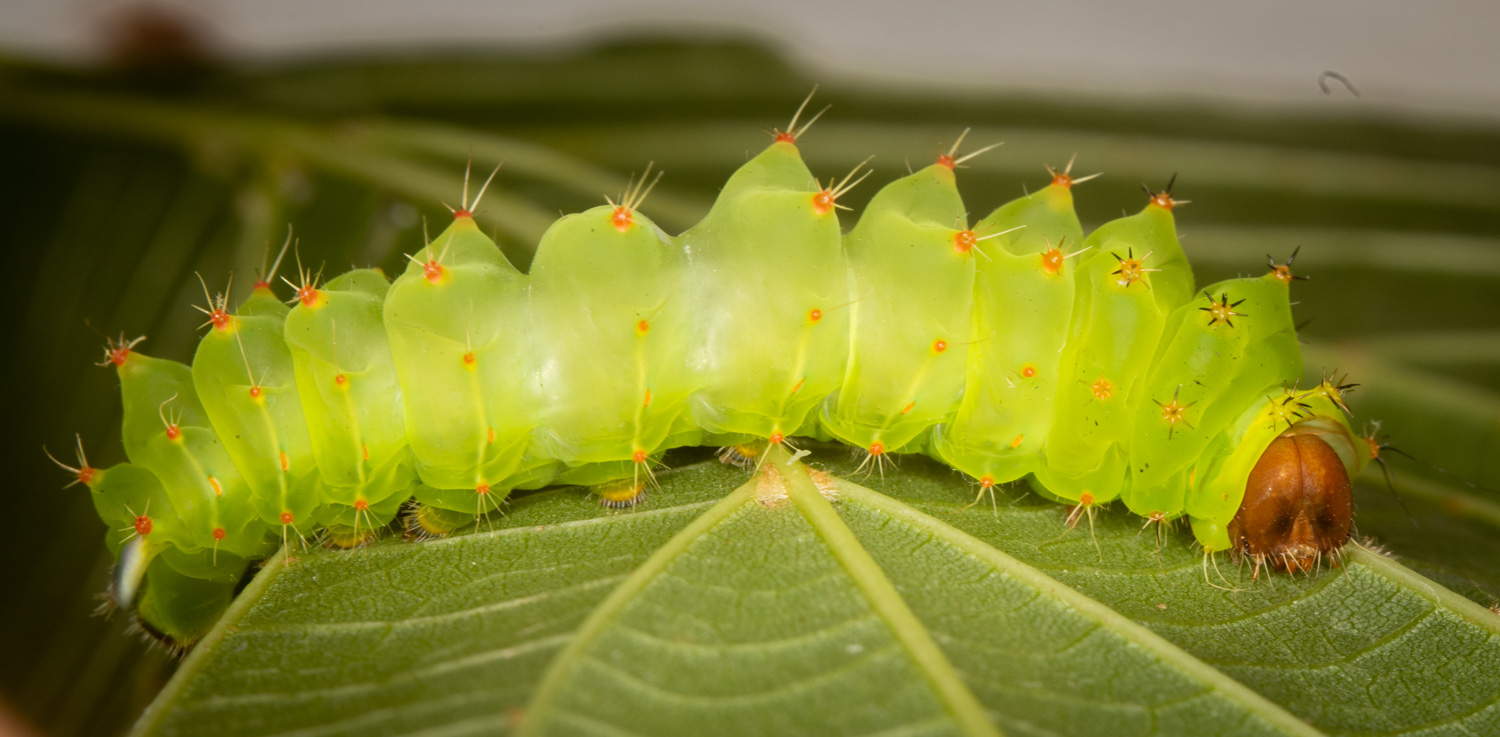
Polyphemus
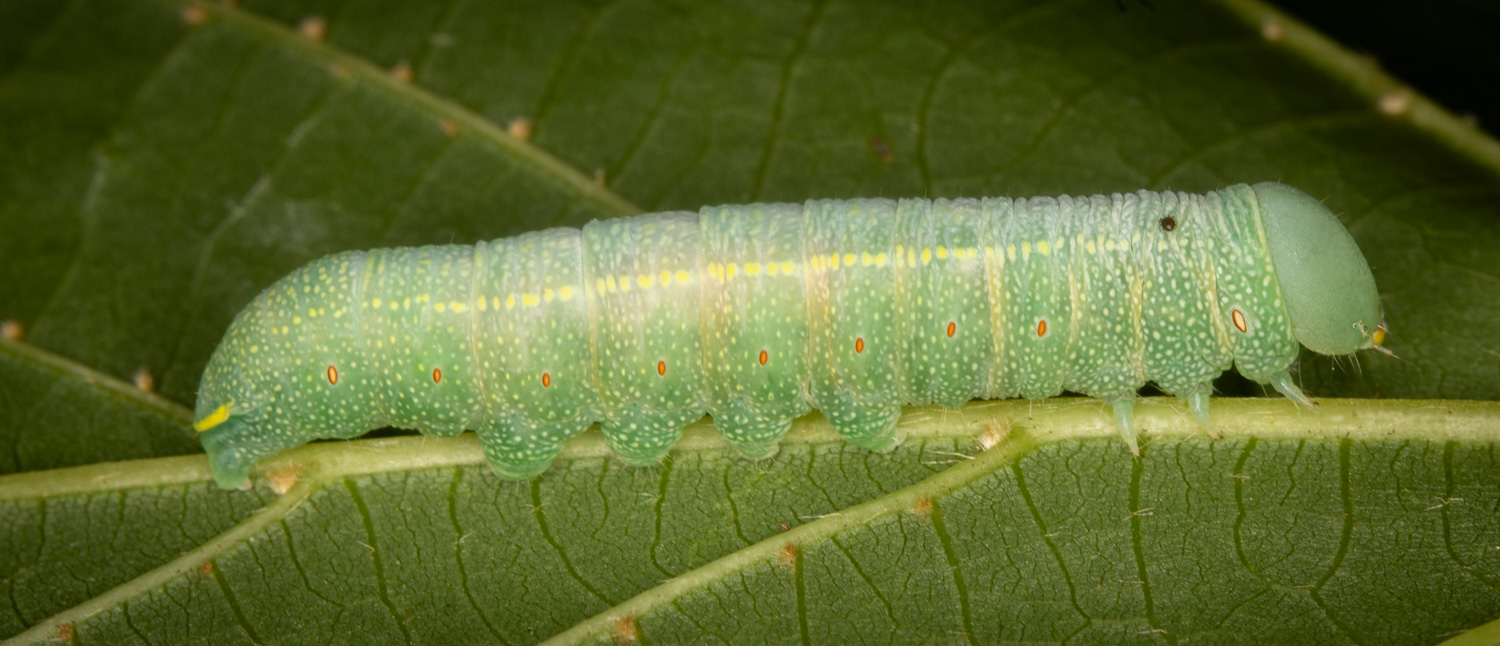
Dotted prominent
|
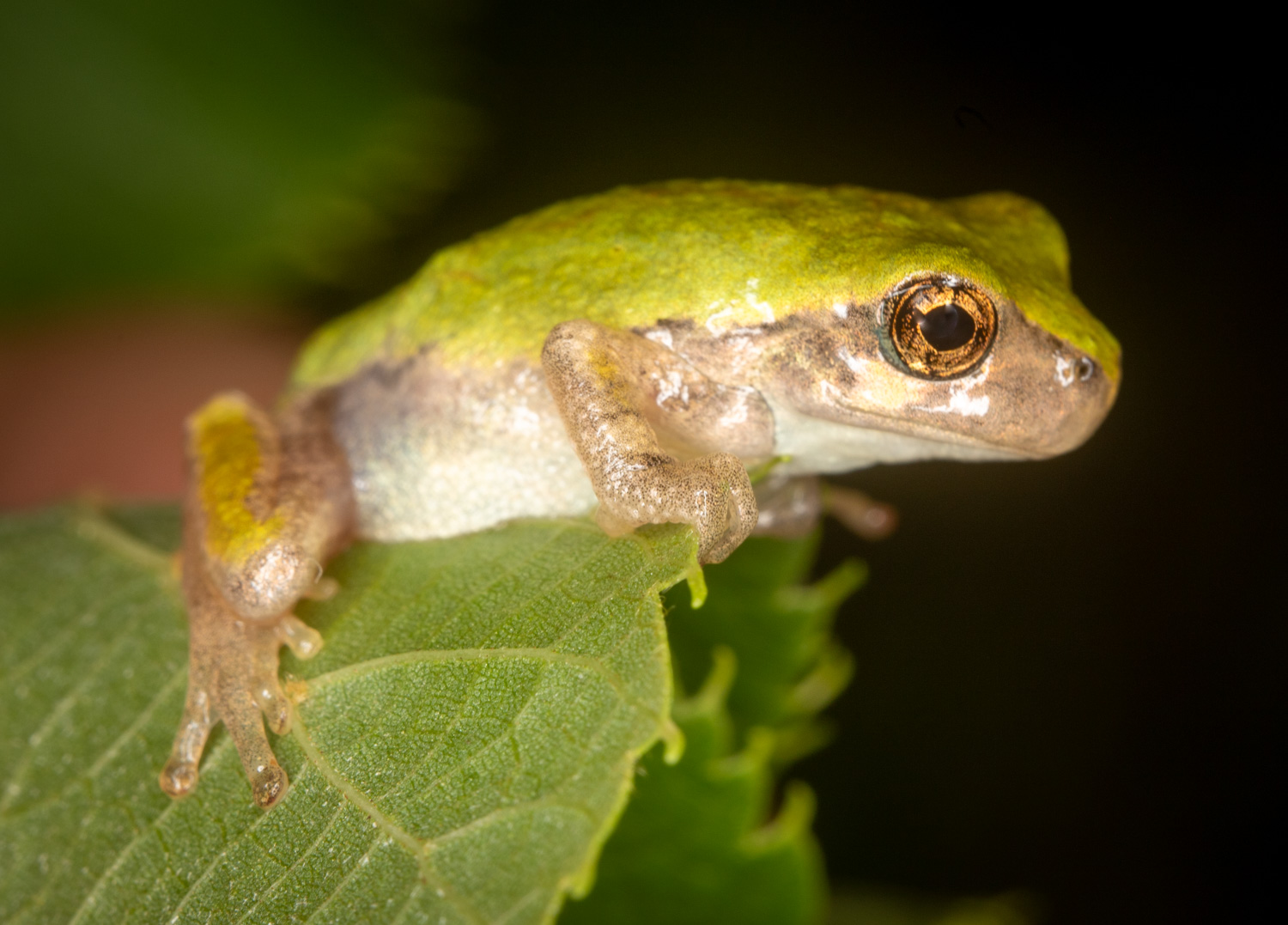
Gray tree frog
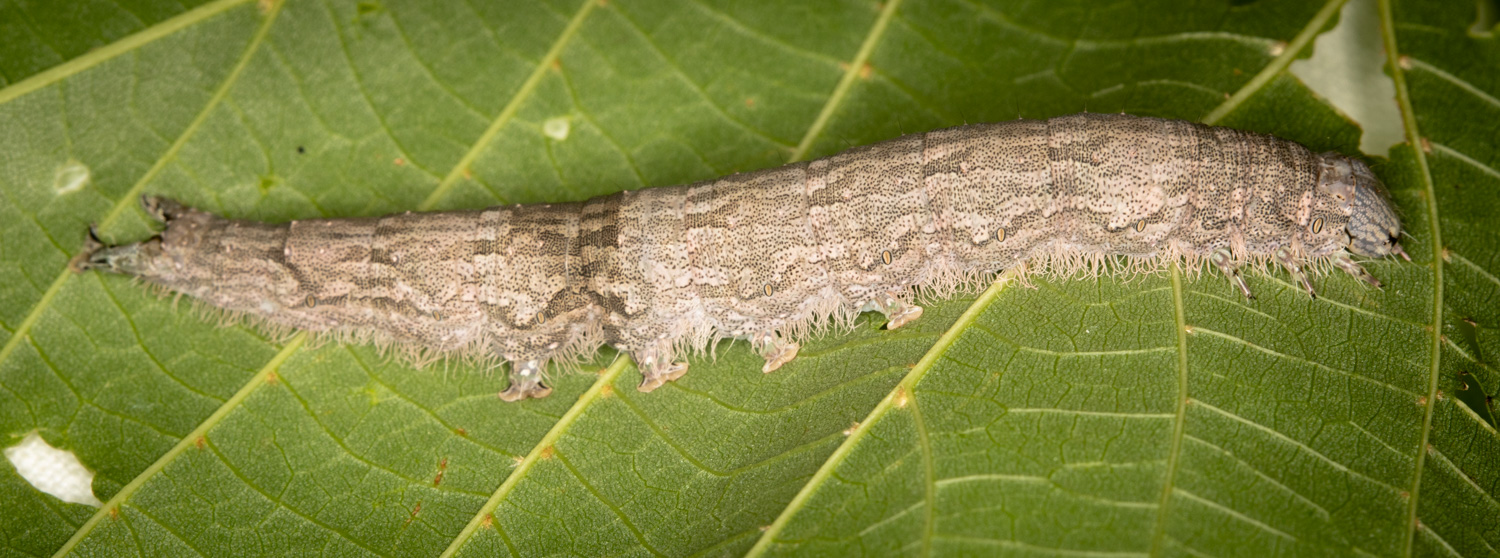
Widow underwing
|
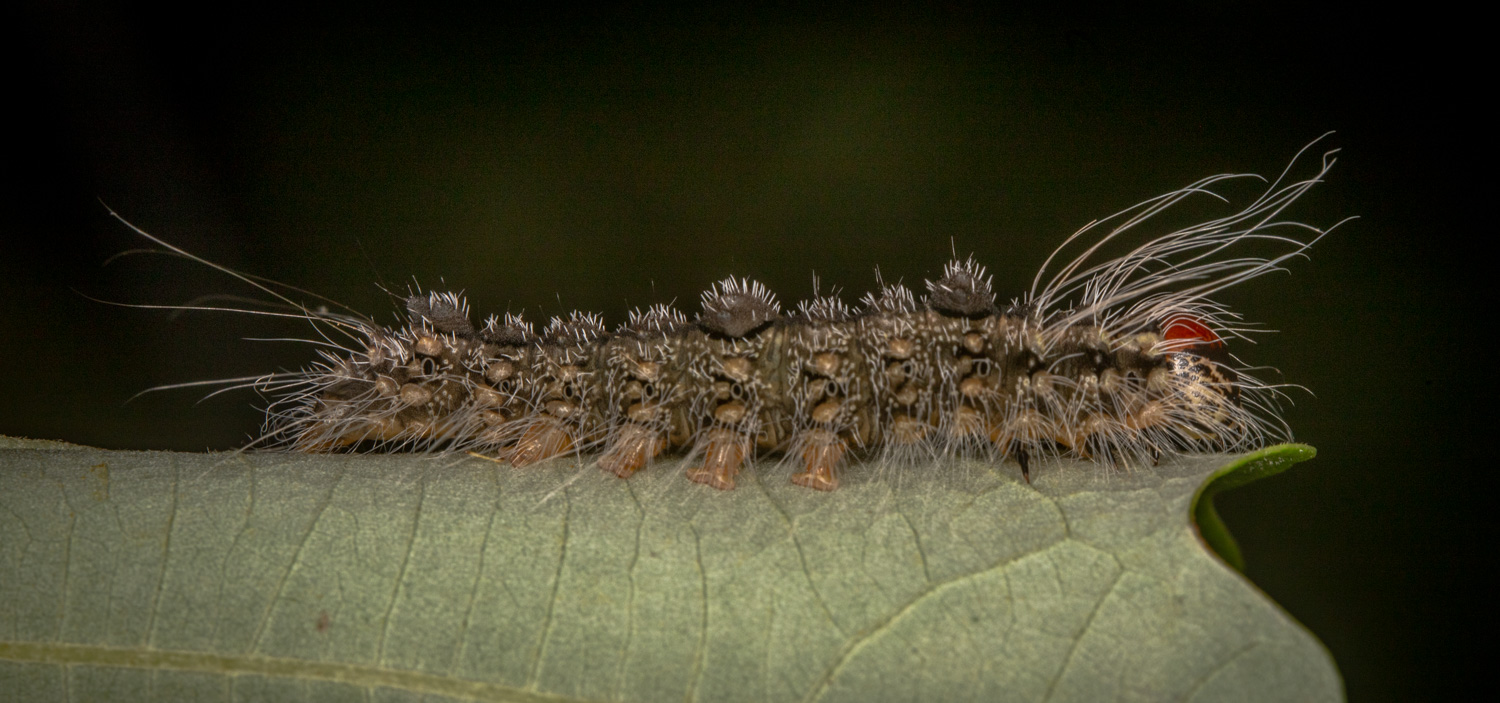
Dagger moth

Cranefly
|
Pigeon River, mid-June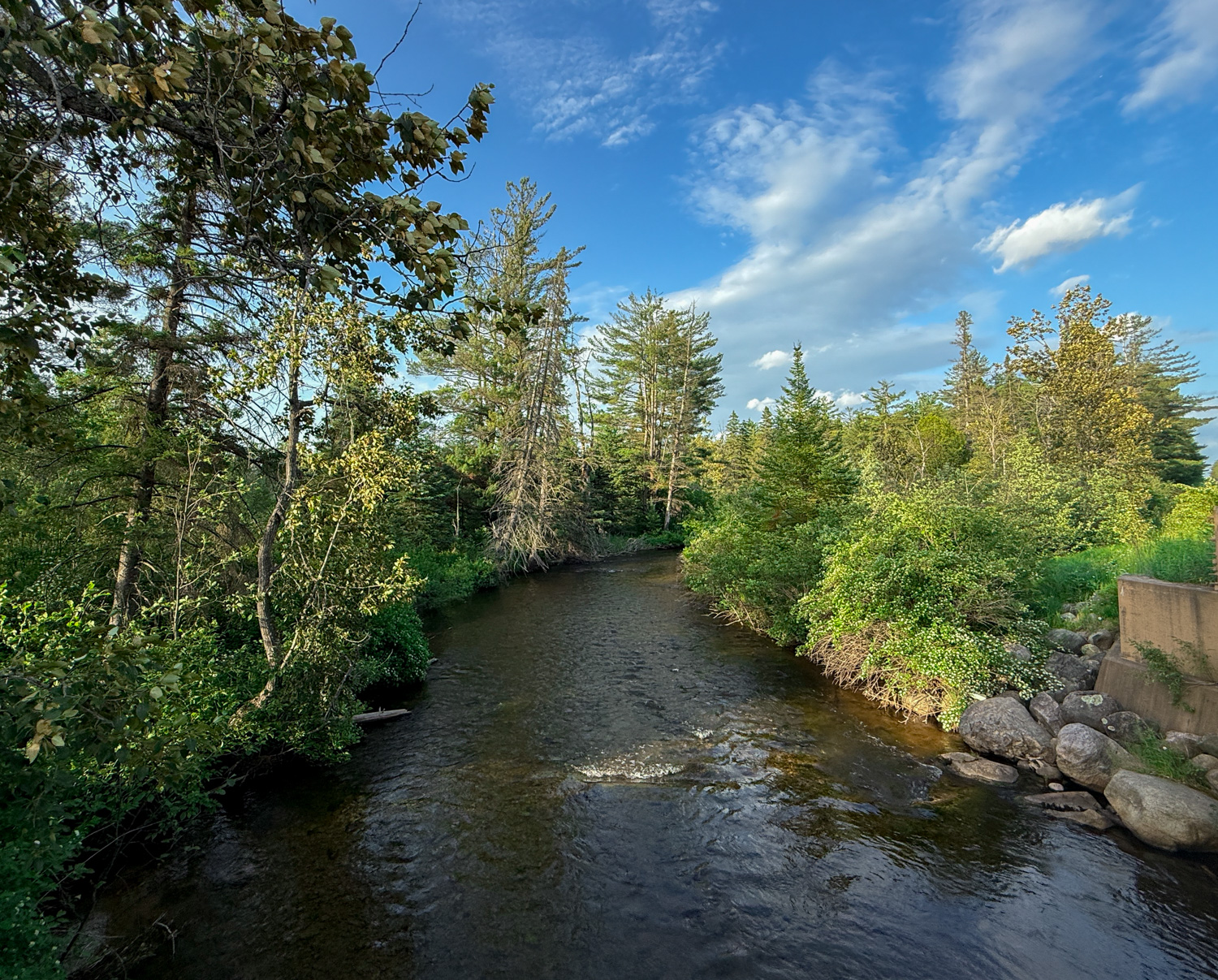
|
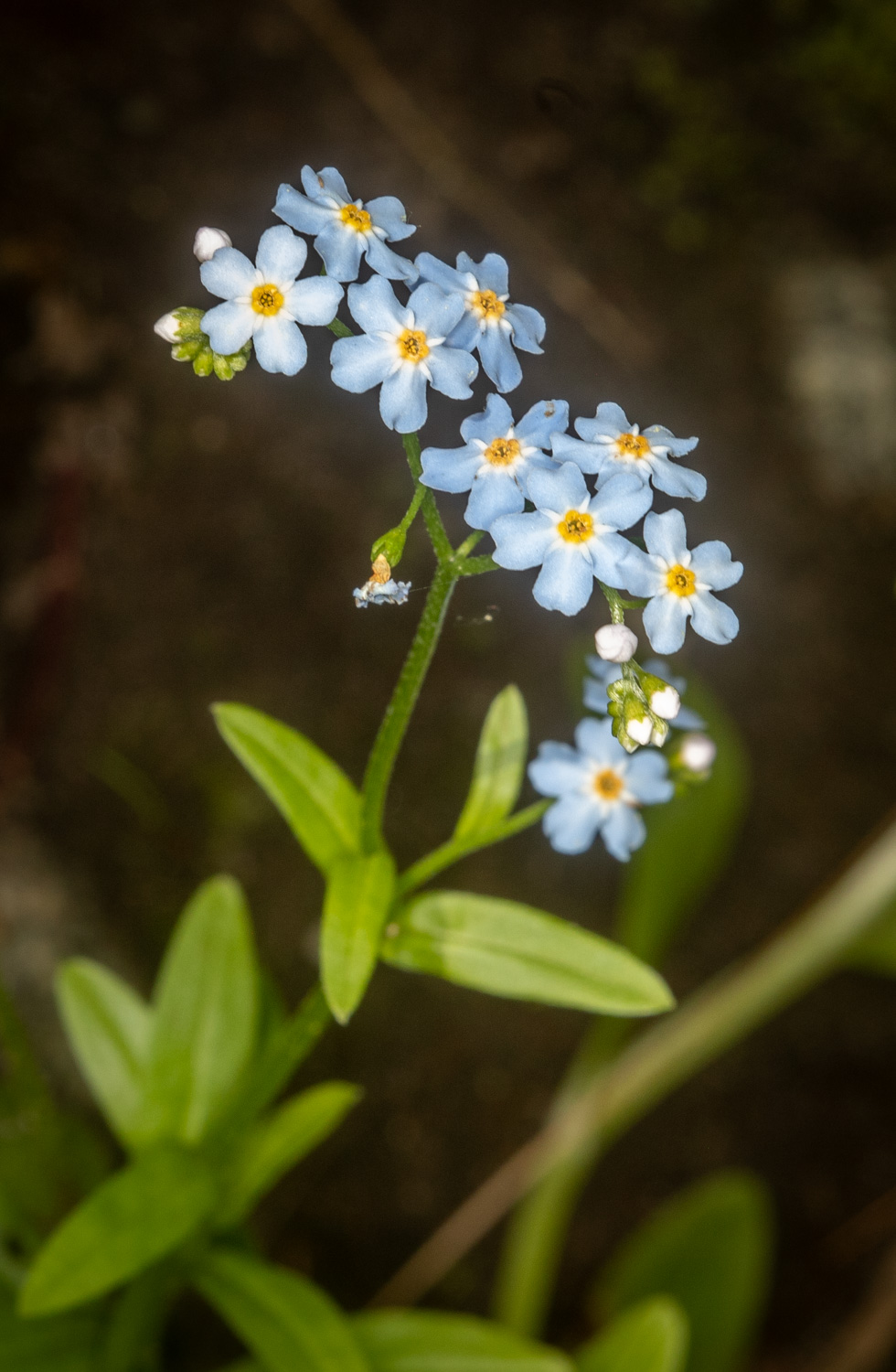
Water Forget-Me-Not
|
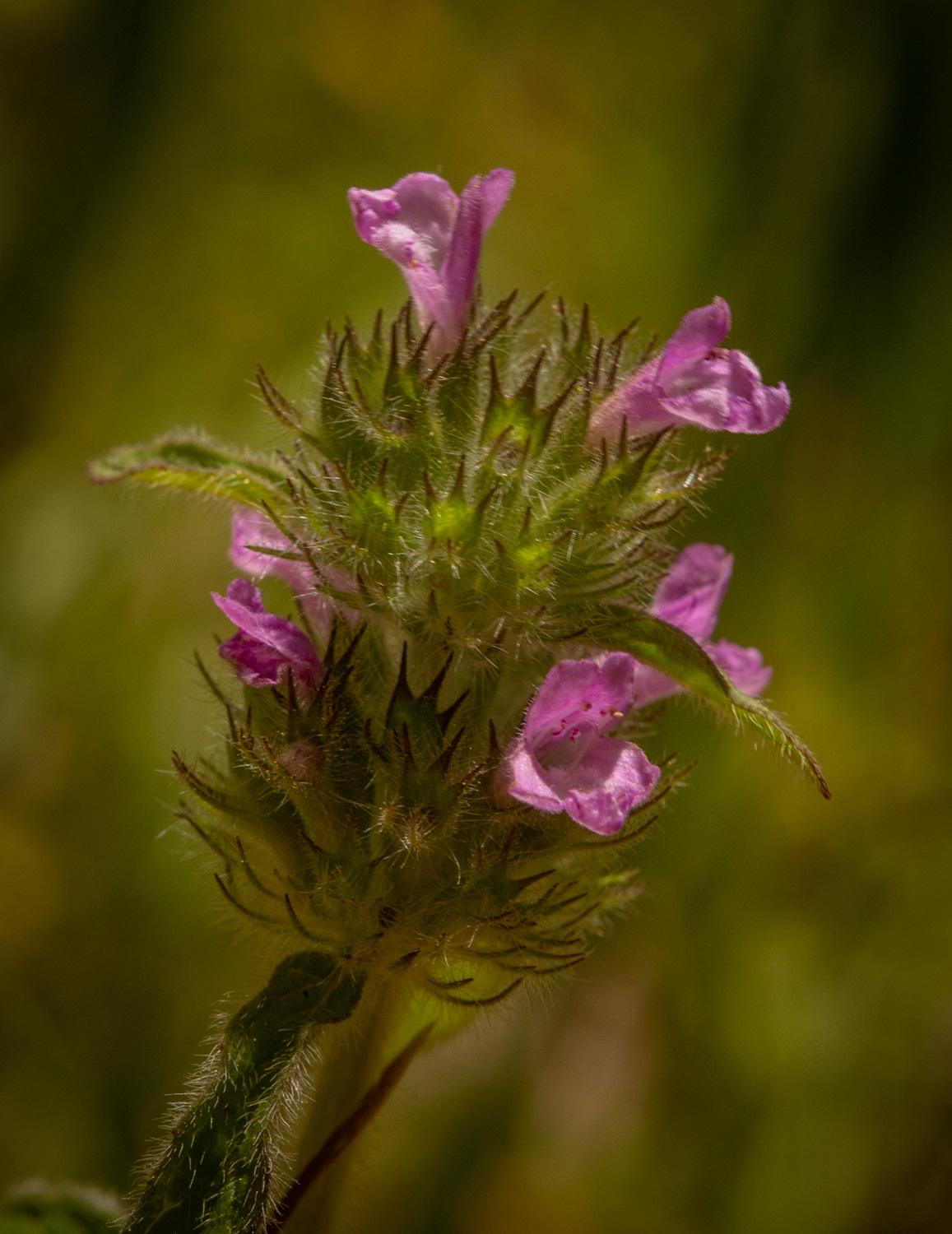
Wild Basil
|
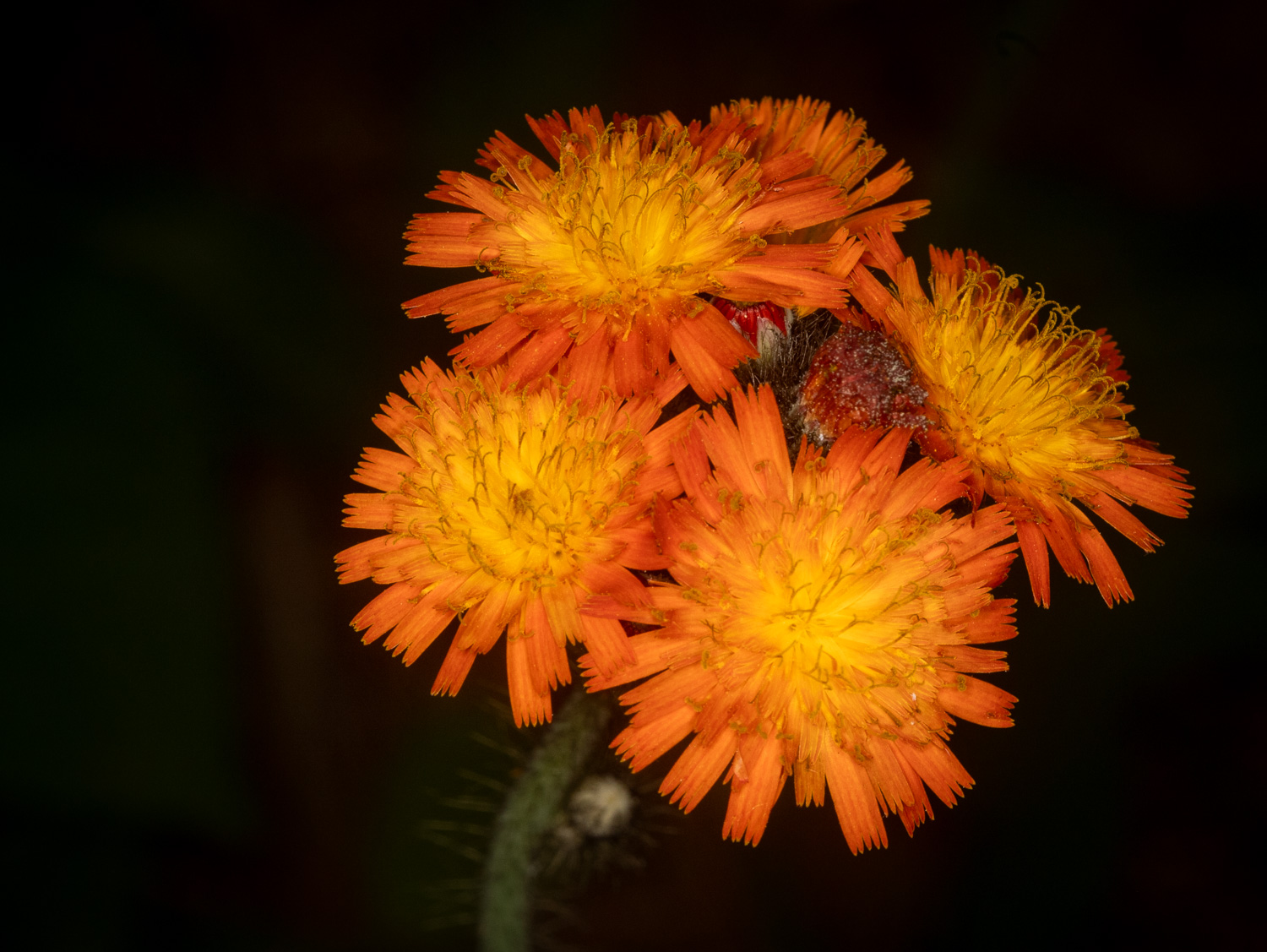
Orange Hawkweed
|
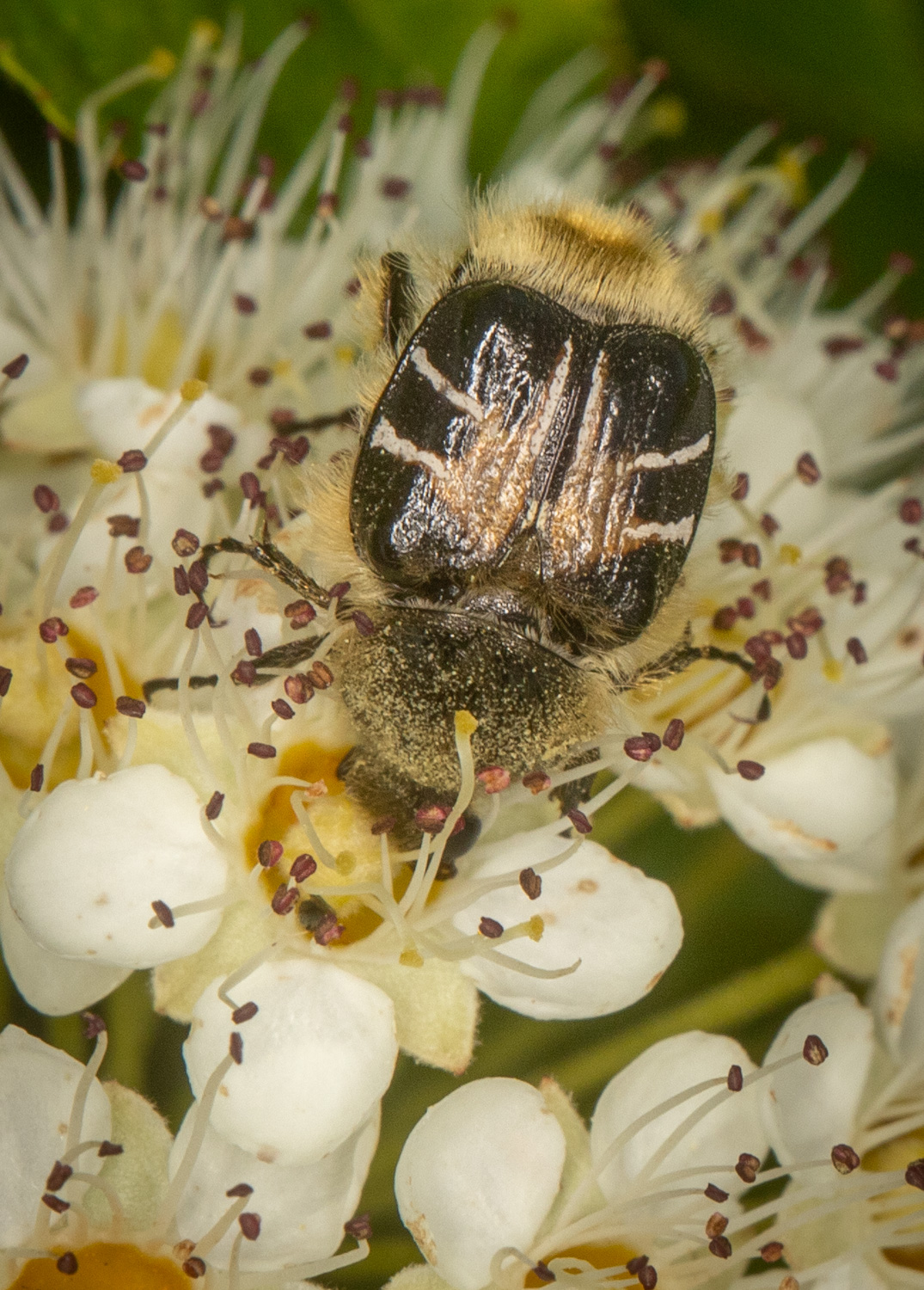
Bee-mimic Beetle
|
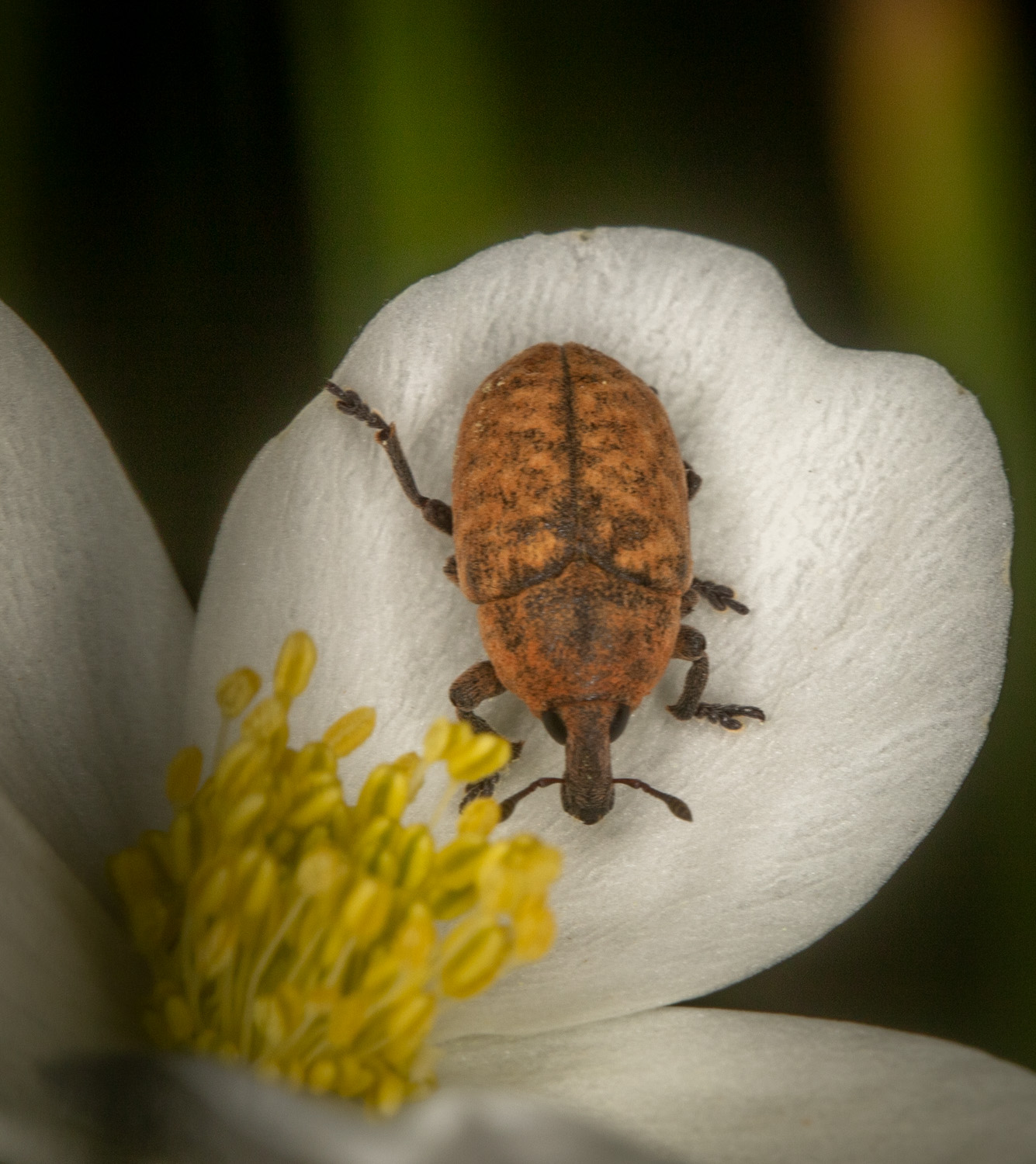
Blunt Knapweed Flower Weevil
|

Meadow rue
|
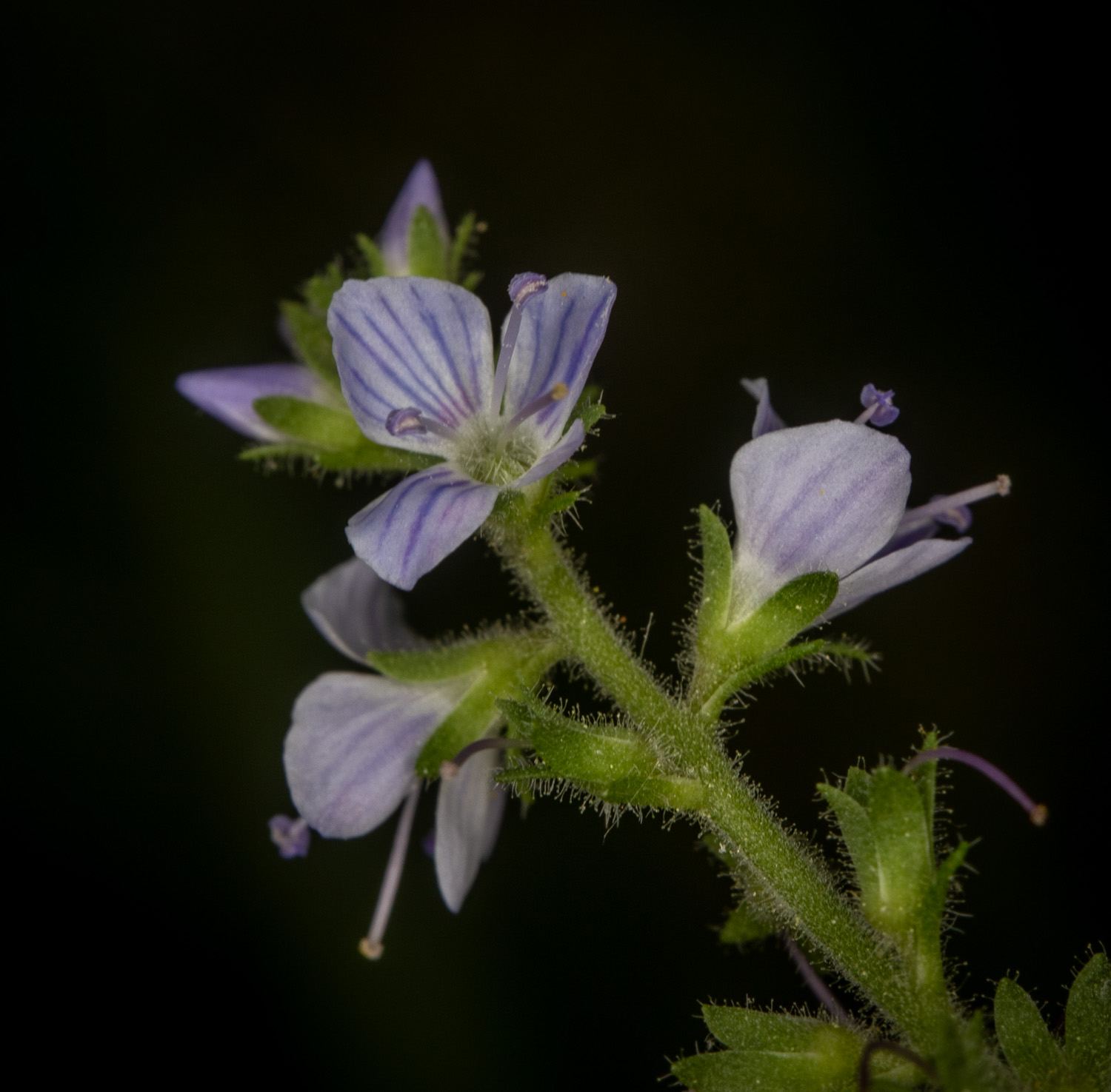
Heath Speedwell
|
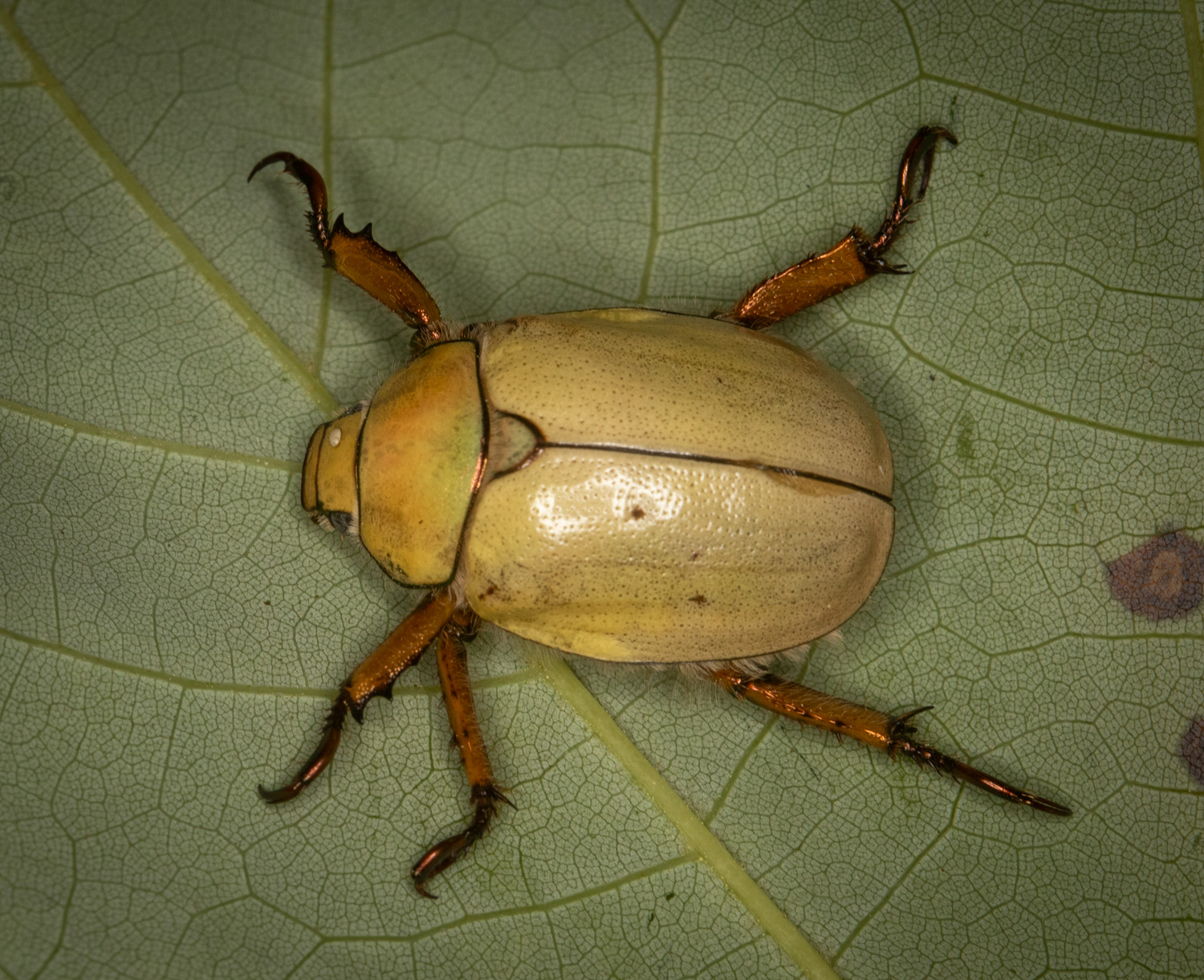
Goldsmith Beetle
|
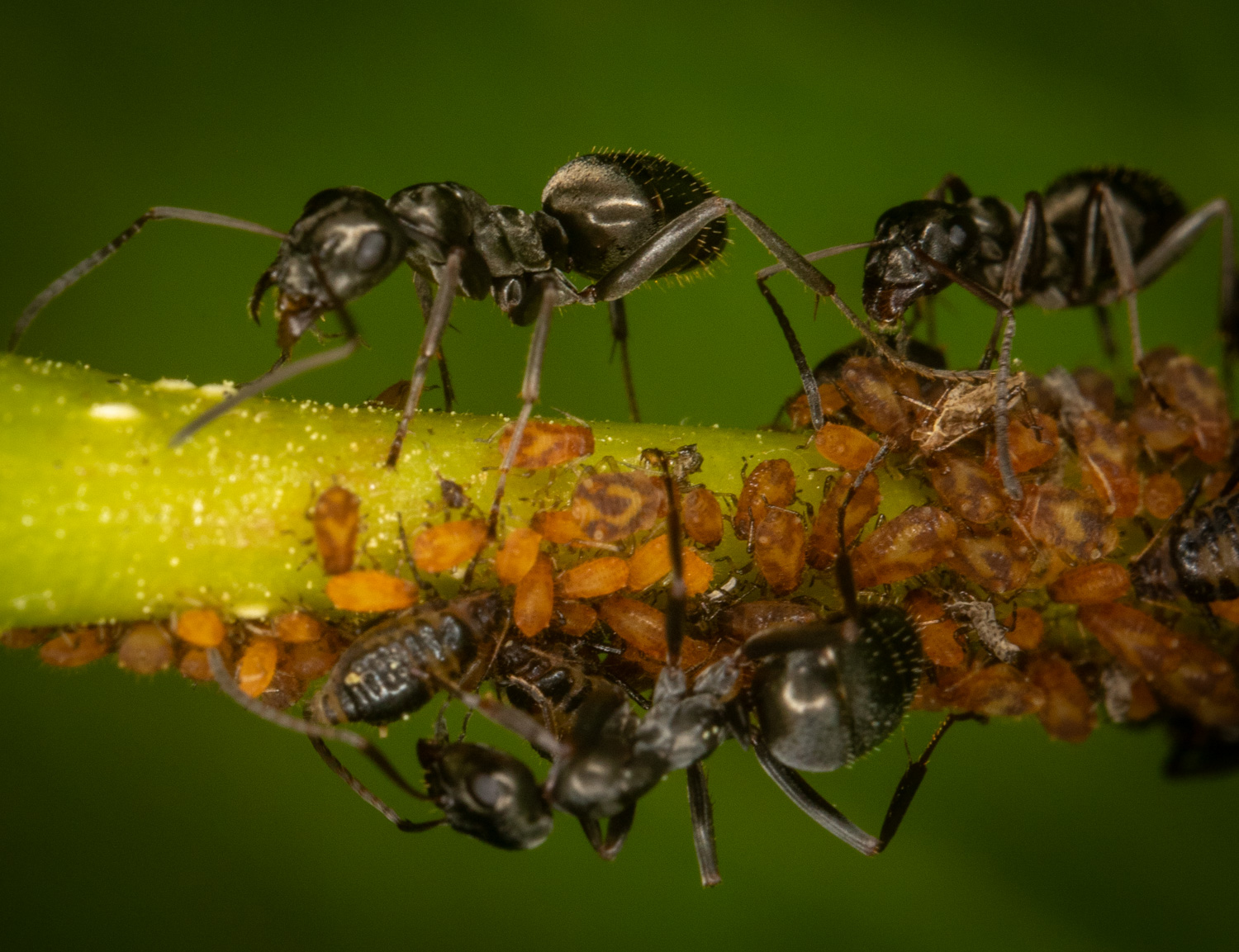
Formica fusca and smoky poplar aphids
|
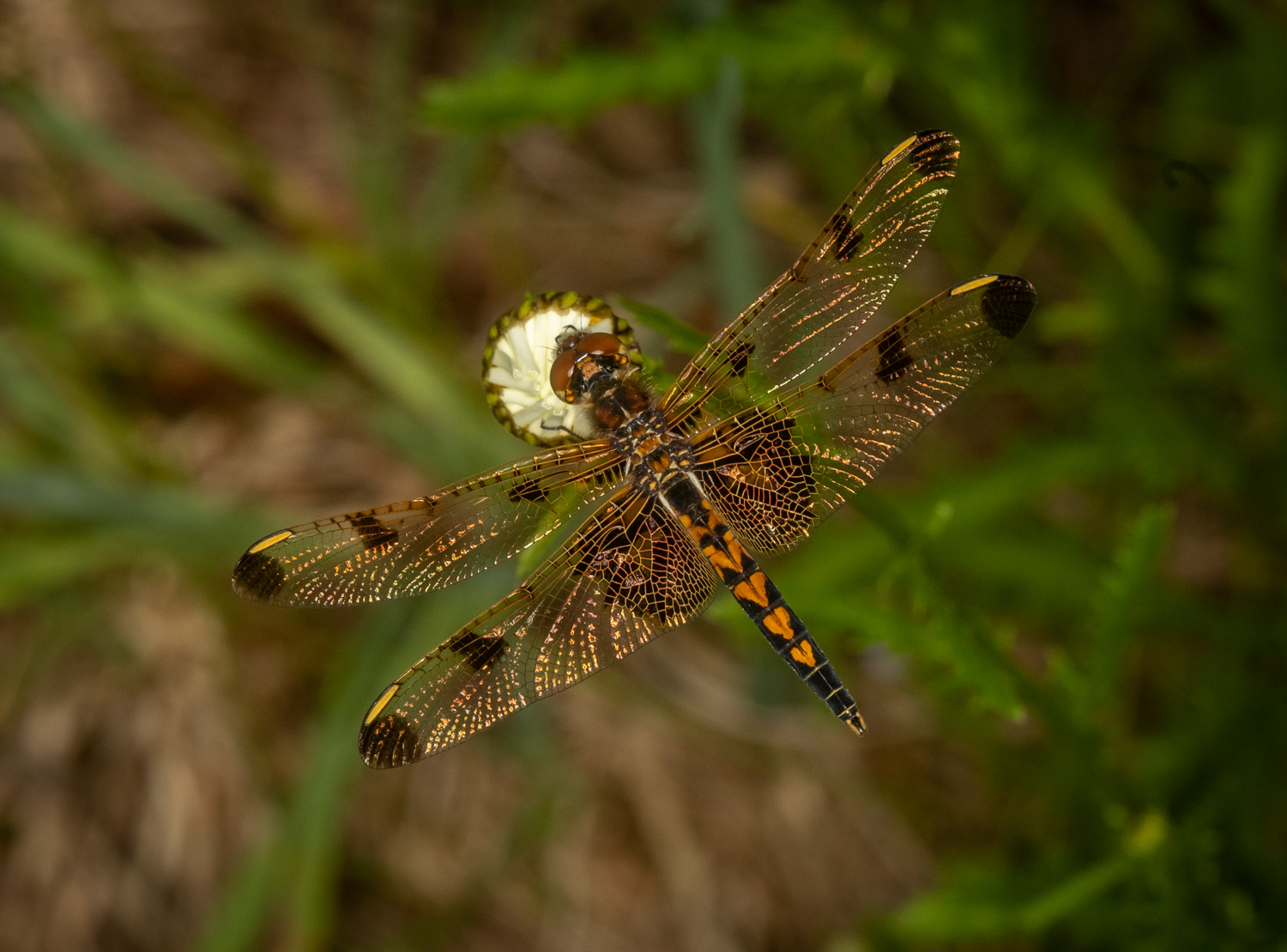
Calico Pennant
|
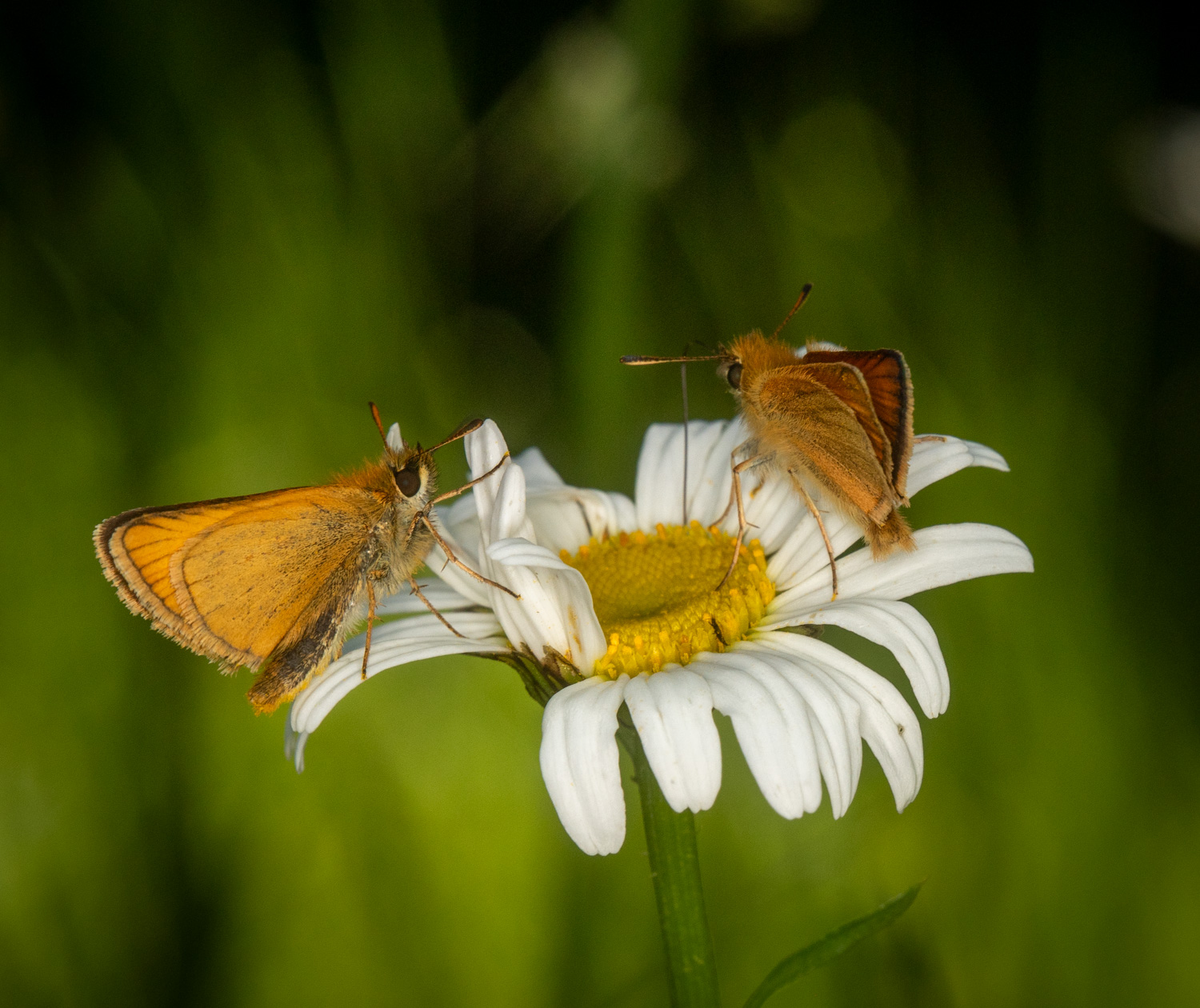
European skipper
|
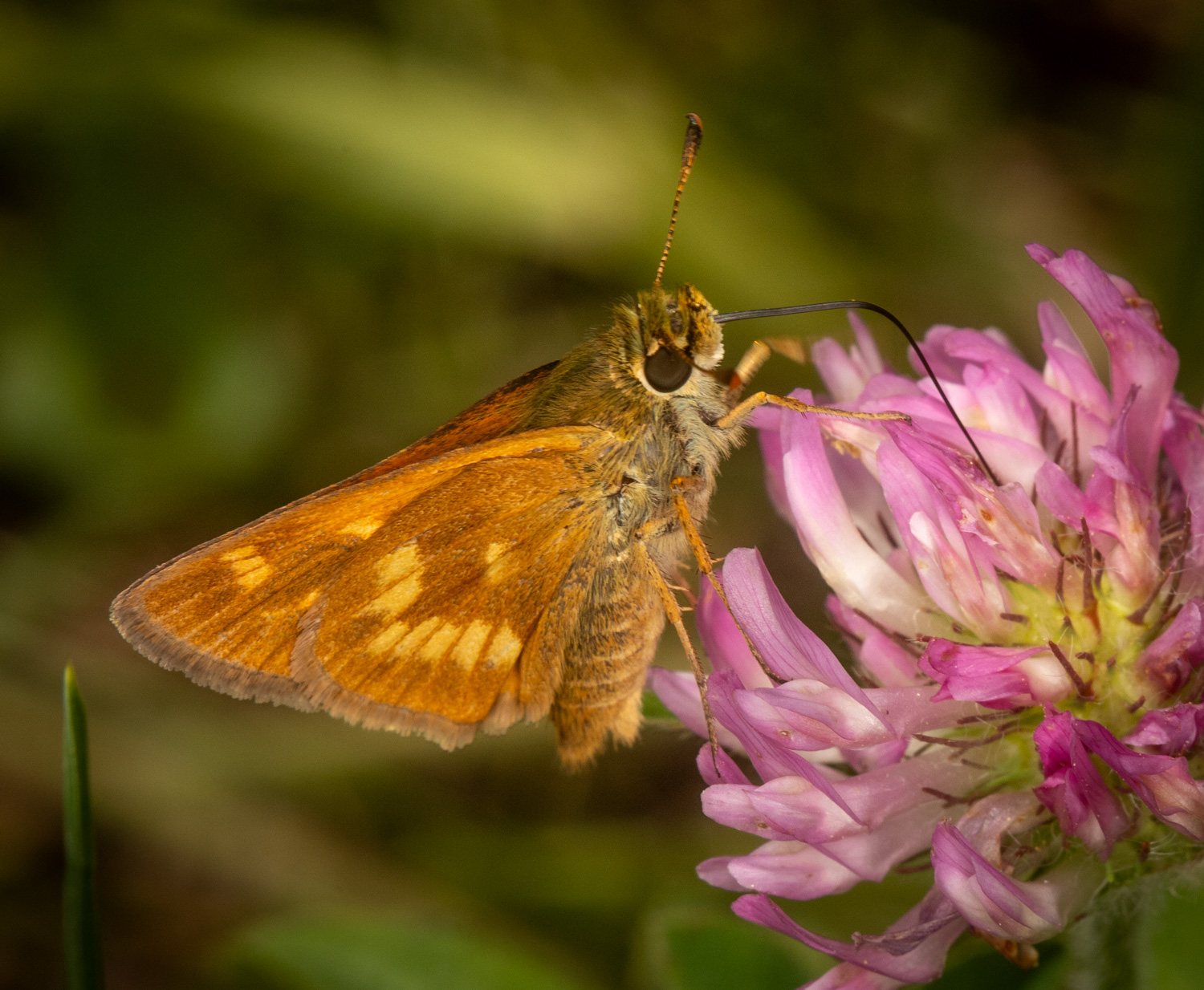
Long dash skipper
|

Trachandrena
|
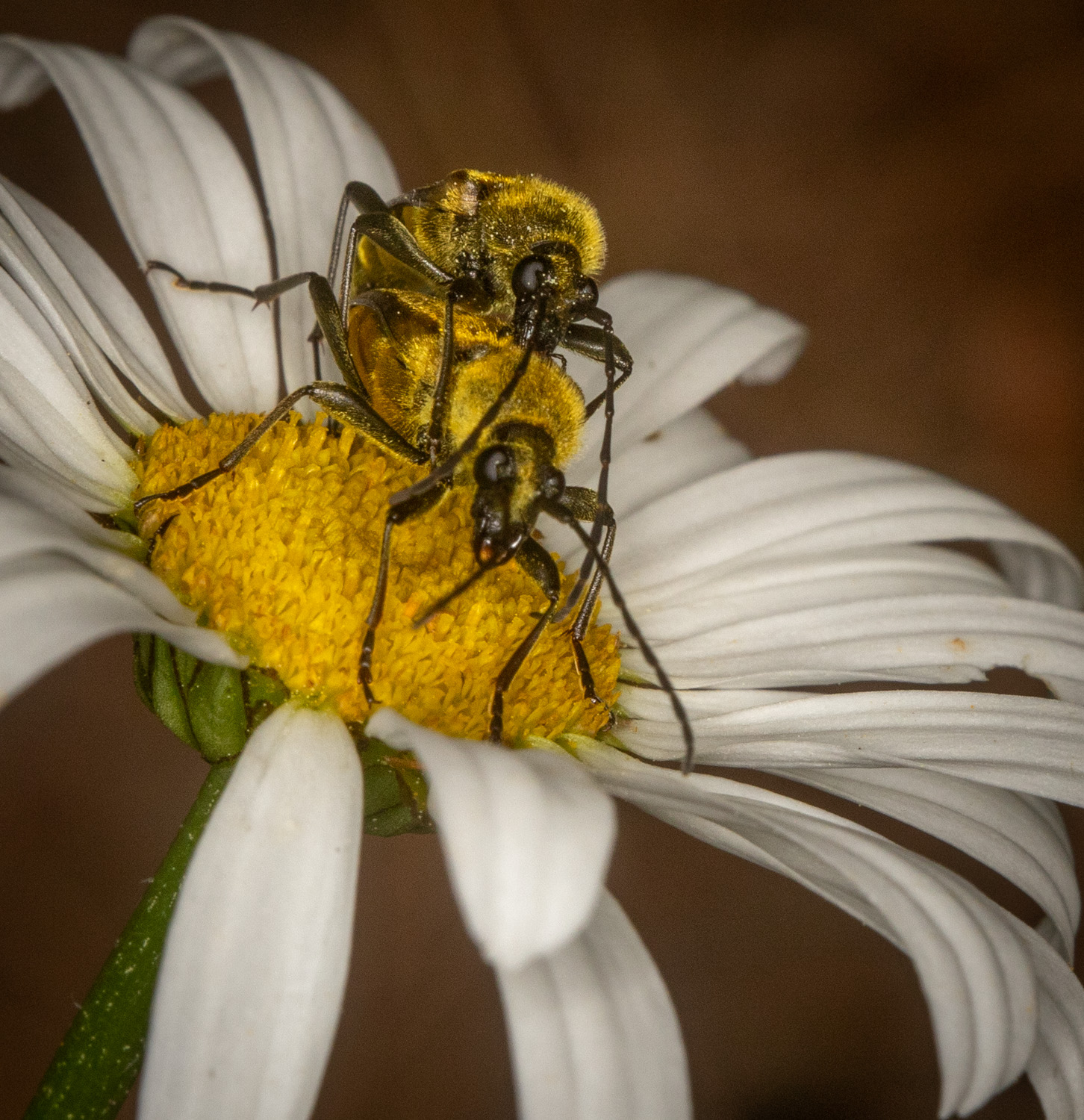
Yellow Velvet Beetle
|

Black firefly
|
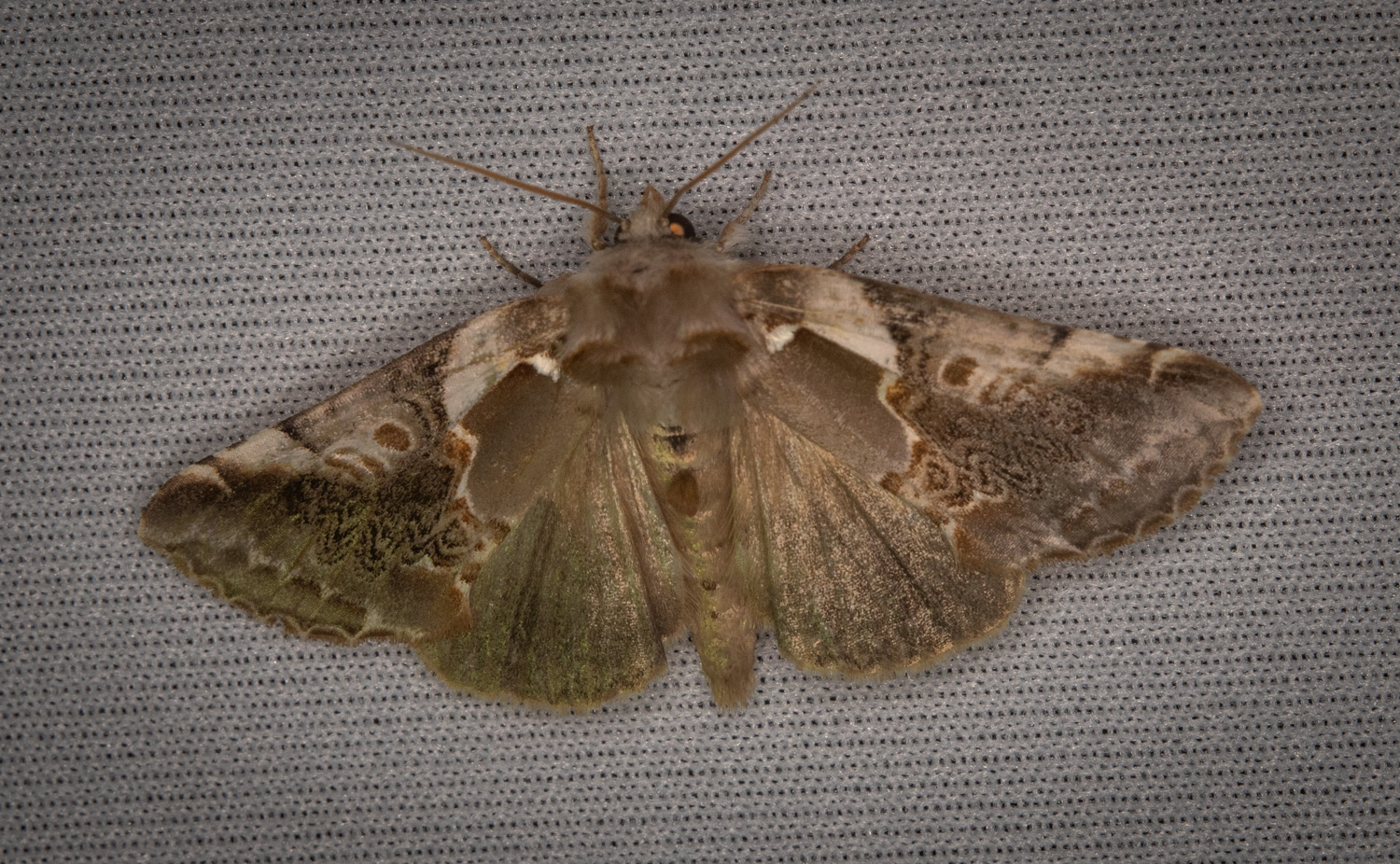
Glorius Habrosyne
|
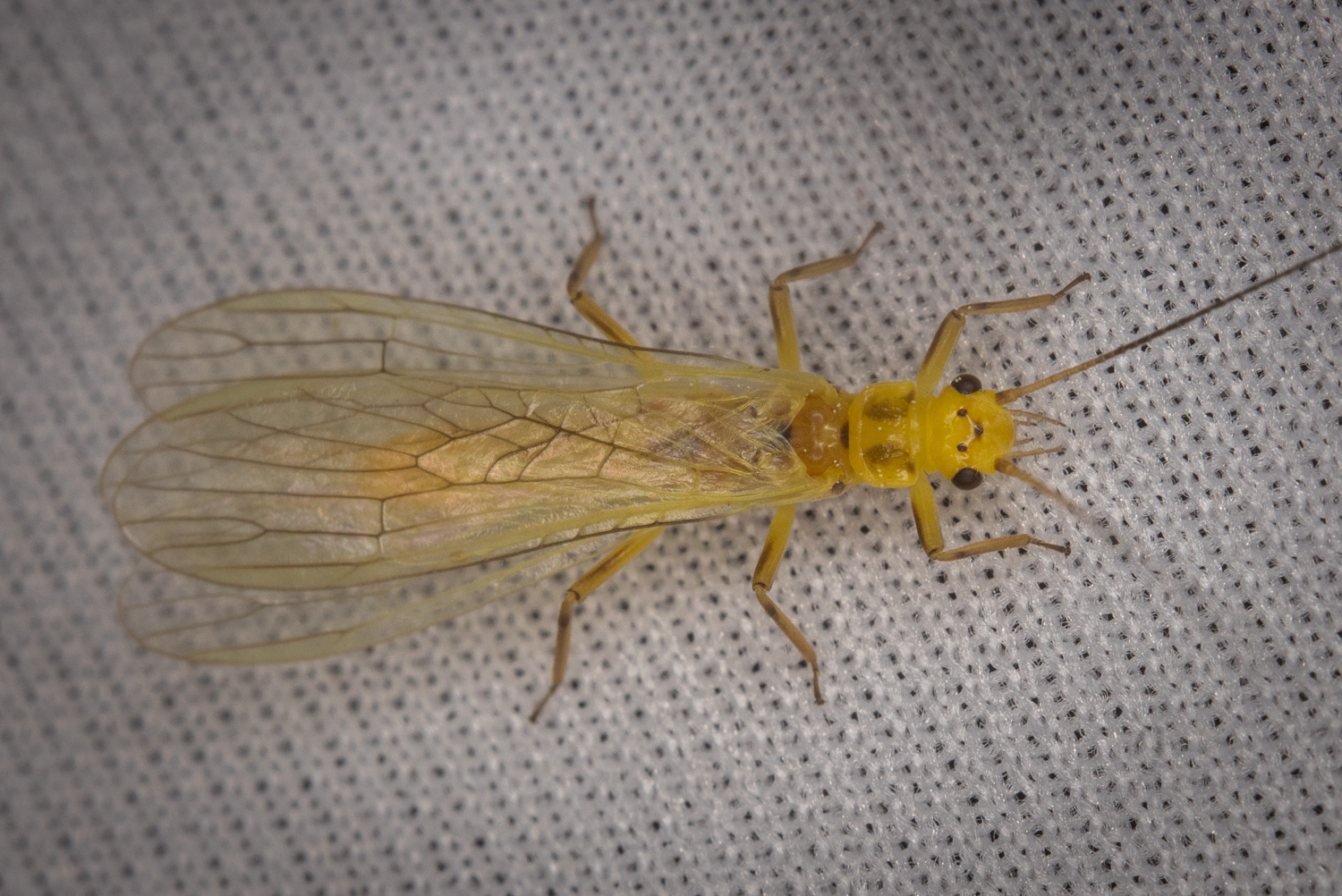
Stonefly, Isoperla sp.
|

June beetle, Dichelonyx sp.
|
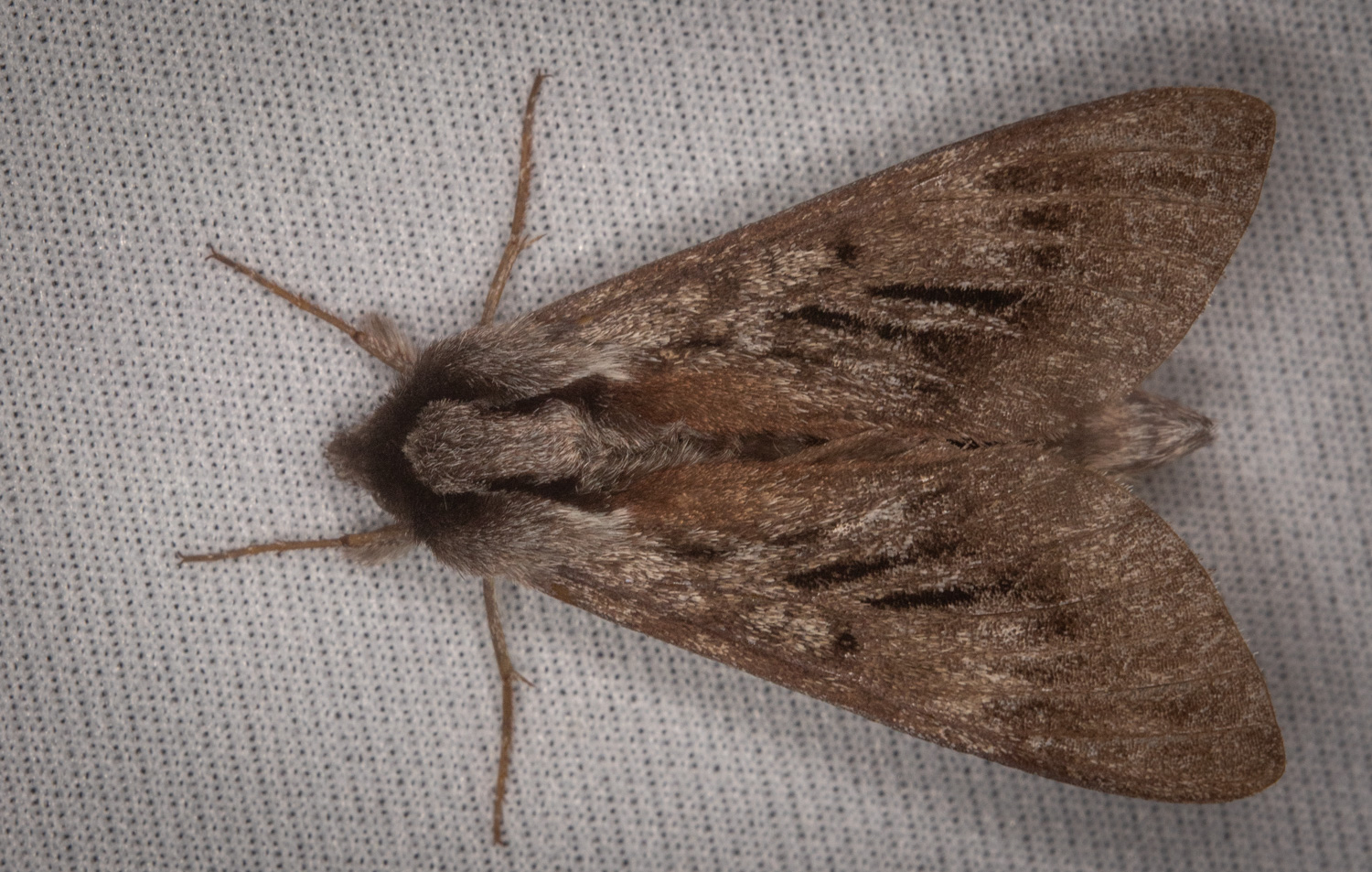
Northern Pine Sphinx
|
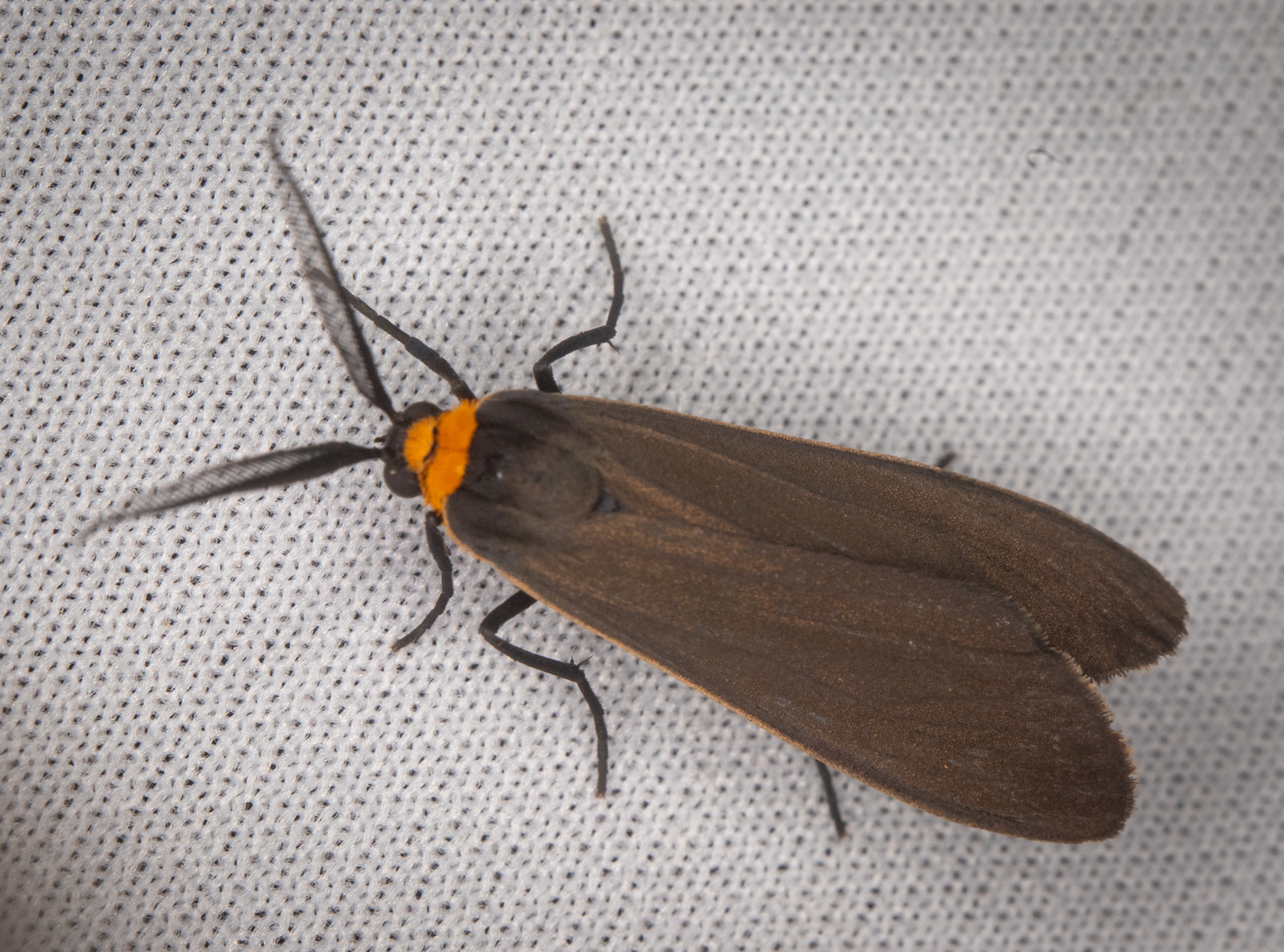
Yellow collared scape moth
|
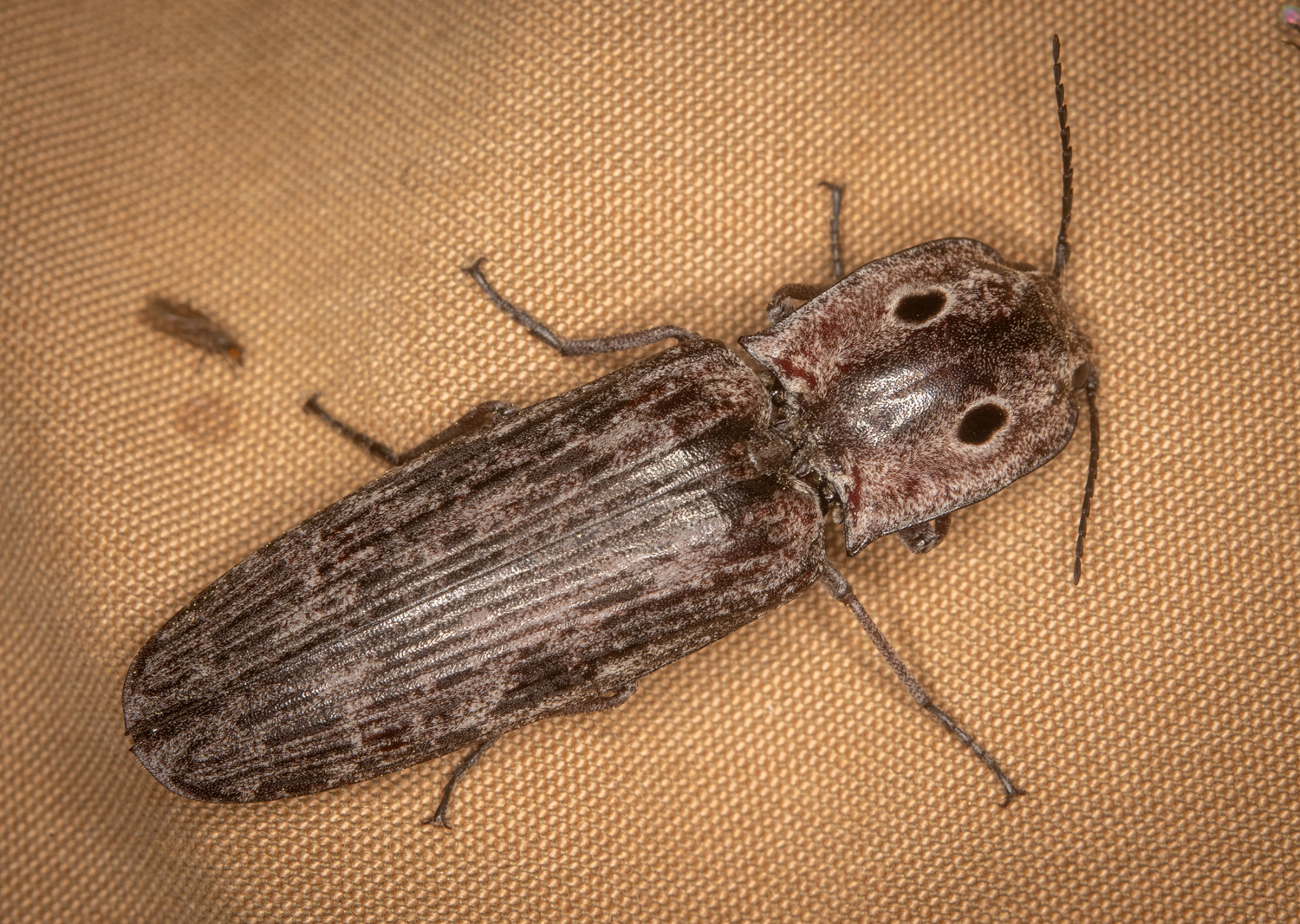
Small-eyed Click Beetle
|
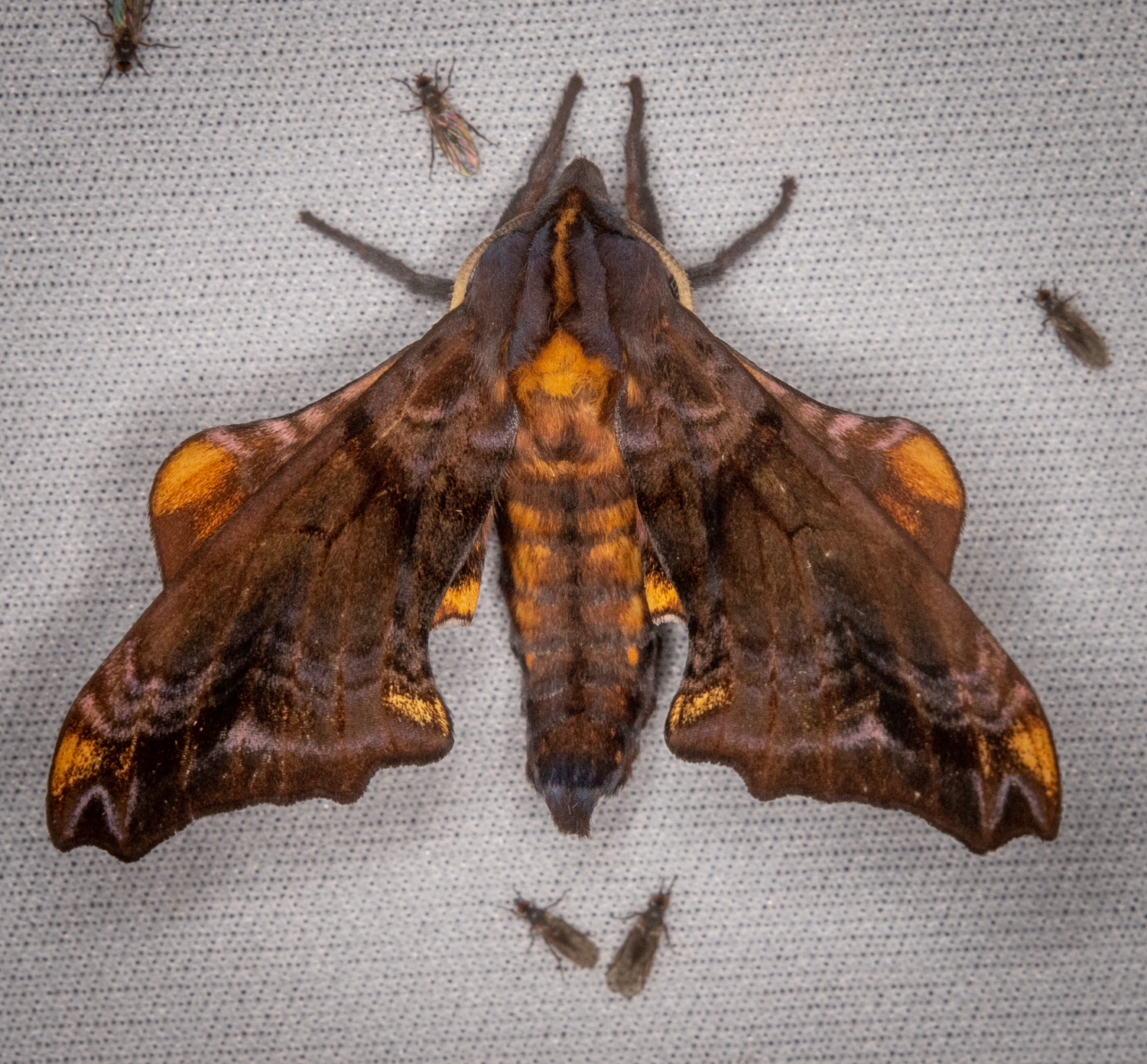
Small-eyed Sphinx
|

Twin-spotted Sphinx
|
Light sheetThe biodiversity you can observe just walking around will yield a biased sample. You won't see: beetles, ants, and spiders that would show up in a pitfall trap; the considerable biomass of beetles that live inside trees; or all of the rove beetles that would come to rotting-liver bait. Night flying moths are another cryptic group with a huge ecological role (just ask a songbird). These are easy to see if you shine UV spectrum light on a sheet. On any given night you might see big showy insects - silk moths, fish flies, maybe an eyed click beetle. You will surely see a slew of little moths, flies, and aquatic taxa that are no less spectacular. |
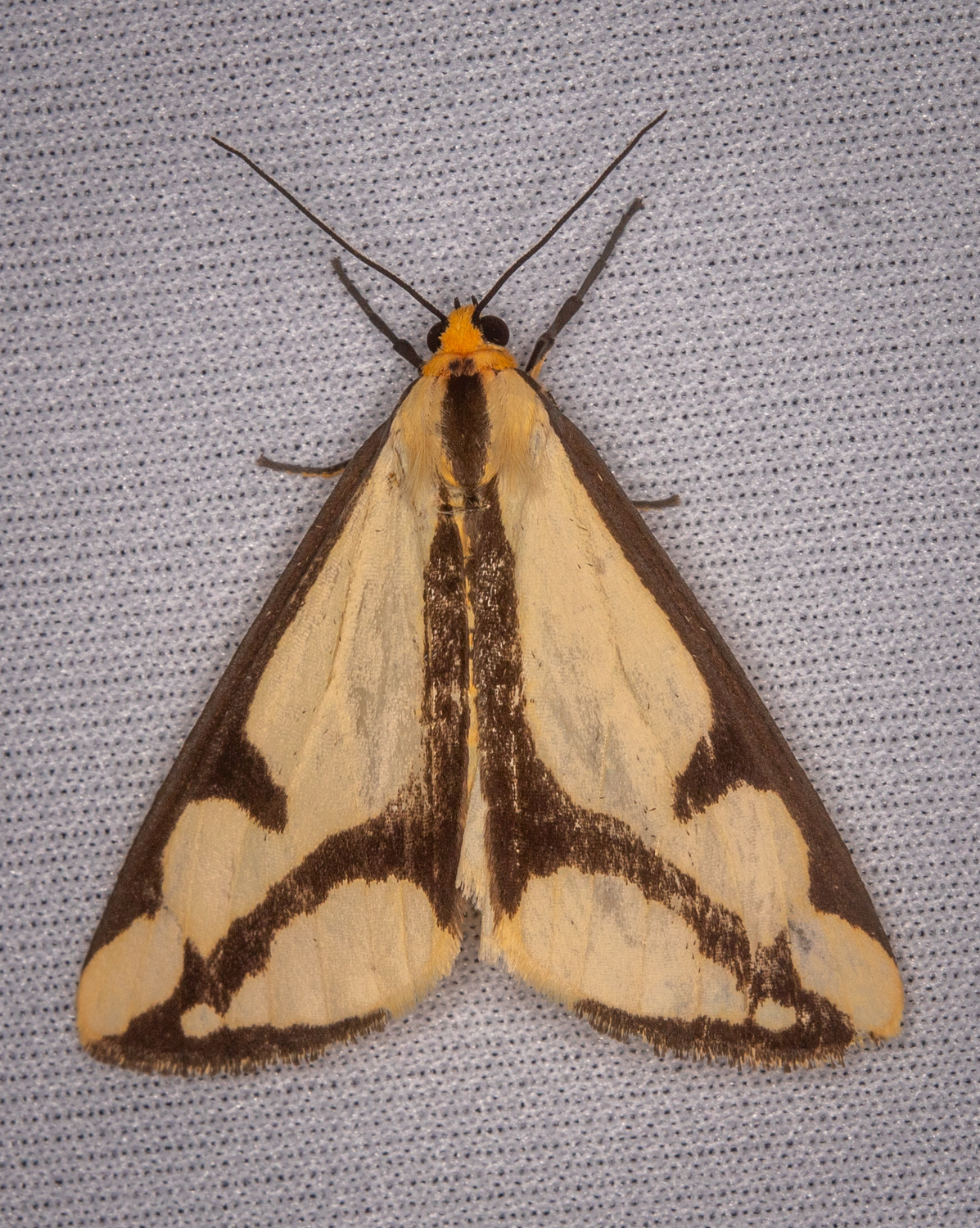
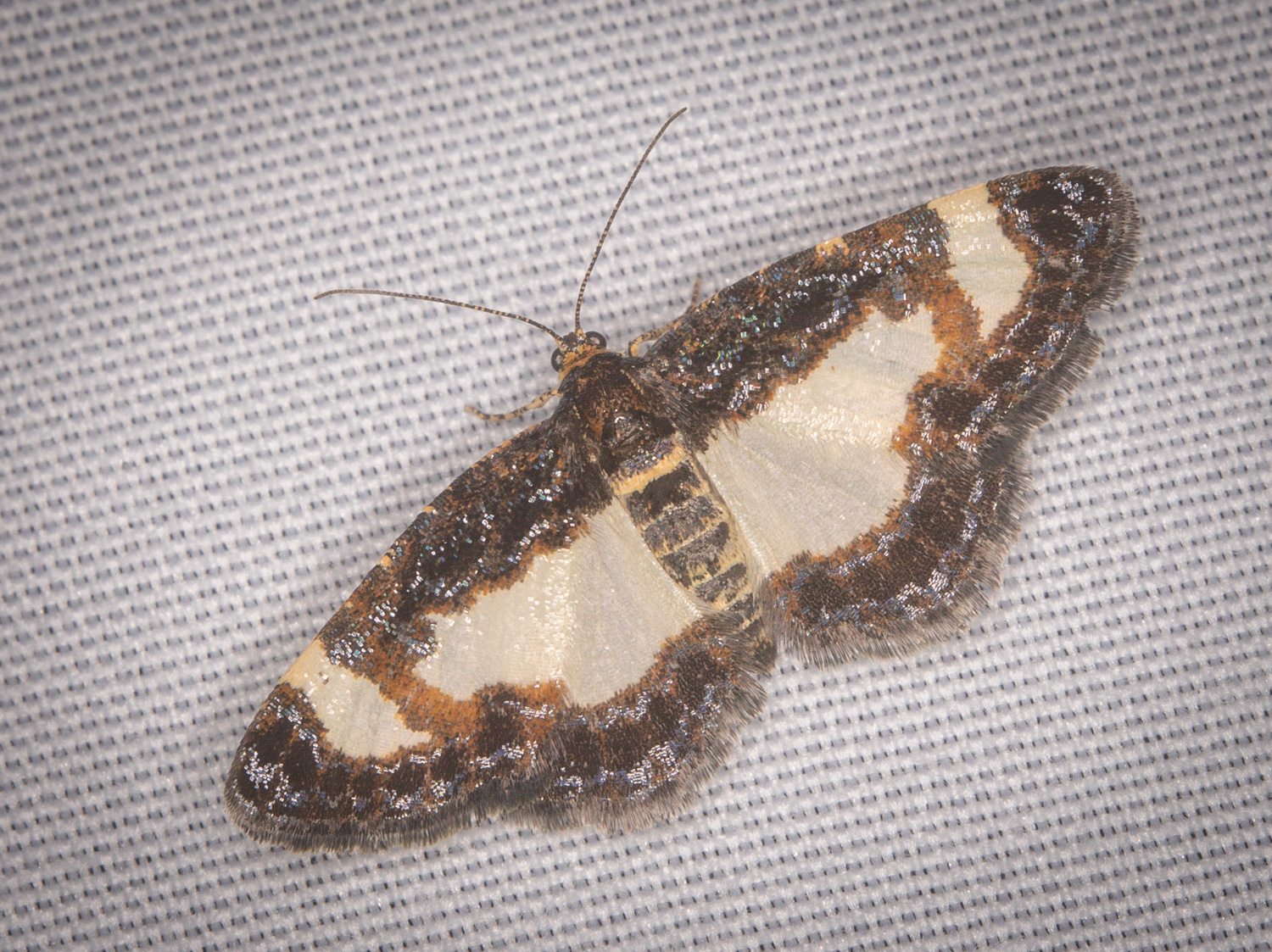
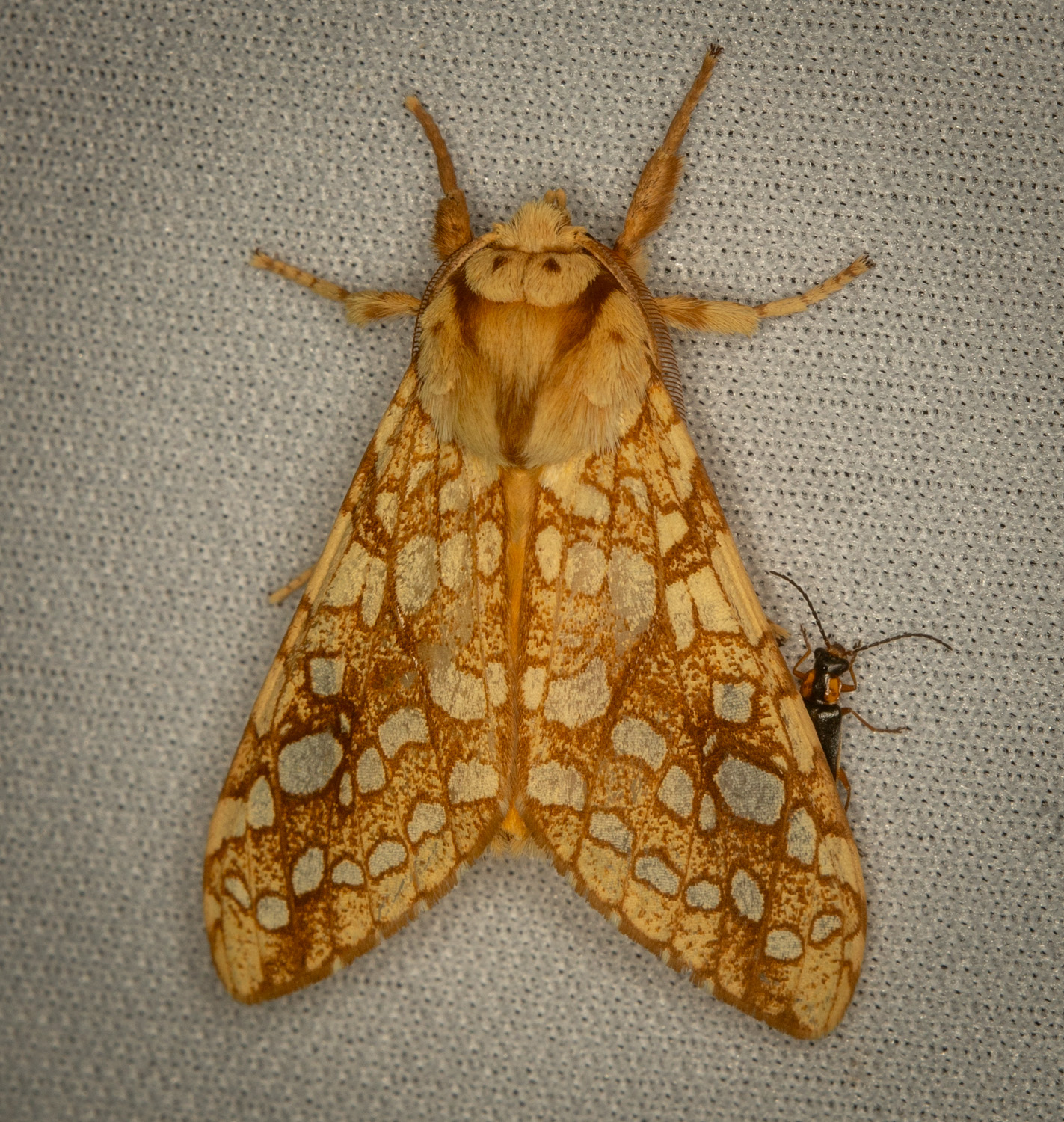
|

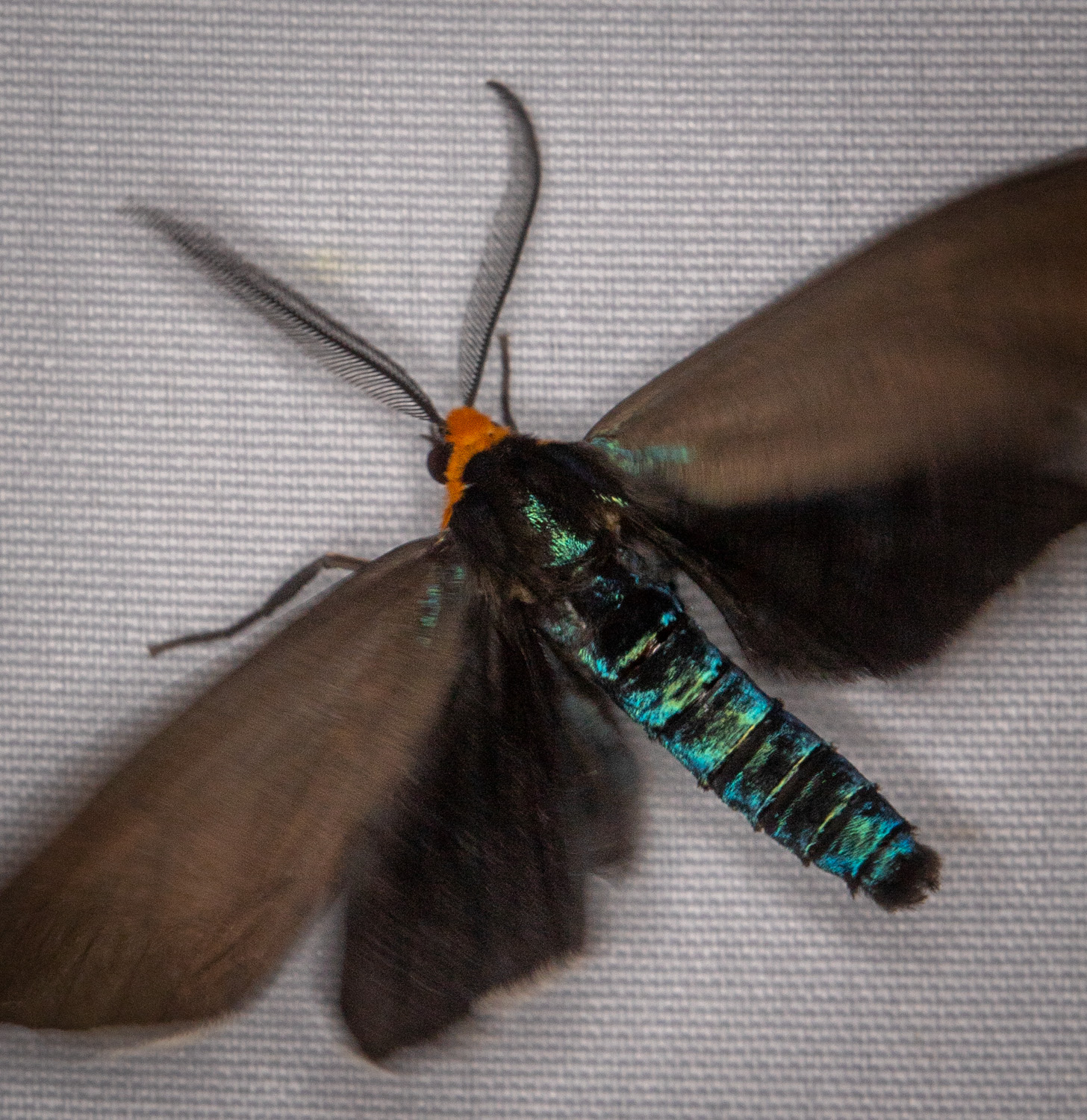

|
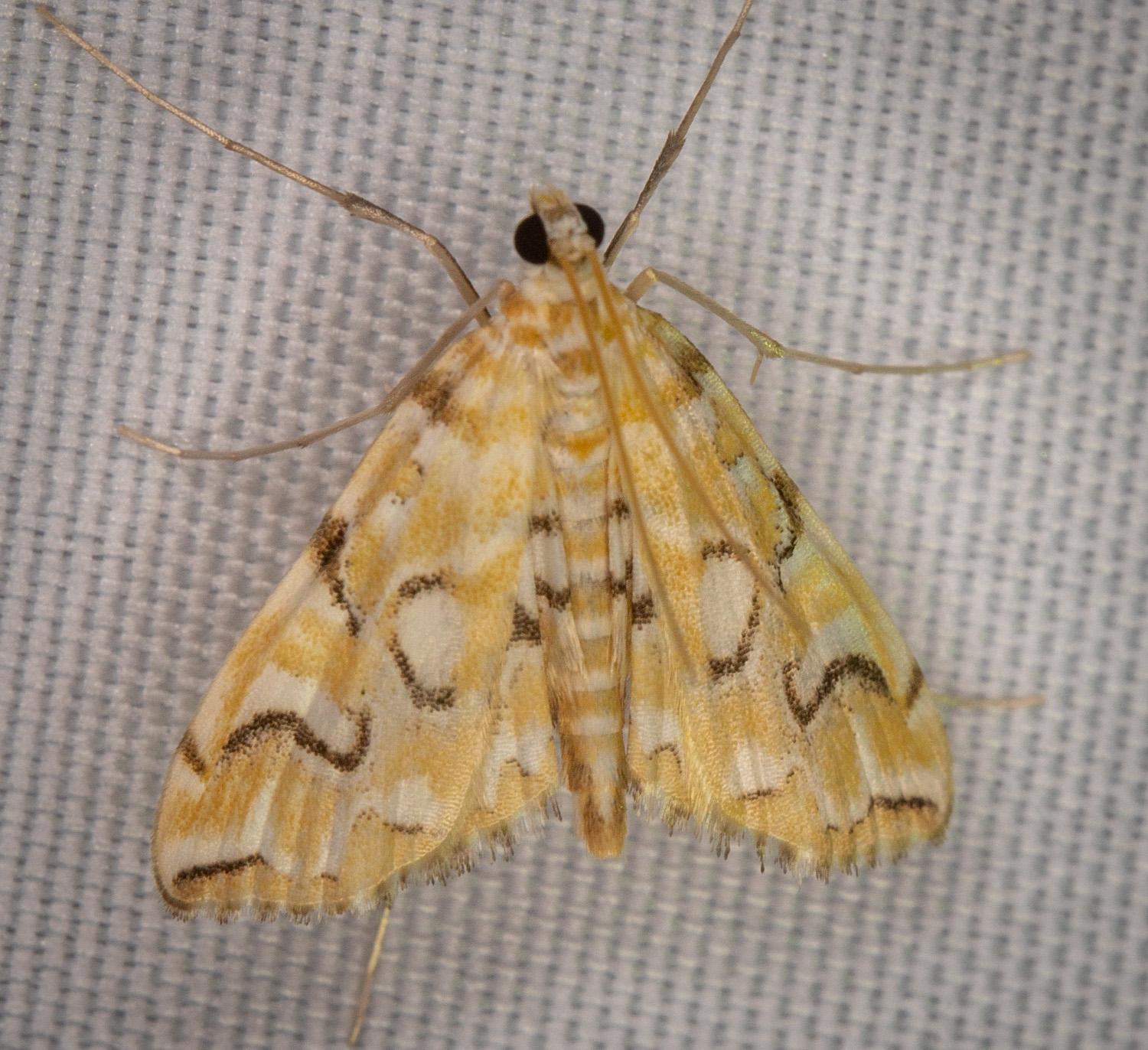
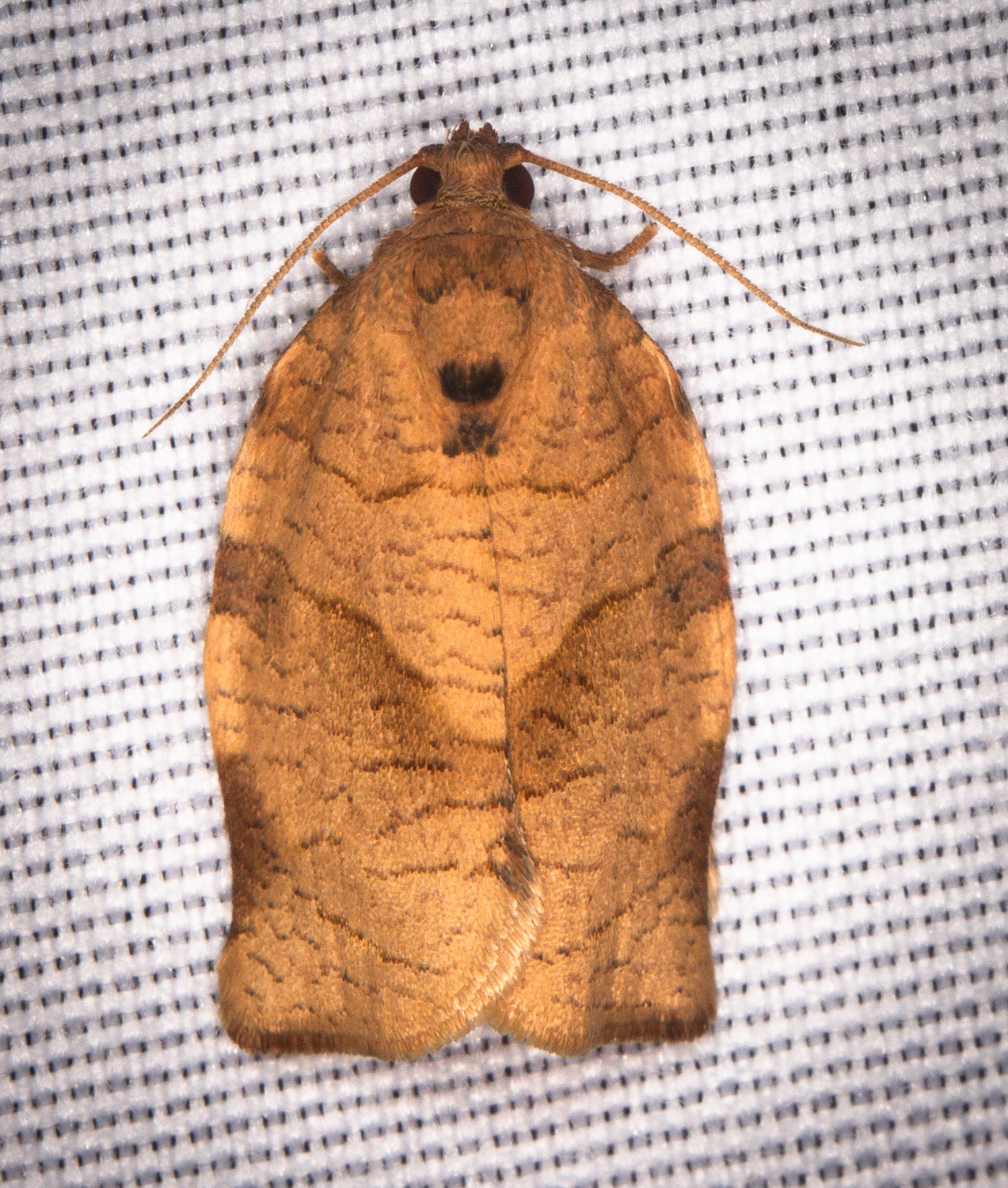
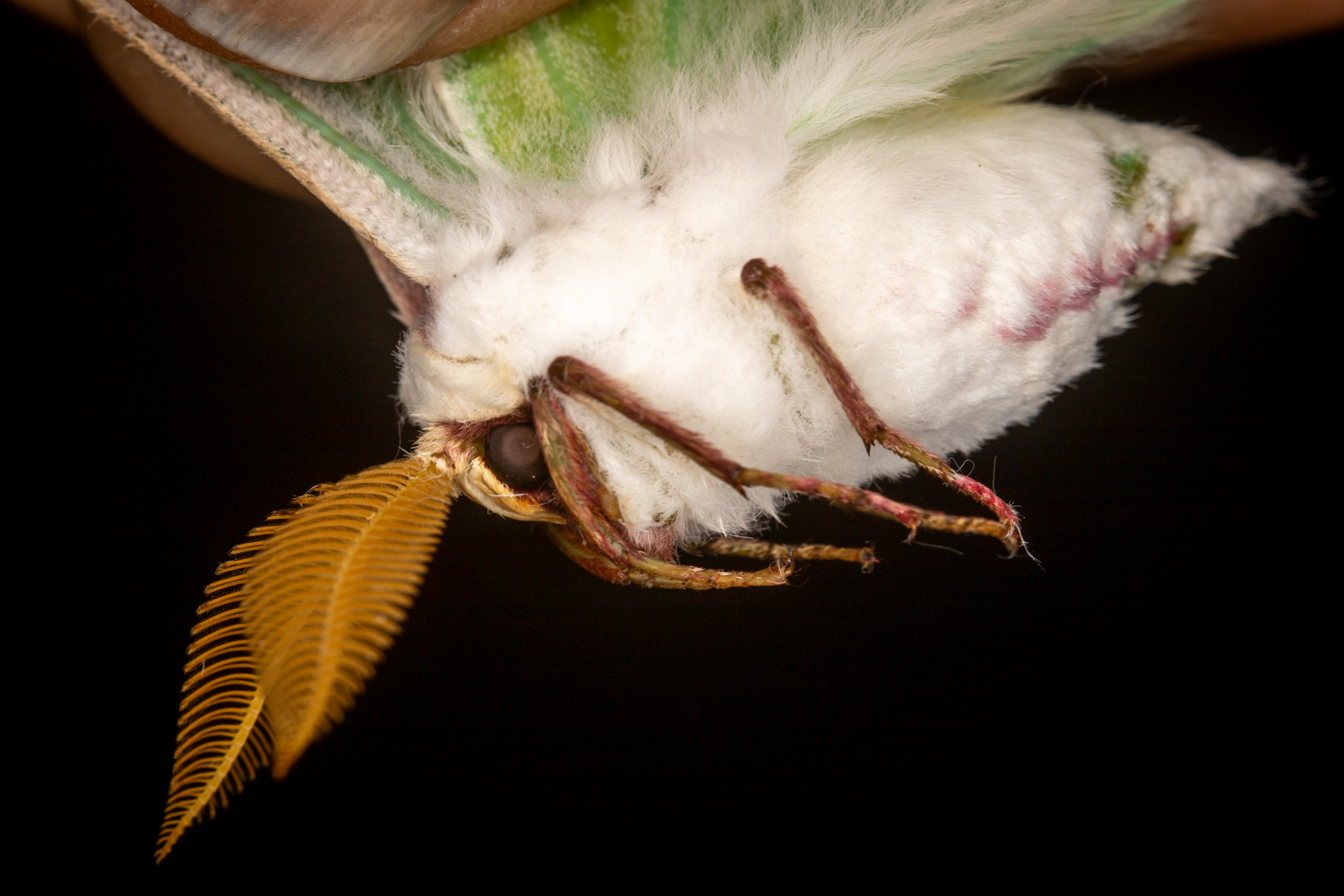
|
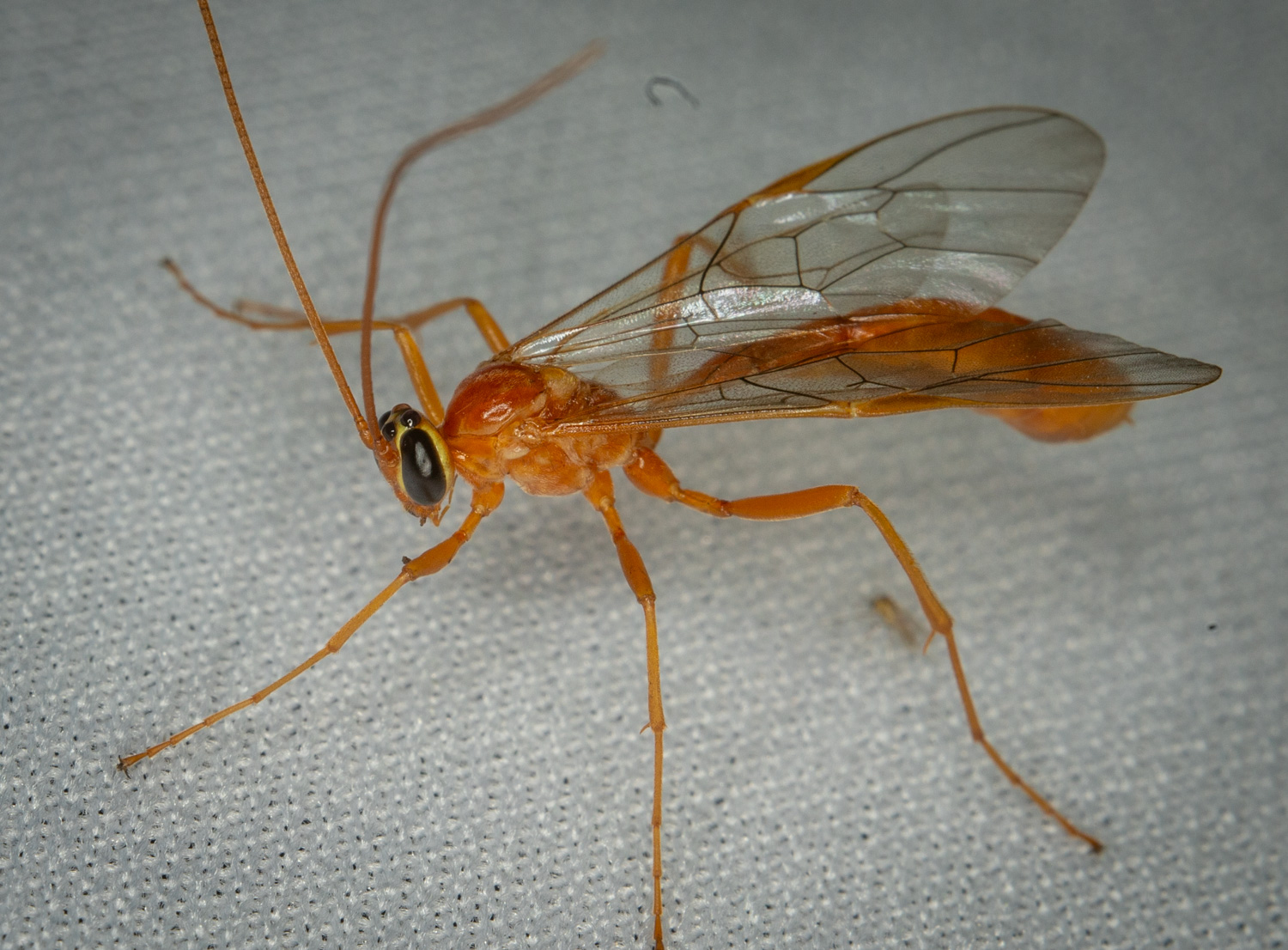

 <
<
|
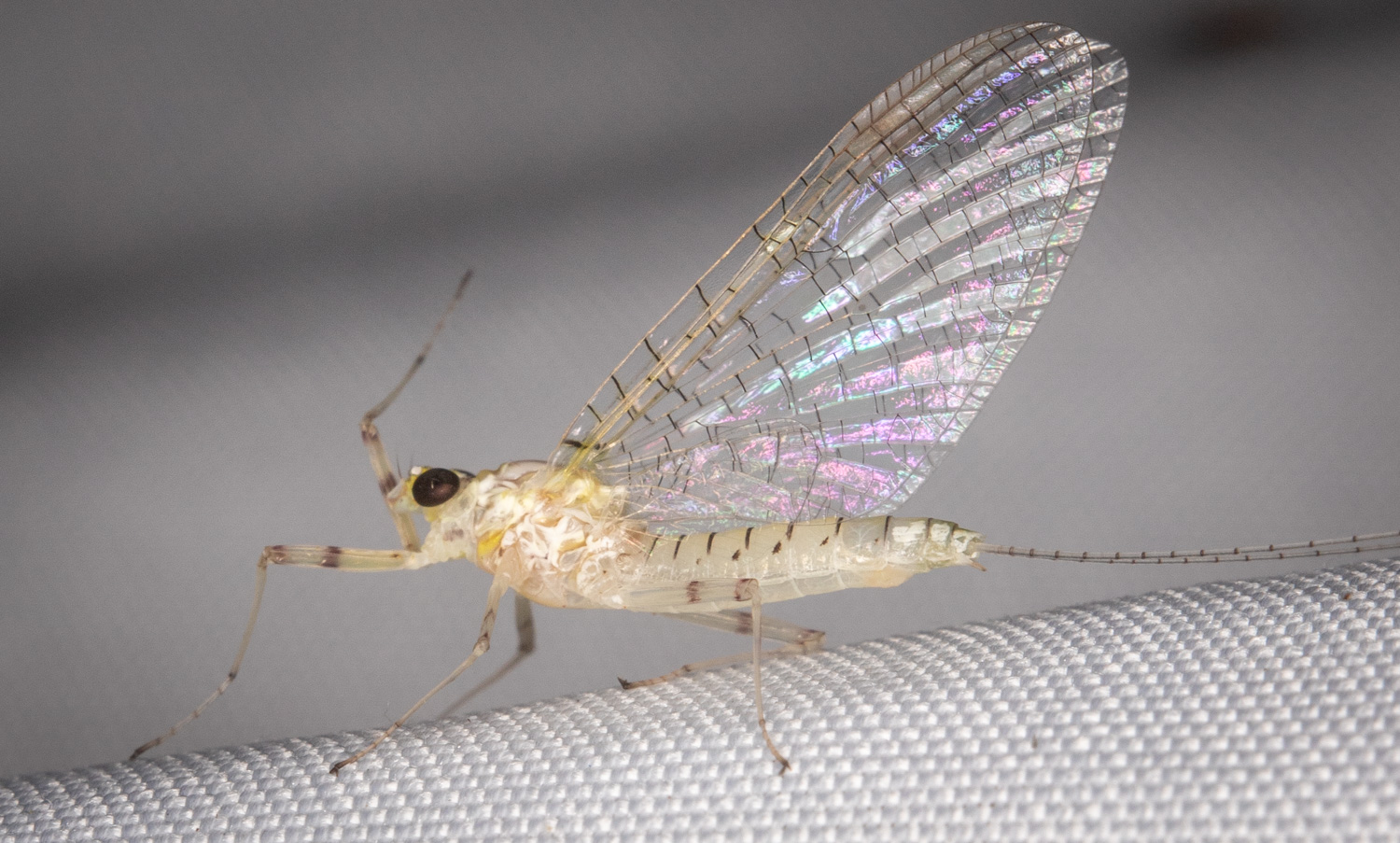
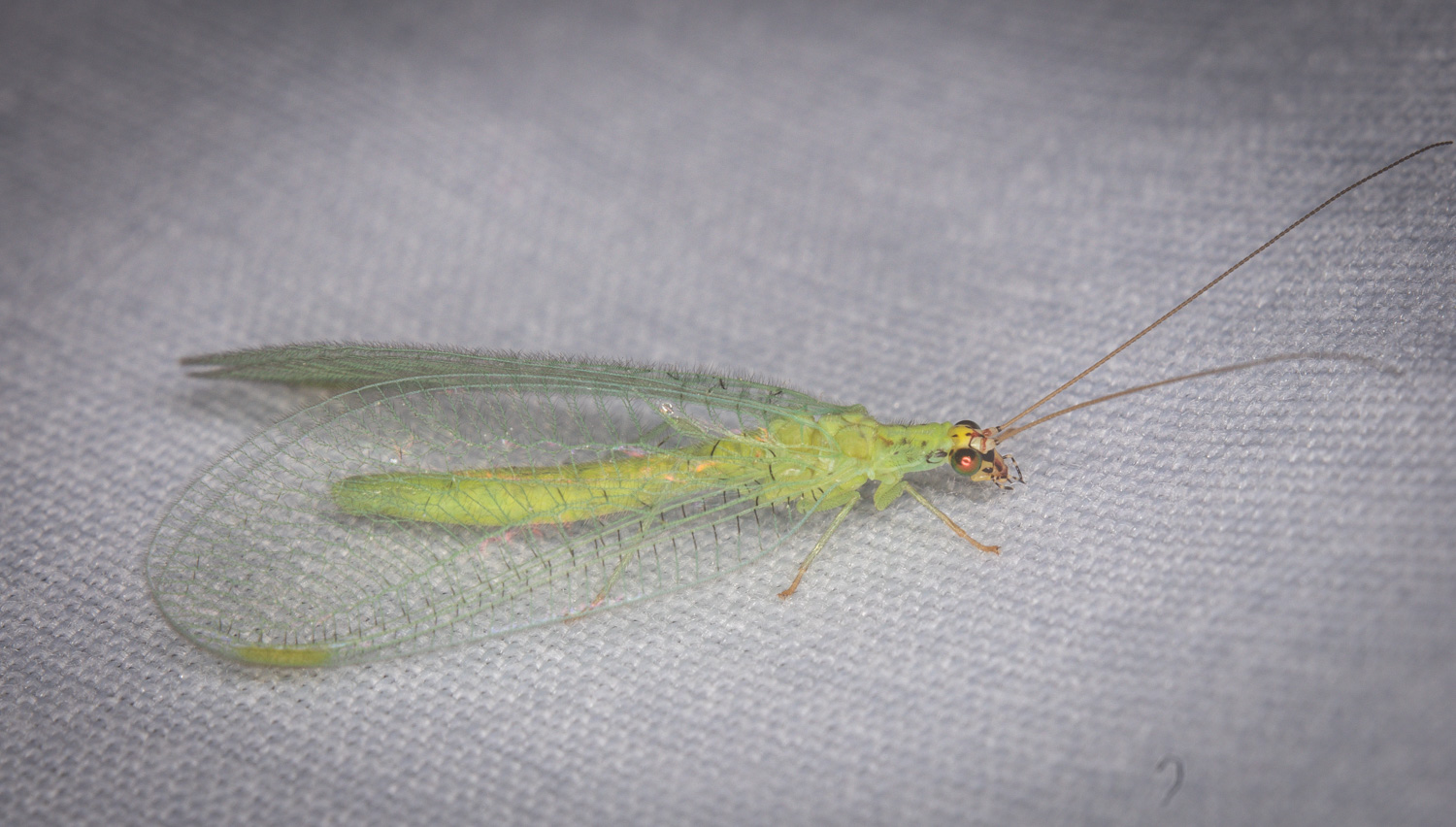
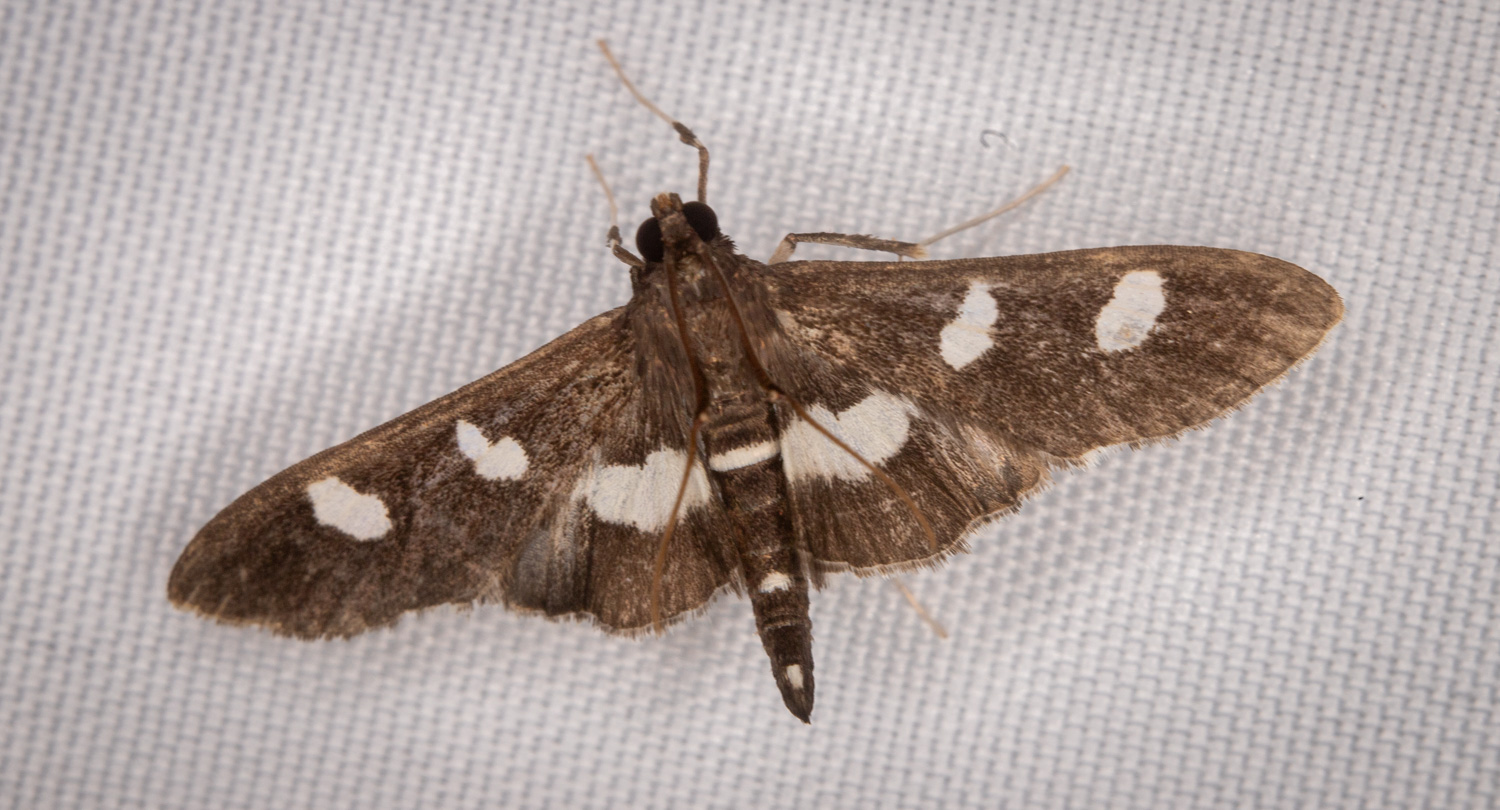
|
Legacy PreservesI have been working with Legacy Land Conservancy, which protects Ann Arbor area green space through conservation easements and 8 dedicated preserves. 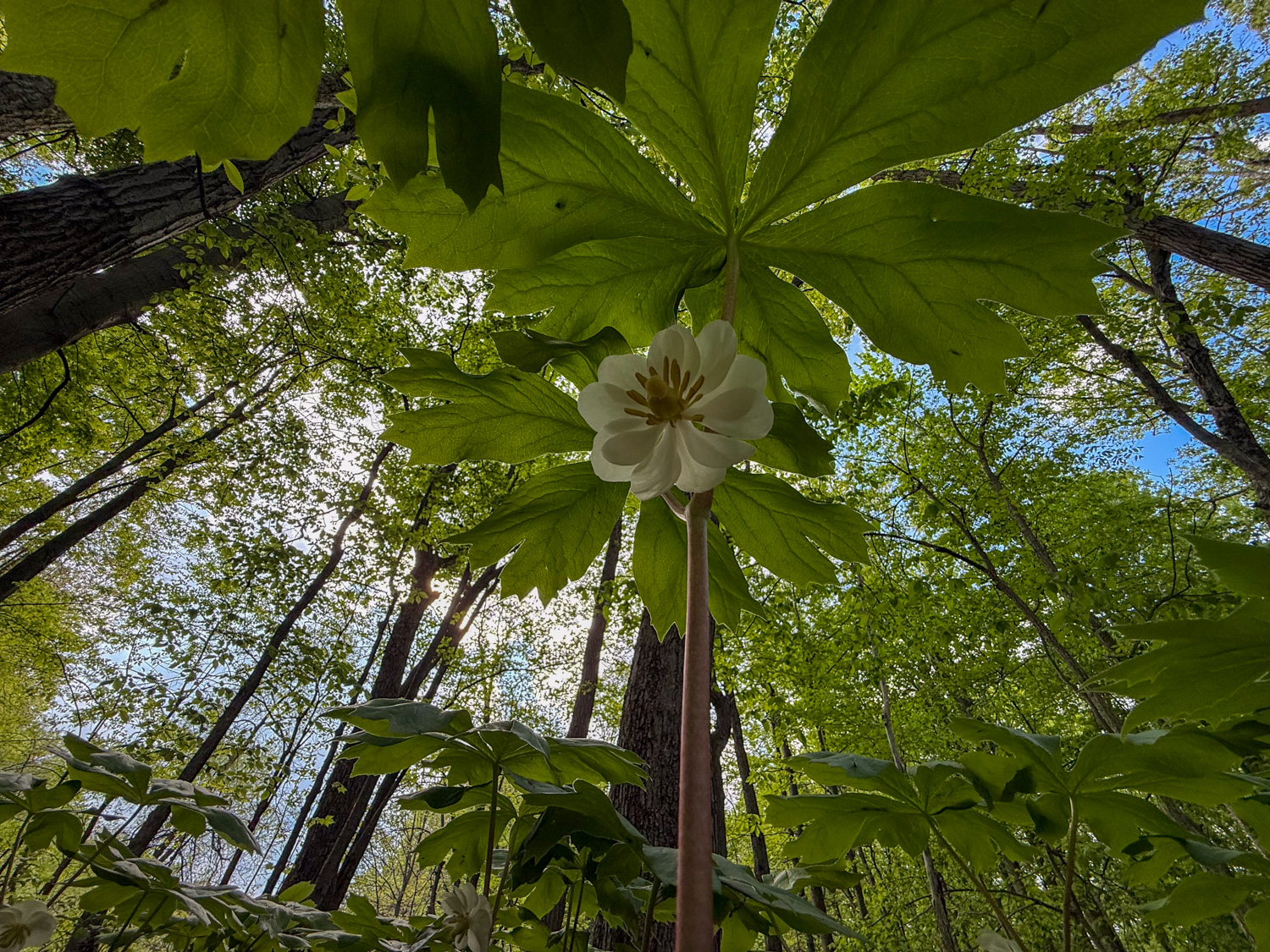
|
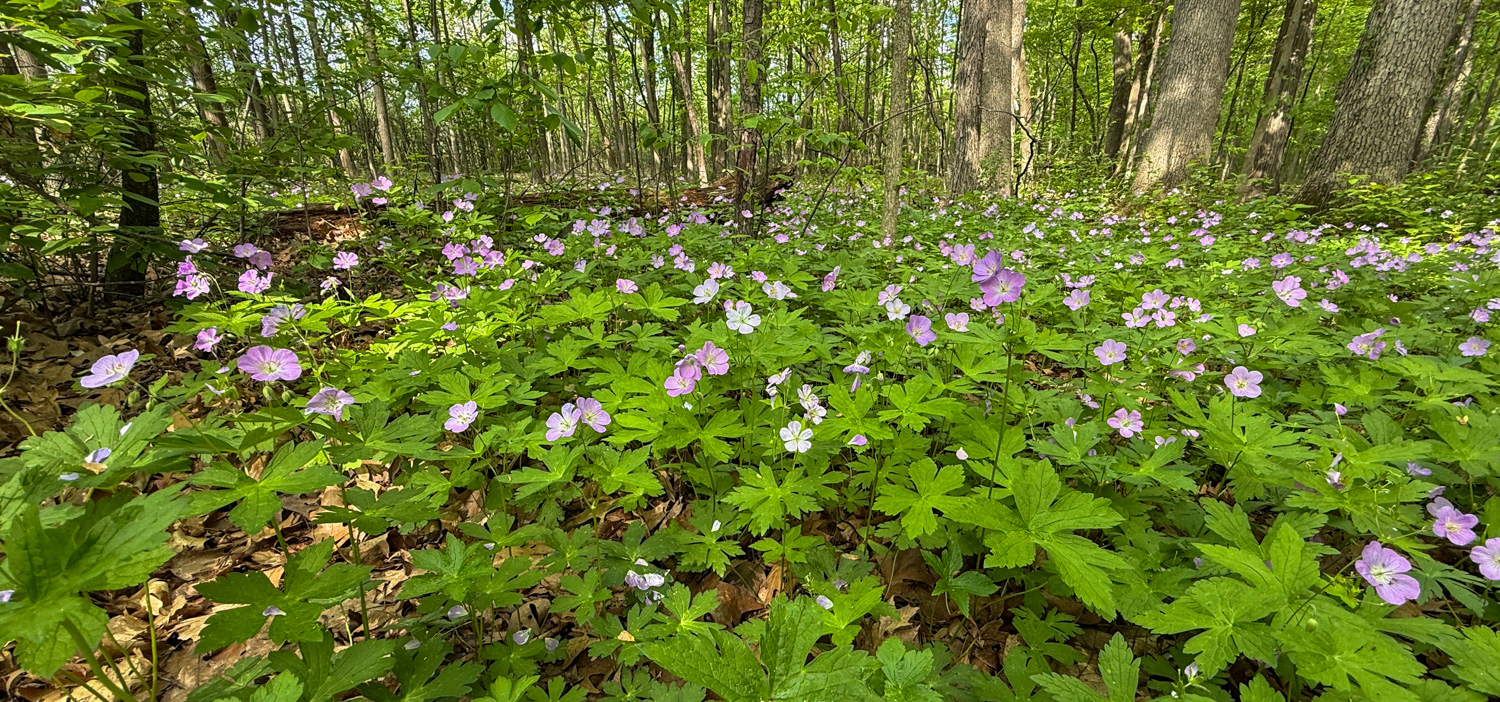
Lloyd and Mabel Johnson Preserve

|

Creekshead Preserve
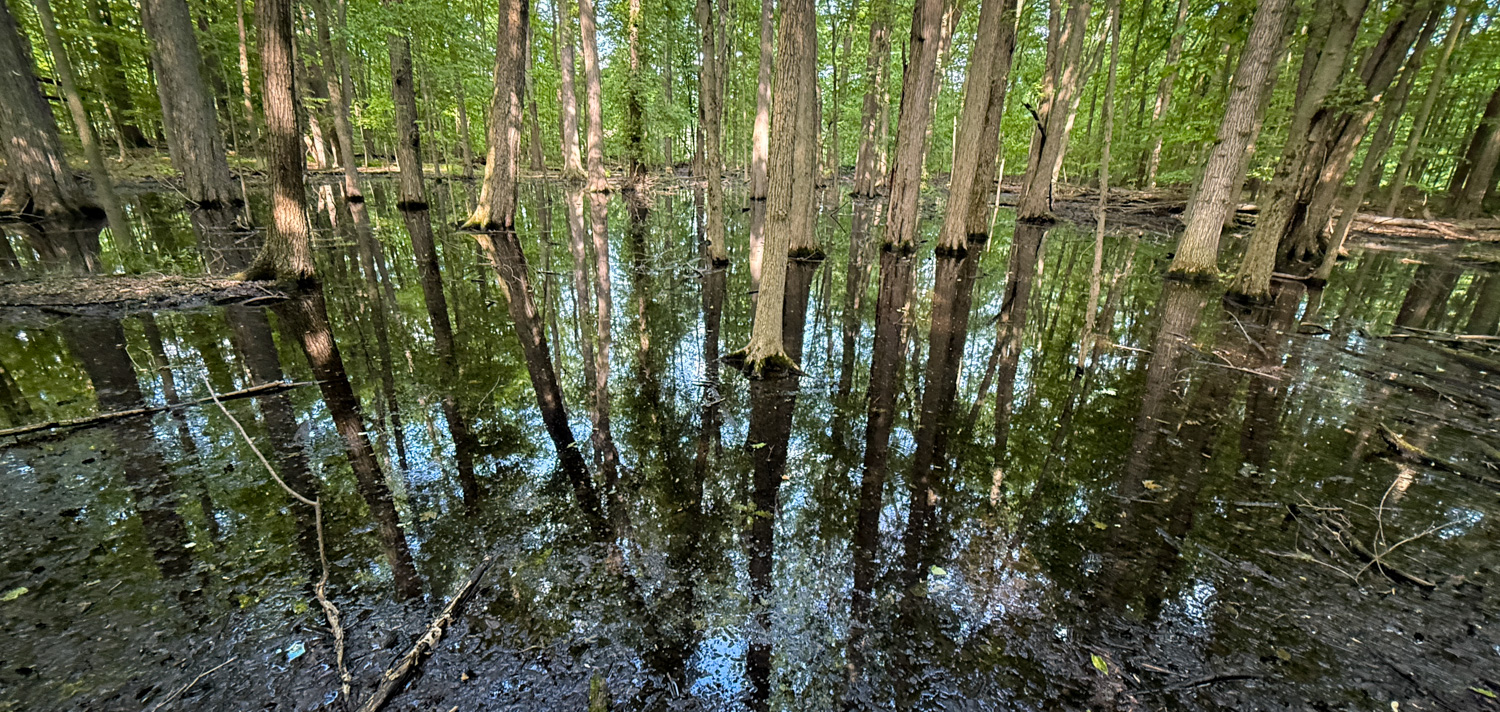
|

|
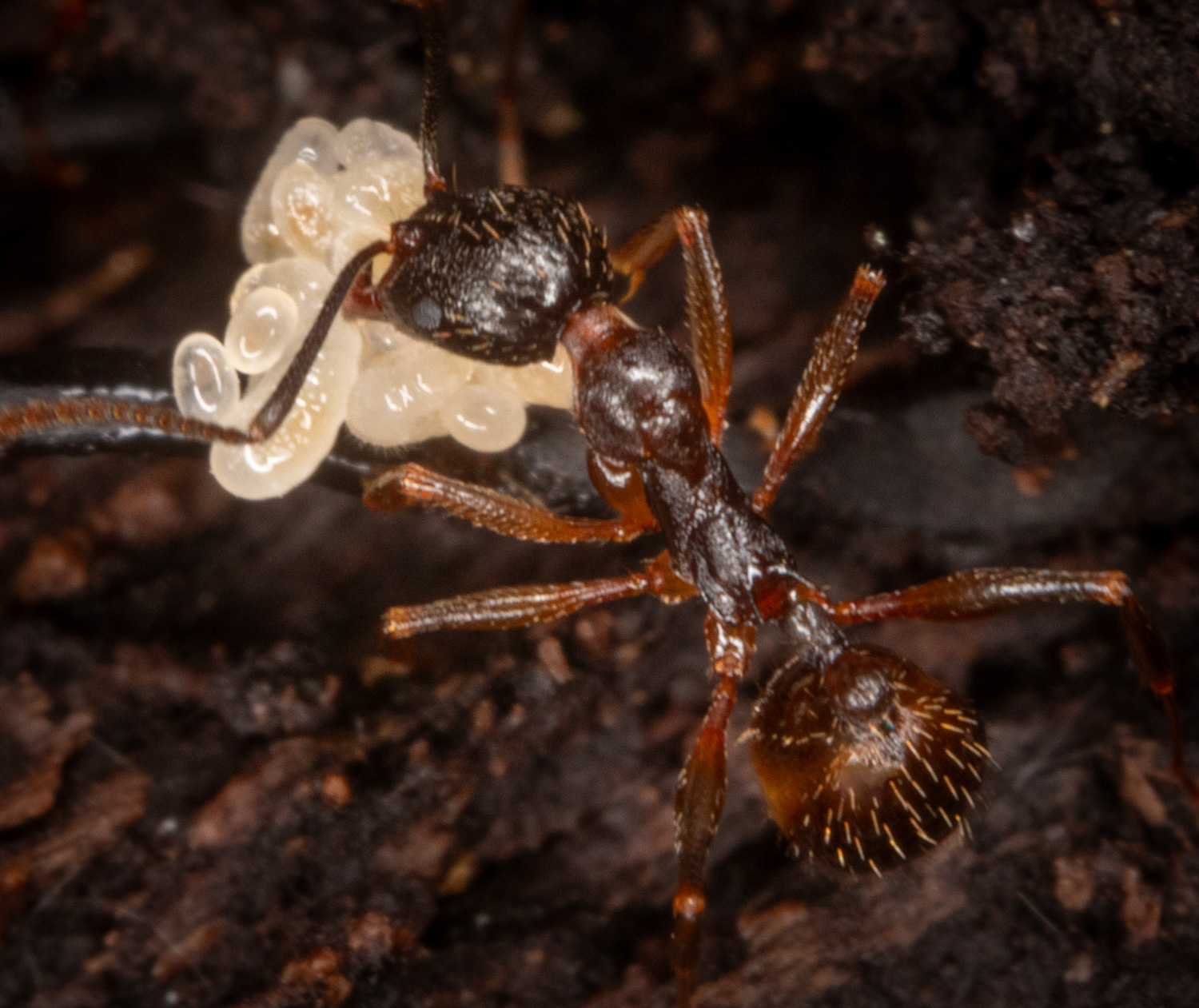
|
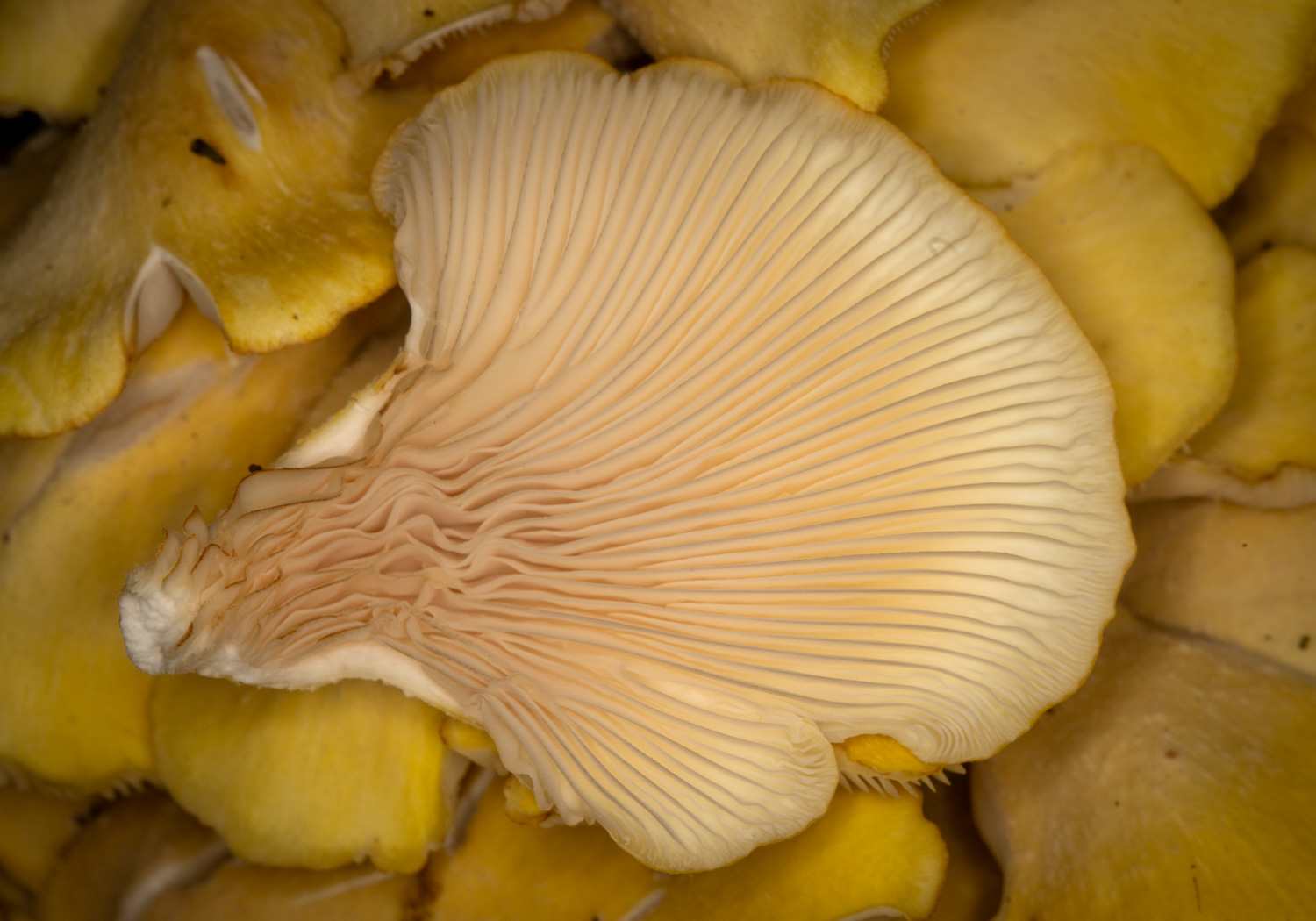
|
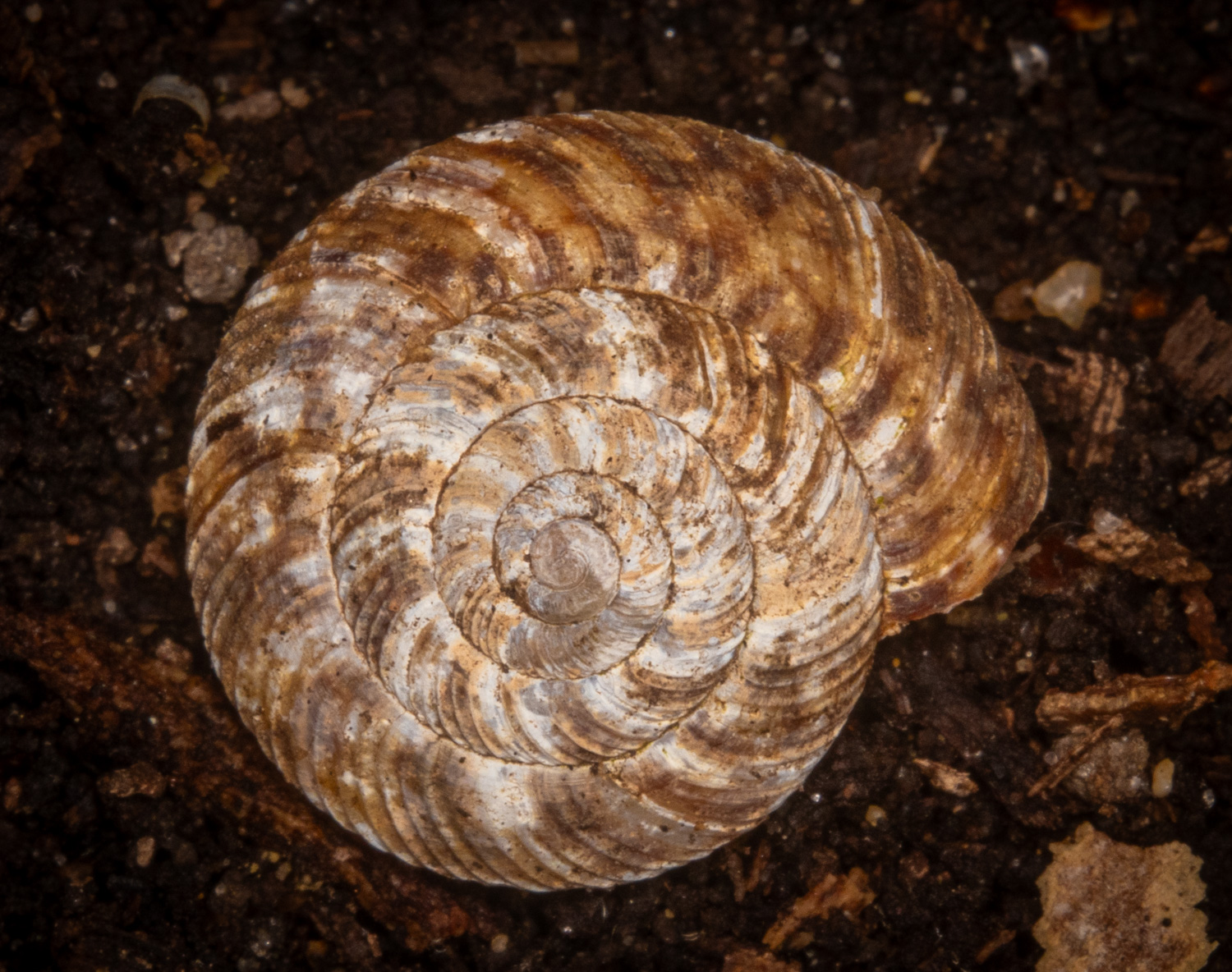
|

|

|

|
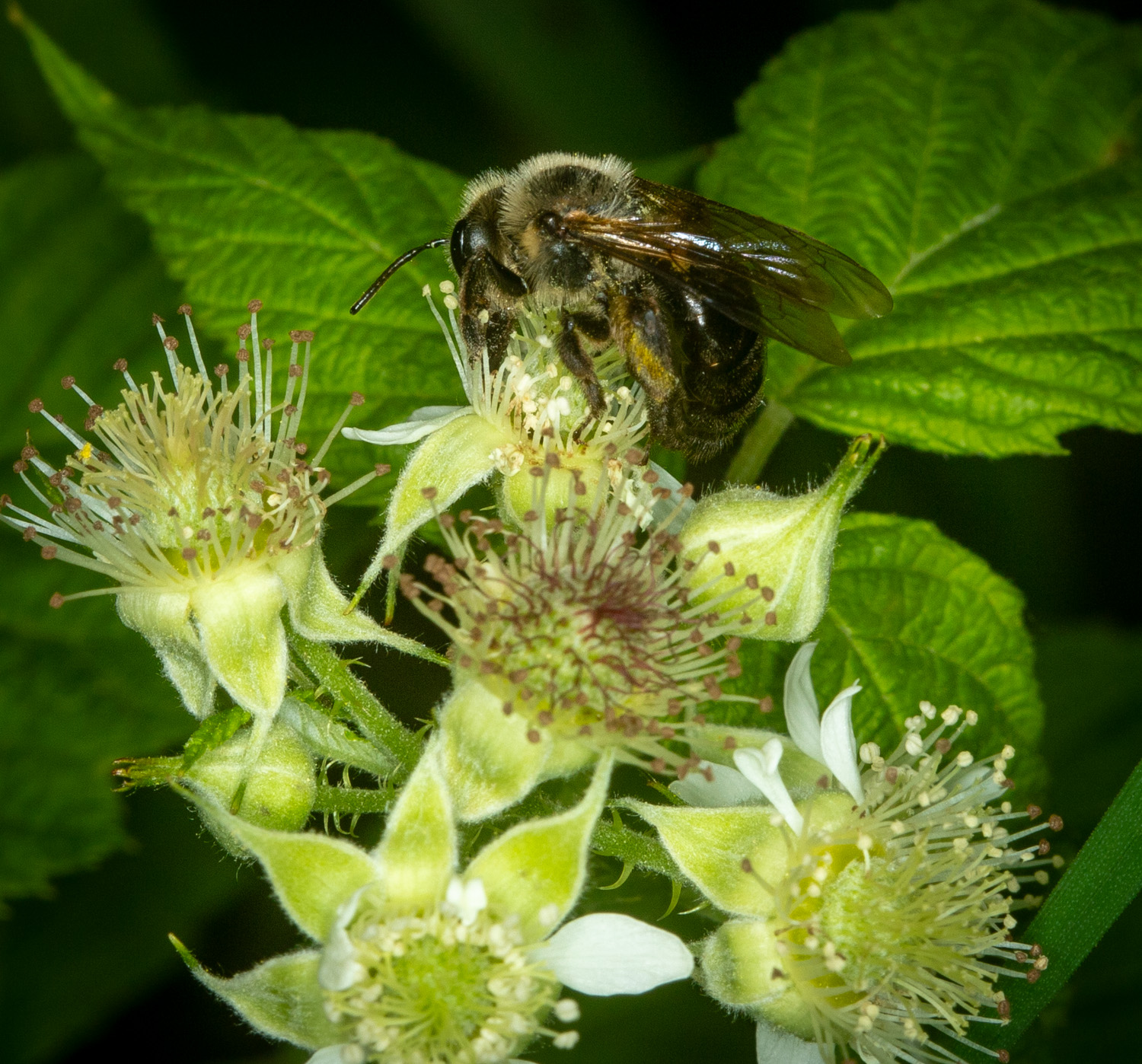
|
Legacy Preserve Plant PortraitsI shoot these plants on a black background, and clean up in photoshop. Easier to visualize the traits of the subject. And, IMO usually beautiful. 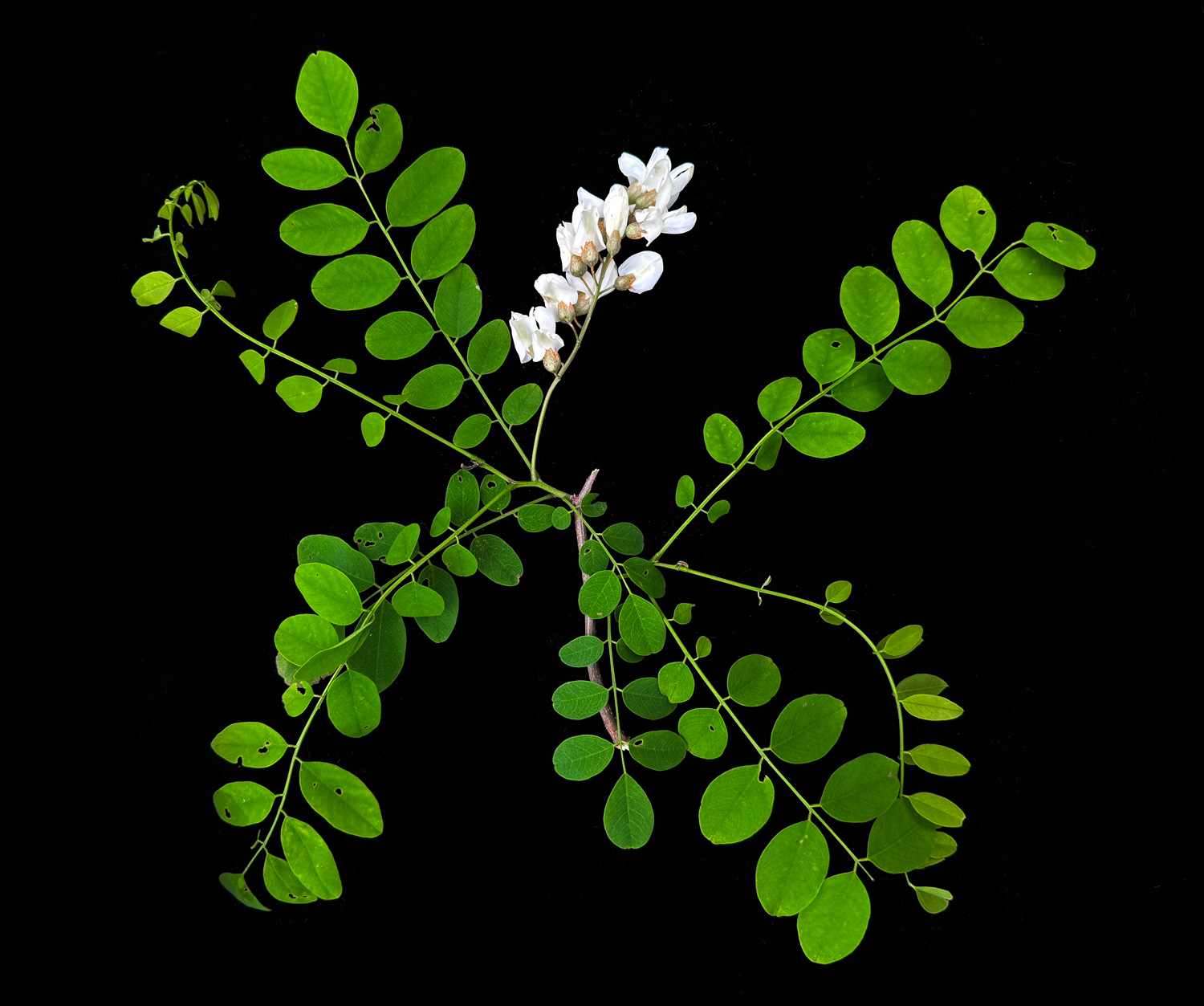
|
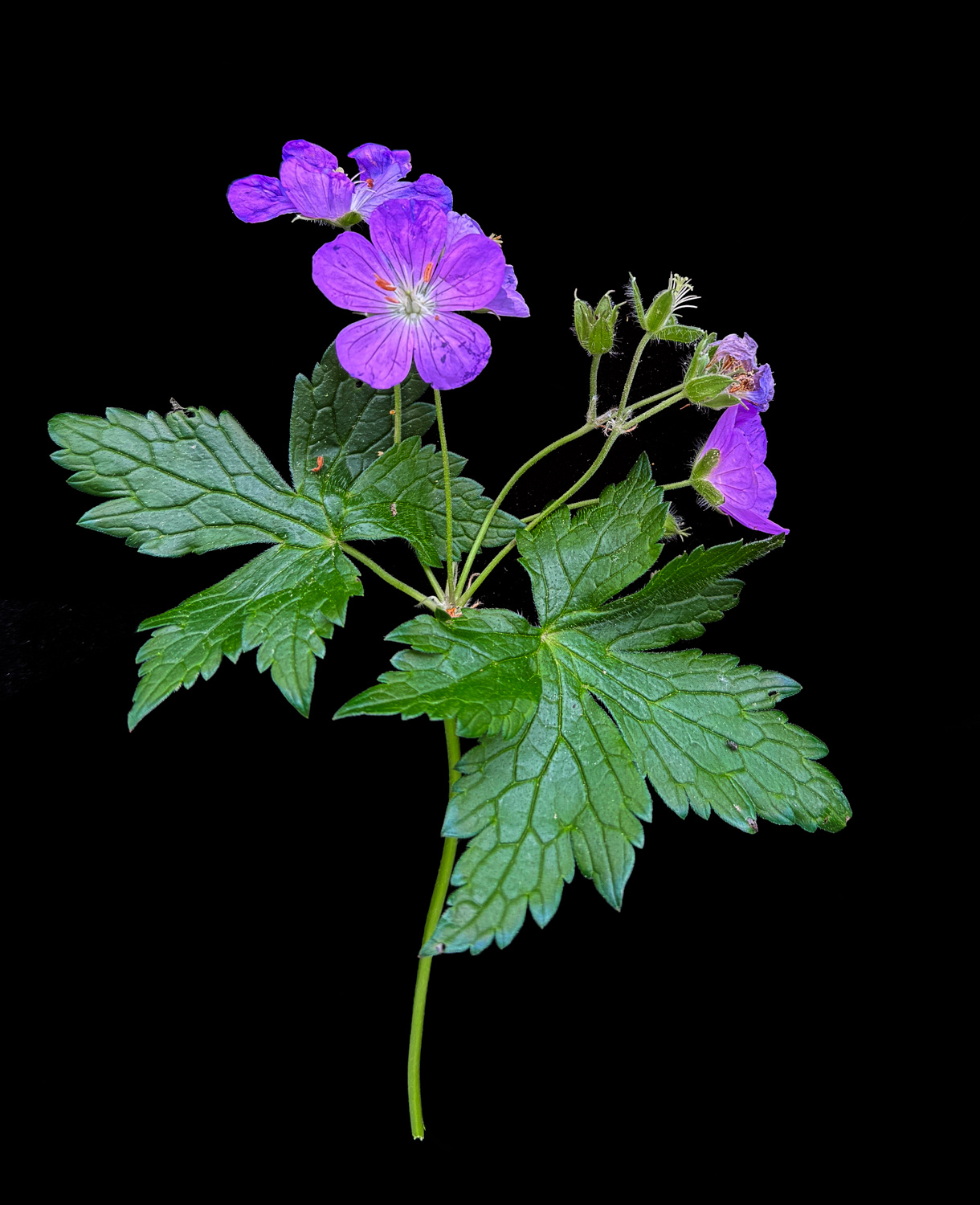
|
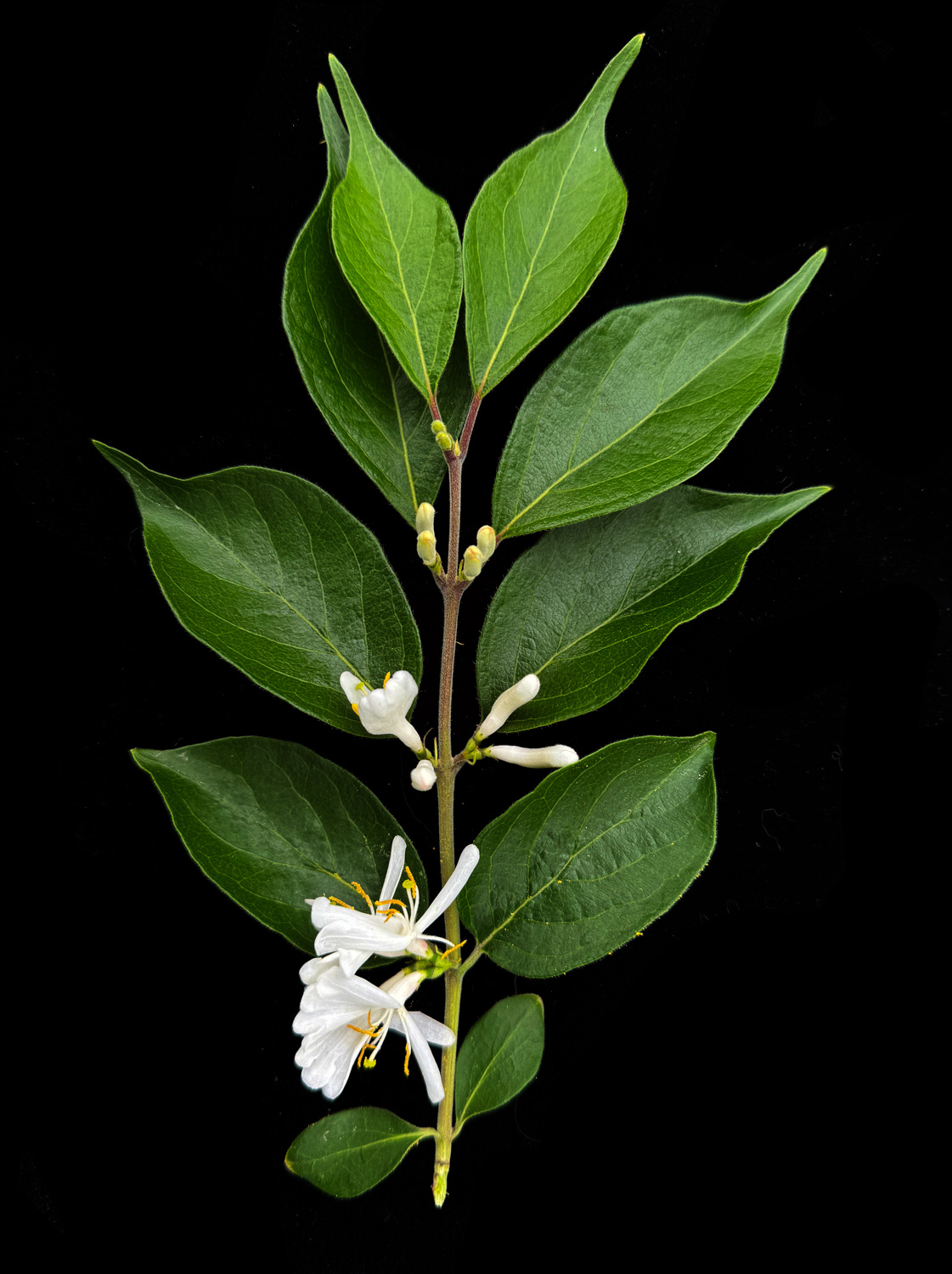
|
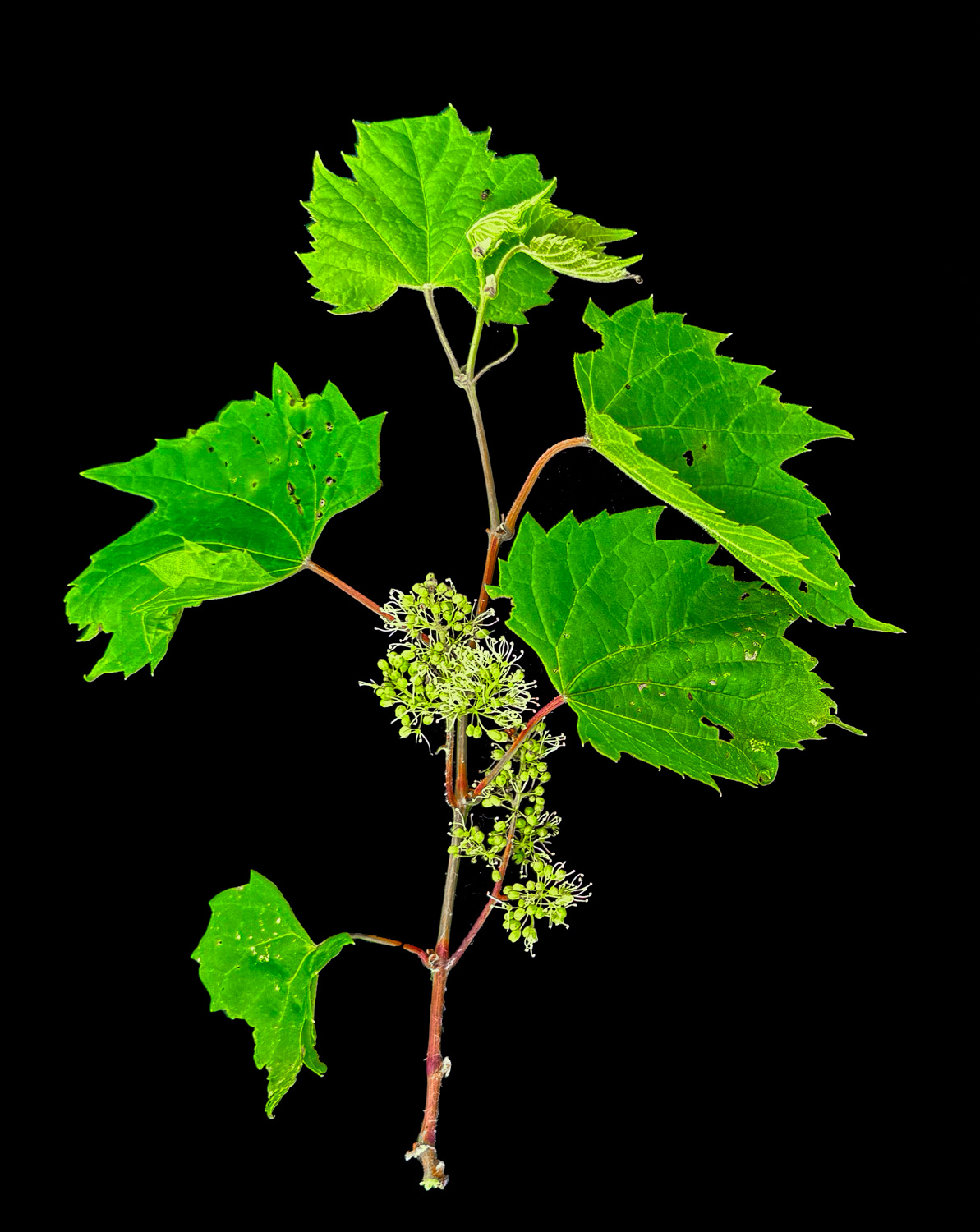
|
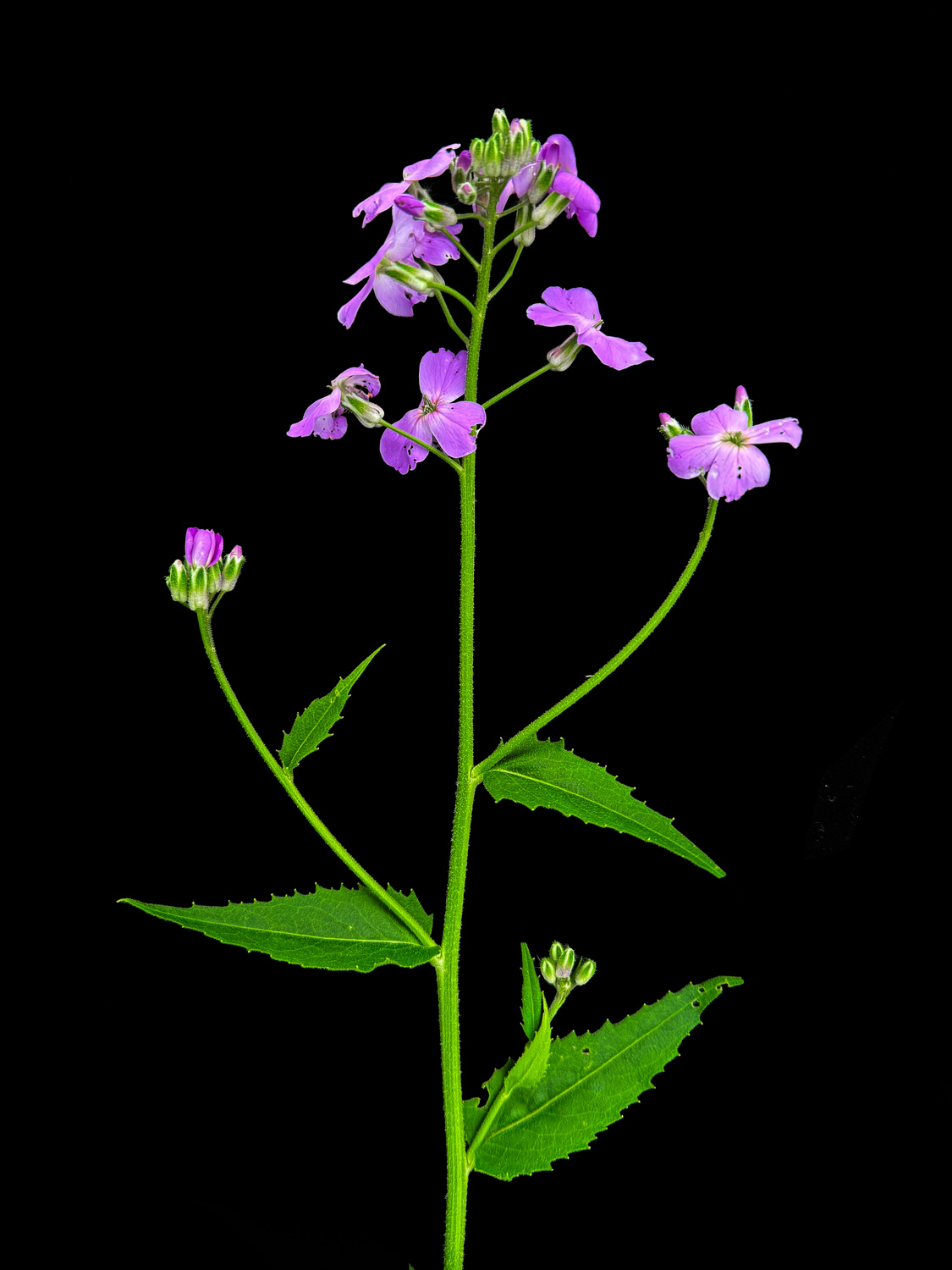
|
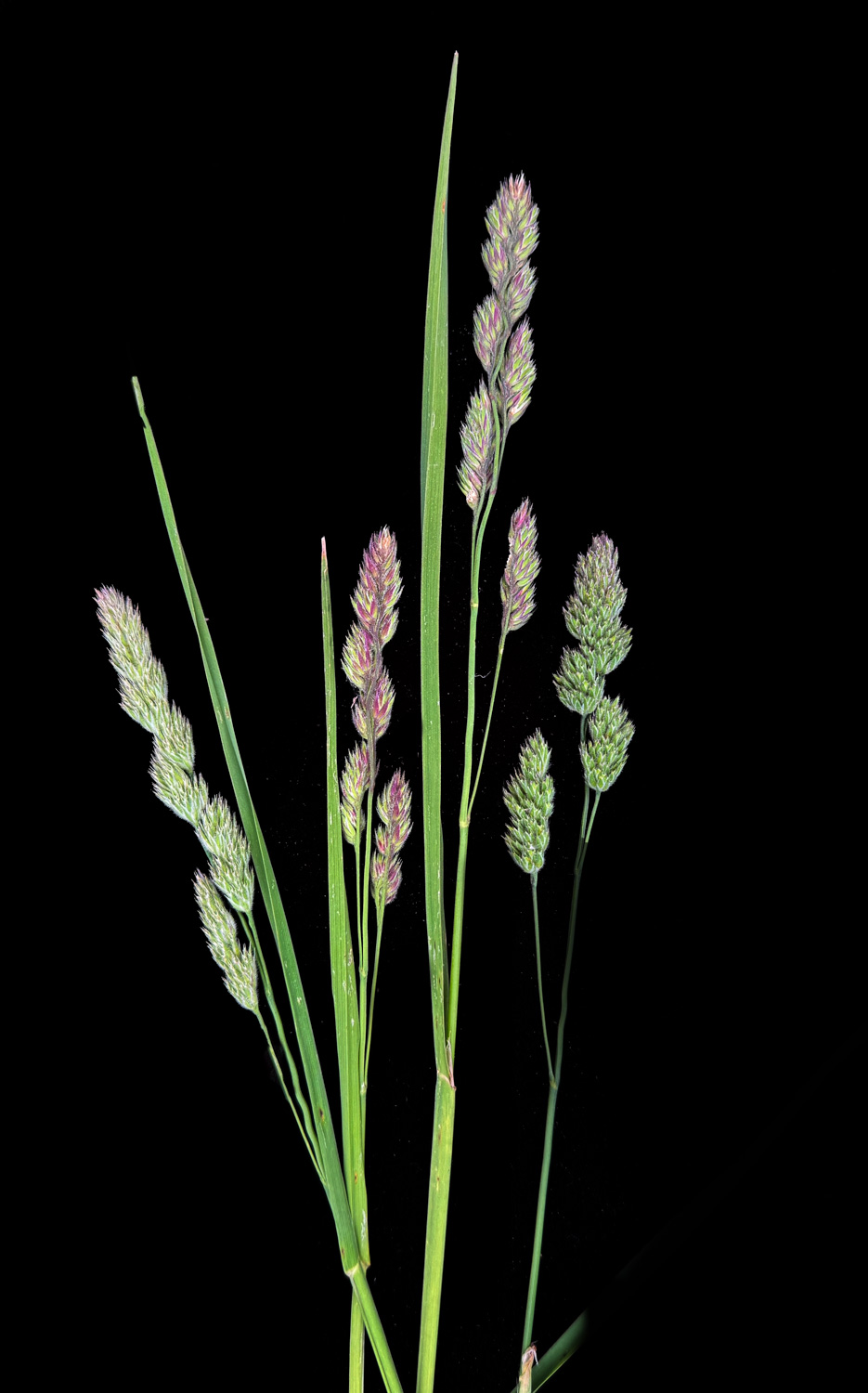
|
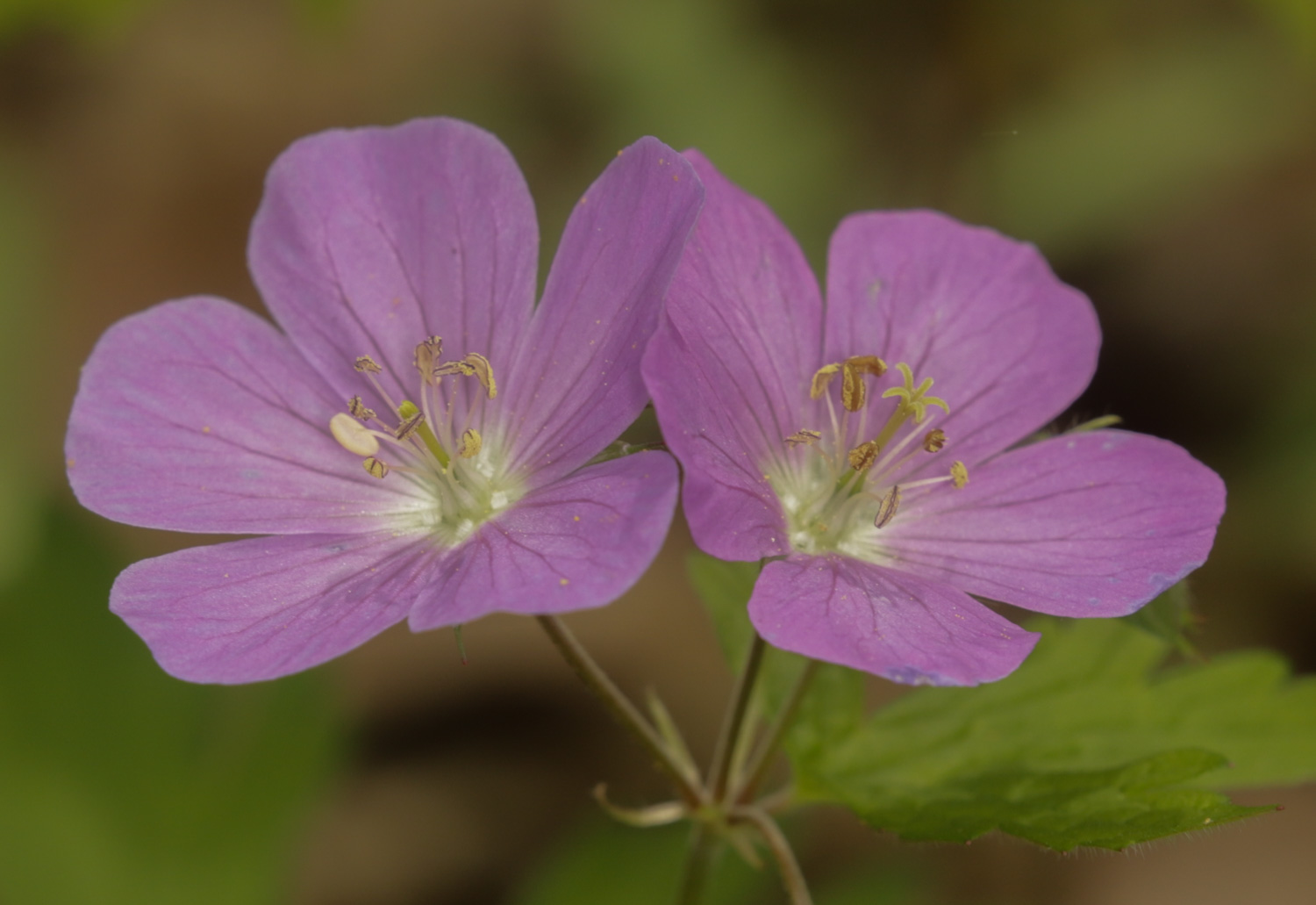
GeraniumThe most common visitors to Geranium are Nomada, at least 2 species. I collected a couple of Osmia that (I believe) I can ID, and a third, not pictured here, because the ID depends on features of the sterna that I cannot decipher. Augorochlora pura, Lasioglossum sp, and Andrena distans also seen. 
The expanded mid-tarsus (and assymetric hind tarsal spurs) should be diagnostic for O. bucephala at right.
|
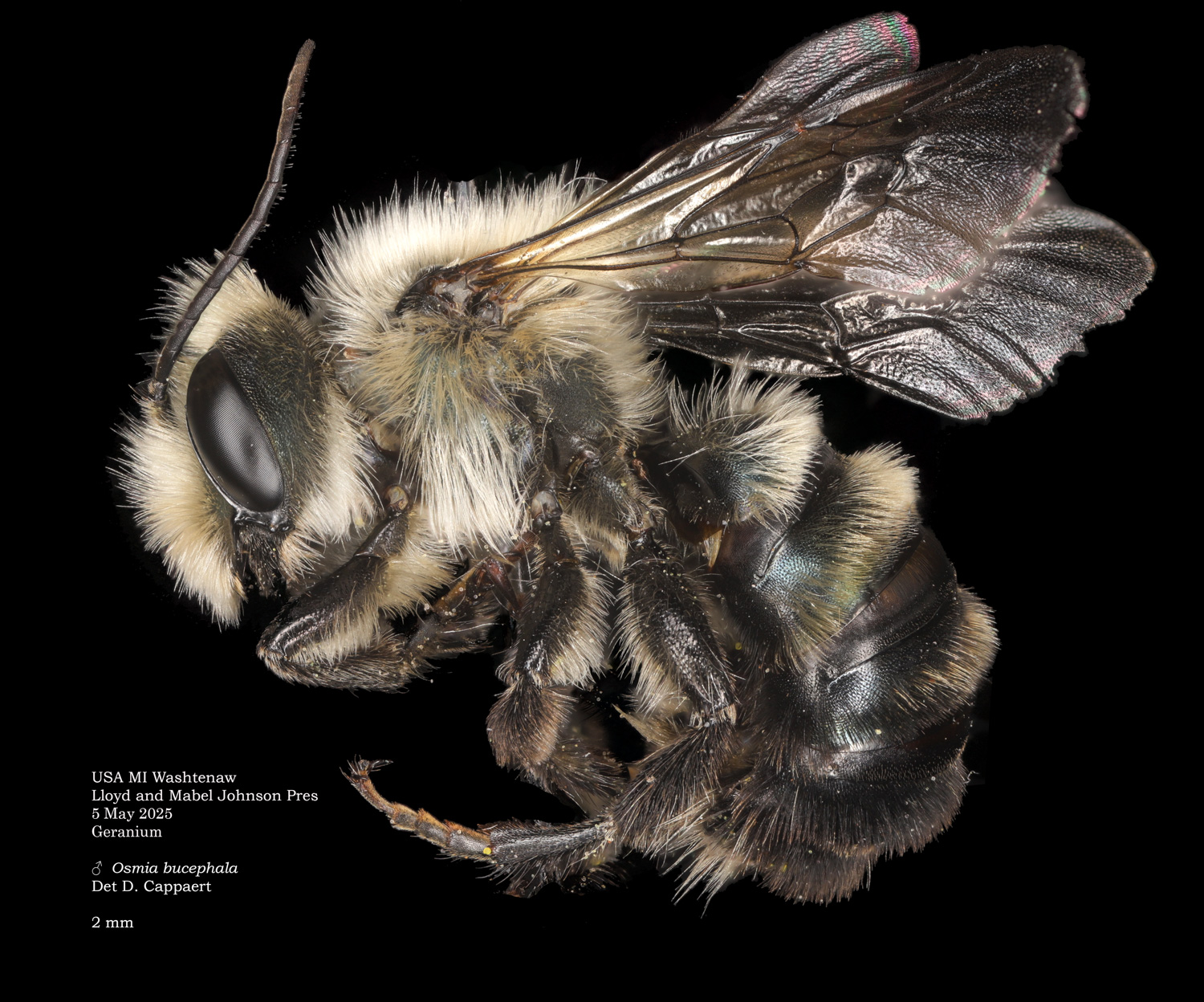
Osmia bucephala, male.
Osmia atriventris, female. 
|
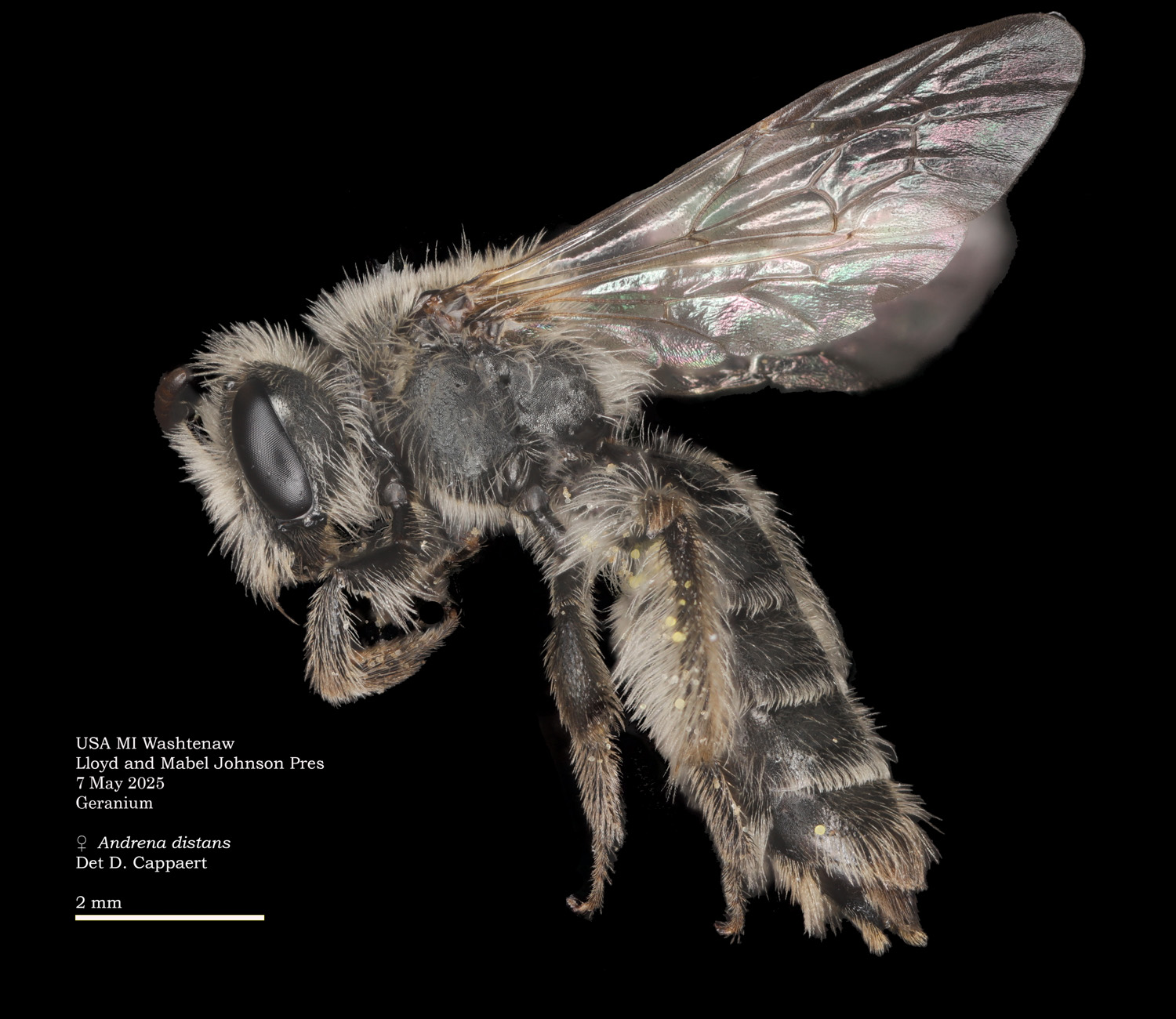
Andrena distans. I saw a number of iNaturalist observations with A. distans ID. I suspect that the algorithm suggests the name because the bee photos are on Geranium, the primary associate of A. distans. If you diagnose the hard way, you also come up with A. distans.
Augorochlora pura. 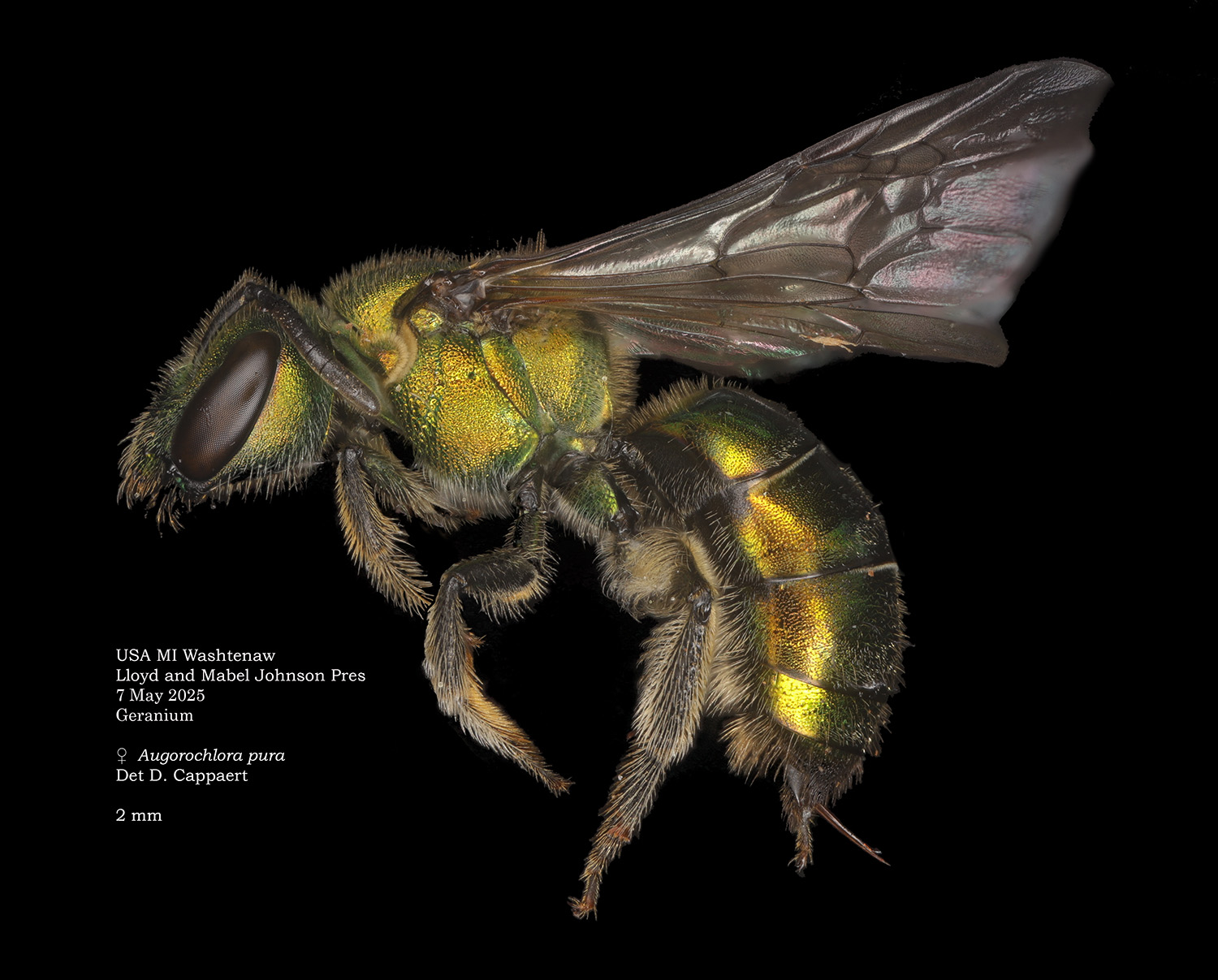
|
ClaytoniaSpring beauty is an early wildflower with a mining bee specialist, Andrena erigeneae. There is a paper that suggests that A. erigineae is perhaps too good of a pollen forager, as it depletes the lmited productivity of the plant. At least a couple of Lasioglossum also visit spring beauty. 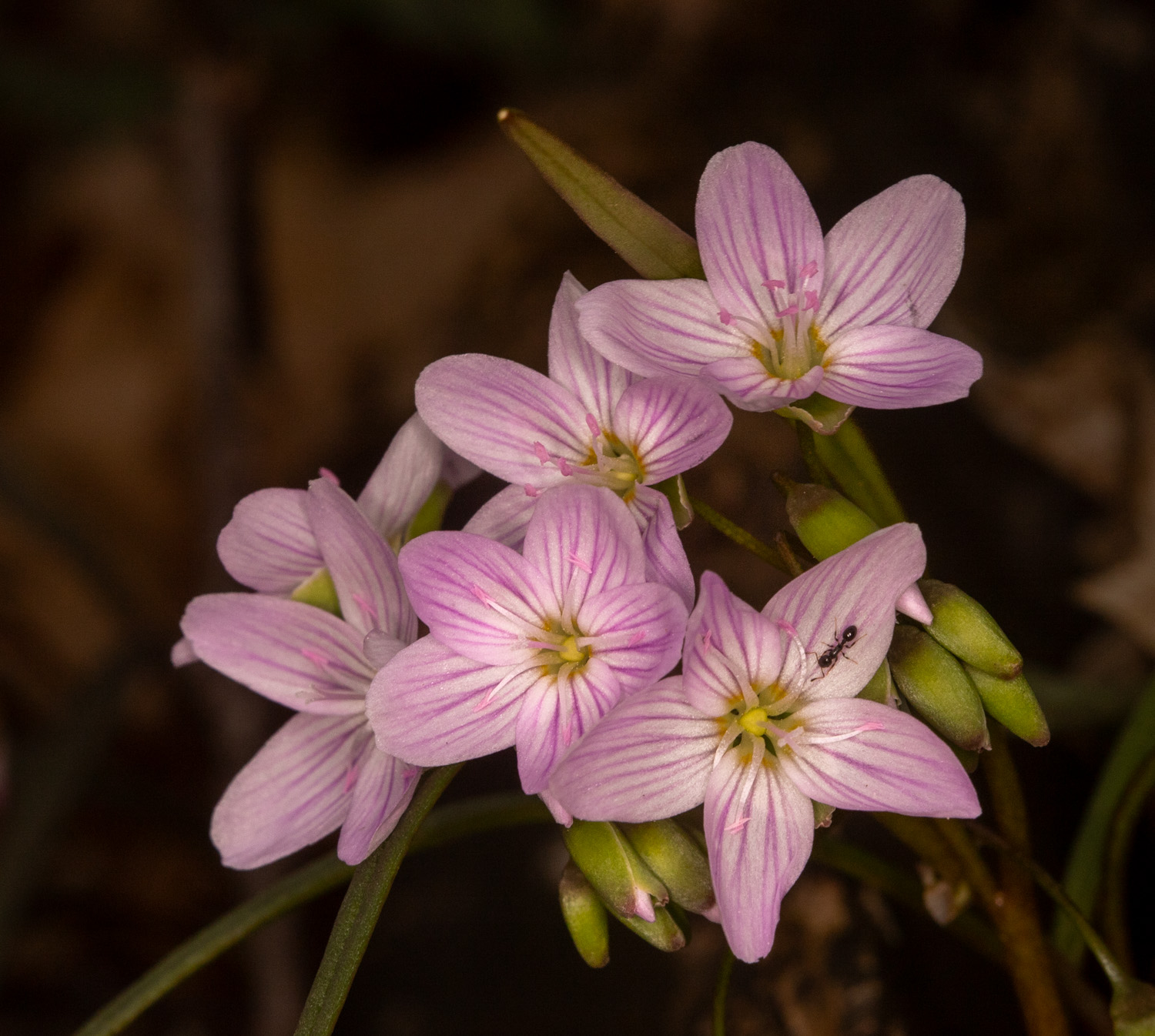
|
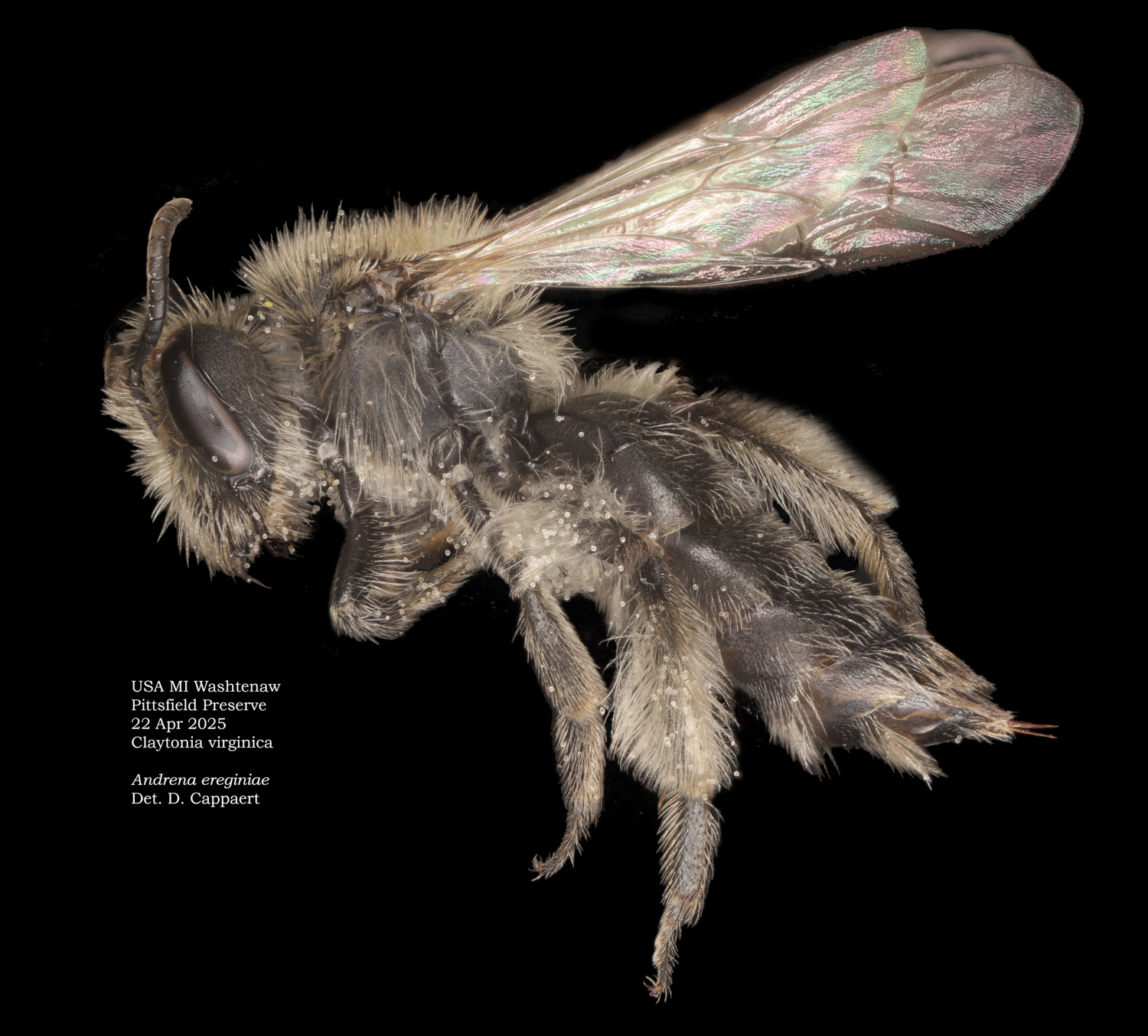
Female Andrena eregineae
|

Male Andrena eregineae
|
... ClaytoniaAt least a couple of Lasioglossum species, one green/gold (L. viridatum?), one blueish (L. coeruleum?). 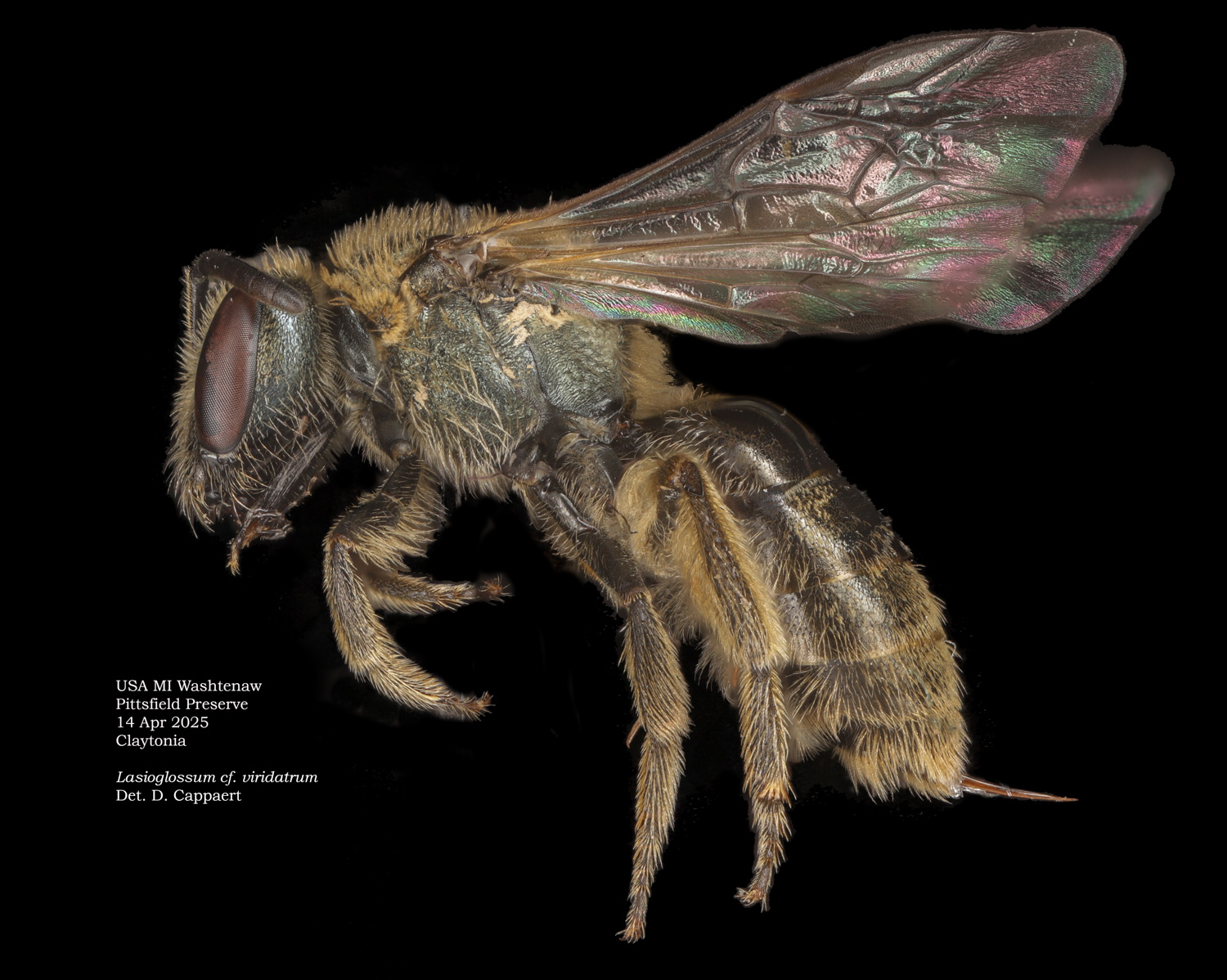
|
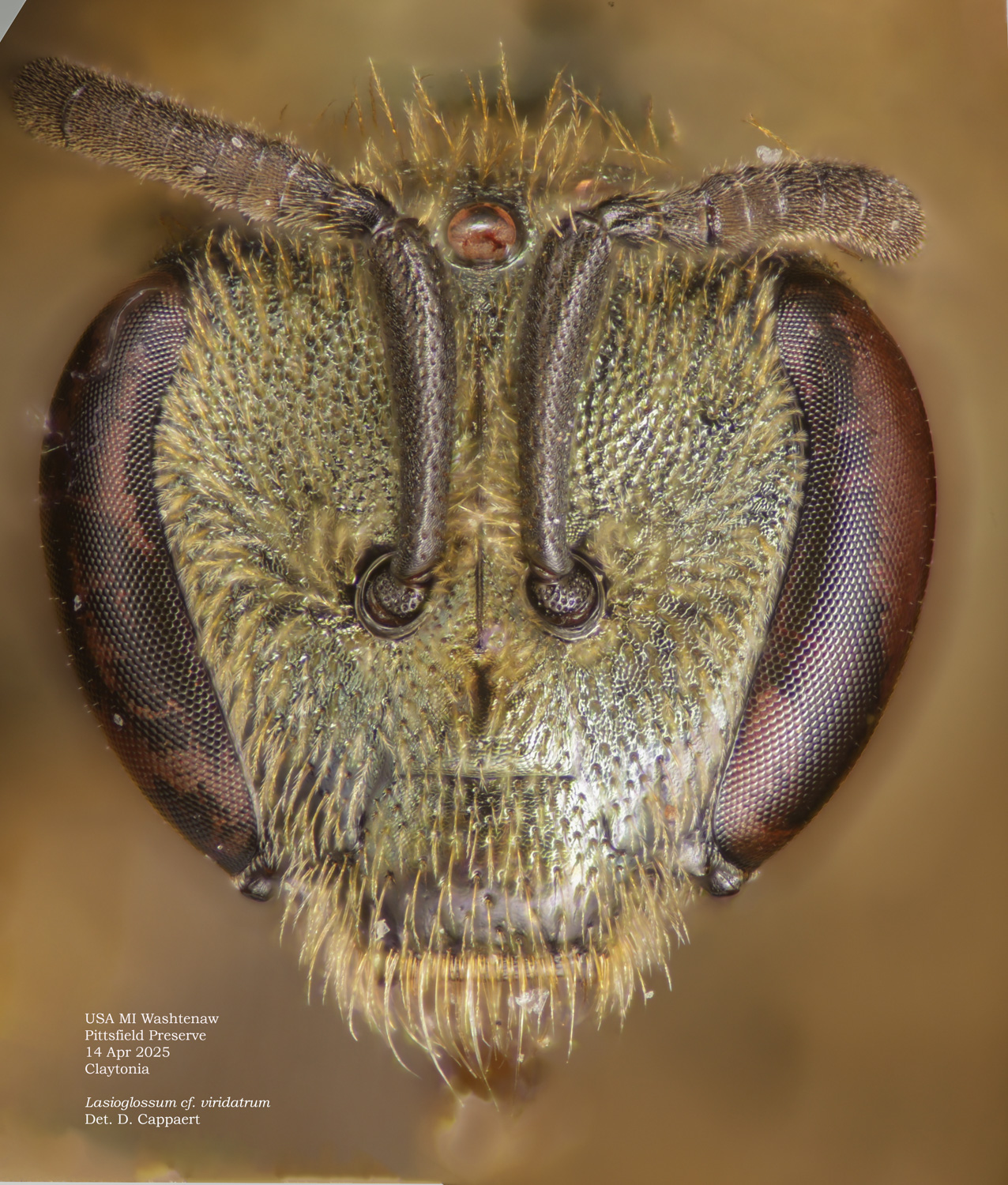
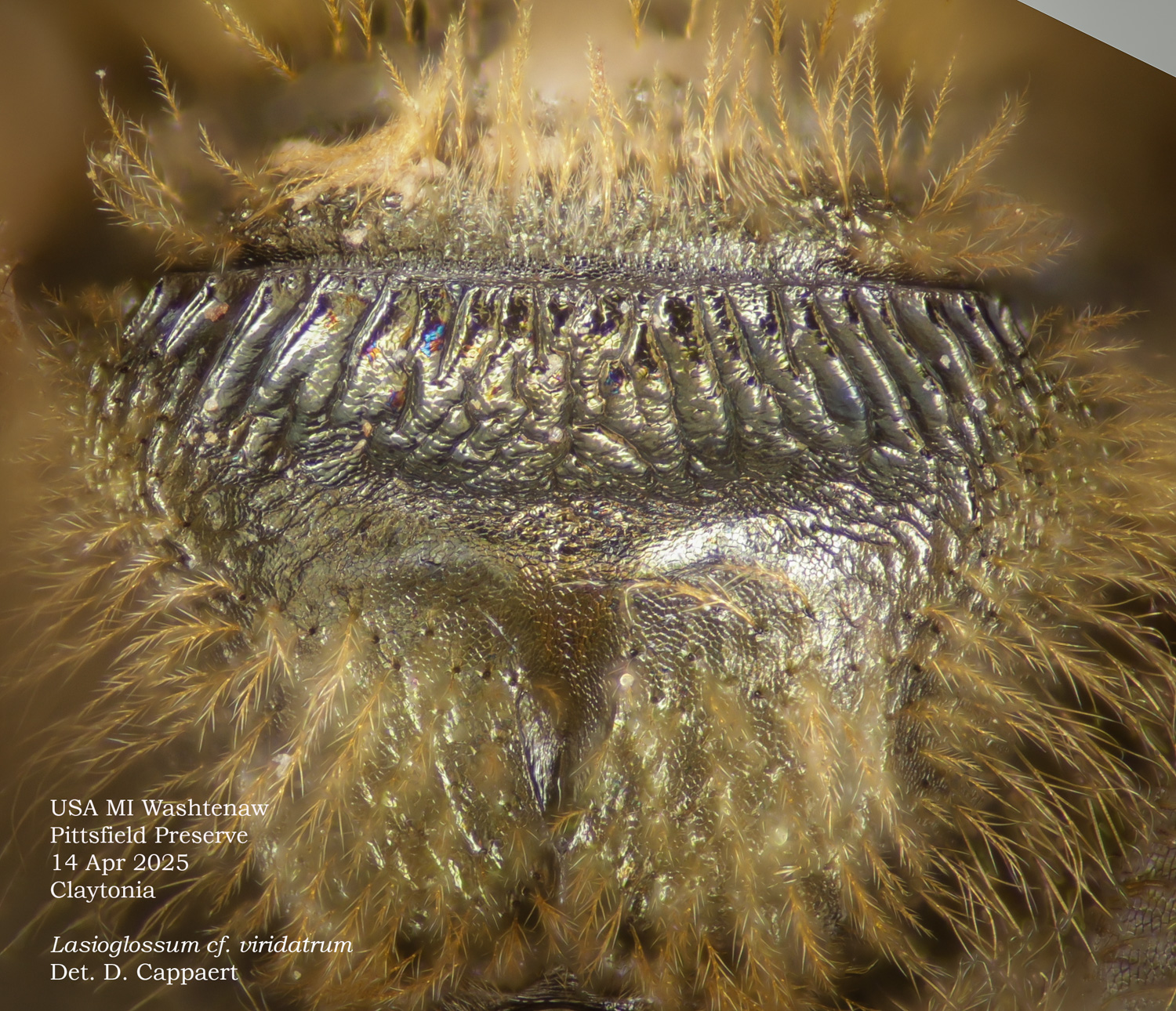
|

|
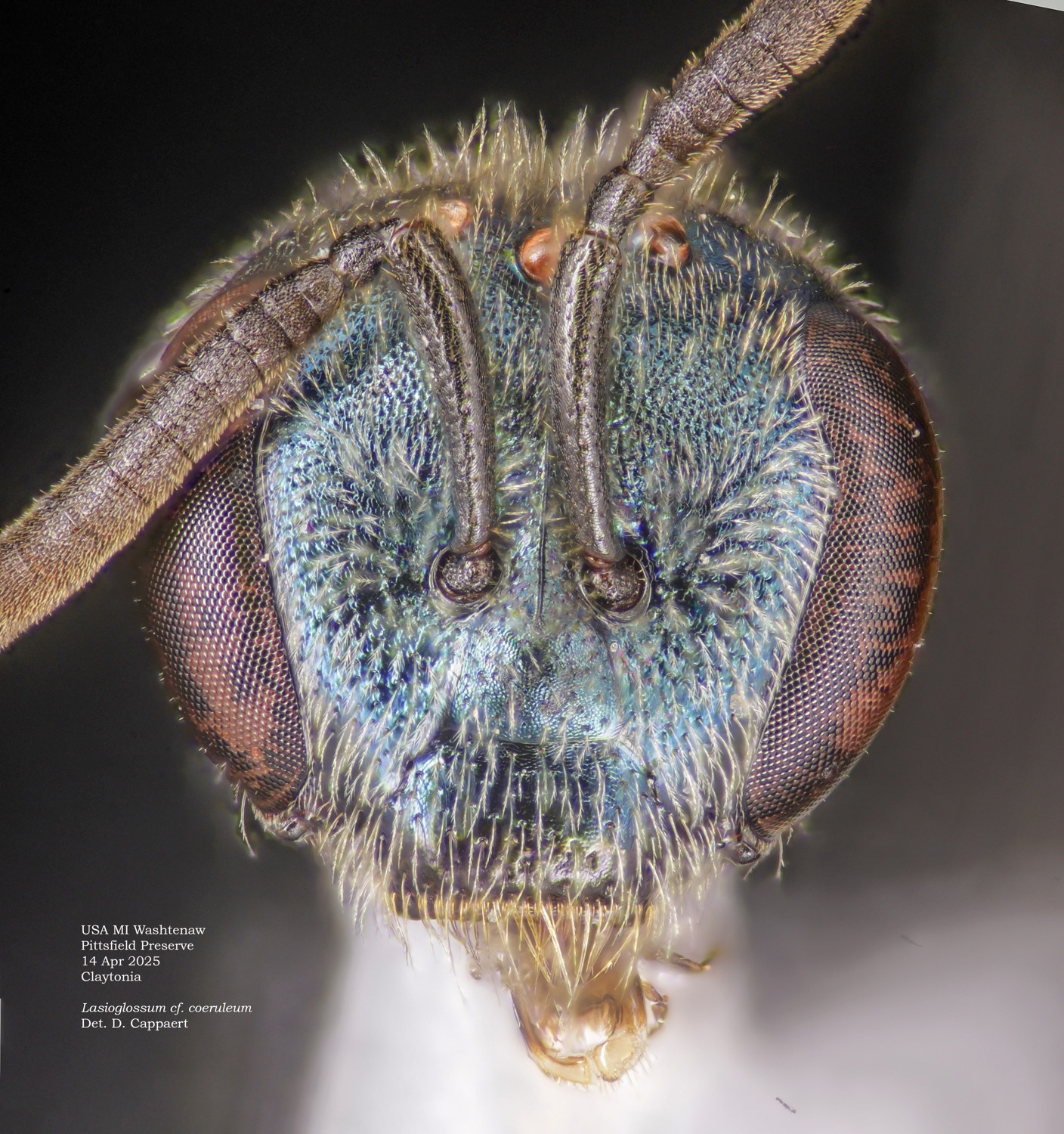
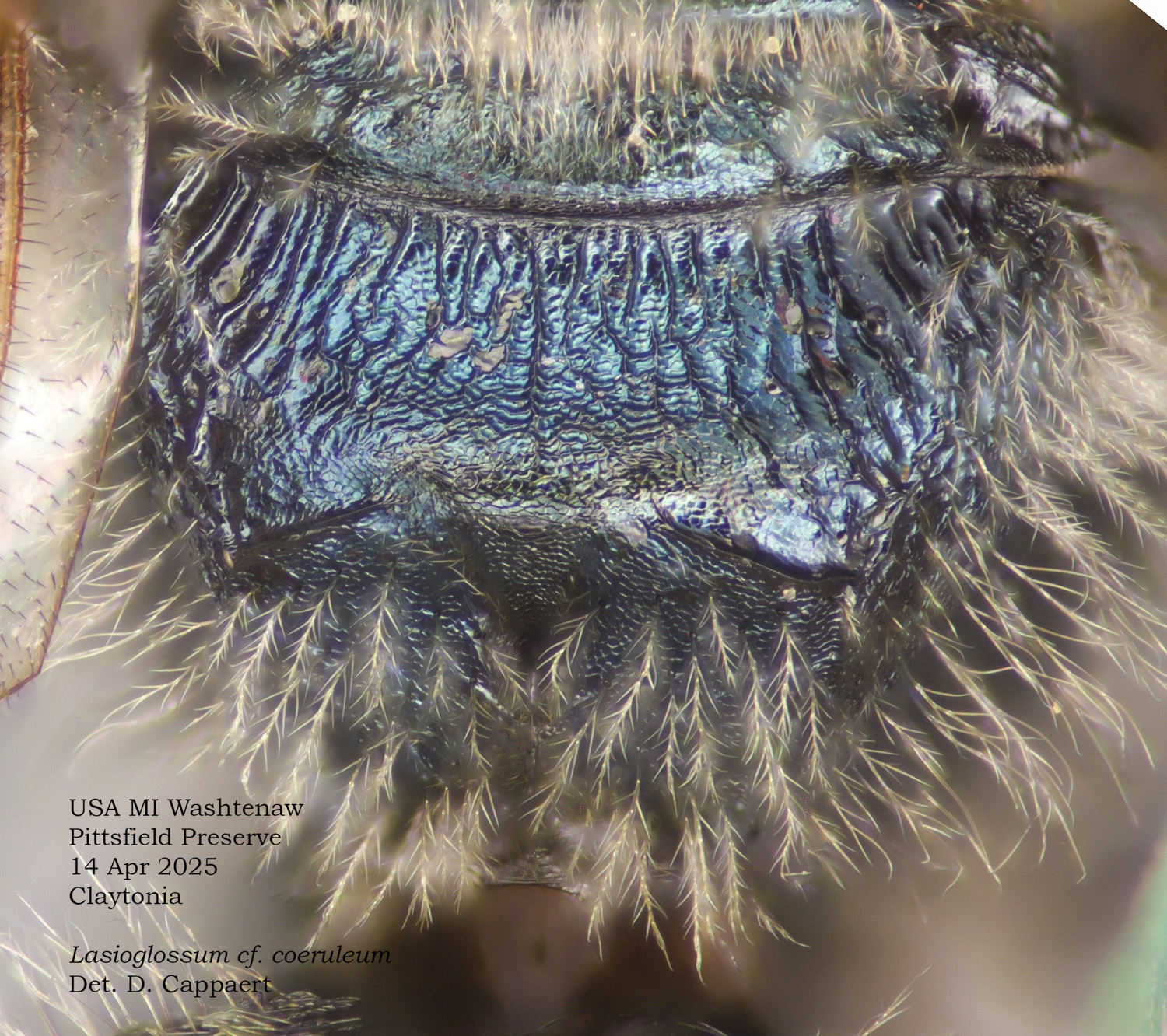
|
... Claytonia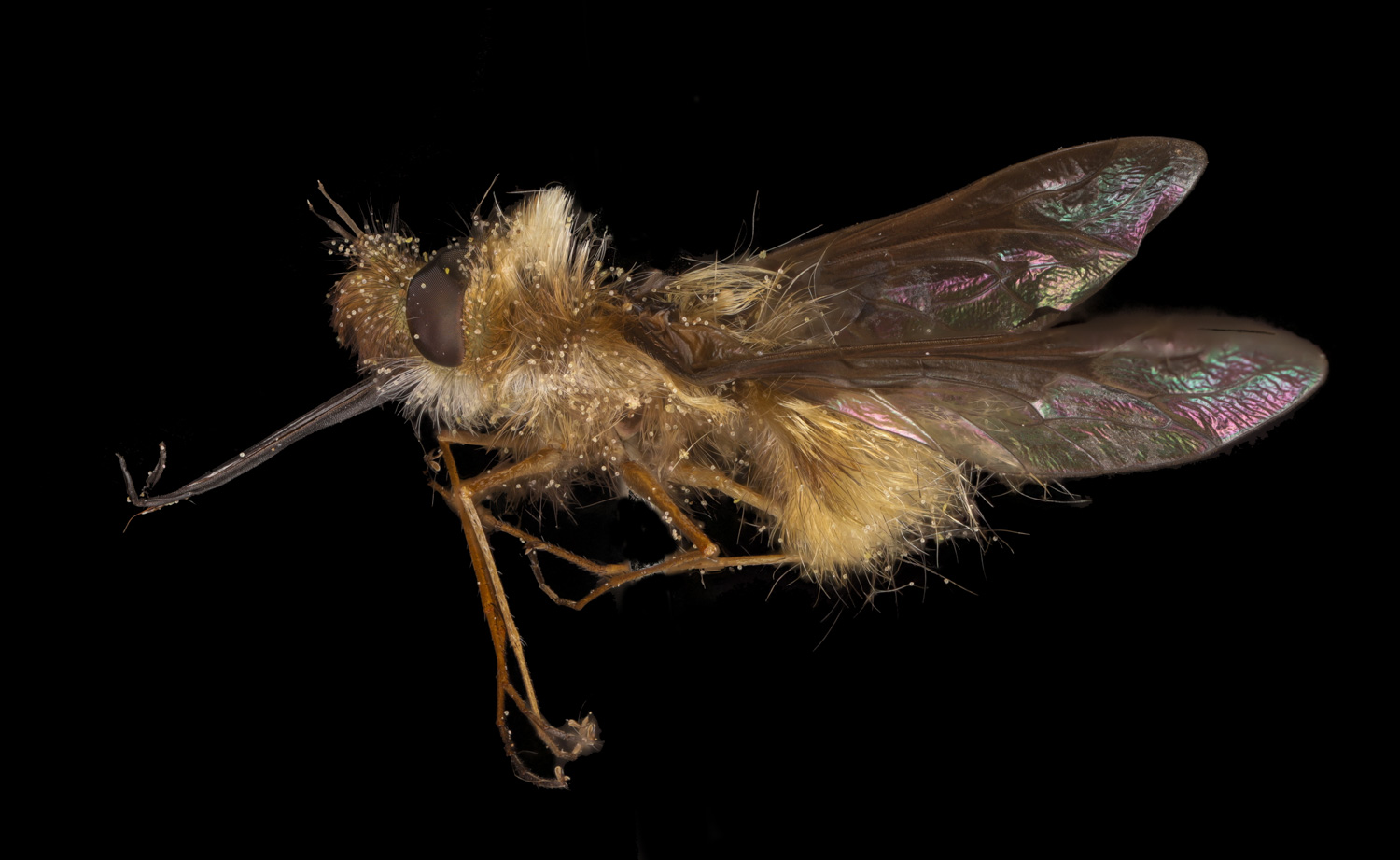
Above: Beefly, Bombyliius major.
Below: Chrysidid wasp 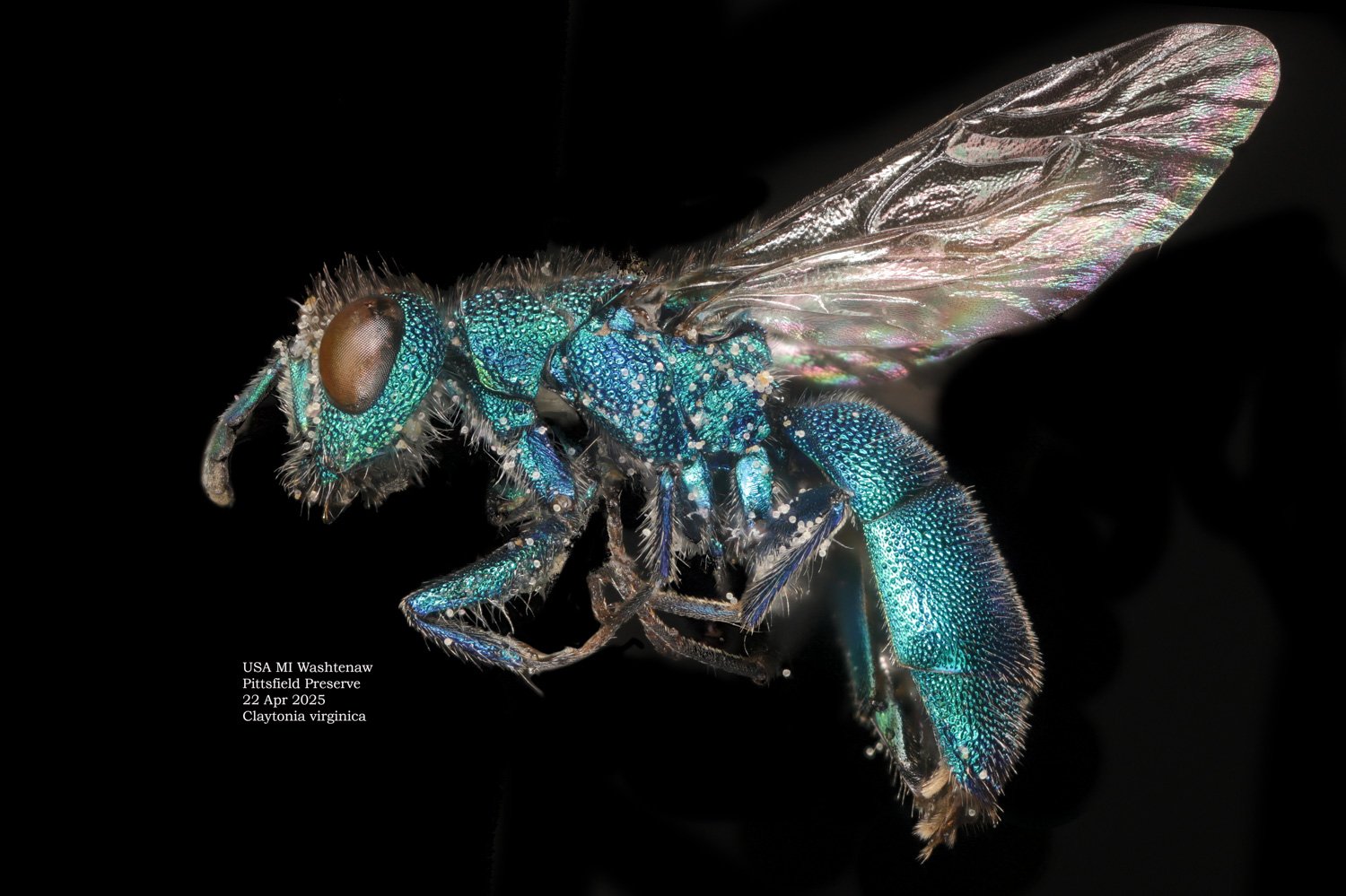
|
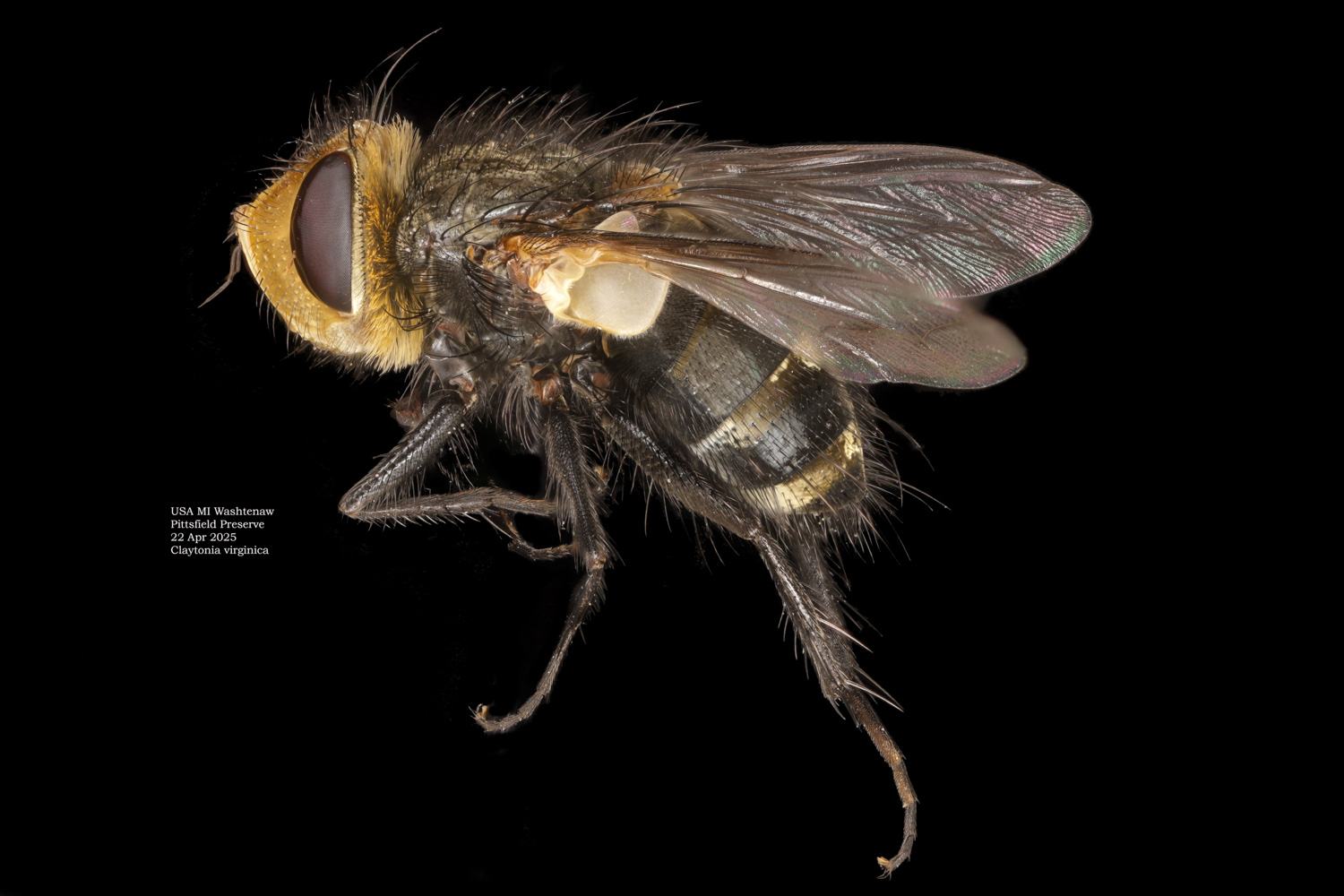
Tachinid fly

|
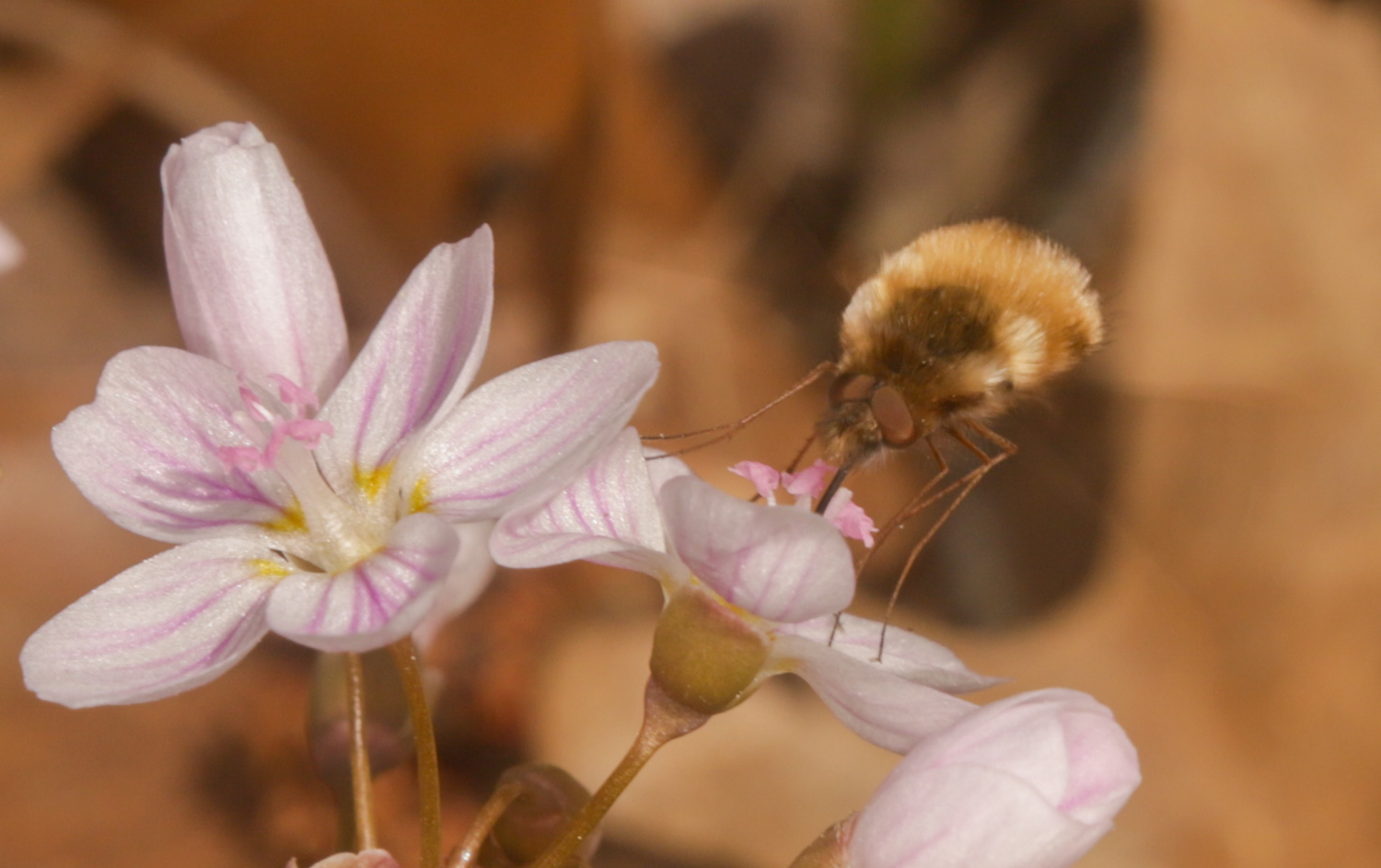
Above: Beefly, on Claytonia and many other flowers.
Below: Nomada sp. 
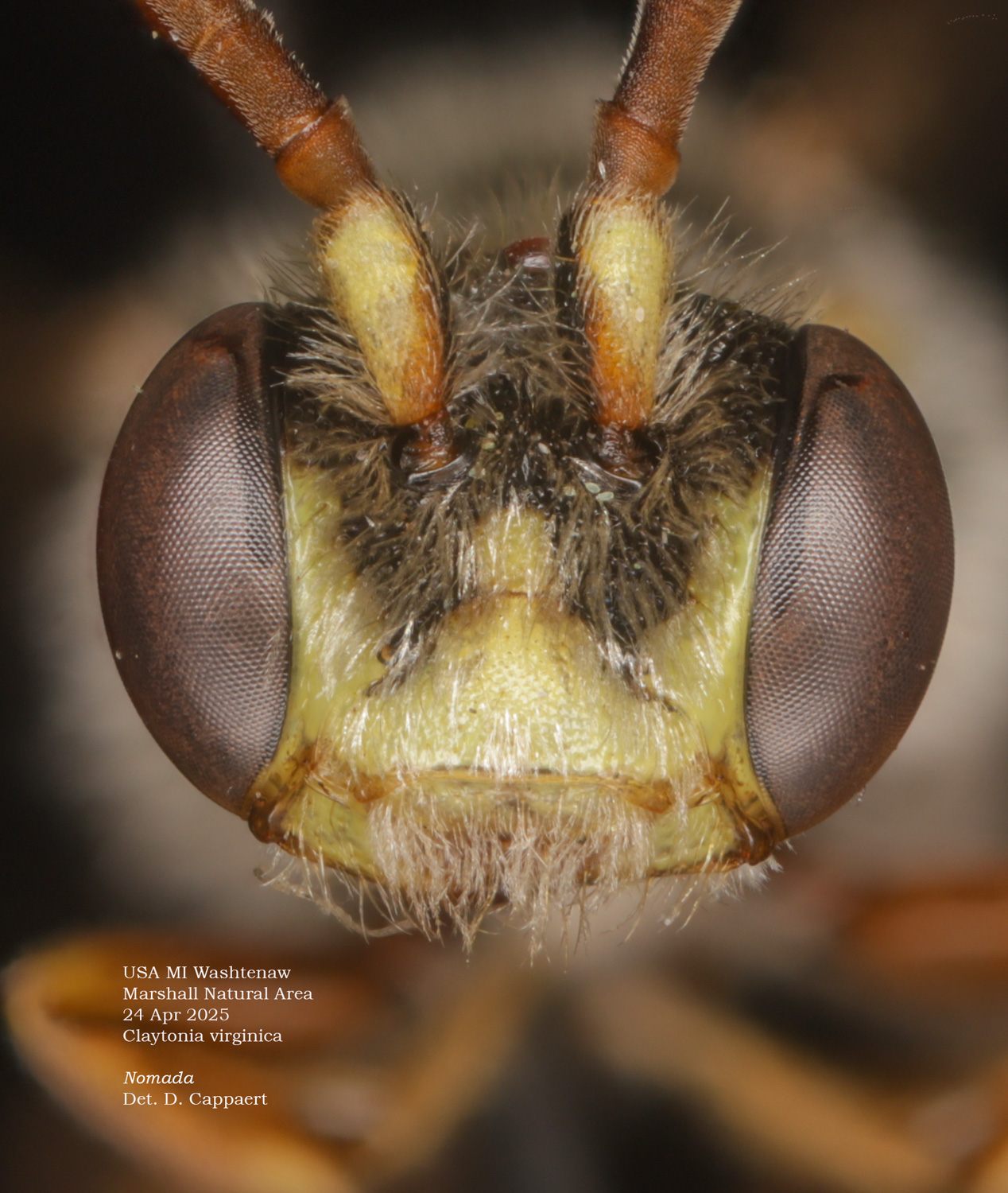
|
Apr 14, SalixTechnique: approach a willow tree, and look for individual foraging insects to net. The step back, realizing that there is a veritable cloud of bees and flies flitting about the canopy. So, take the better approach, sweeping randomly, wildly, through the branches. Put the net contents into the freezer and sort at home. 
|
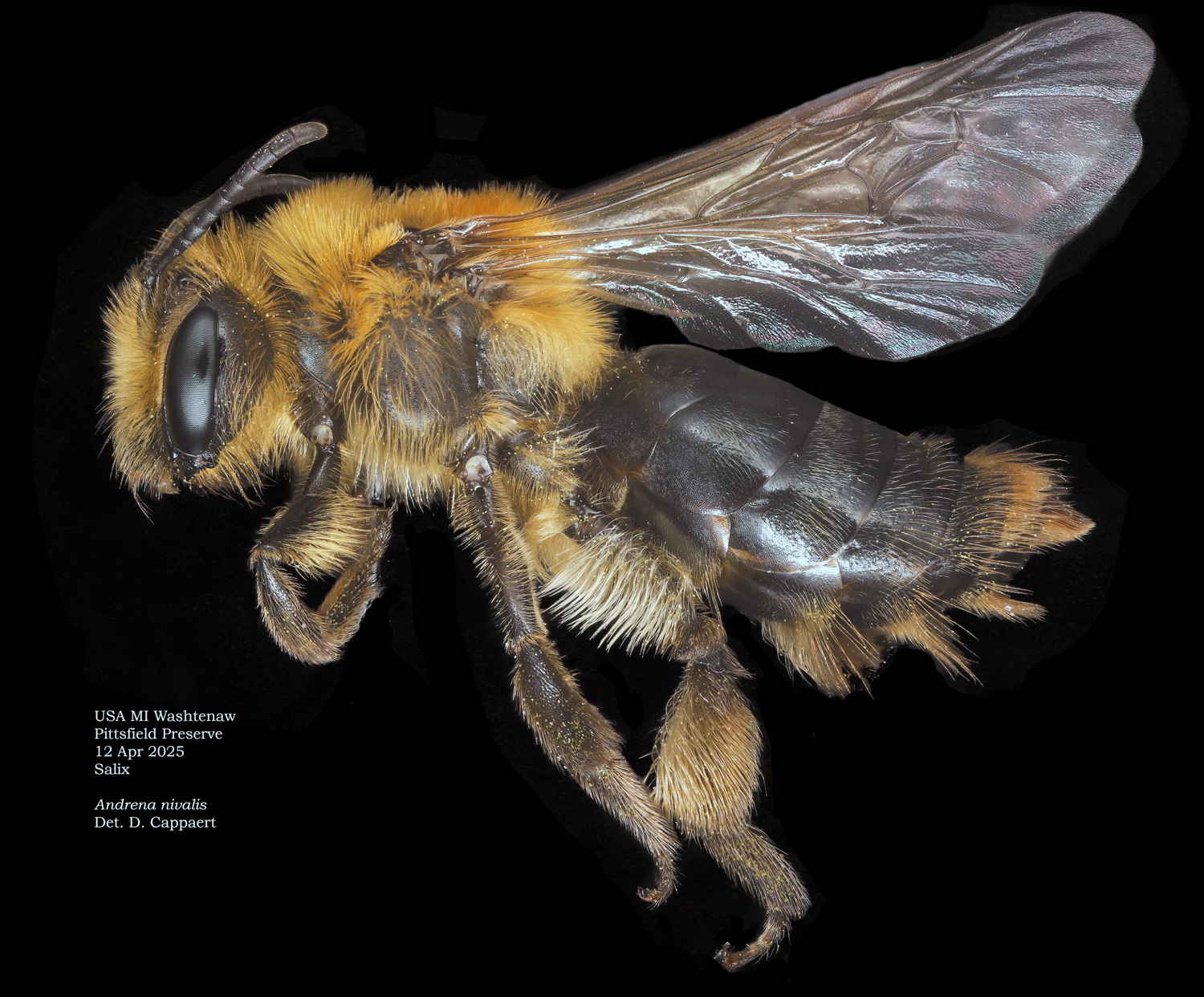
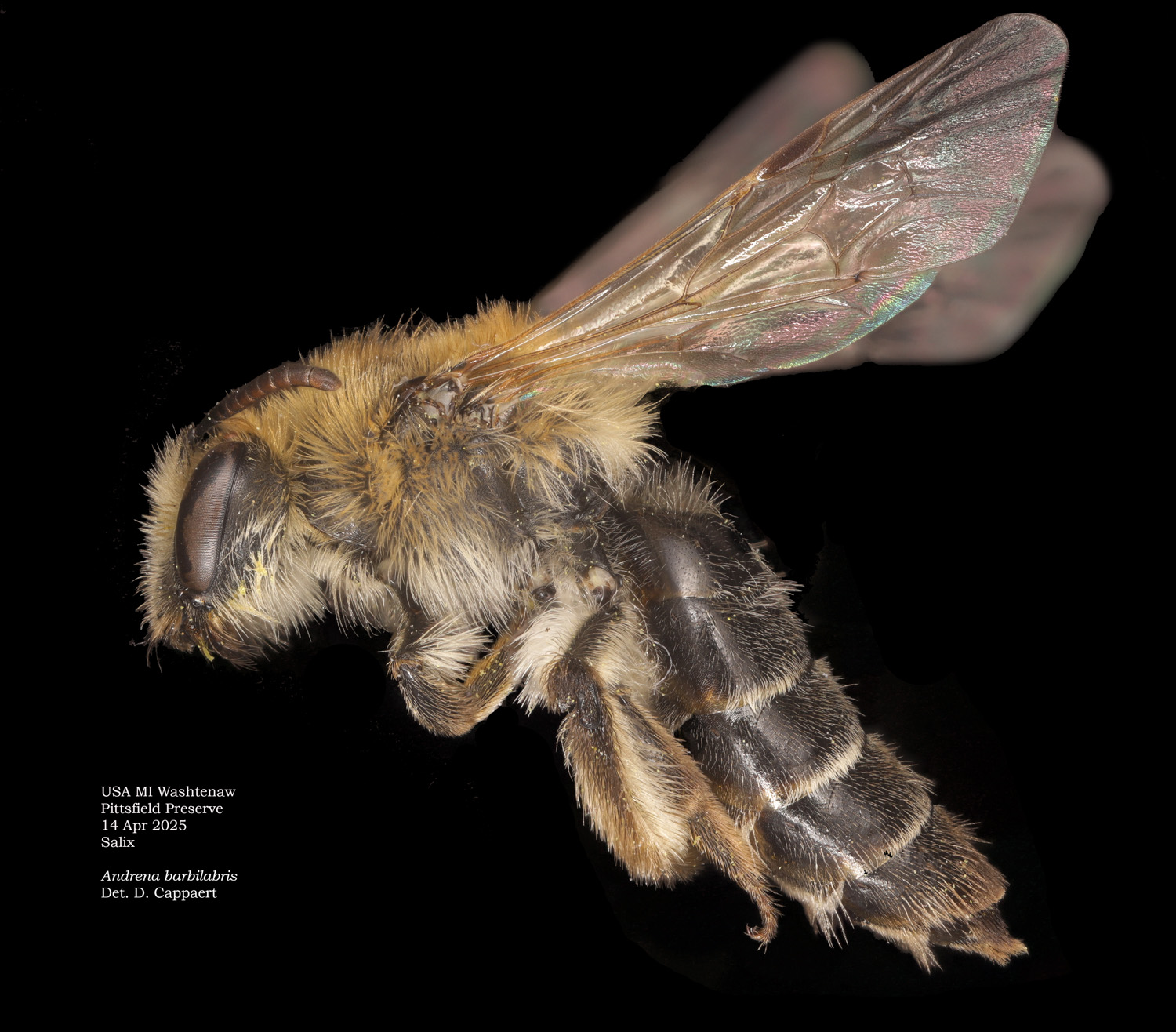
|


|
|

|
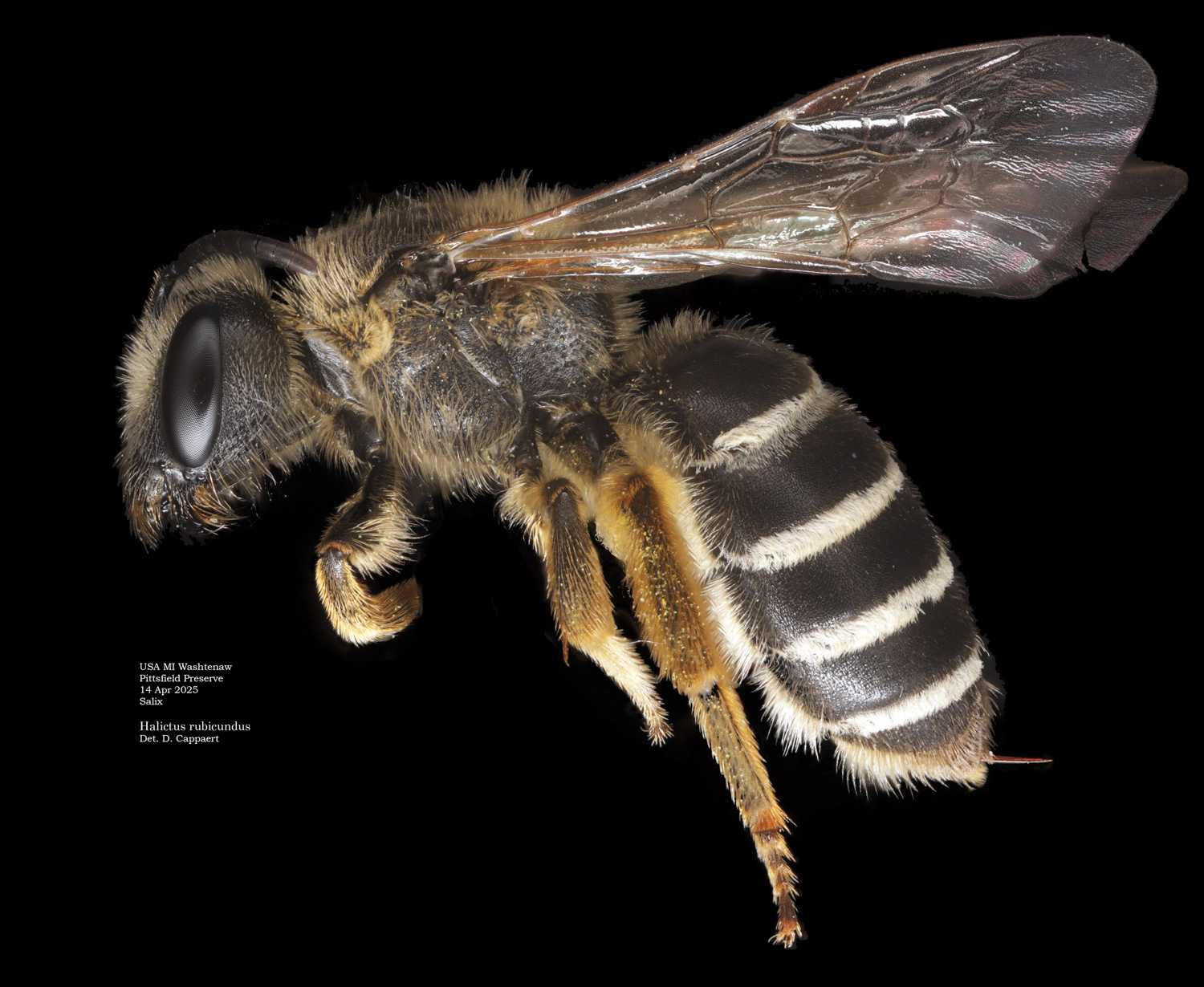
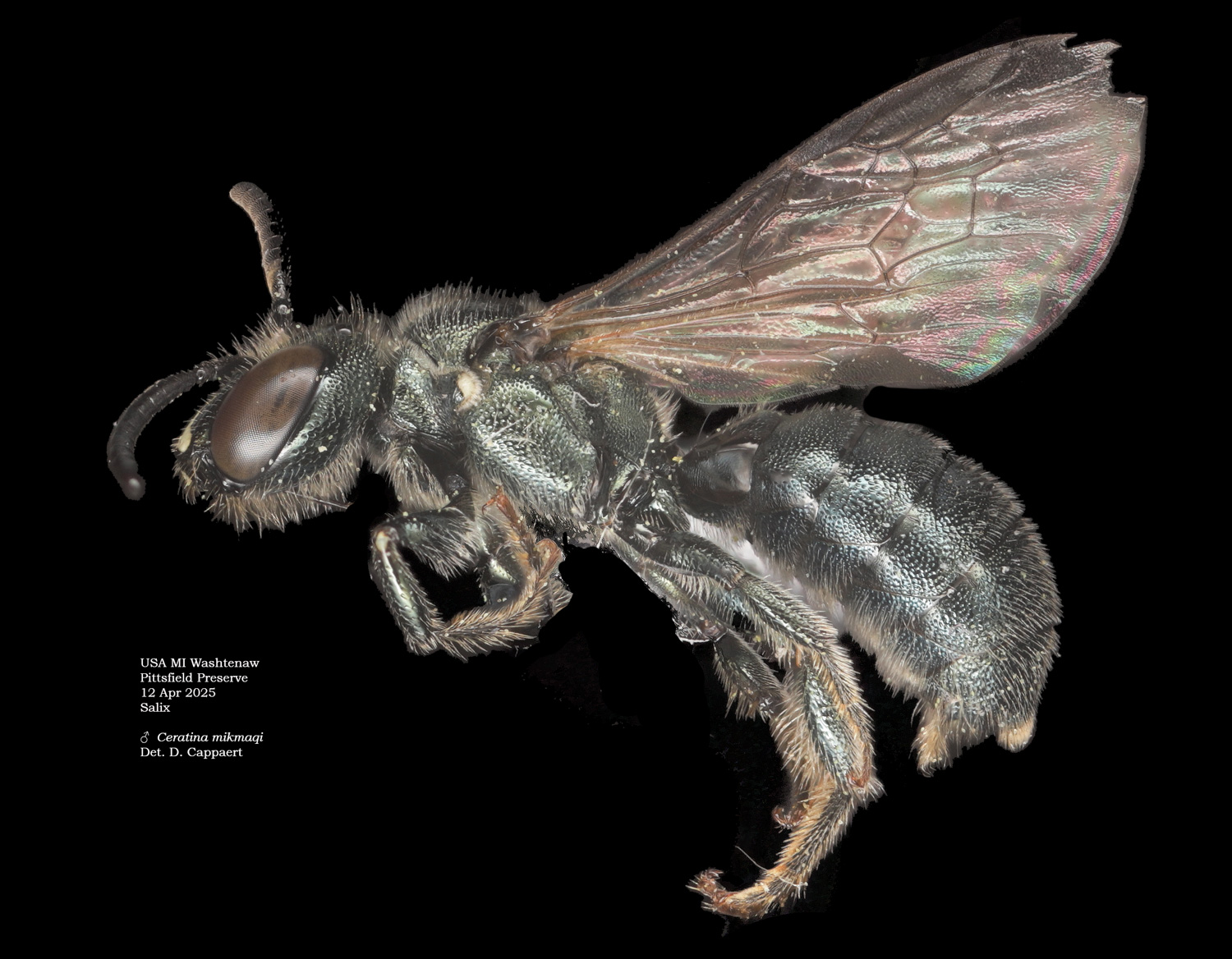
|
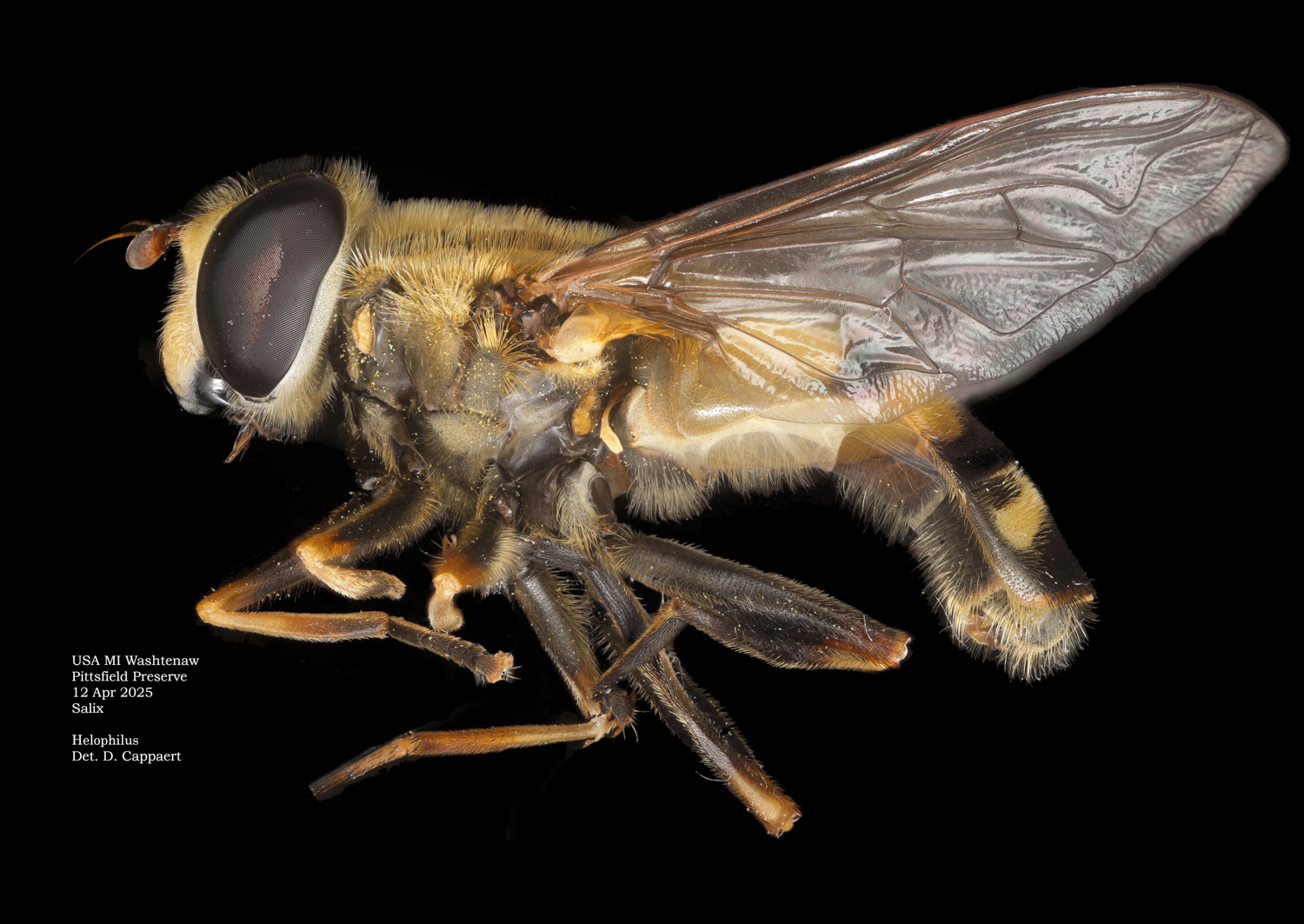
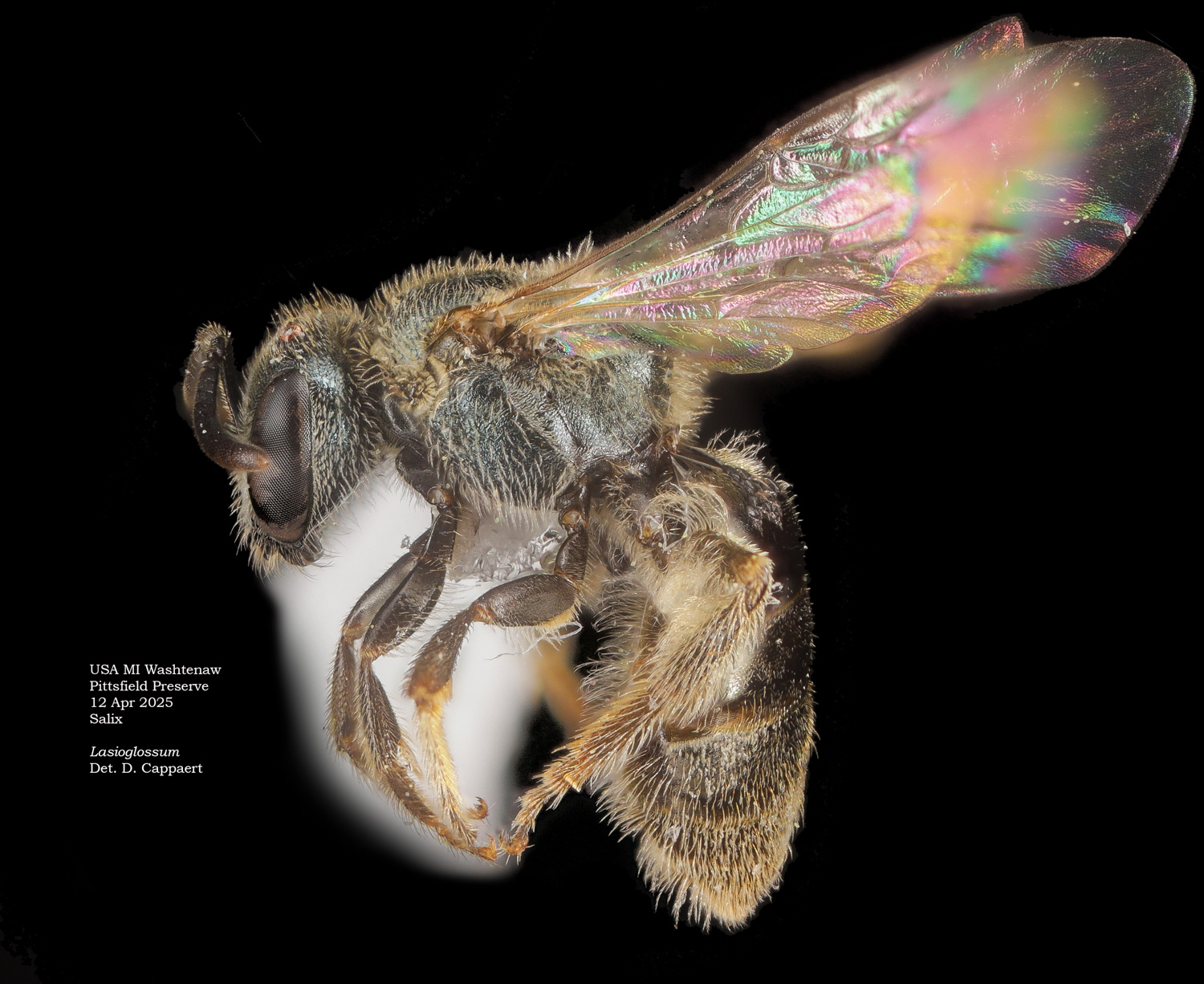
|

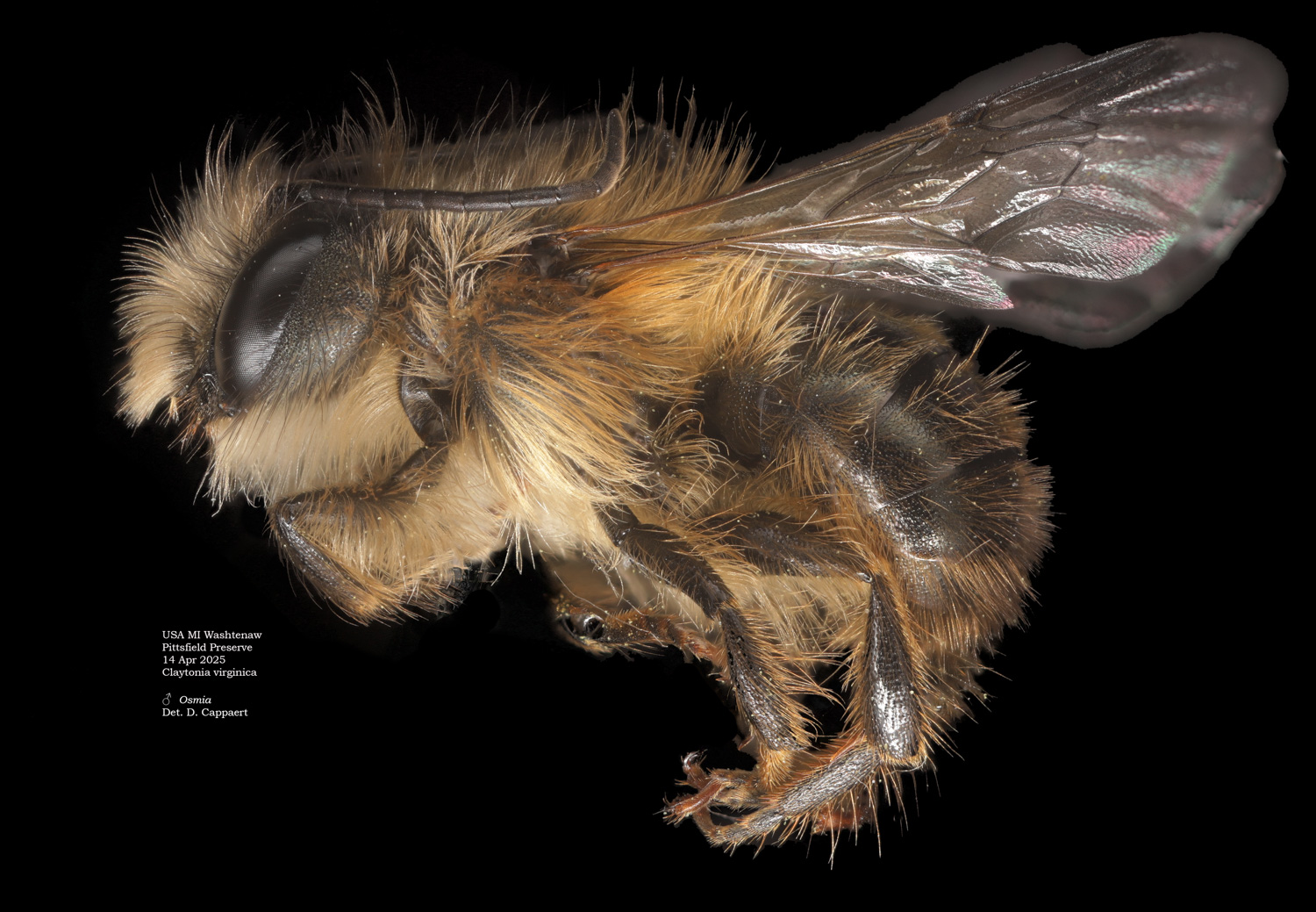
|
Cardamine - toothwortBeeflies were abundant on toothwort, and many other flowers. 
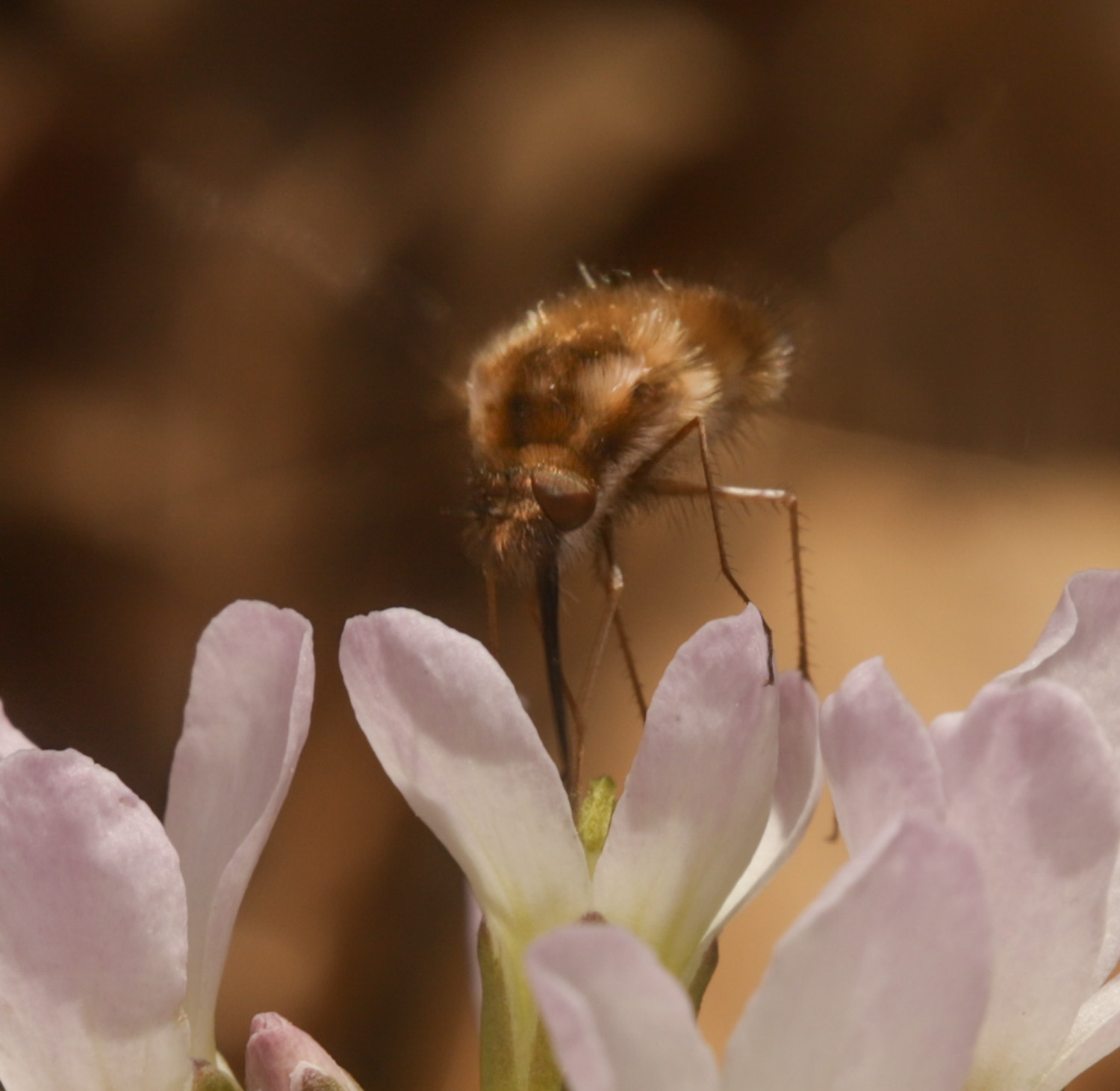
Andrena erigineae.As of 19 Apr, I've seen many males, and no females.
|

Andrena carlini. See iNat for my confession about mistakenly calling this A. nigrihirta.
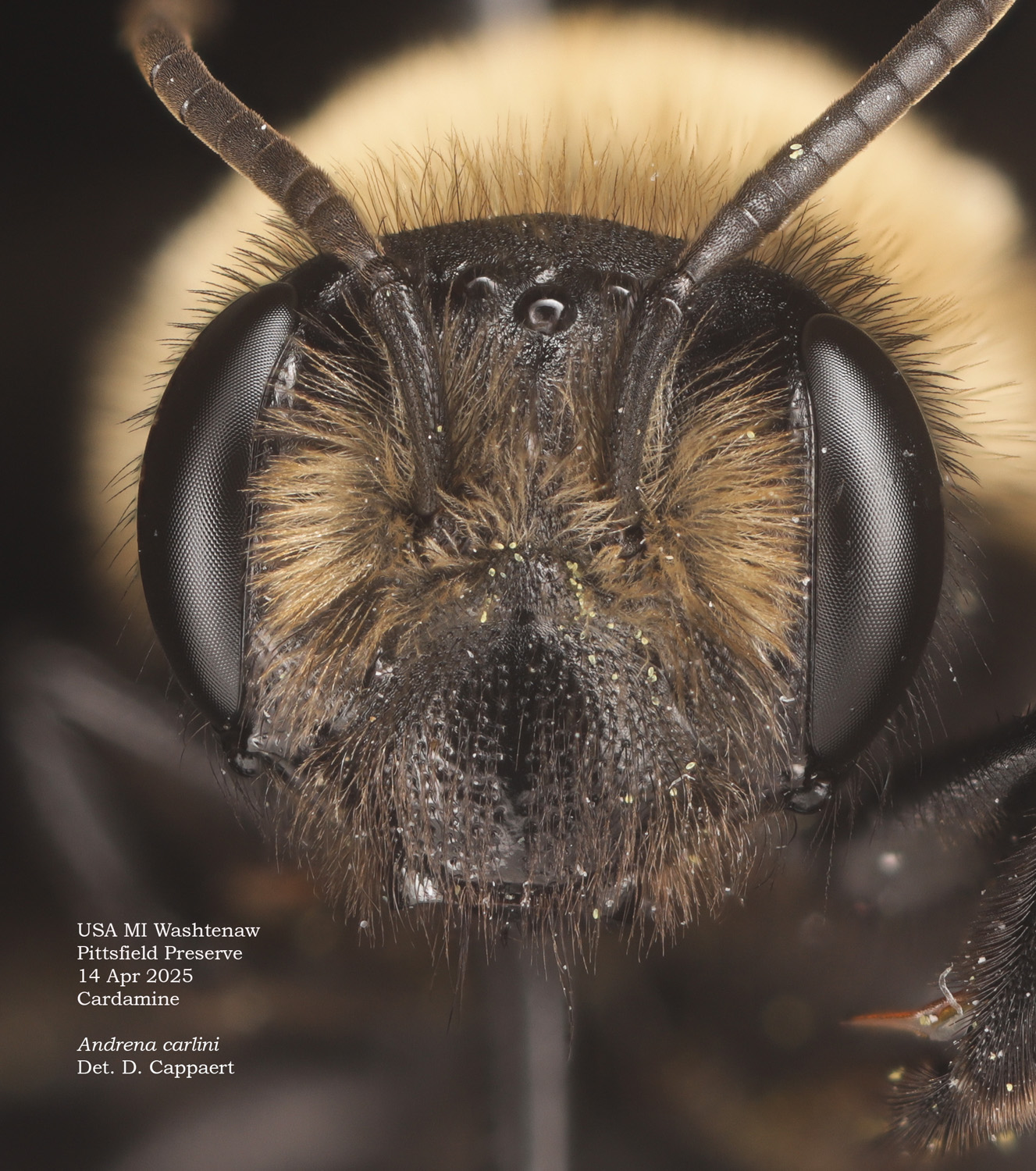
|
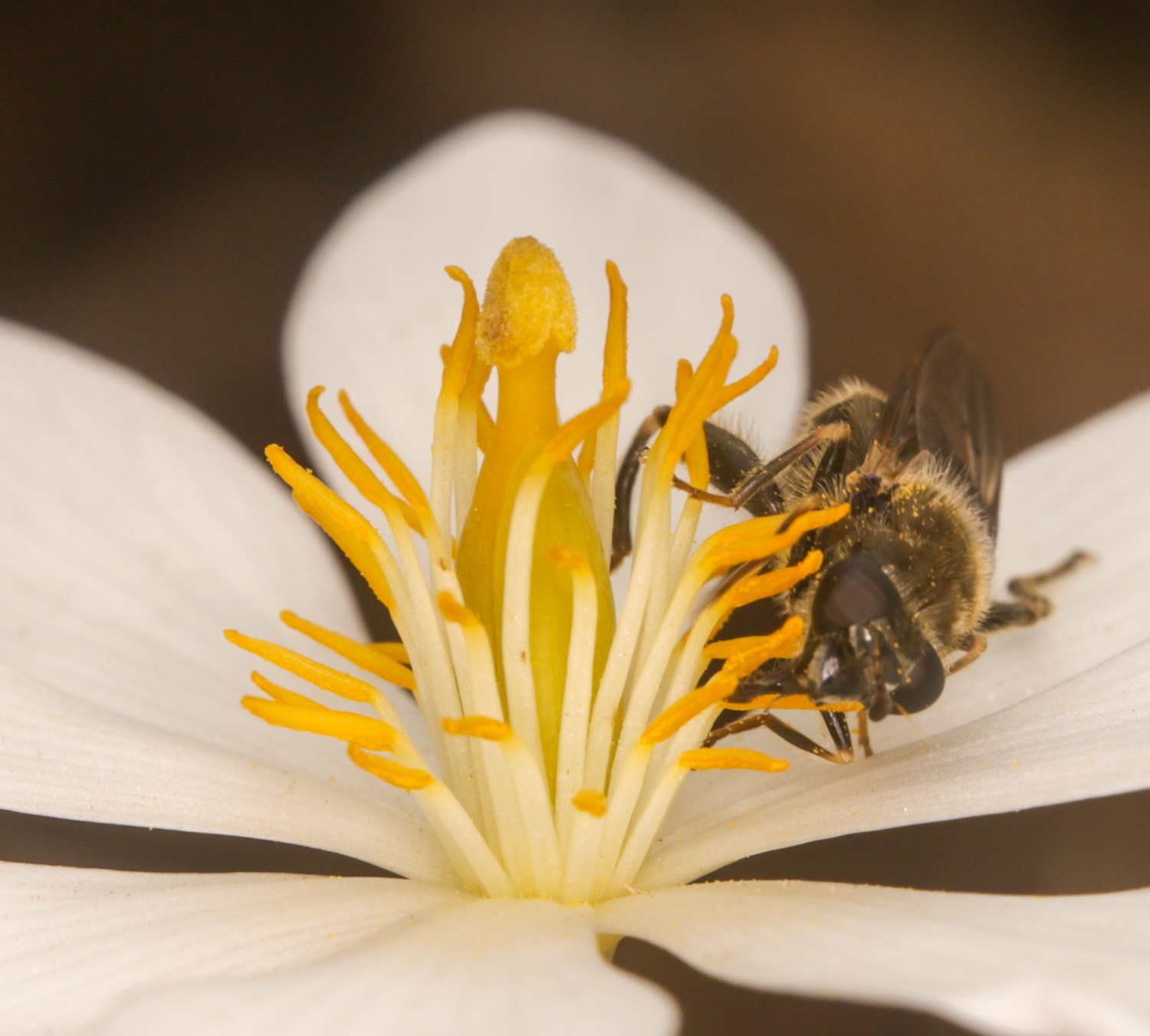
Above: catkin fly on bloodrootbelow: trout lily, which was visited by A. carlini and beeflies.

|
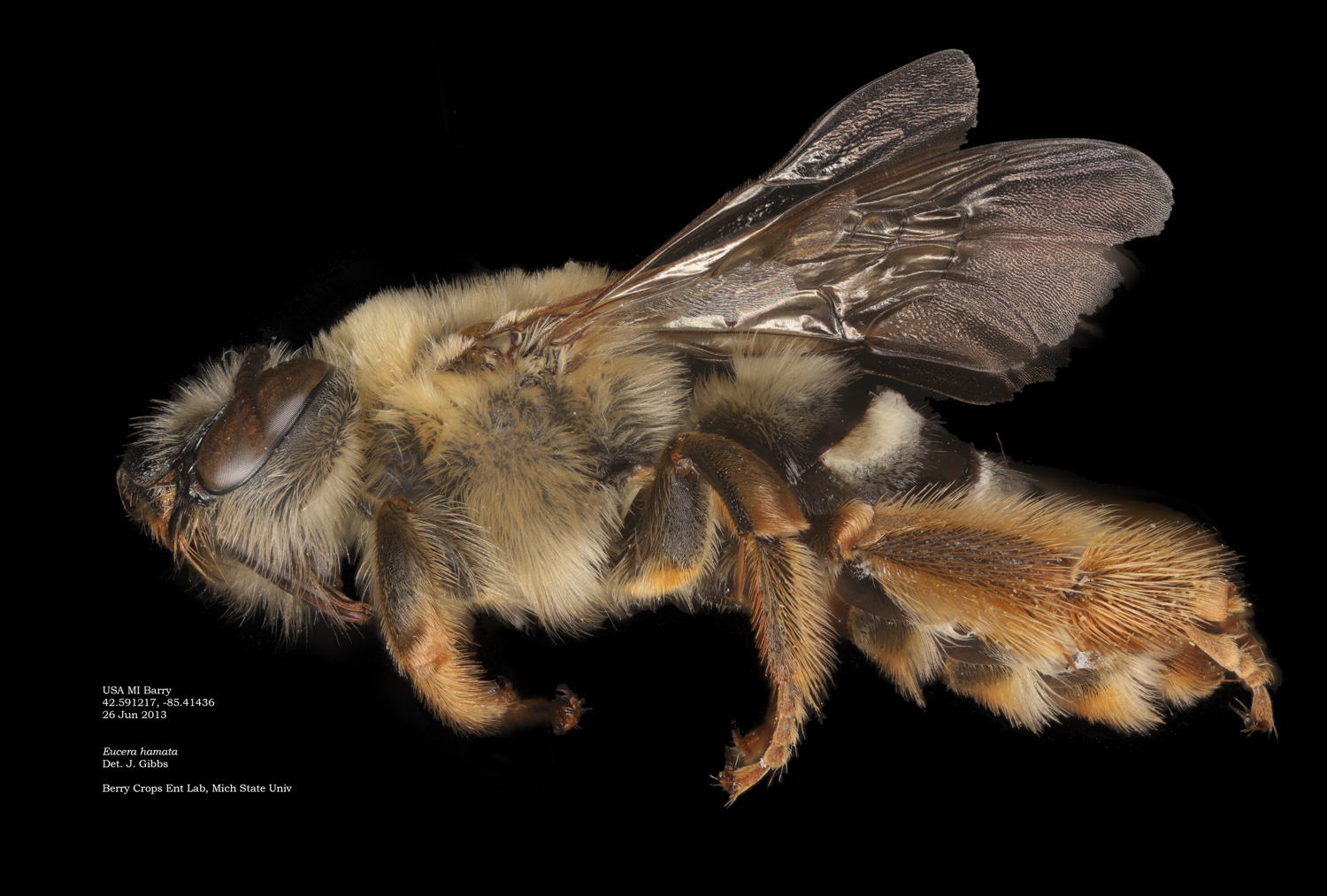
♀ Eucera hamata |
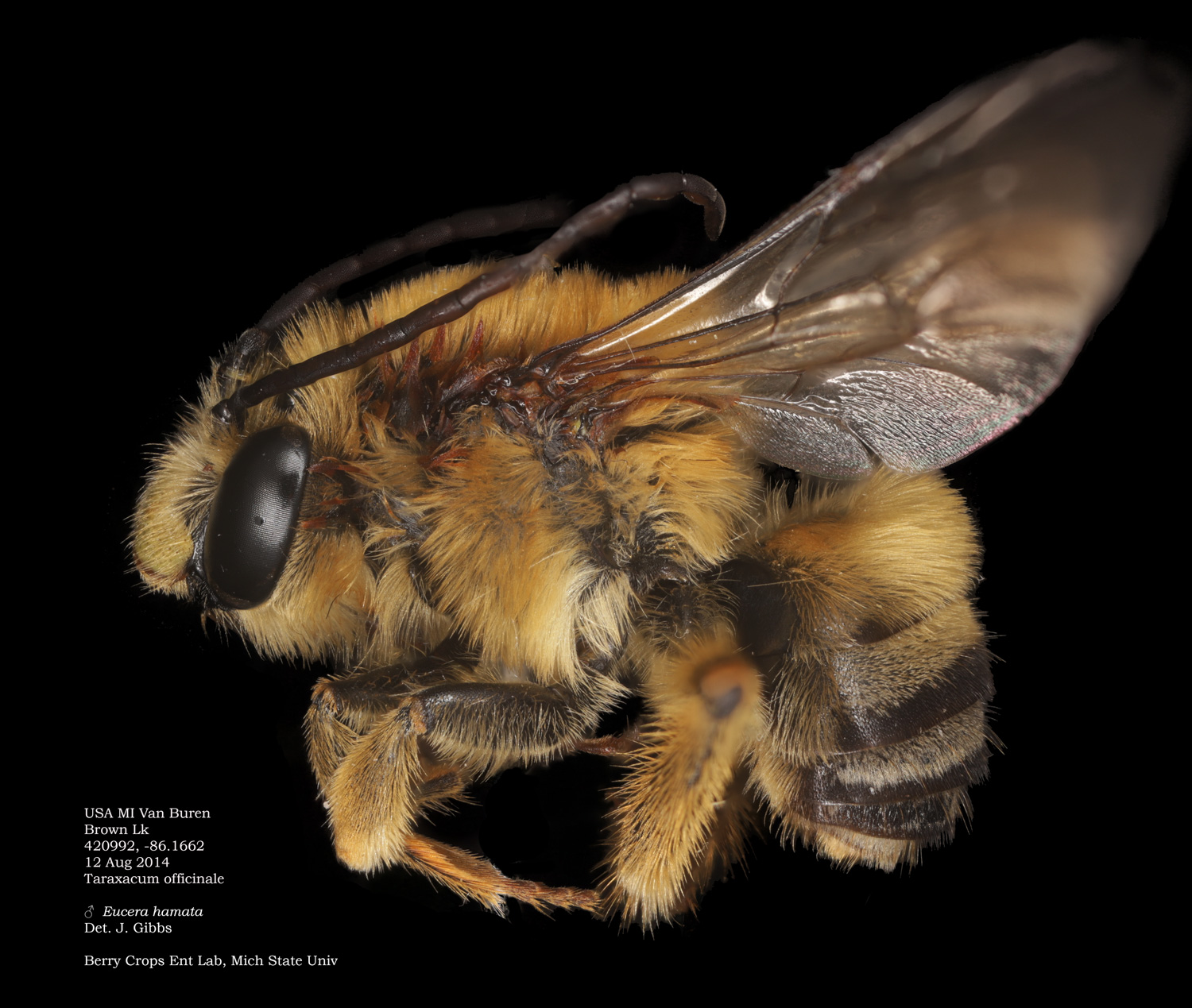
♂ Eucera hamata |
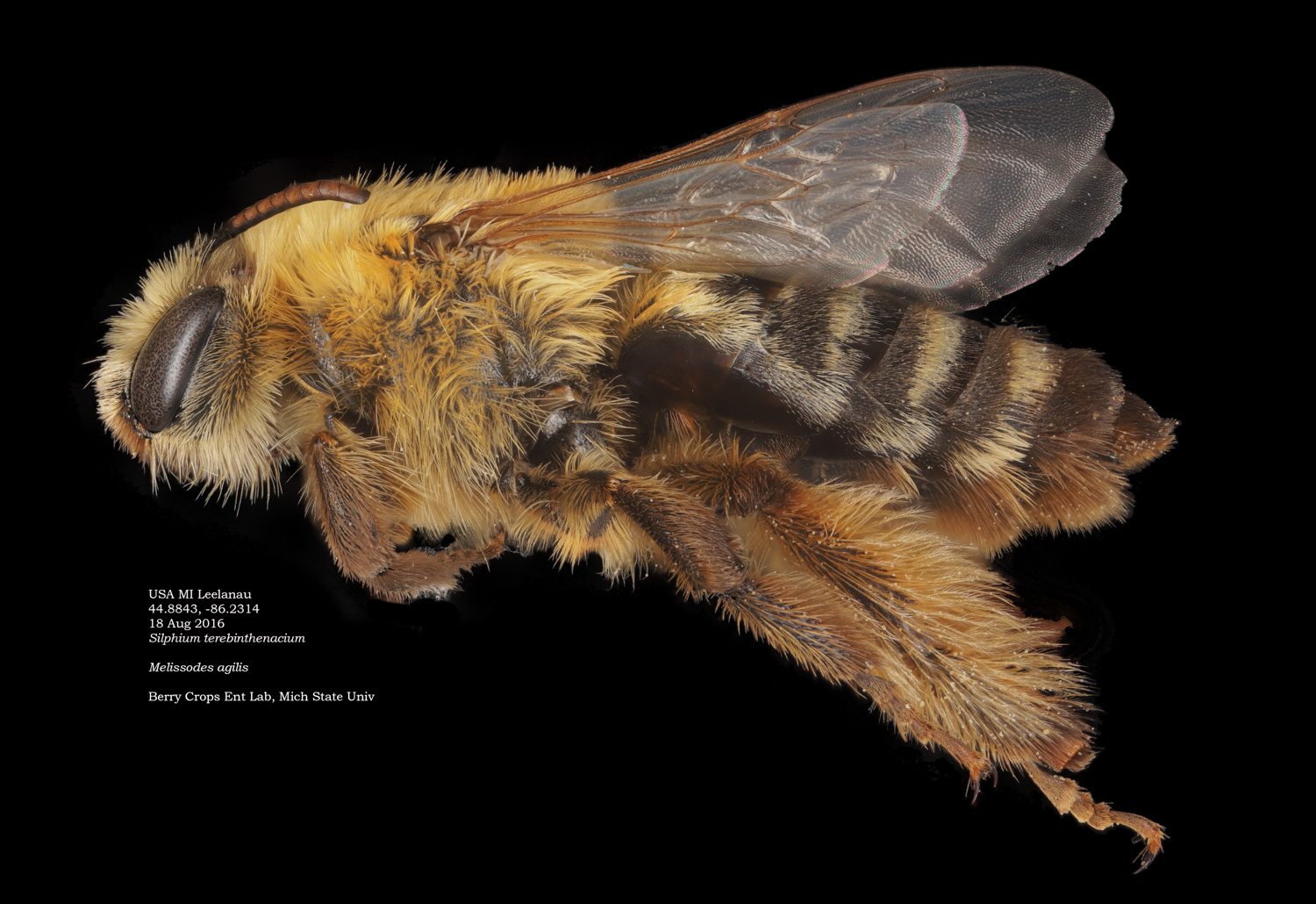
♀ Melissodes agilis |
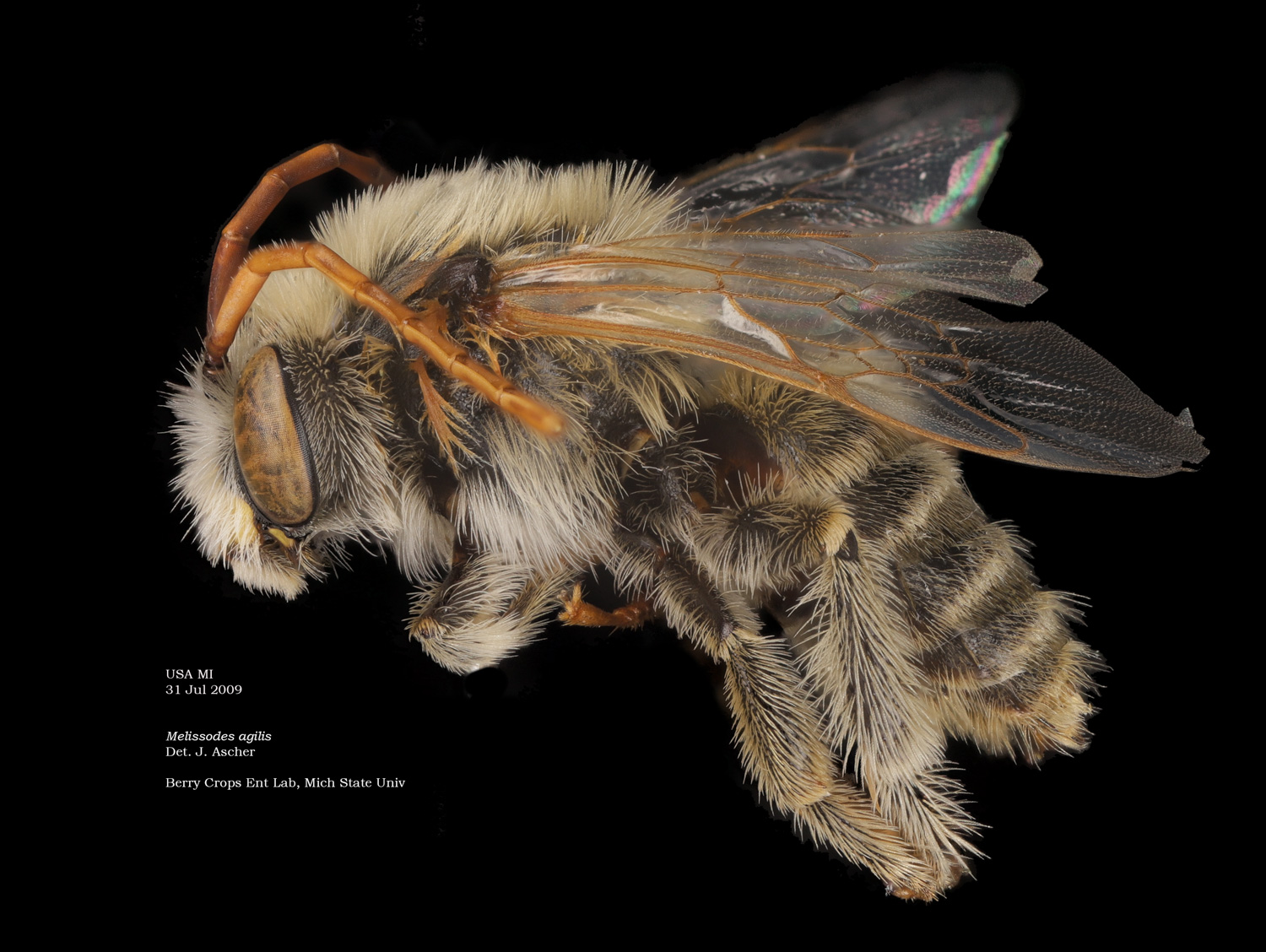
♂ Melissodes agilis |
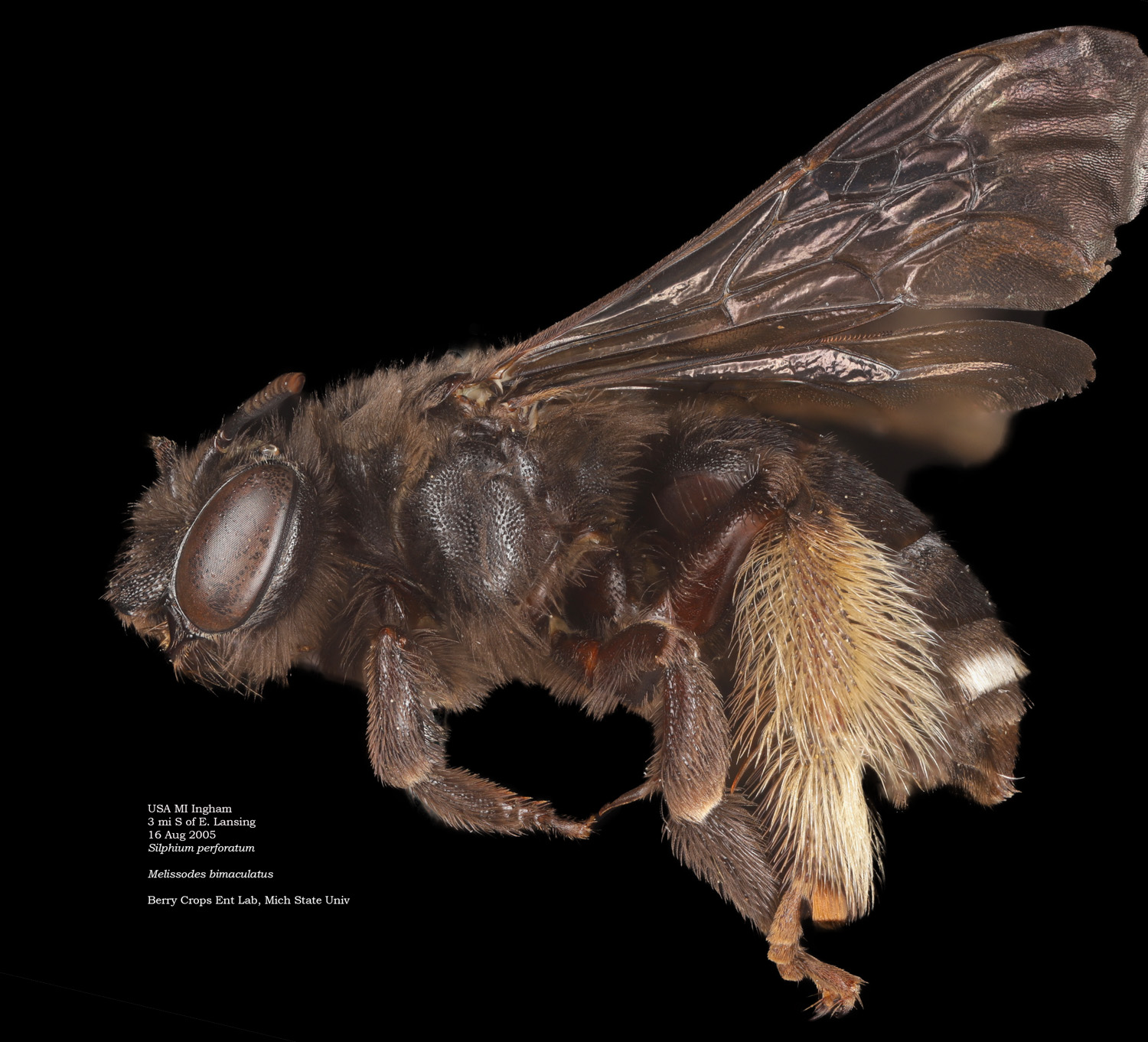
♀ Melissodes bimaculatus |

♂ Melissodes bimaculatus |
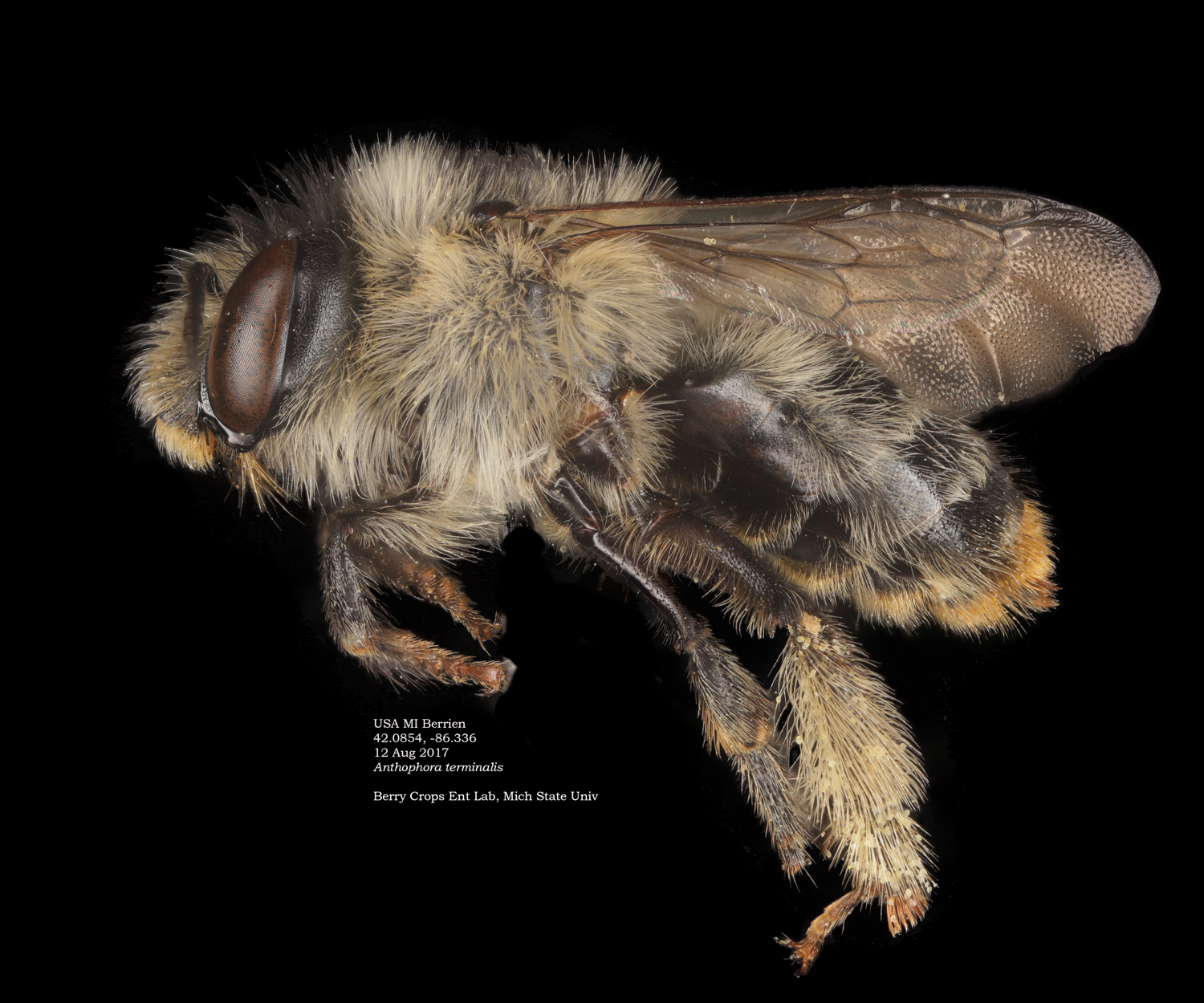
♀ Anthophora terminalis |

♀ Ceratina dupla |
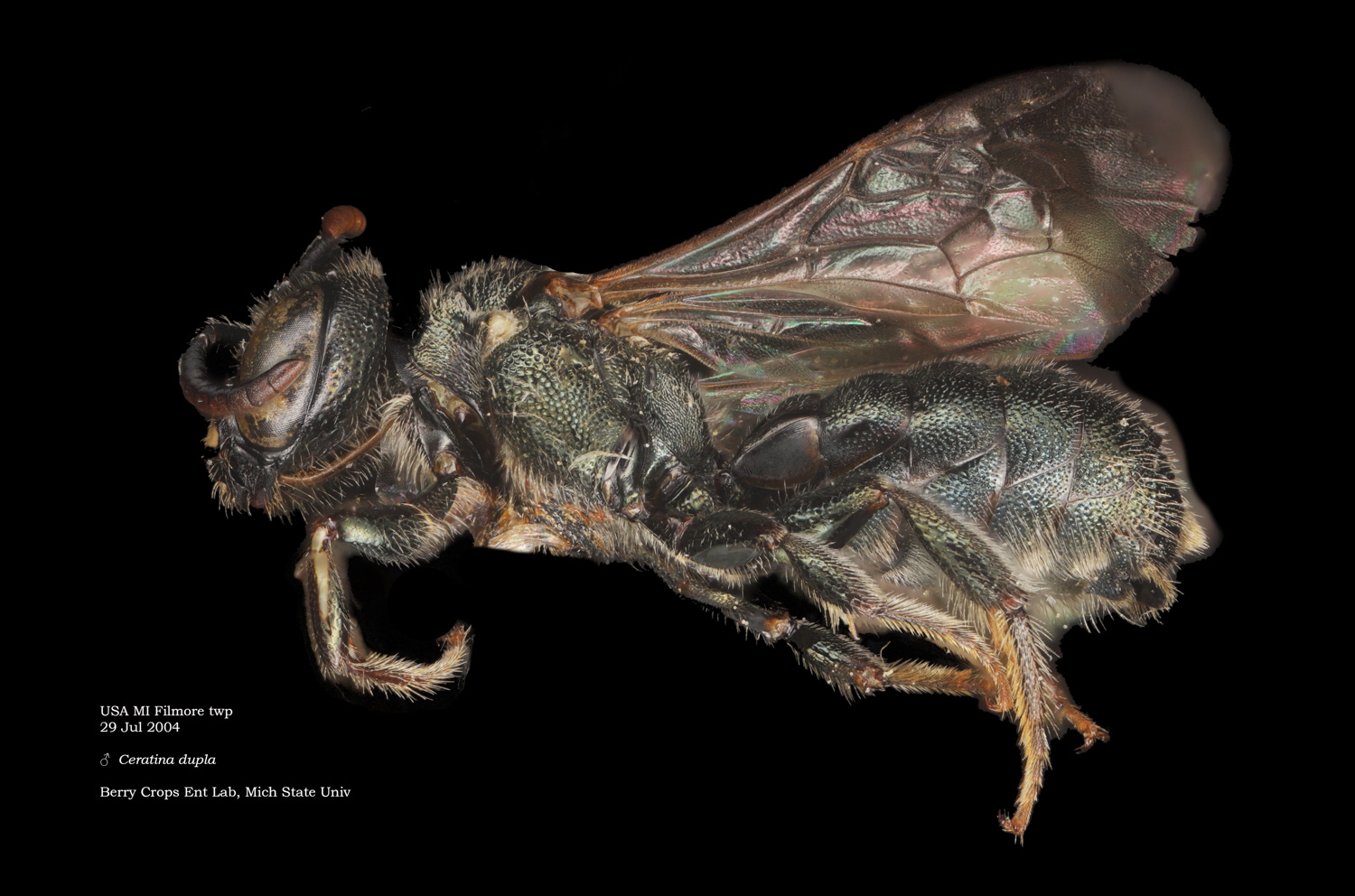
♂ Ceratina dupla |
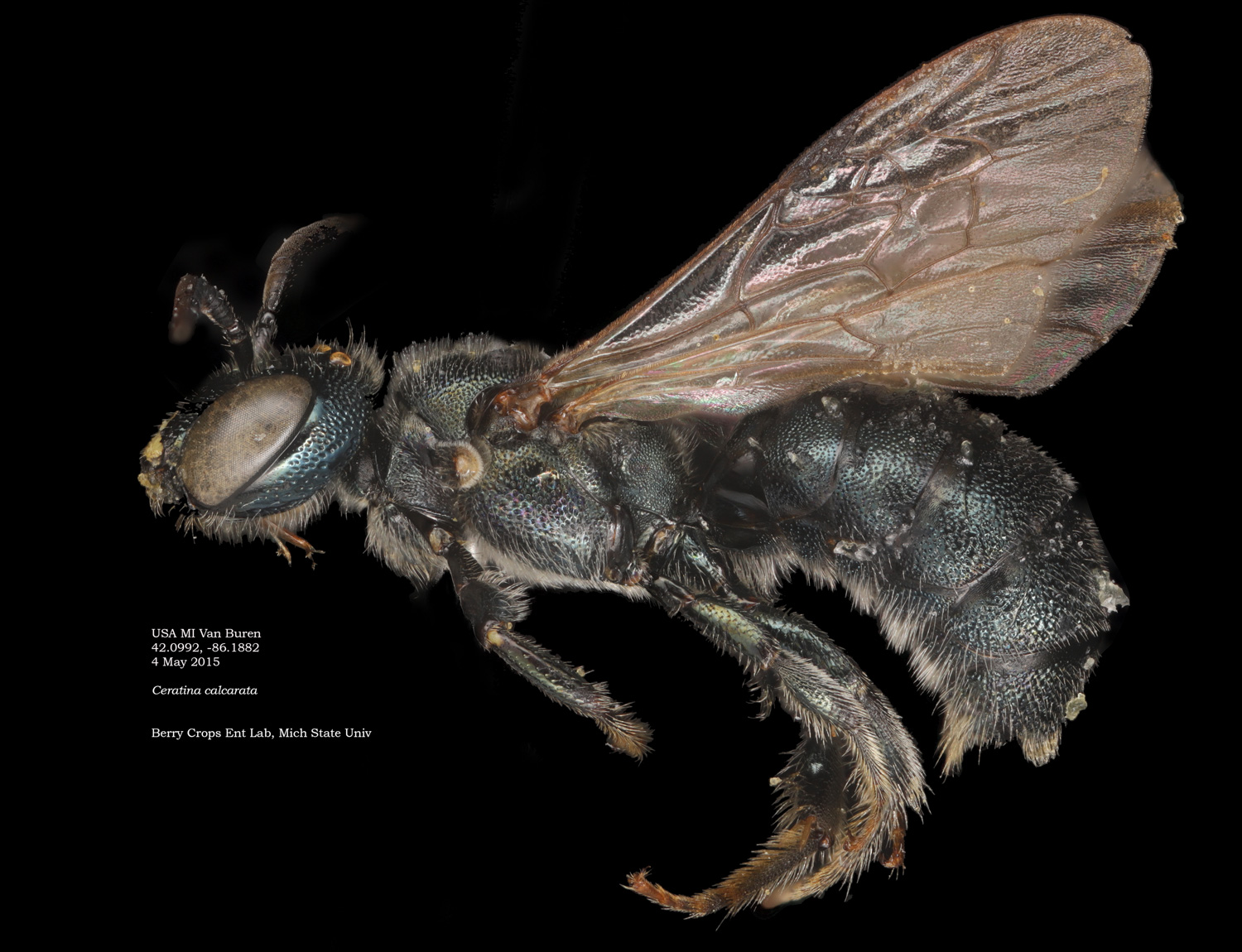
♀ Ceratina calcarata |
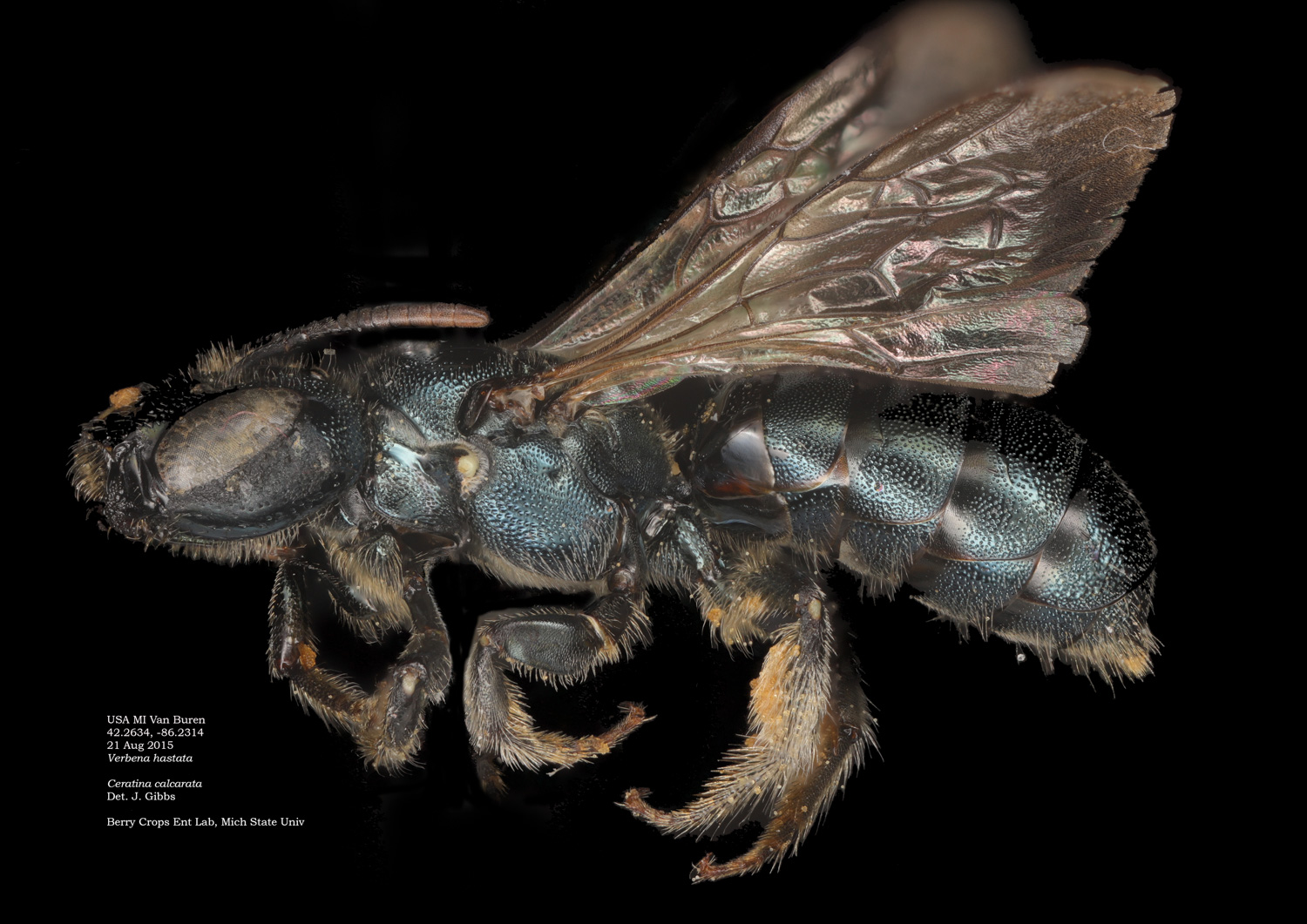
♀ Ceratina mikmaqi |
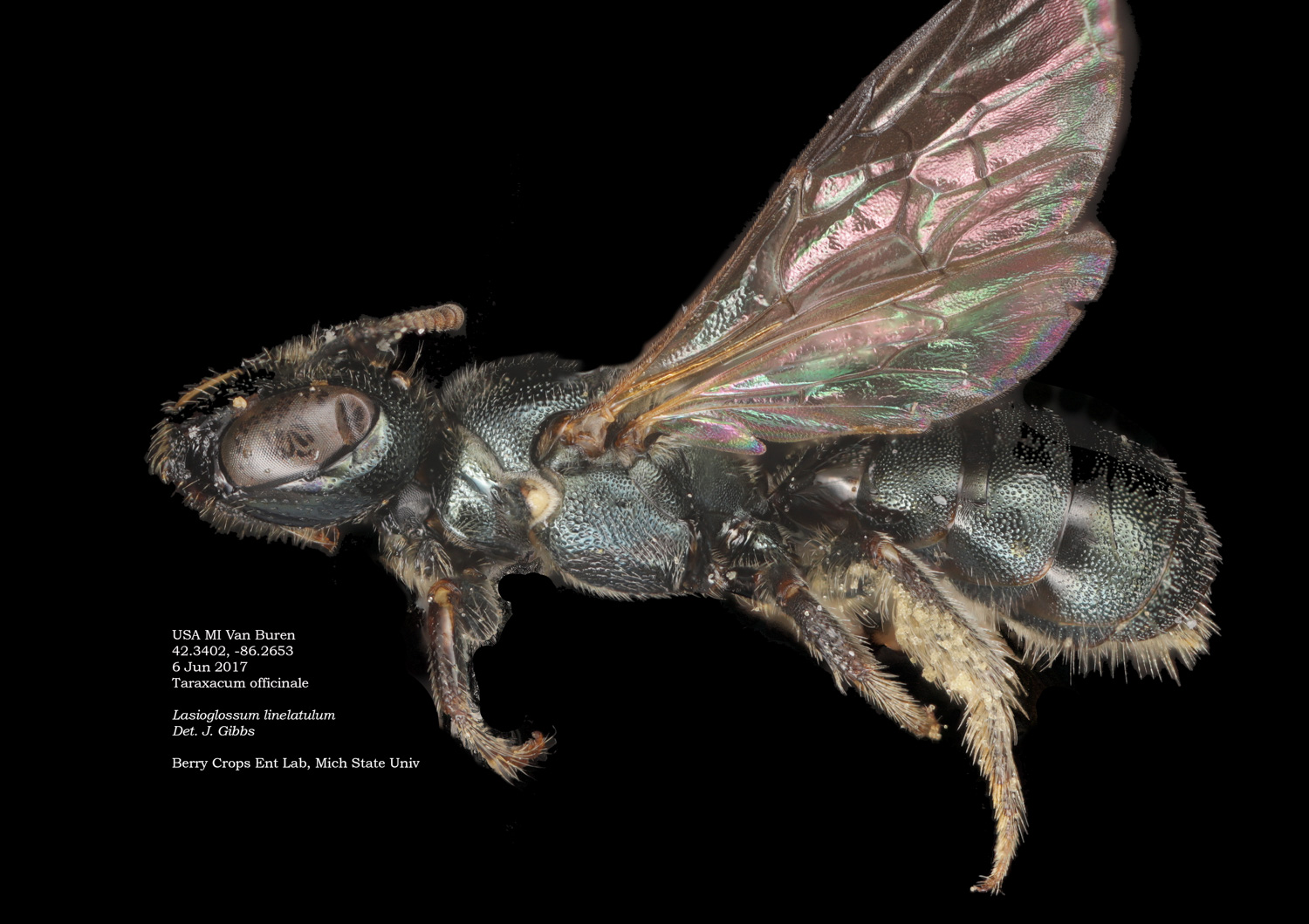
♀ Ceratina strenua |
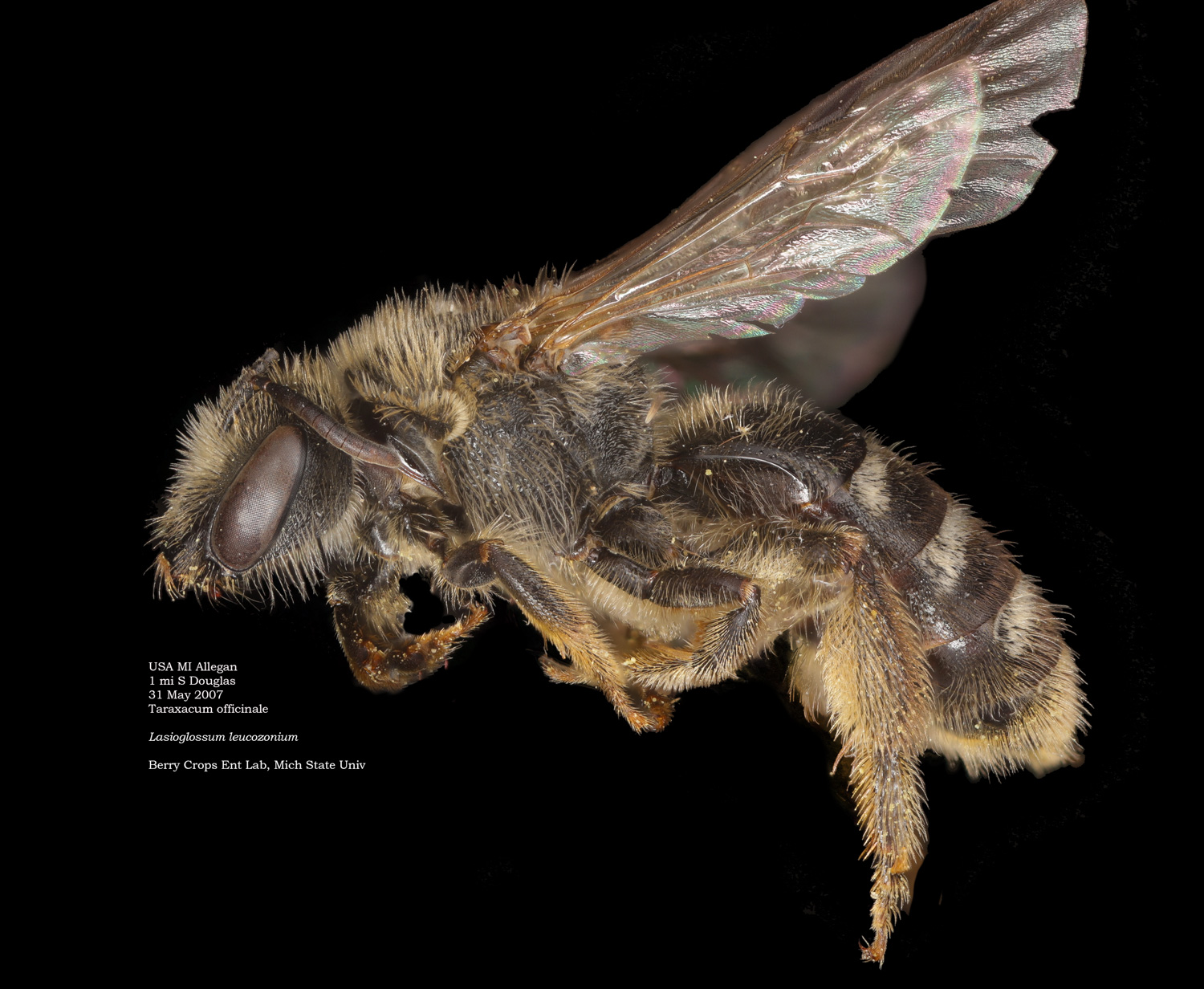
♀ Lasioglossum leucozonium |
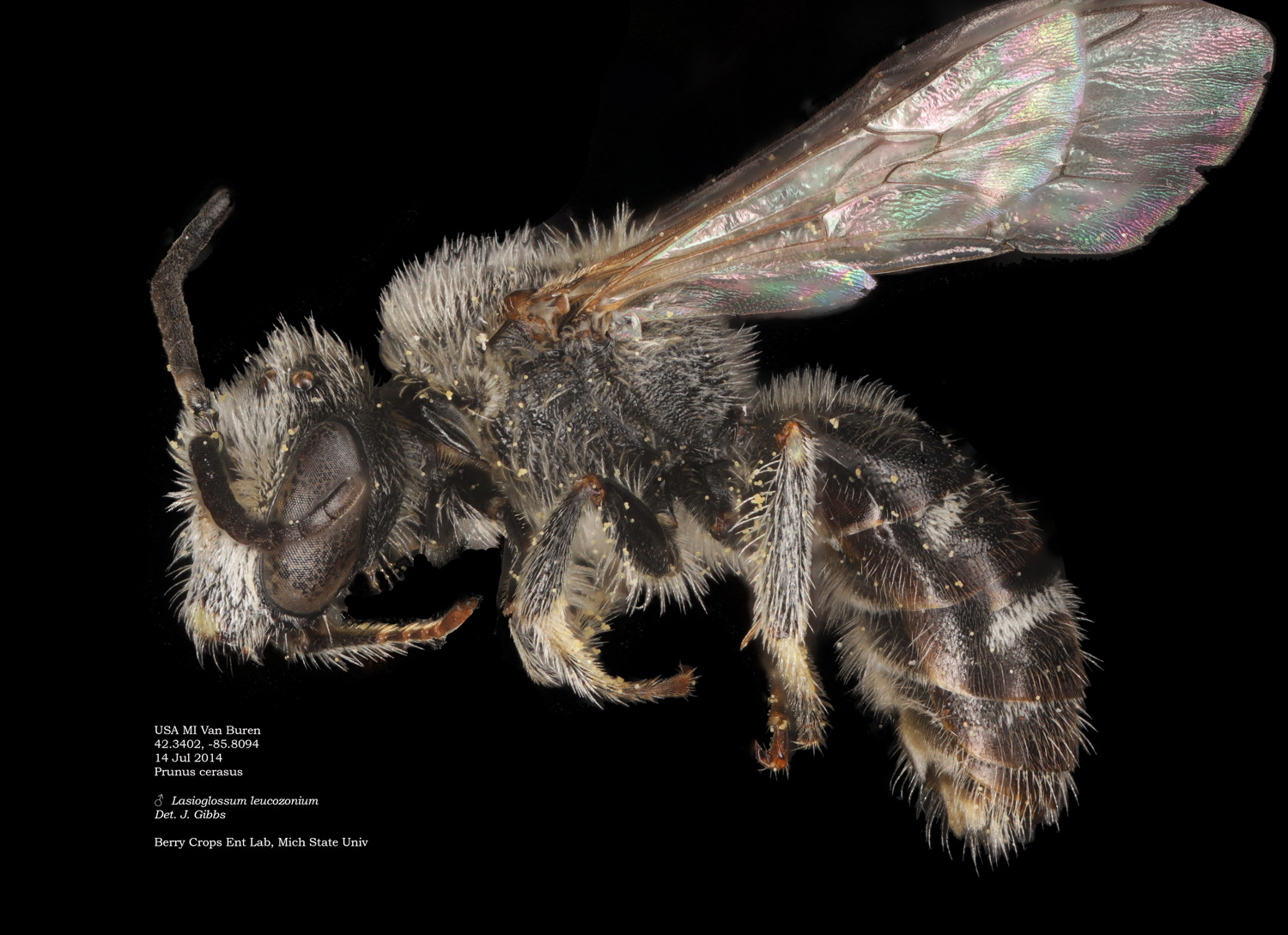
♂ Lasioglossum leucozonium |
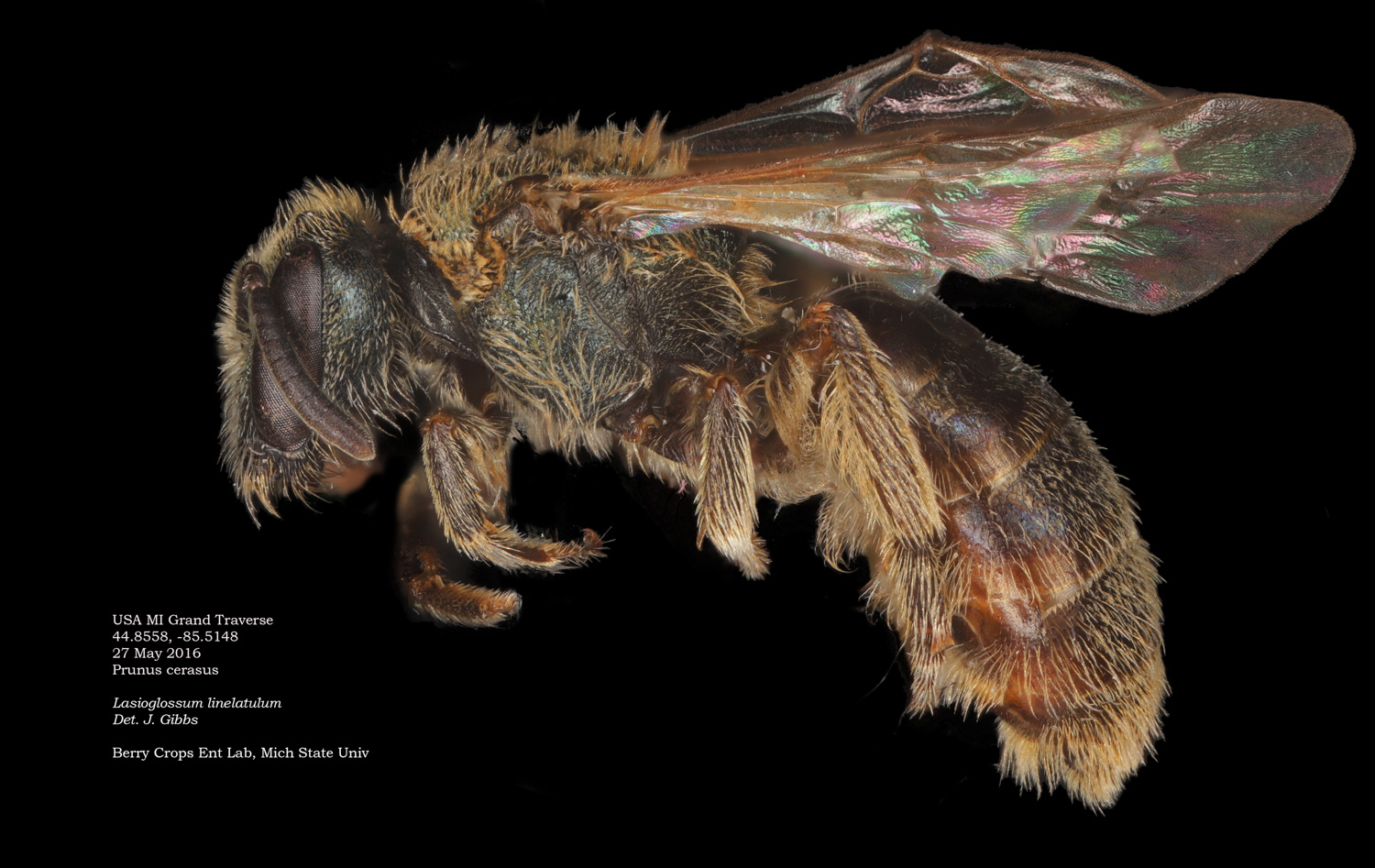
♀ Lasioglossum linealatum |
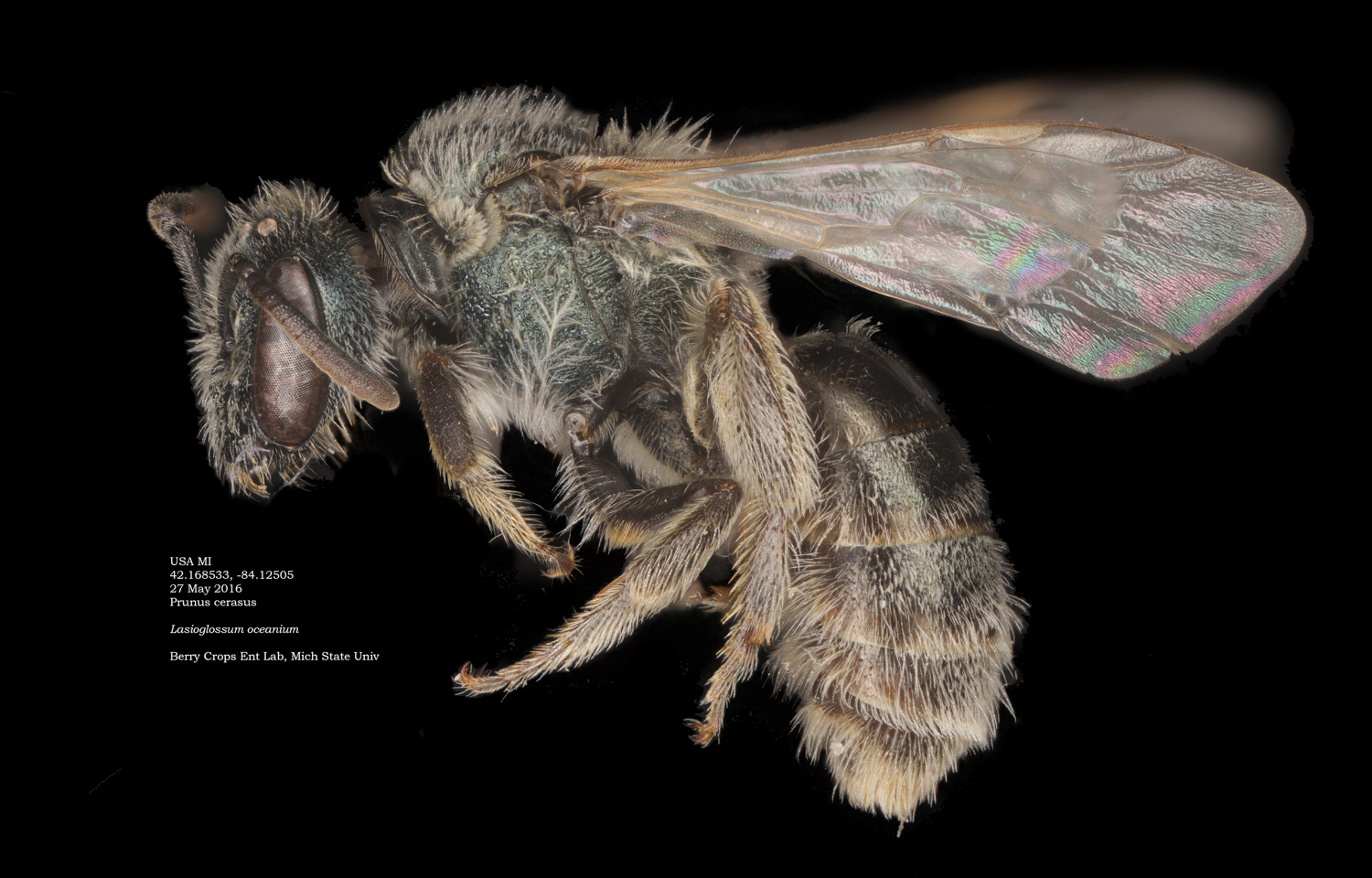
♀ Lasioglossum oceanicum |
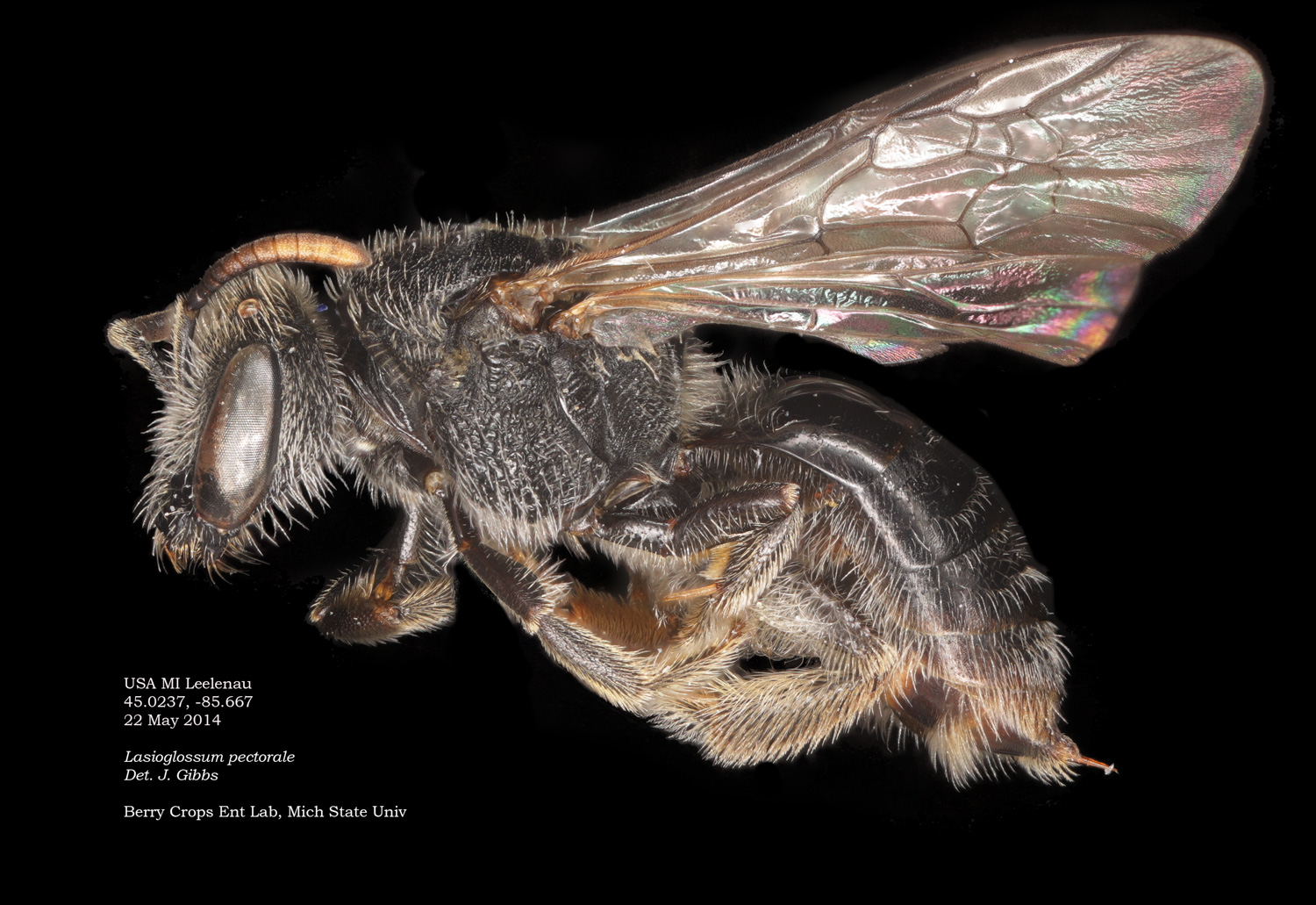
♀ Lasioglossum pectorale |
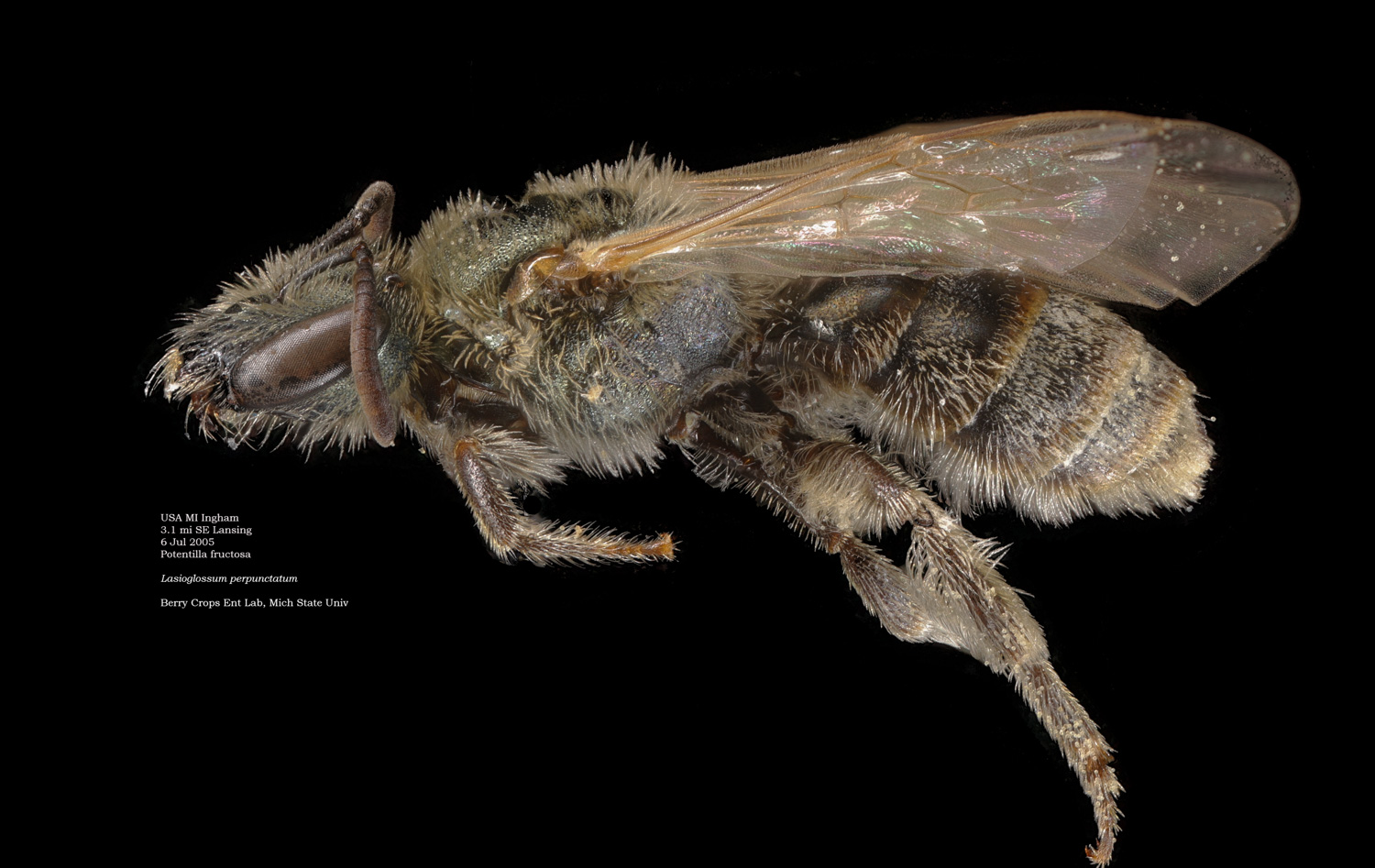
♀ Lasioglossum perpunctatum |
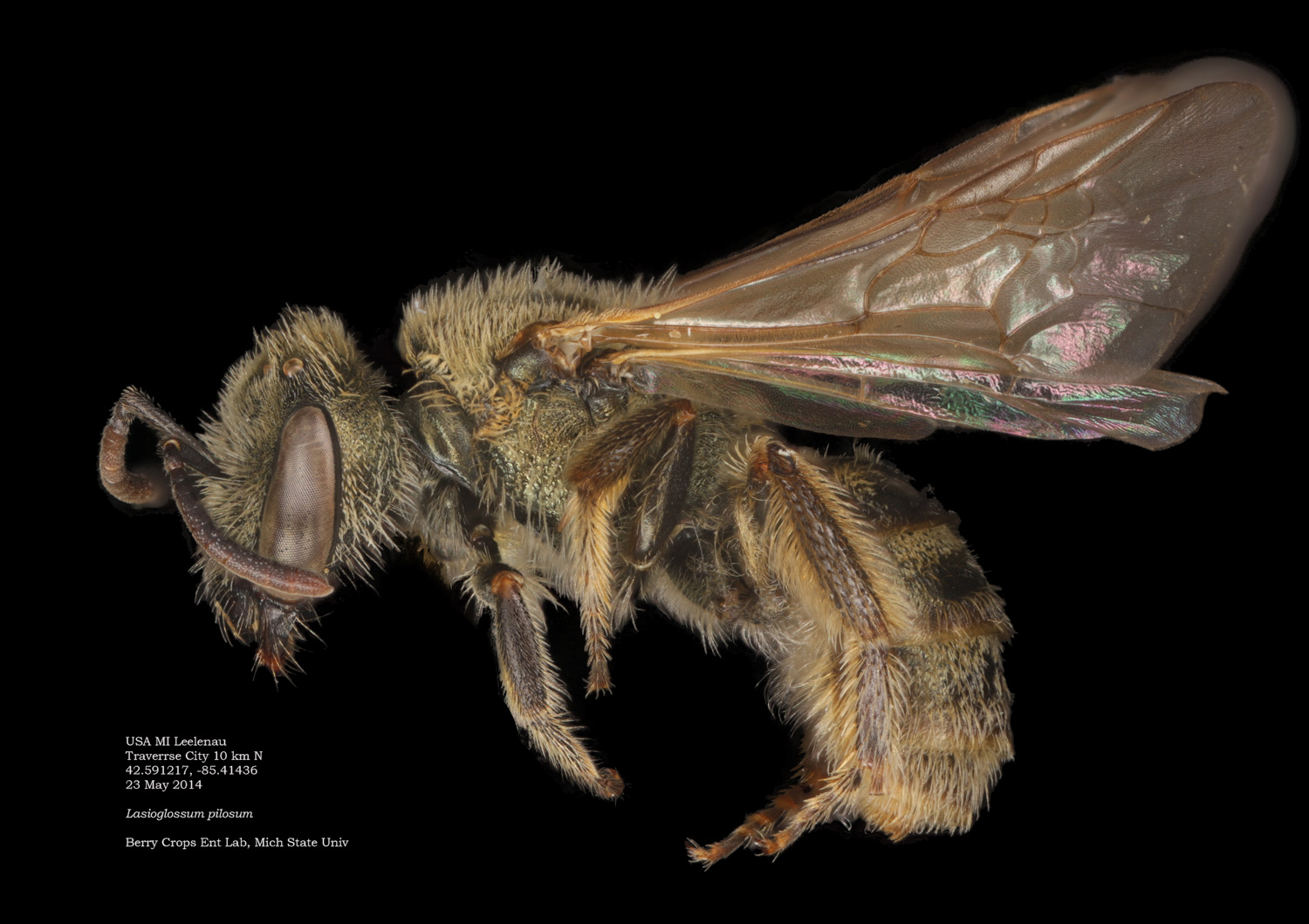
♀ Lasioglossum pilosum |
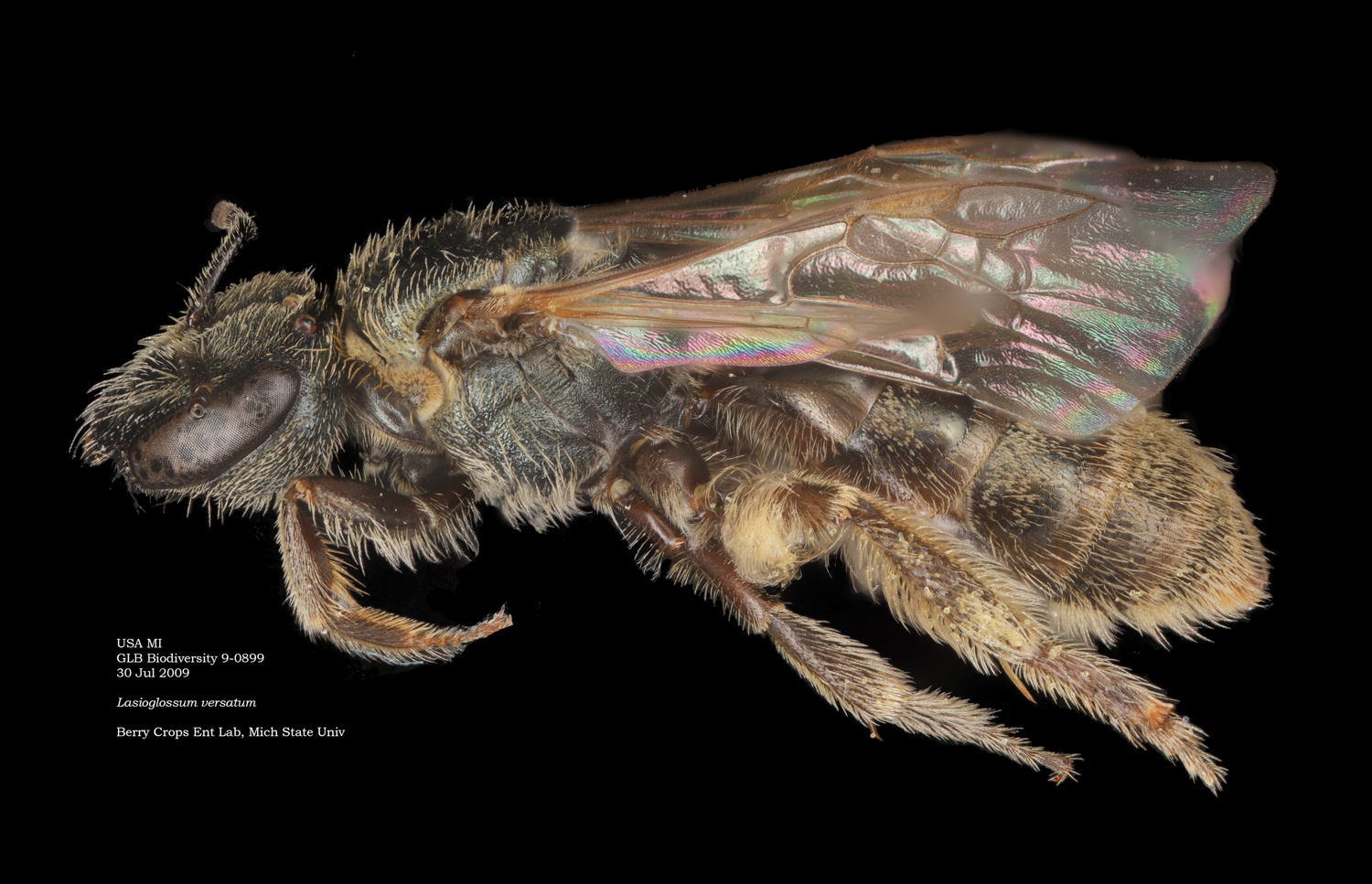
♀ Lasioglossum versatum |
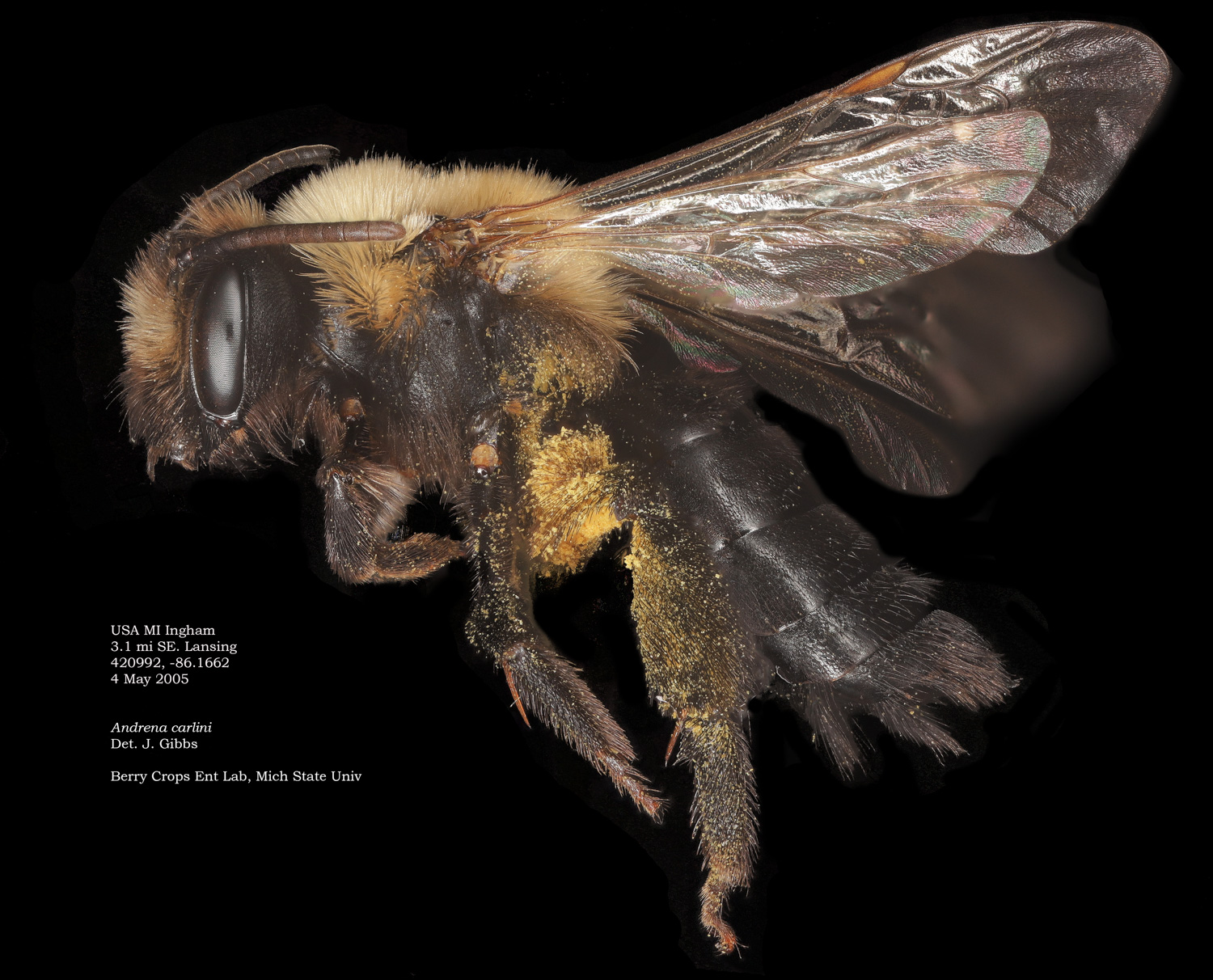
♀ Andrena carlini |
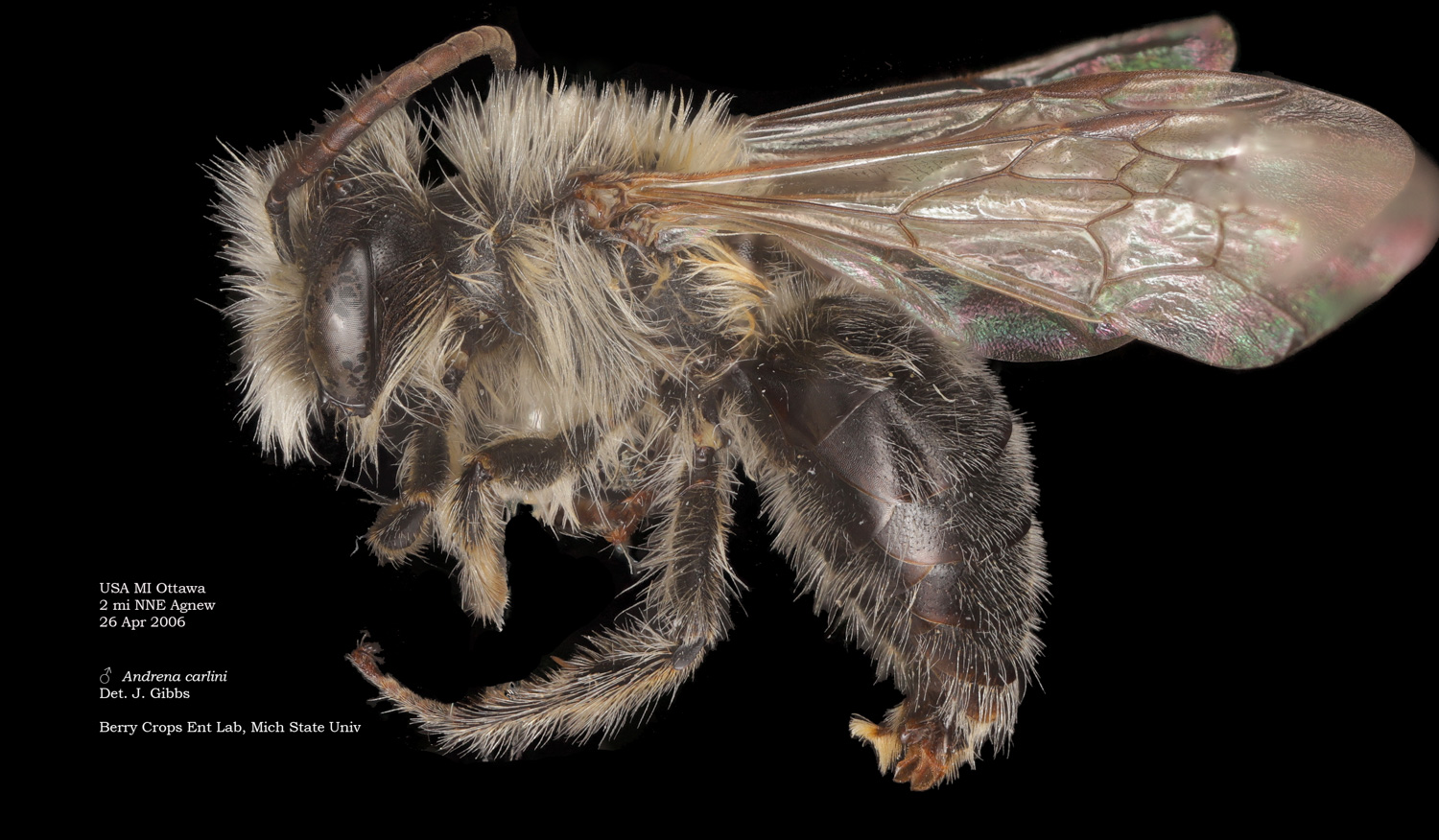
♂ Andrena carlini |
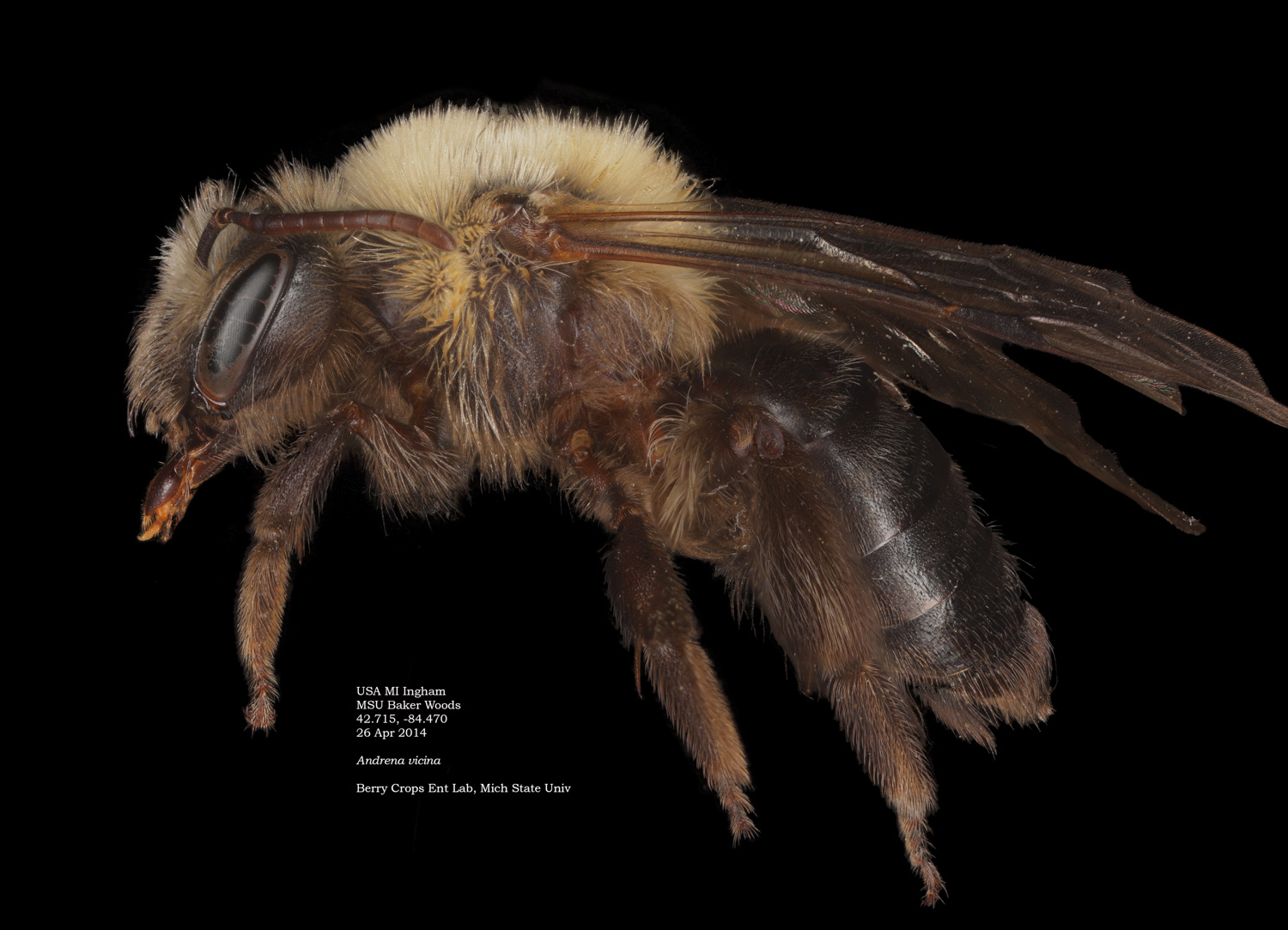
♀ Andrena vicina |

♂Andrena vicina |
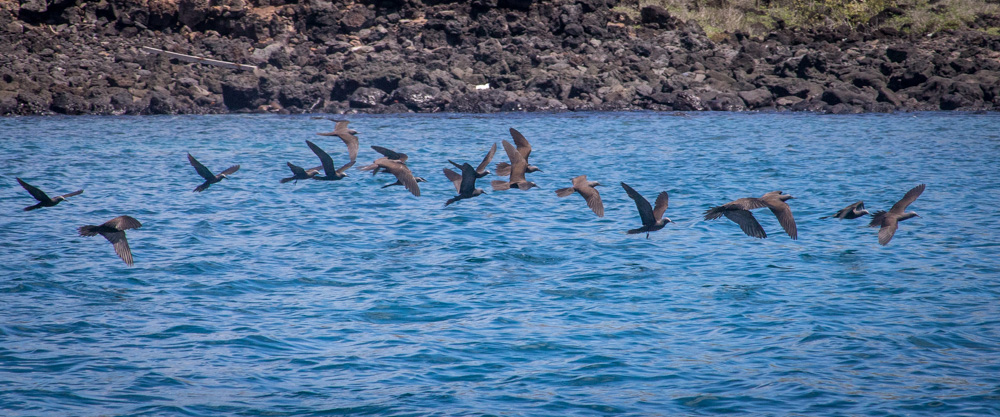
Blue-footed boobies. T-shirt vendors and tourists love to play on the risque name. So I call them "guano ducks."
|
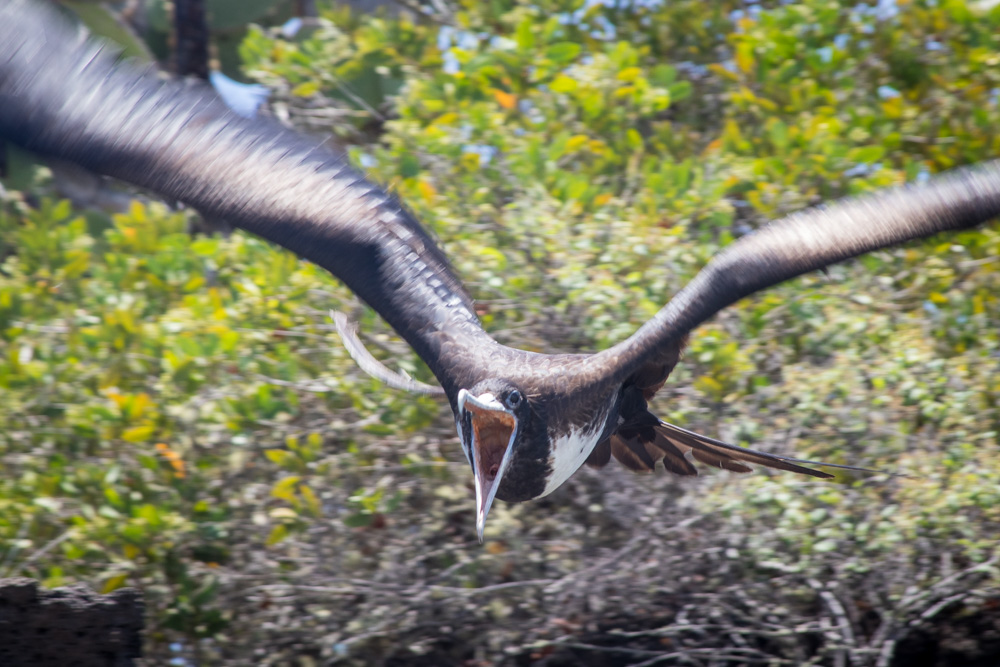
Frigate bird.
|

Tortoises of course.
|
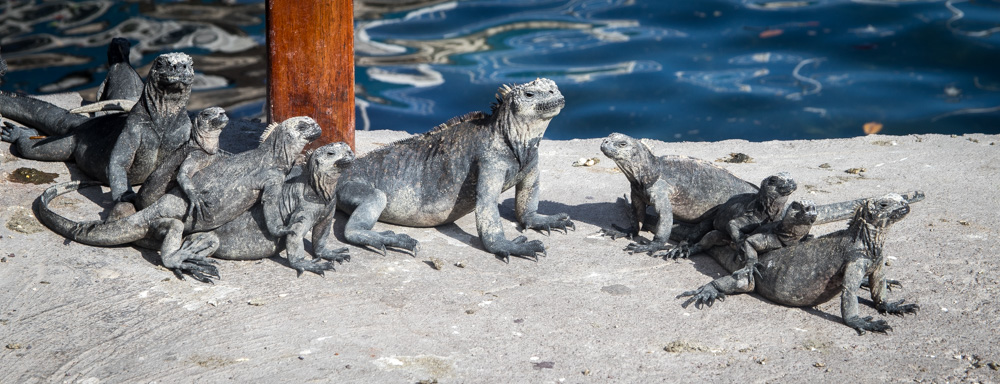
Iguanas and the sea lions are fearless, and eveywhere in the main town.
|
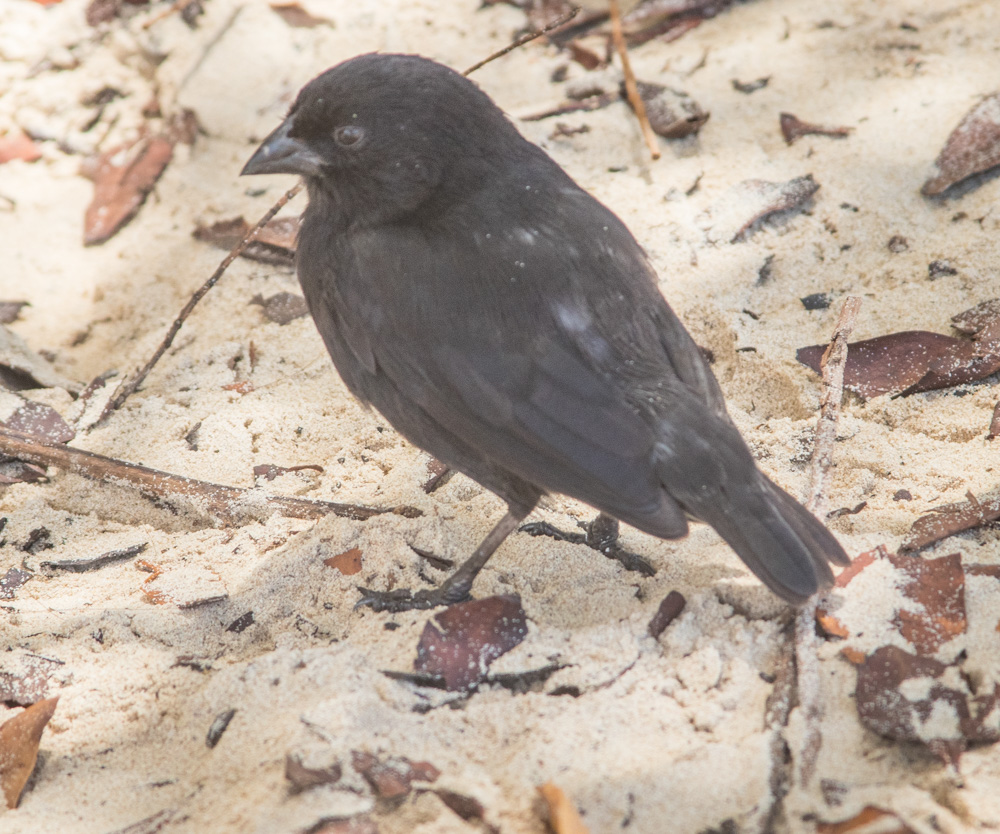
Finches of course.
|
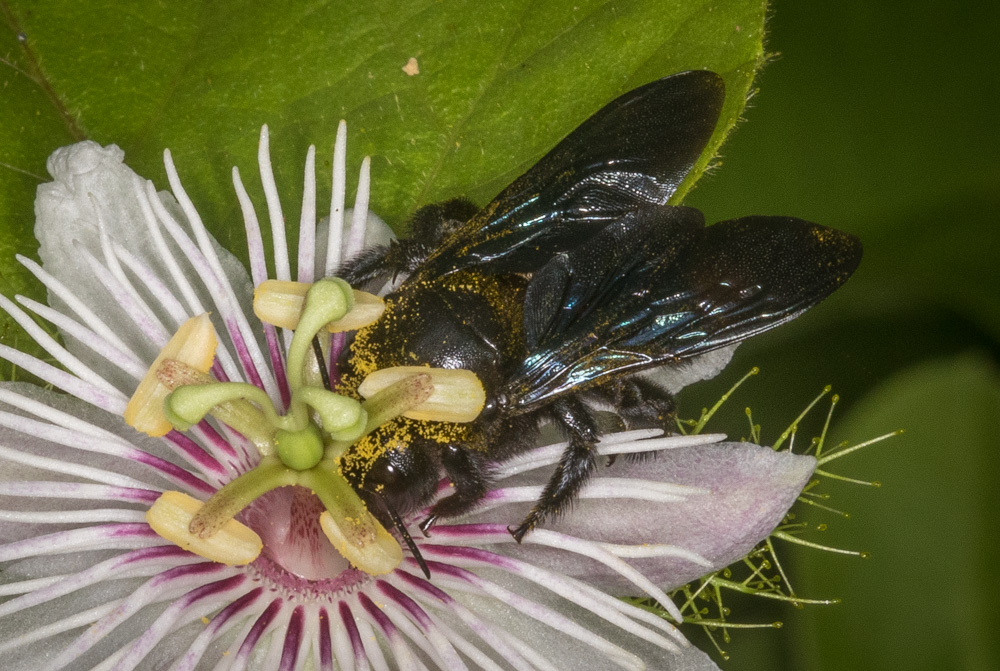
There is just one bee species, the endemic capenter bee.
|
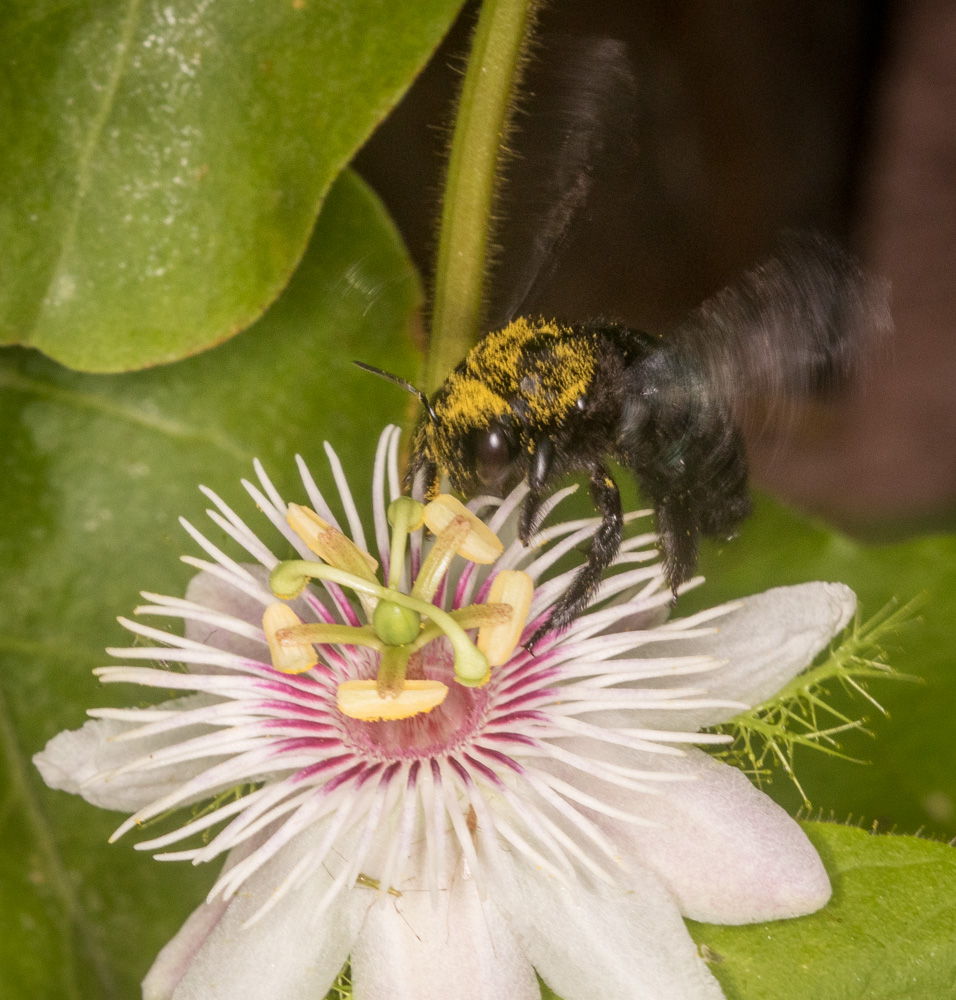
|
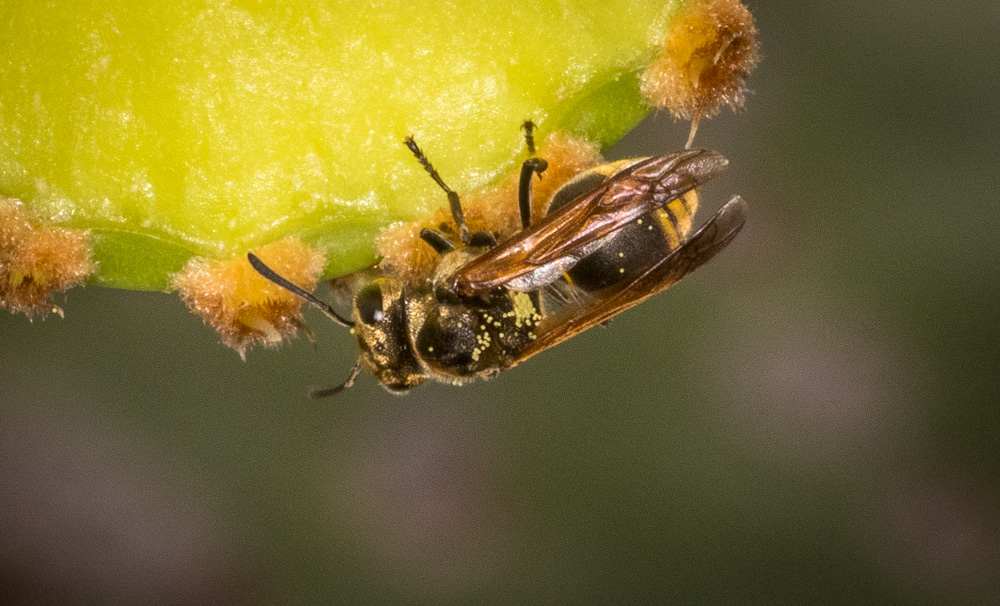
I saw only one other insect pollinator, this honey wasp on prickly pear.
|
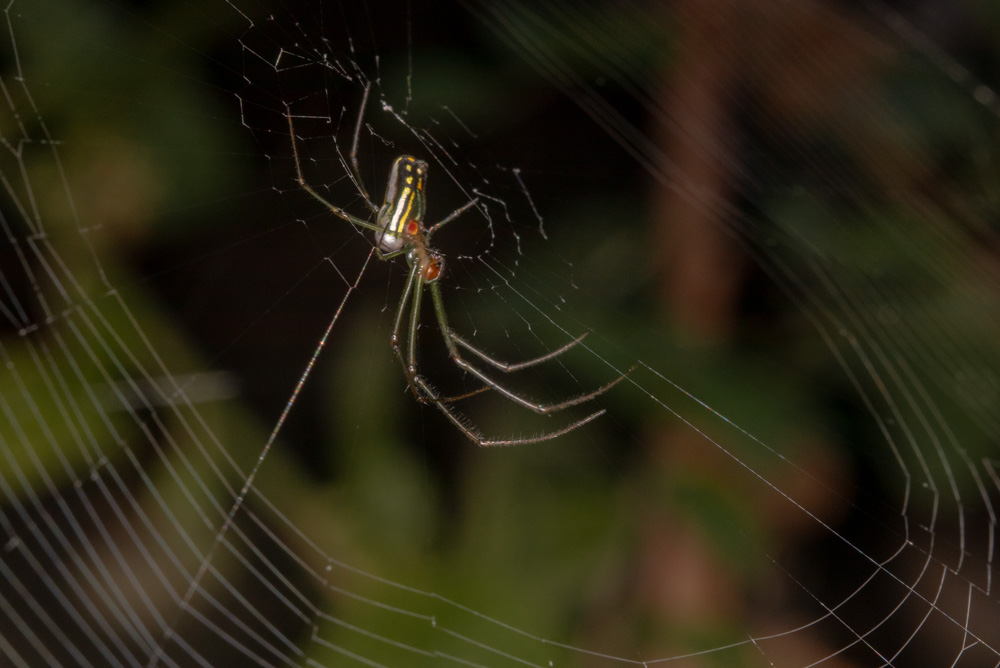
Two spiders were common. Lecauge agyra and Argiope argentata are also mainland species.
|
Ants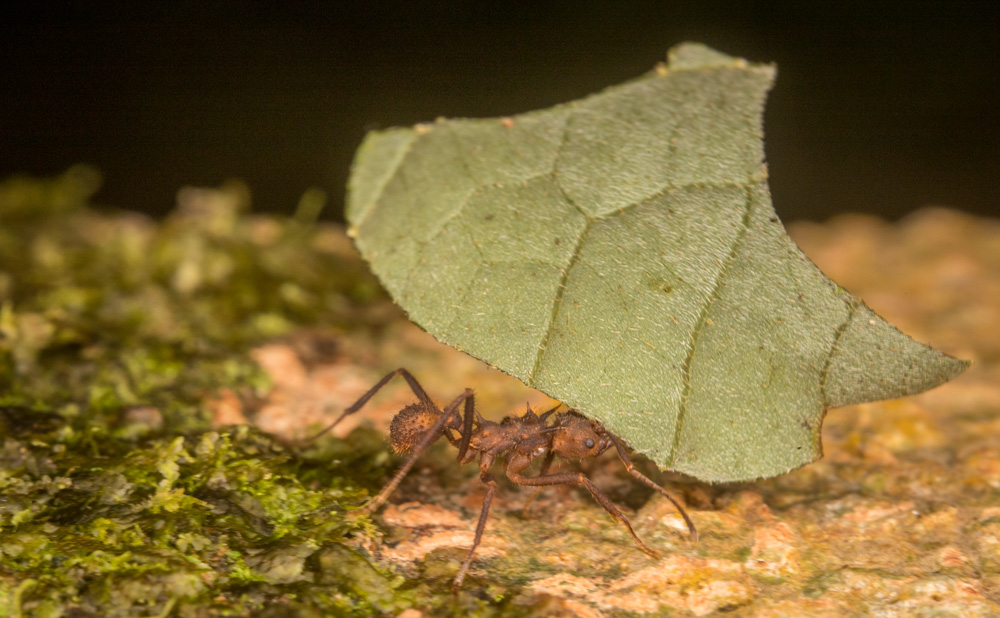
Leafcutter ants--Acromyrmex.
|
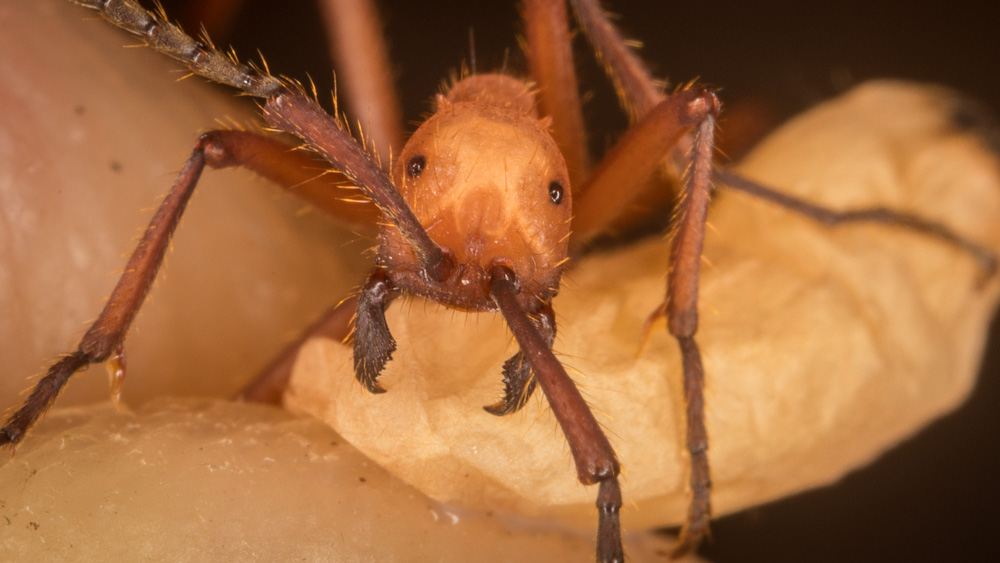
Army ant, Eciton sp.
|
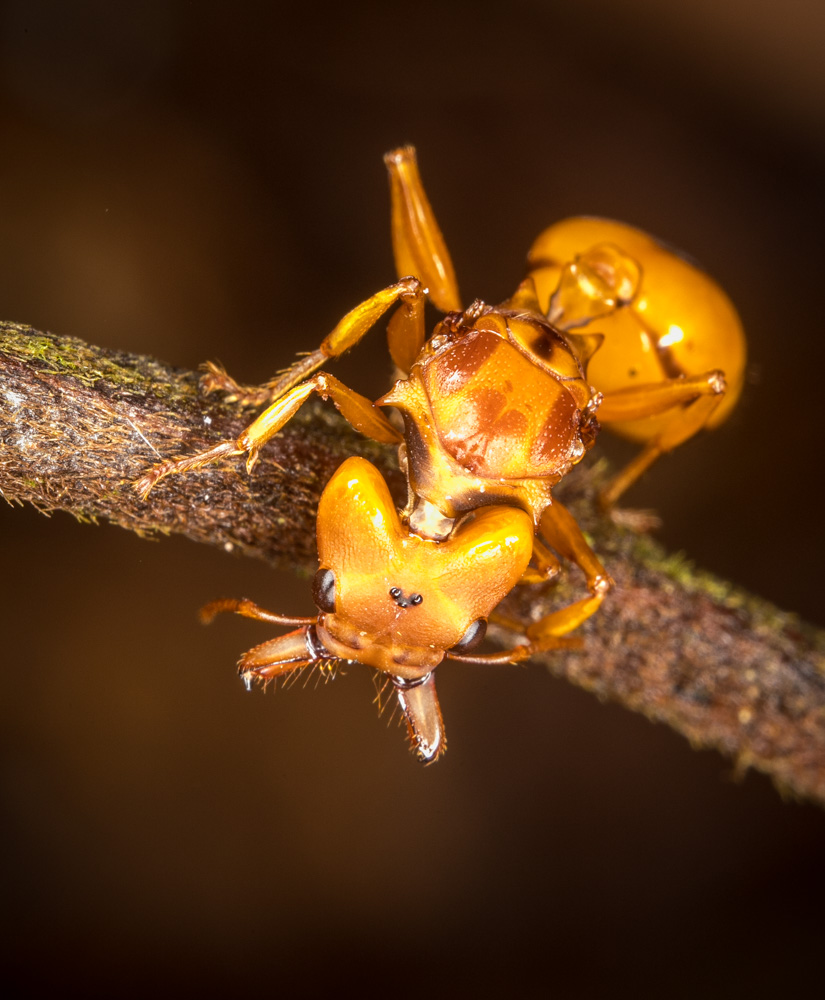
Daceton armigerum feature a trap-jaw mechanism, where mandibles snap shut with a touch on the sensory hairs on the labrum.
|
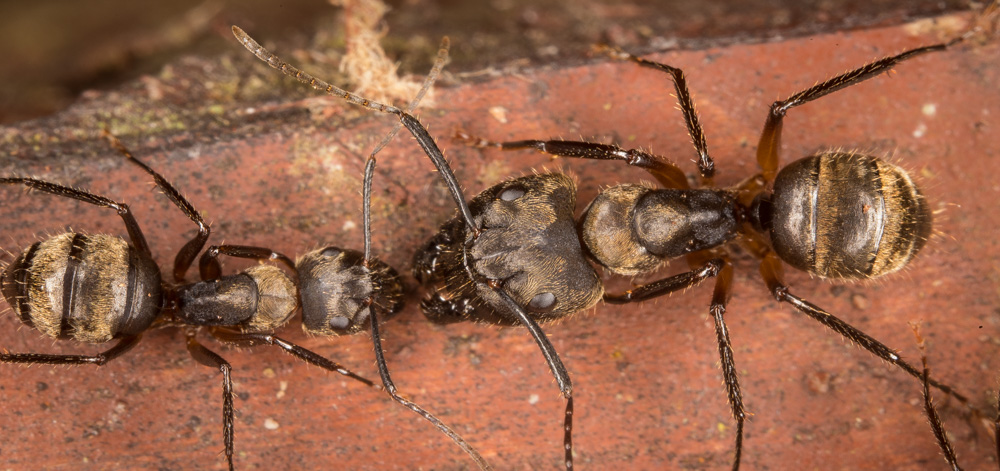
Carpenter ants, Camponotus femoratus.
|
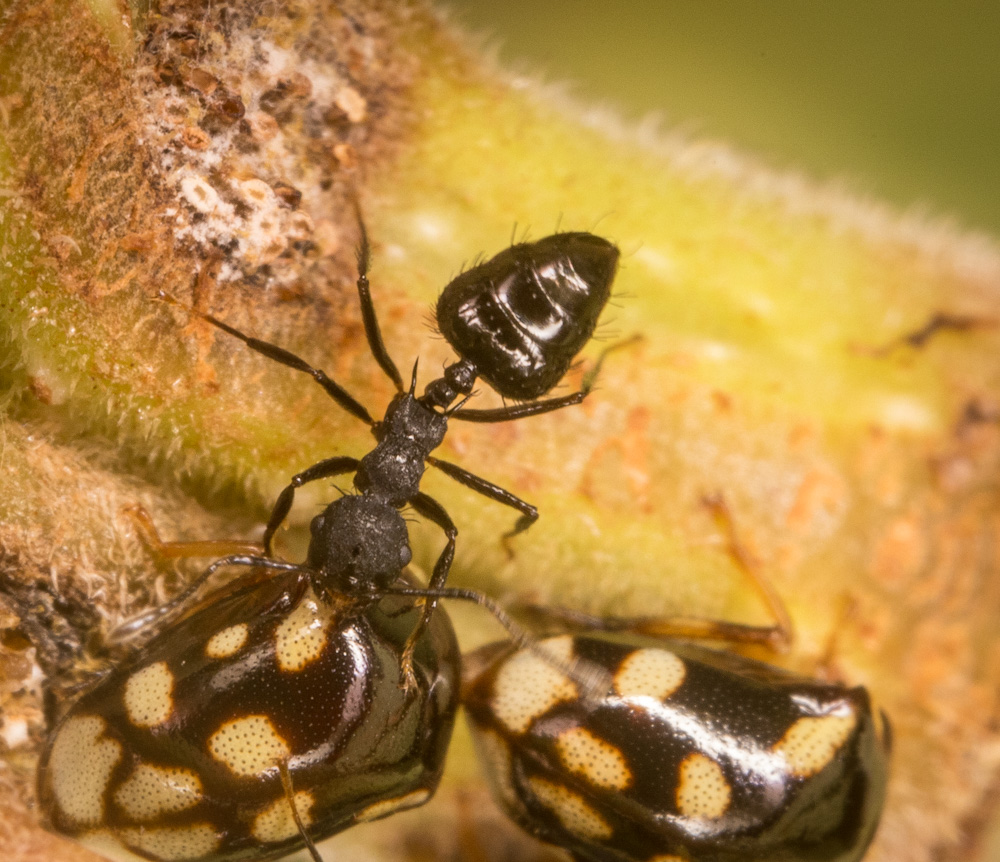
Acrobat ant and homopteran associate.
|
Arachnids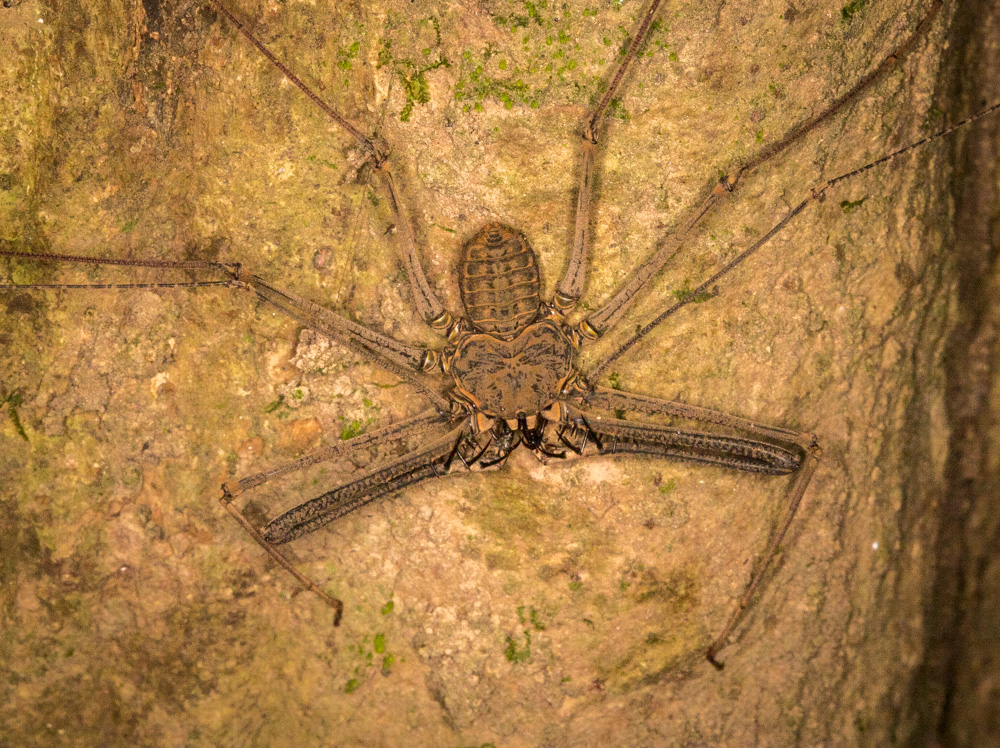
Tailless whipscorpion.
|
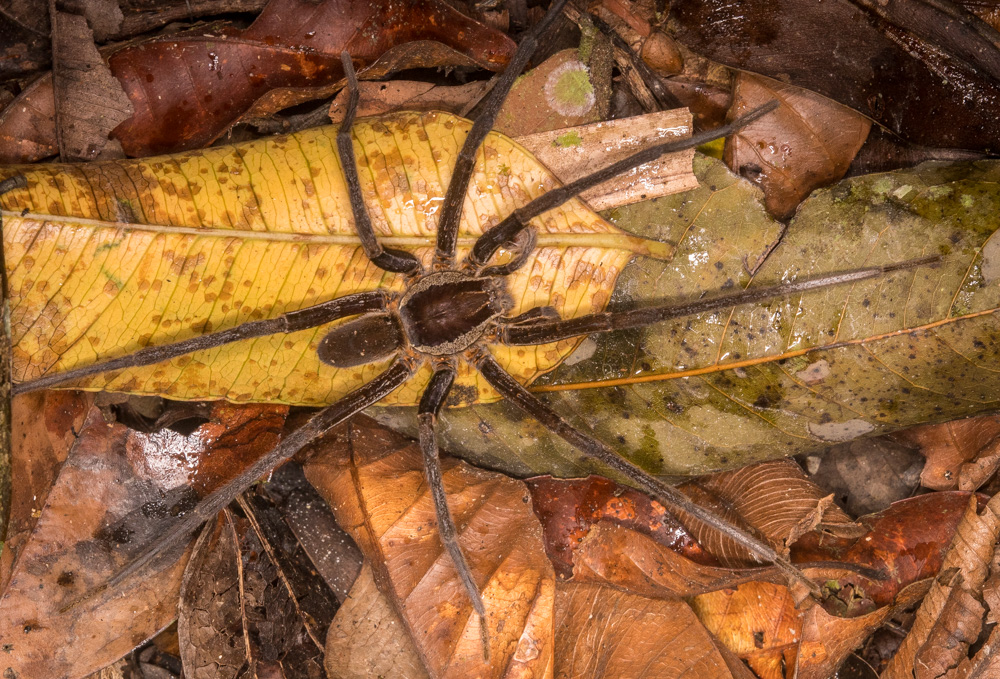
Ancylometes sp, "giant fishing spider," one of two spider genera that can spin webs underwater.
|
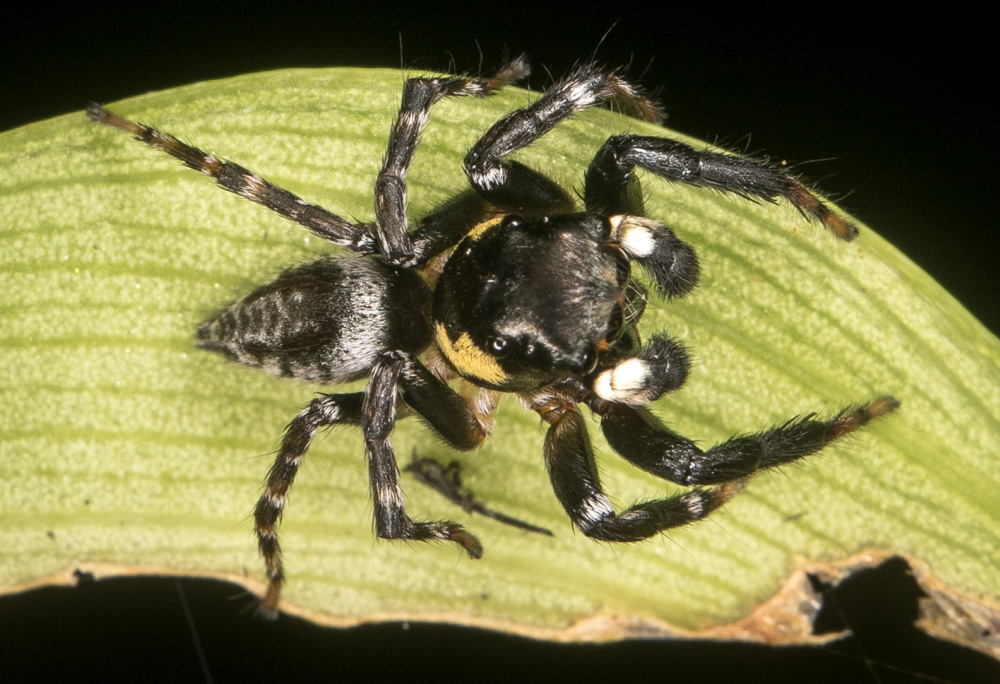
I didn't see jumping spiders until I began crawling through the litter. They were everywhere.
|
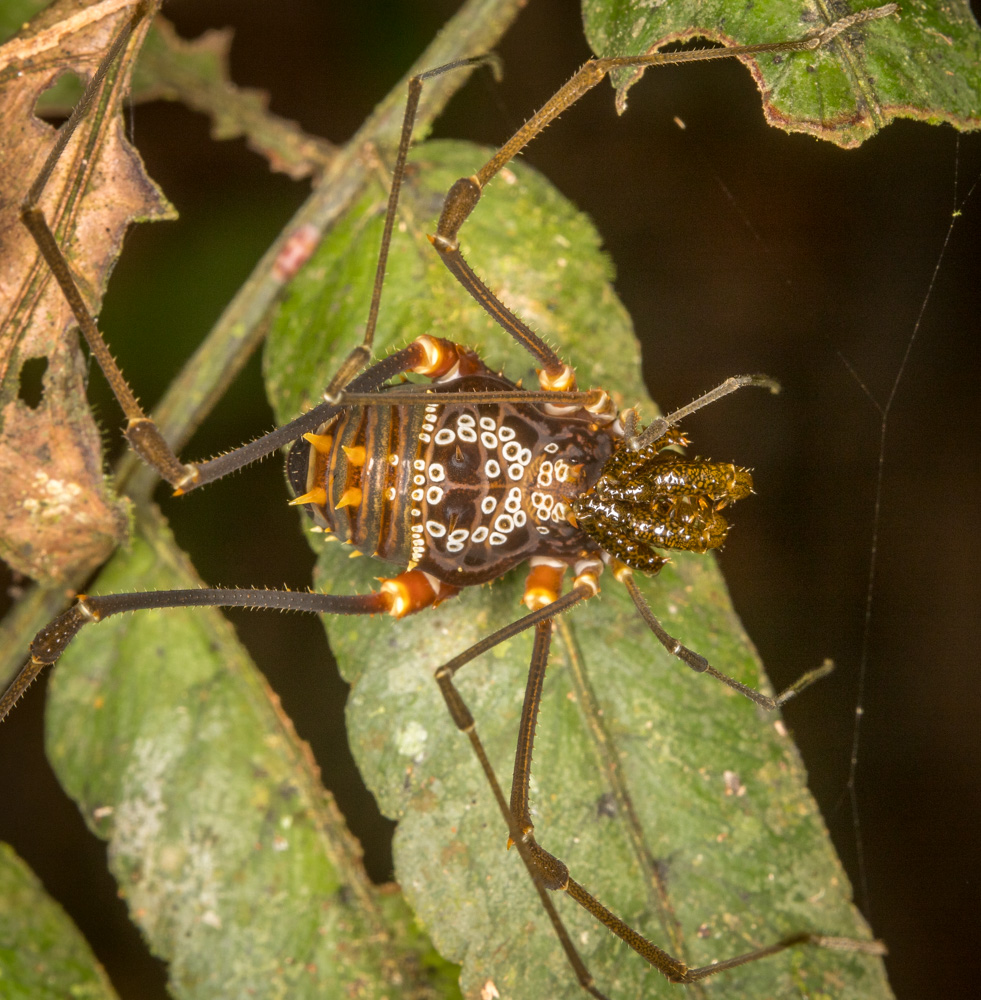
Cranaid harvestman--an ornate daddy longlegs.
|
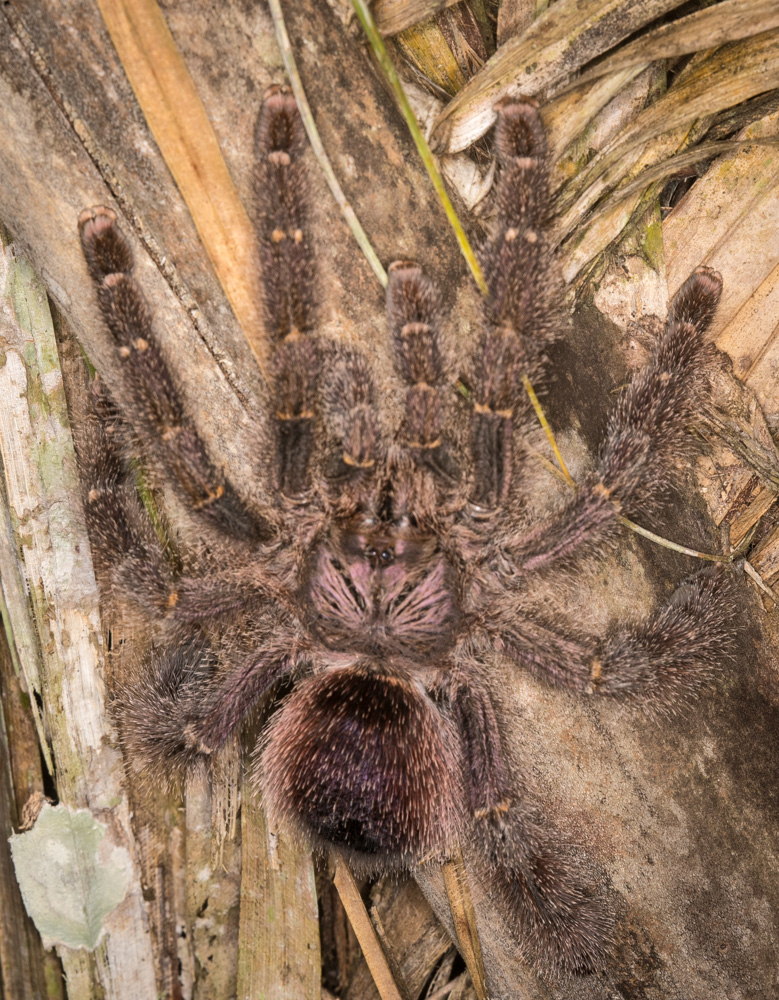
Pink-toe tarantula. We didn't see these until we looked on the trunks of palms. Everywhere.
|
Orthoptera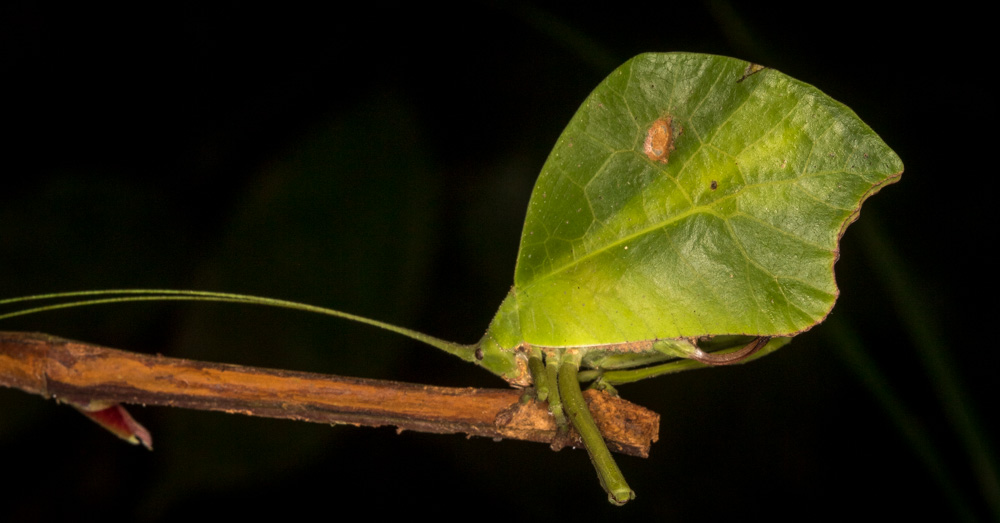
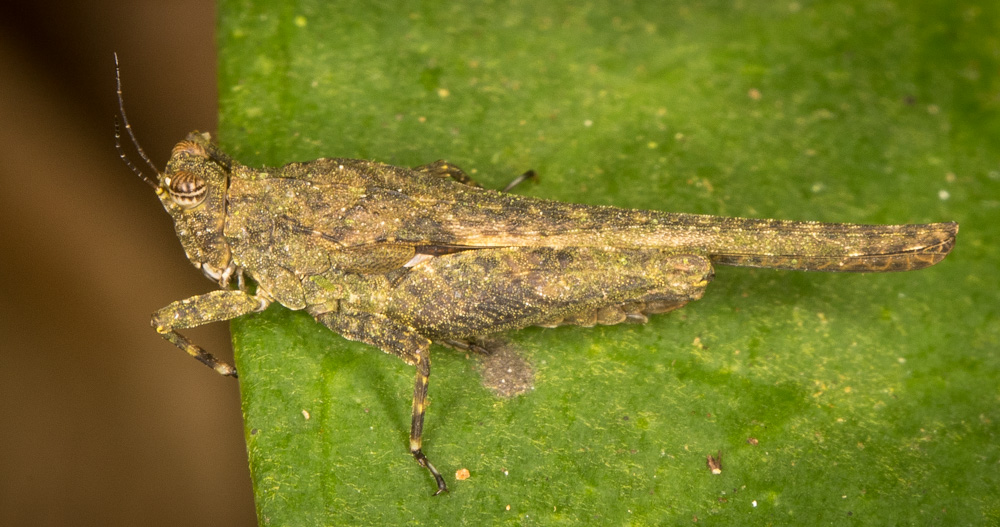
|
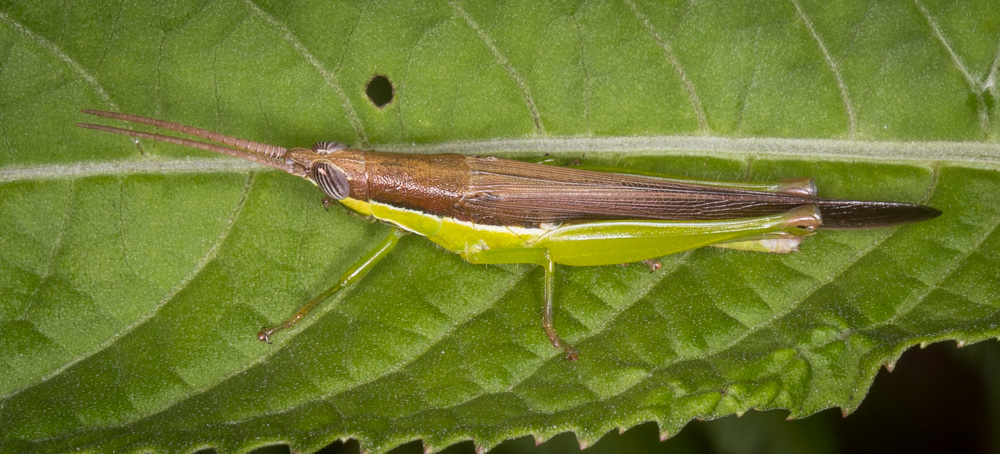

|
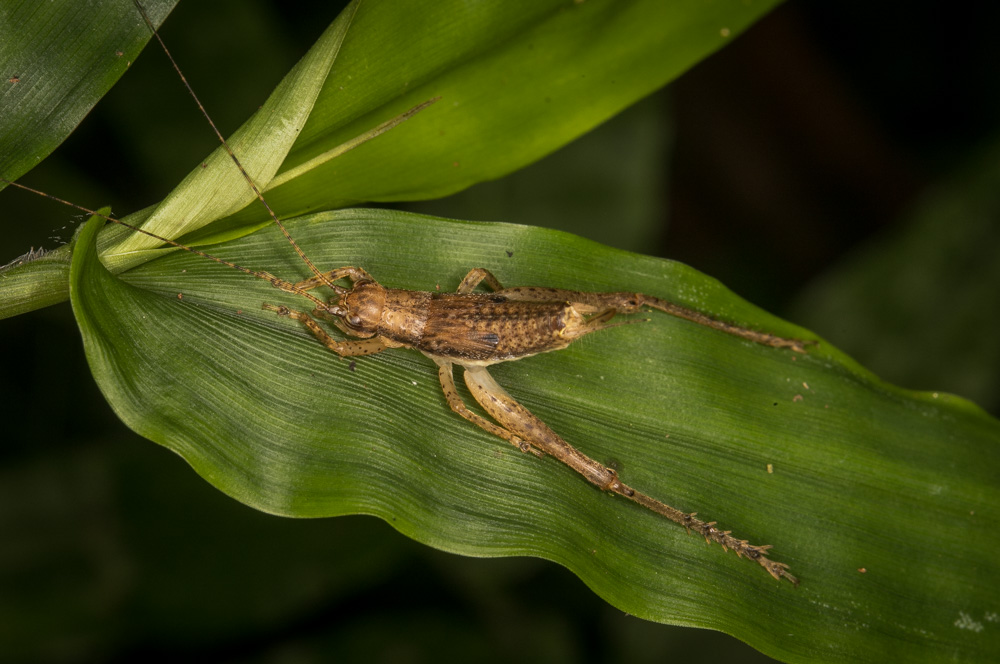
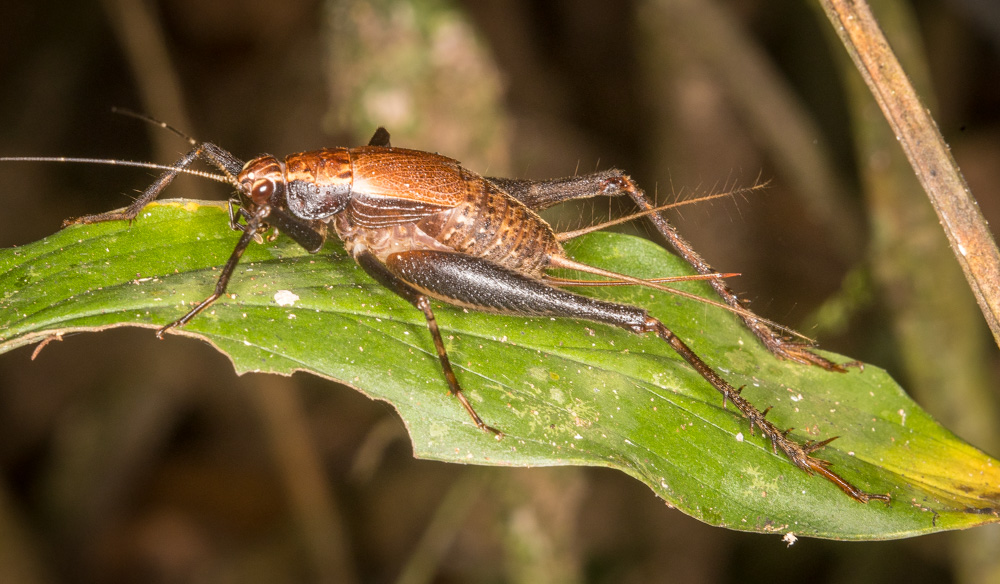
|
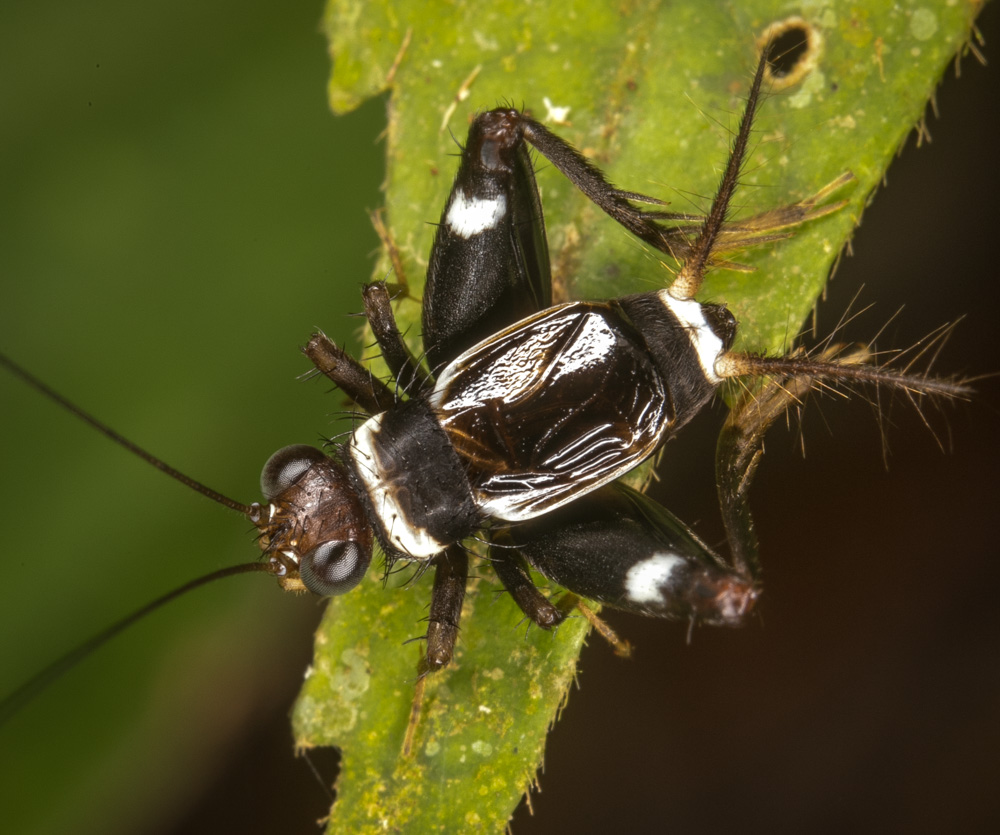
|
BeesIn the dry season, very little is in bloom at ground level in the forest. Lots of water hyacinth bloom though on a tilapia pond, the only place I saw bees. 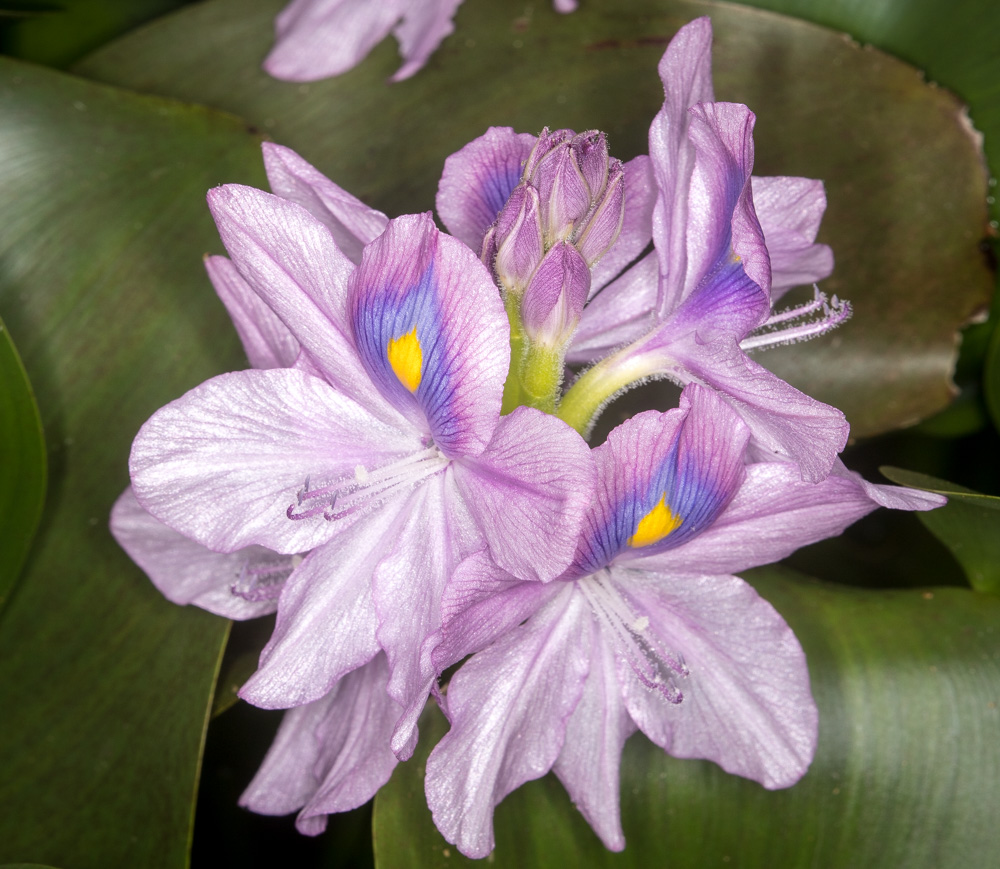
|
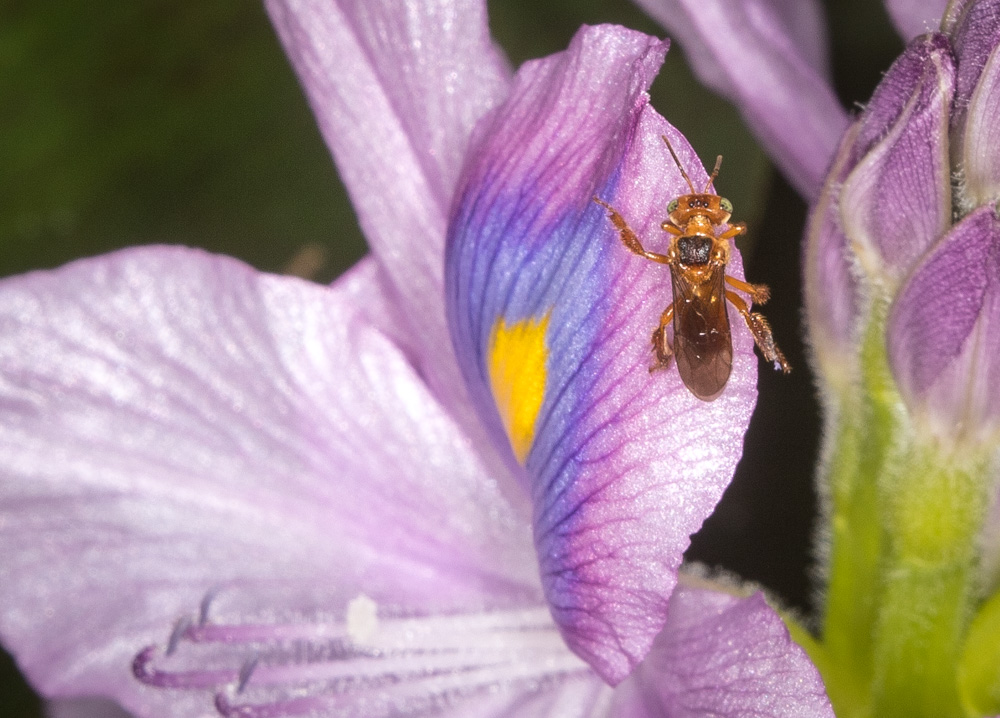
Chanchamayo Stingless Bee.
|
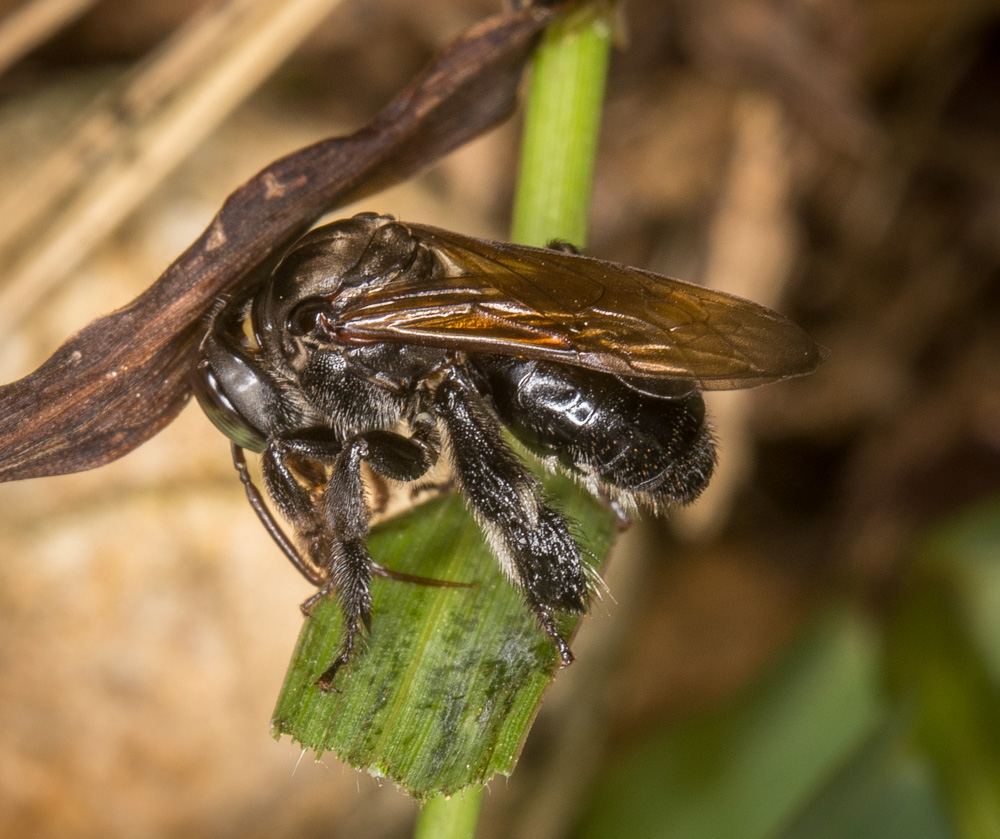
Apine bee, Paratetrapedia sp.
|
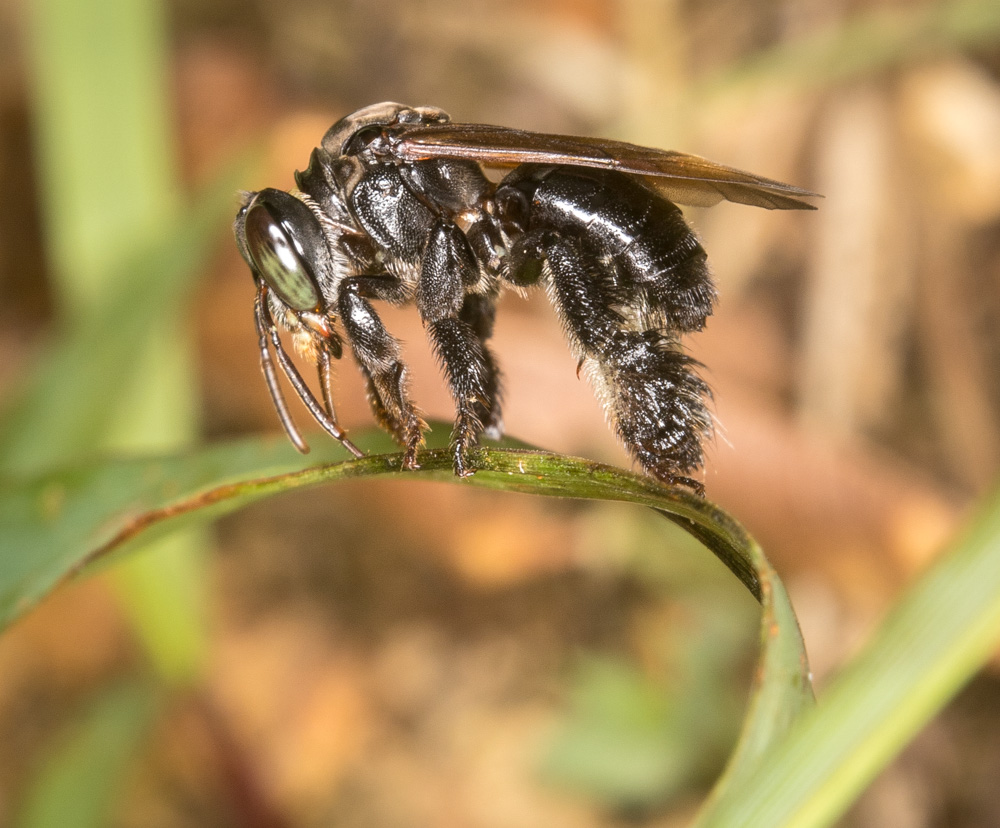
|
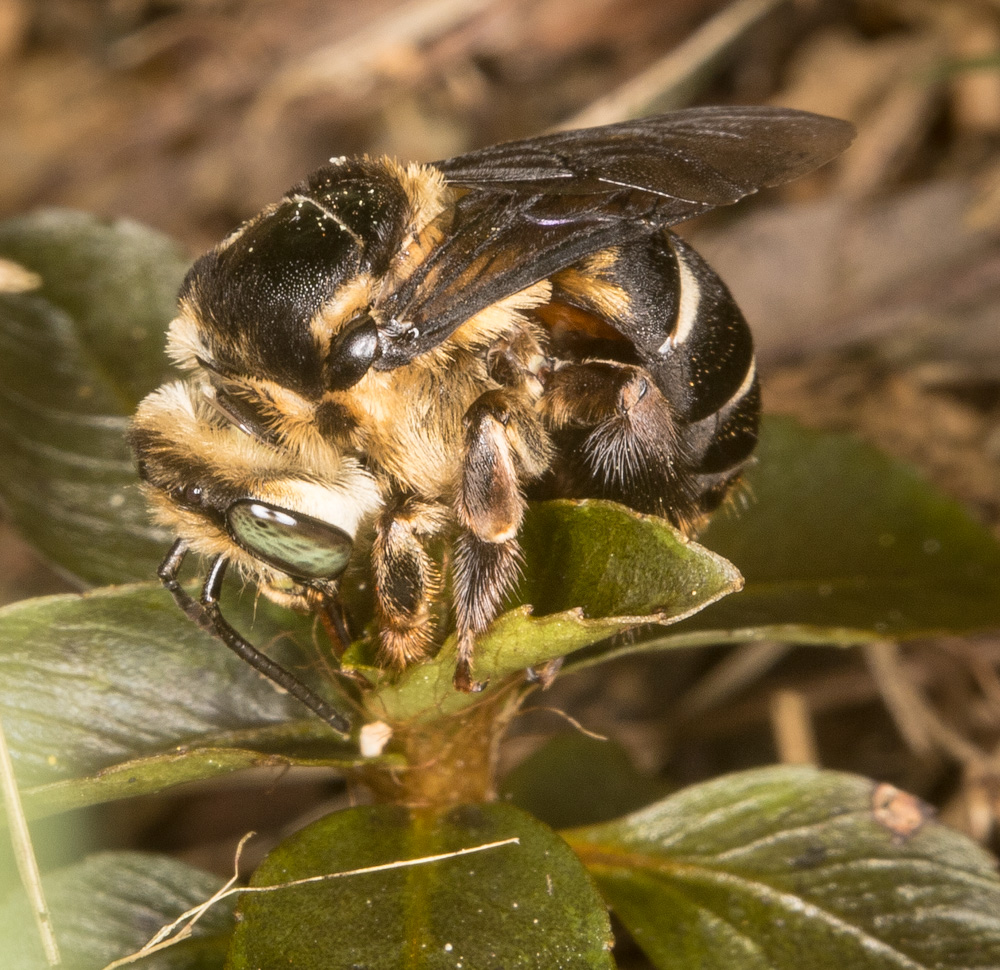
Eucerine bee
|
David Cappaert, Update 14 Feb 2025